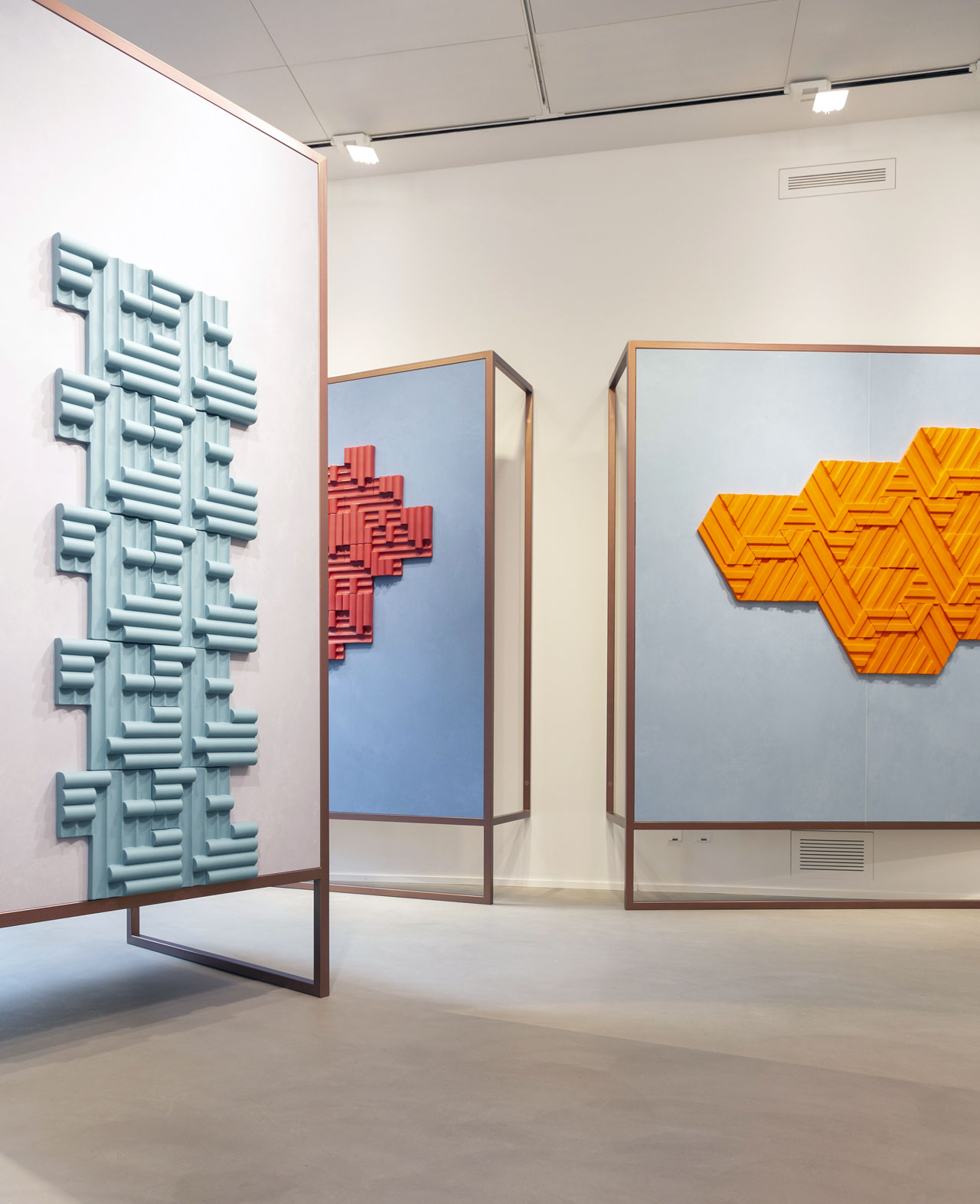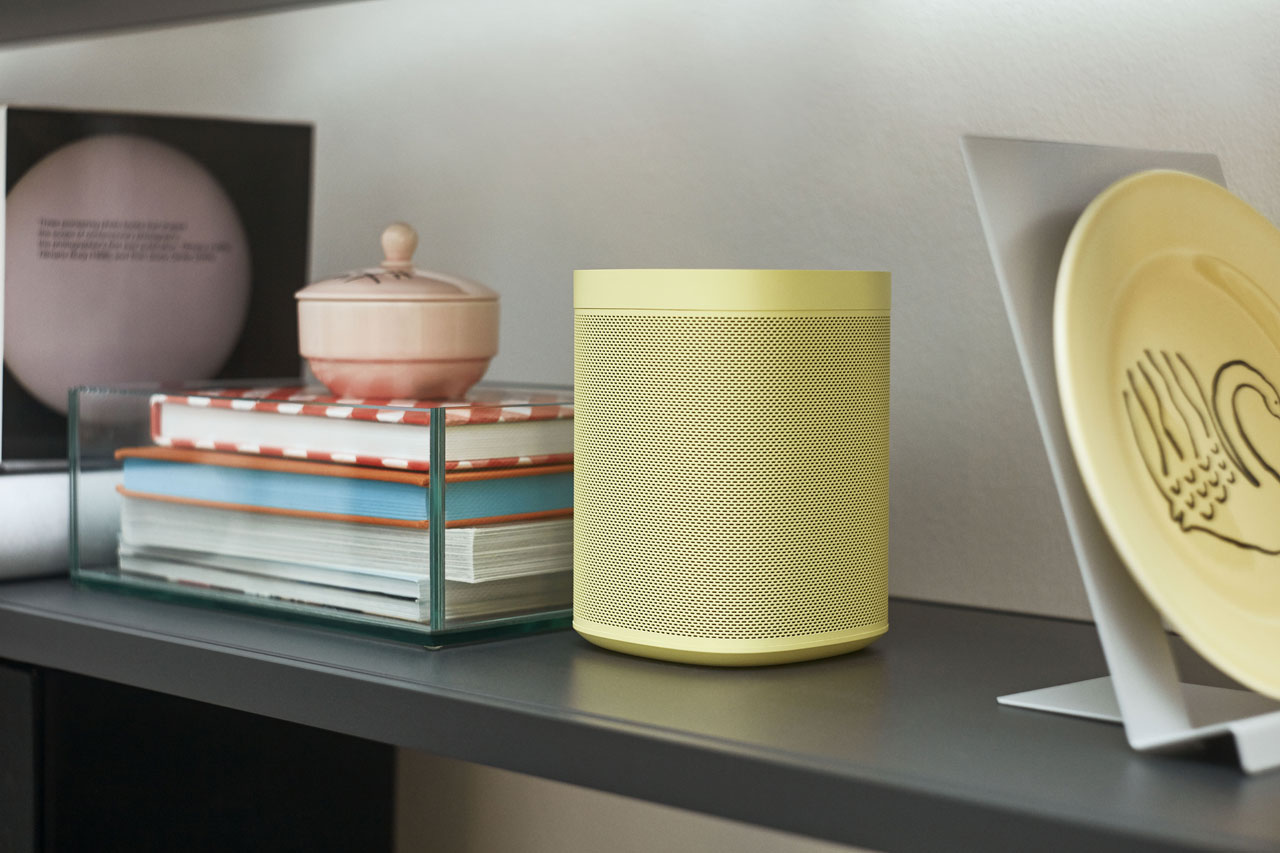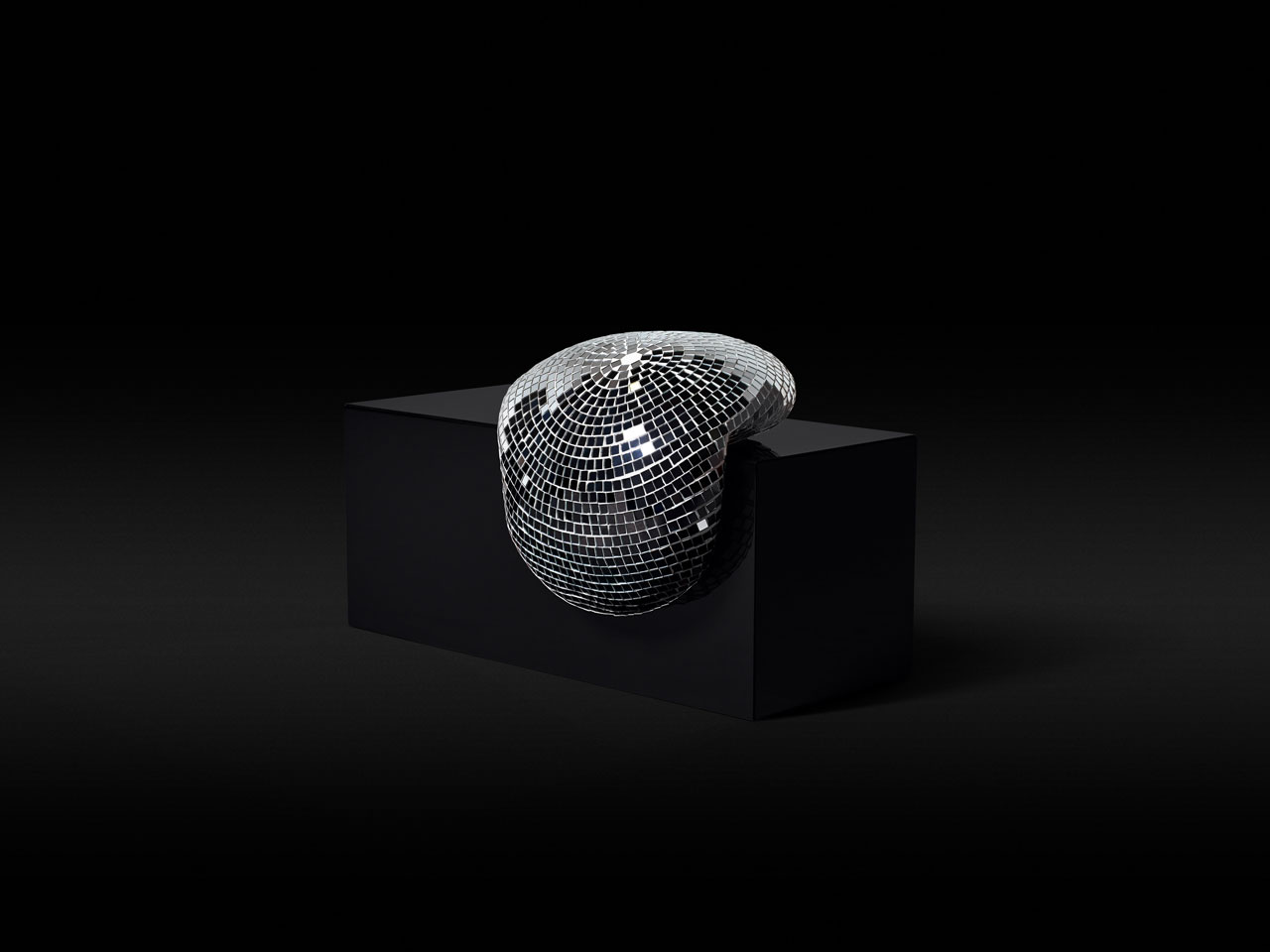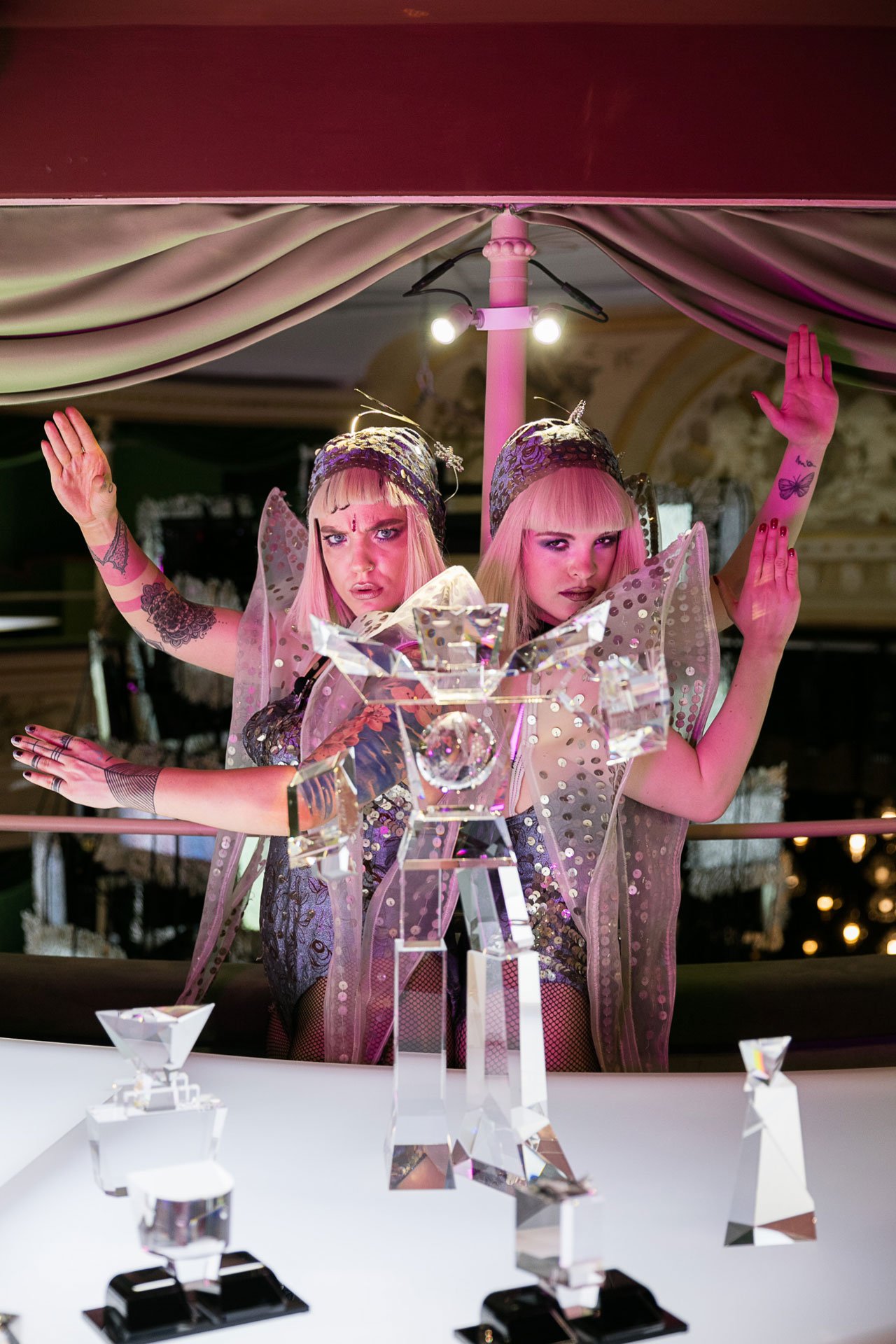
Manabi monsters by Stanislav Müller from the Milano Design Award-winning exhibition "Monster Cabaret" at Teatro Gerolamo by cutting-edge Czech company Lasvit.
Photo © Lasvit.
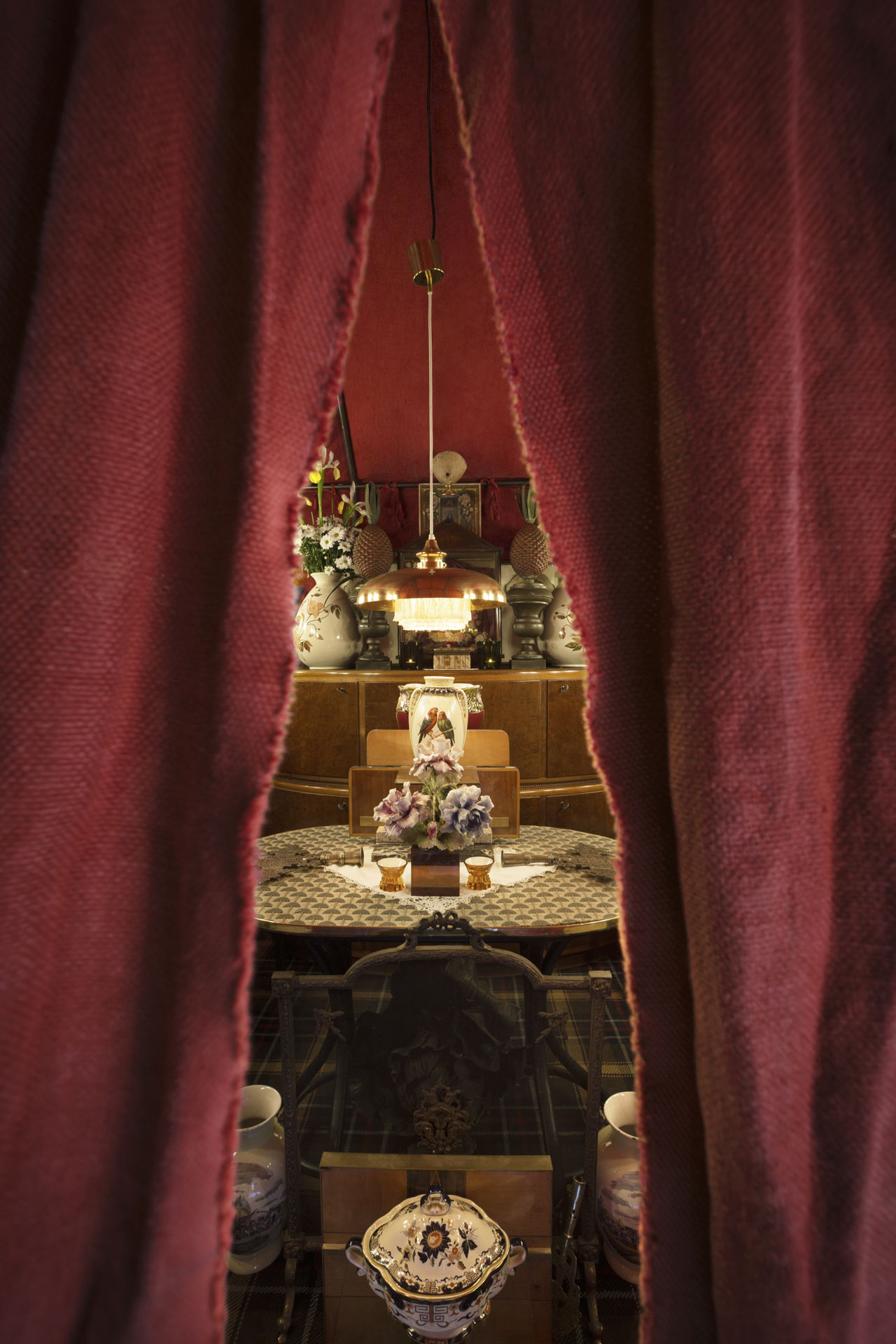
TRANSFER exhibition view by DIMOREGALLERY on Via Solferino, 11.
Among the pieces on display were works by Carlo Mollino, Angelo Lelli, Giò Ponti, Carlo Scarpa, Alvar Aalto, Charlotte Perriand and Jean Royère.
Photo by Andrea Ferrari.
When we talked about taking you on a ride of Milan’s highlights we were actually being literal, at least where the Brera district is concerned. Inspired by the historic streetcars of the city, Italian designer Cristina Celestino has created “Cinema Corallo”, a travelling salon inside an authentic 1920s tram where passengers can lounge on sumptuous settees away from prying eyes on the street or enjoy the screening room where they can watch the town go by. Just as evocative was the journey that visitors embarked upon at DIMOREGALLERY’s TRANSFER exhibition, on foot this time, as they progressed through several rooms of distinct cultural ambiance in two locations on Via Solferino, featuring iconic 20th-century design pieces inside Bedouin tents and a mazelike display of the latest collections by DIMORESTUDIO.
Undoubtedly one of the most stunning exhibitions was located at the recently renovated 19th century Teatro Gerolamo where Czech glassmaking and design company Lasvit presented "Monster Cabaret", a fantastical show full of beasts, antiheroes, vicious genius minds, egos, outcasts and fantastical creatures, all made out of glass. Complemented by the brand’s ethereal lighting fittings, a multi-storey installation featuring over 100 TV screens and hourly shows by burlesque dancers, it was truly a uniquely satisfying experience. But don’t take our word for it, the exhibition was awarded the prestigious Milano Design Award 2018.
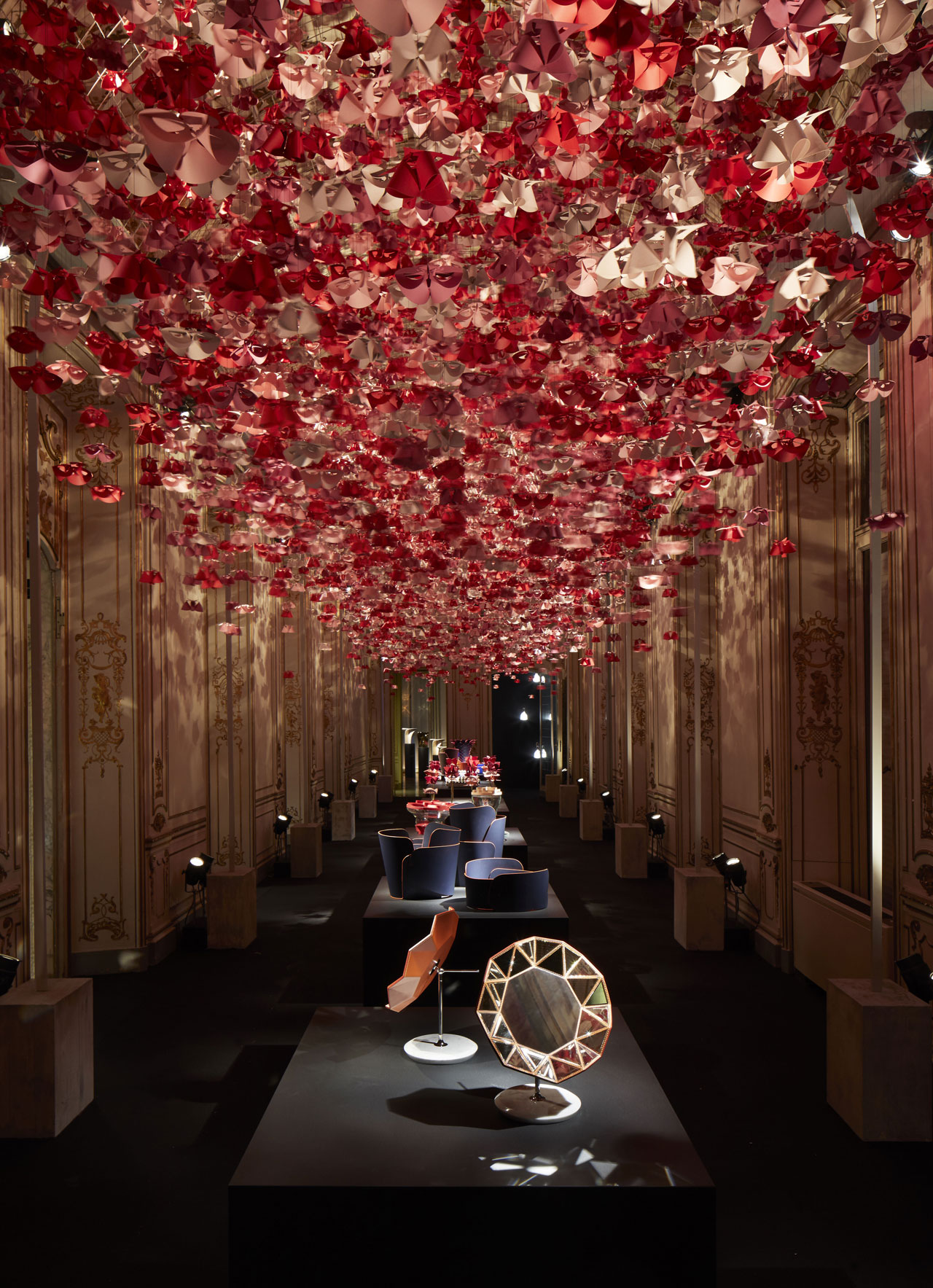
Louis Vuitton Les Petits Nomades, a new collection of decorative objects was premiered at Palazzo Bocconi.
Photo by Stéphane Muratet.
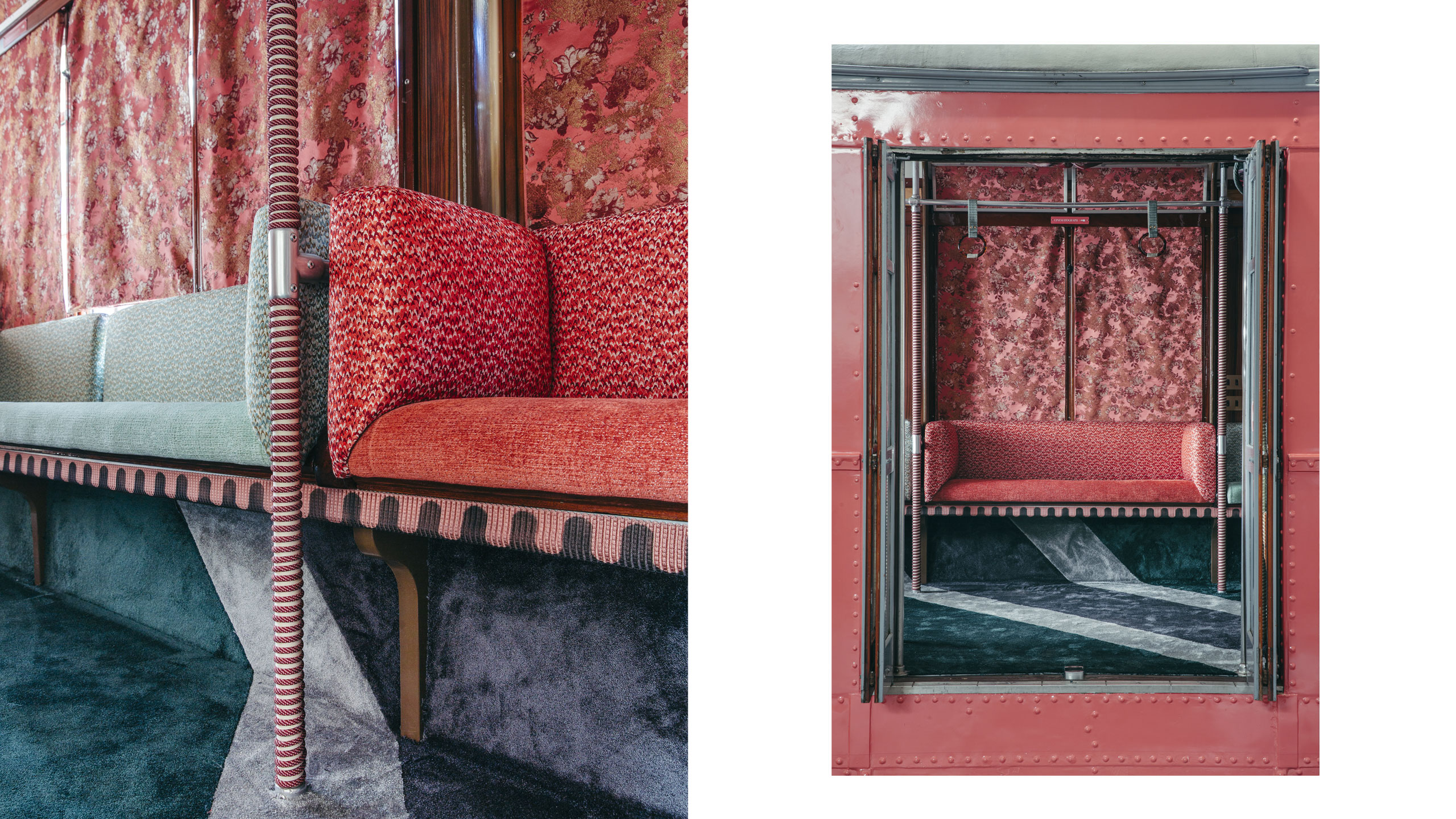
Cristina Celestino chose to reinterpret the historic streetcars of the city, imagining an ideal “Cinema Corallo” that was circulating in the Brera district during MDW18.
Photo by Mattia Balsamini.
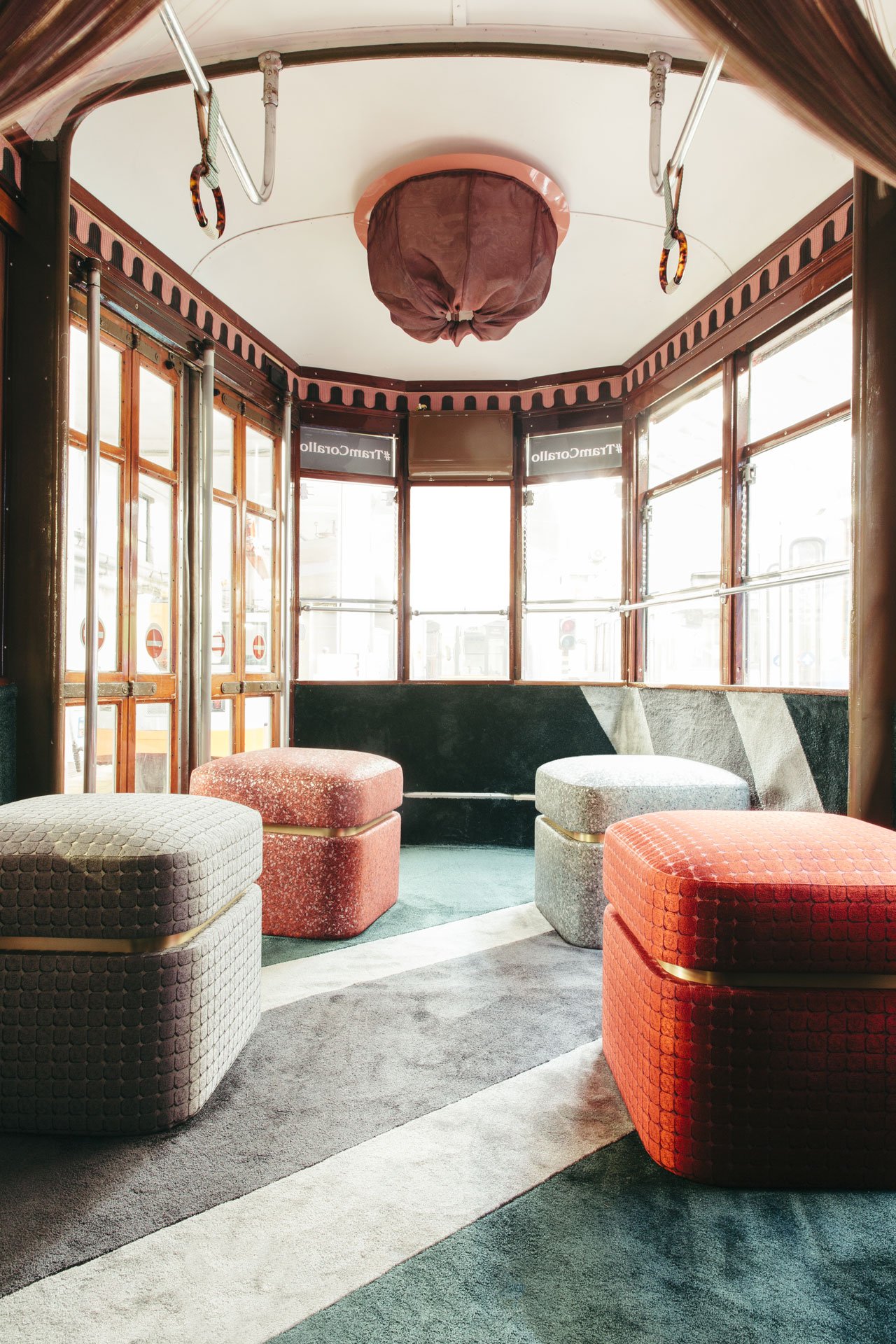
Cristina Celestino chose to reinterpret the historic streetcars of the city, imagining an ideal “Cinema Corallo” that was circulating in the Brera district during MDW18.
Photo by Mattia Balsamini.
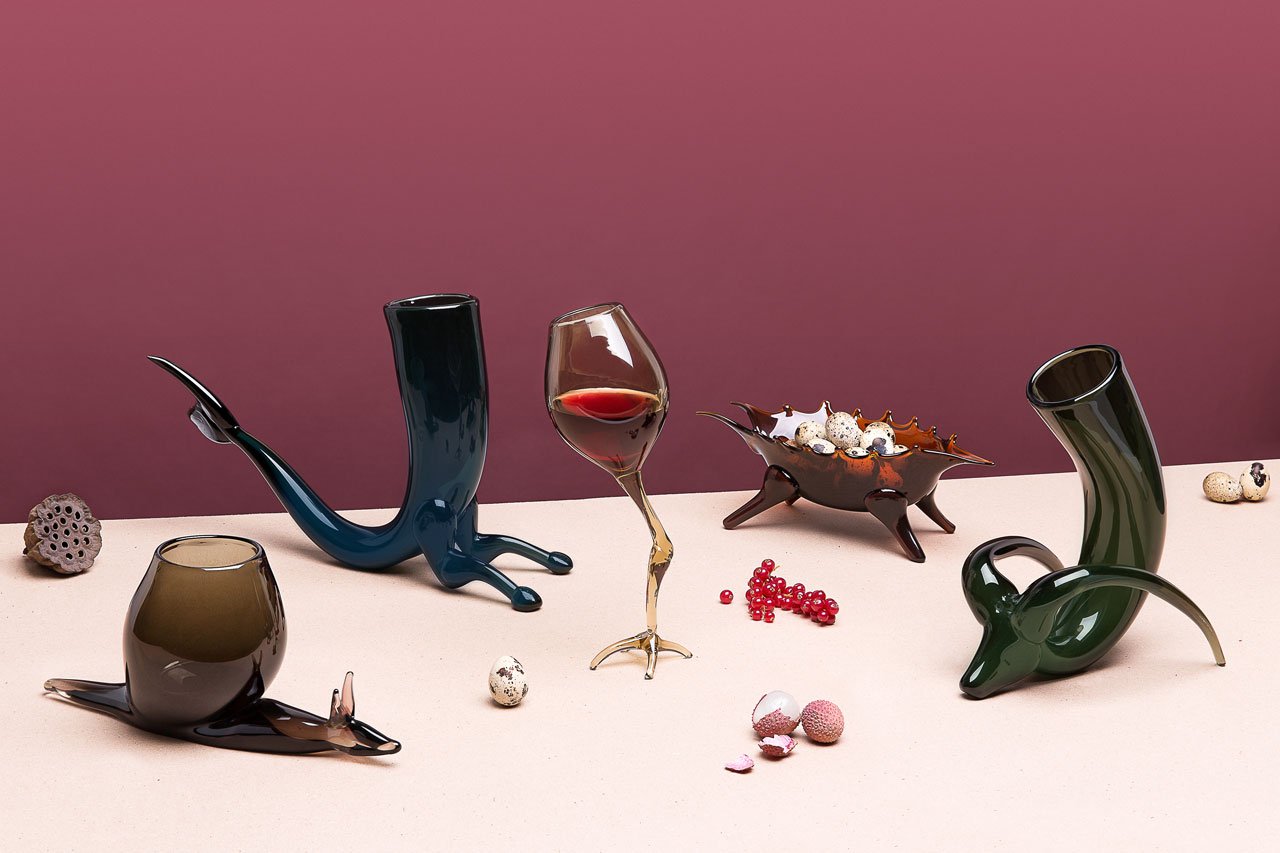
Rhyton by Analogia Project, explored the ritual world of antique drinking vessels through five new mythological creatures for the table. The collection was on view at "The Surreal Table" exhibition curated by Davide Fabio Colaci, inside the headquarters of Santa Margherita Wine Group in Milan.
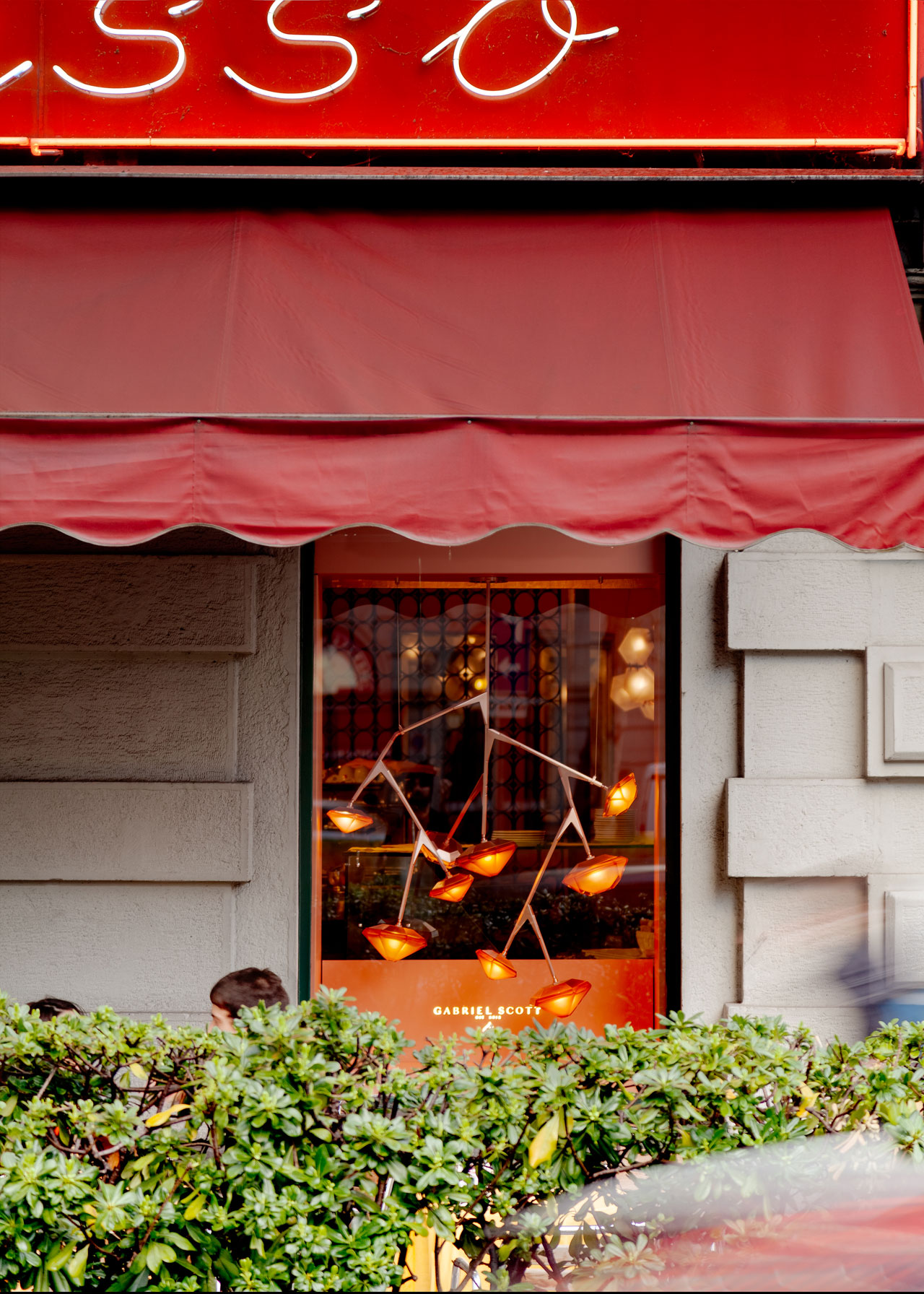
Gabriel Scott's MYRIAD Fixture in custom color Inspired by Bar Basso's now-legendary Negroni Sbagliato.
(Via Plinio 39, Milan).
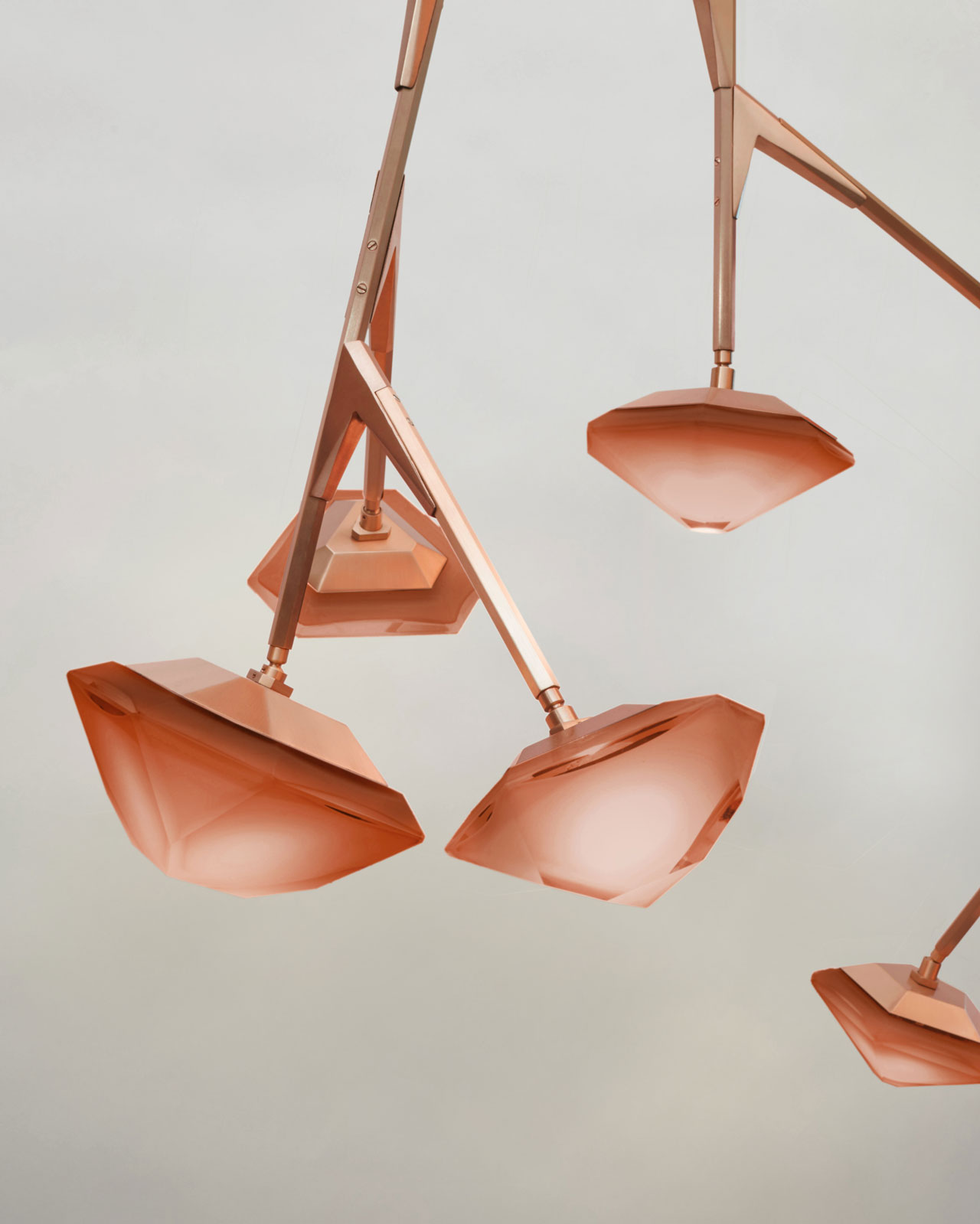
Gabriel Scott's MYRIAD Fixture in custom color Inspired by Bar Basso's now-legendary Negroni Sbagliato.
(Via Plinio 39, Milan).
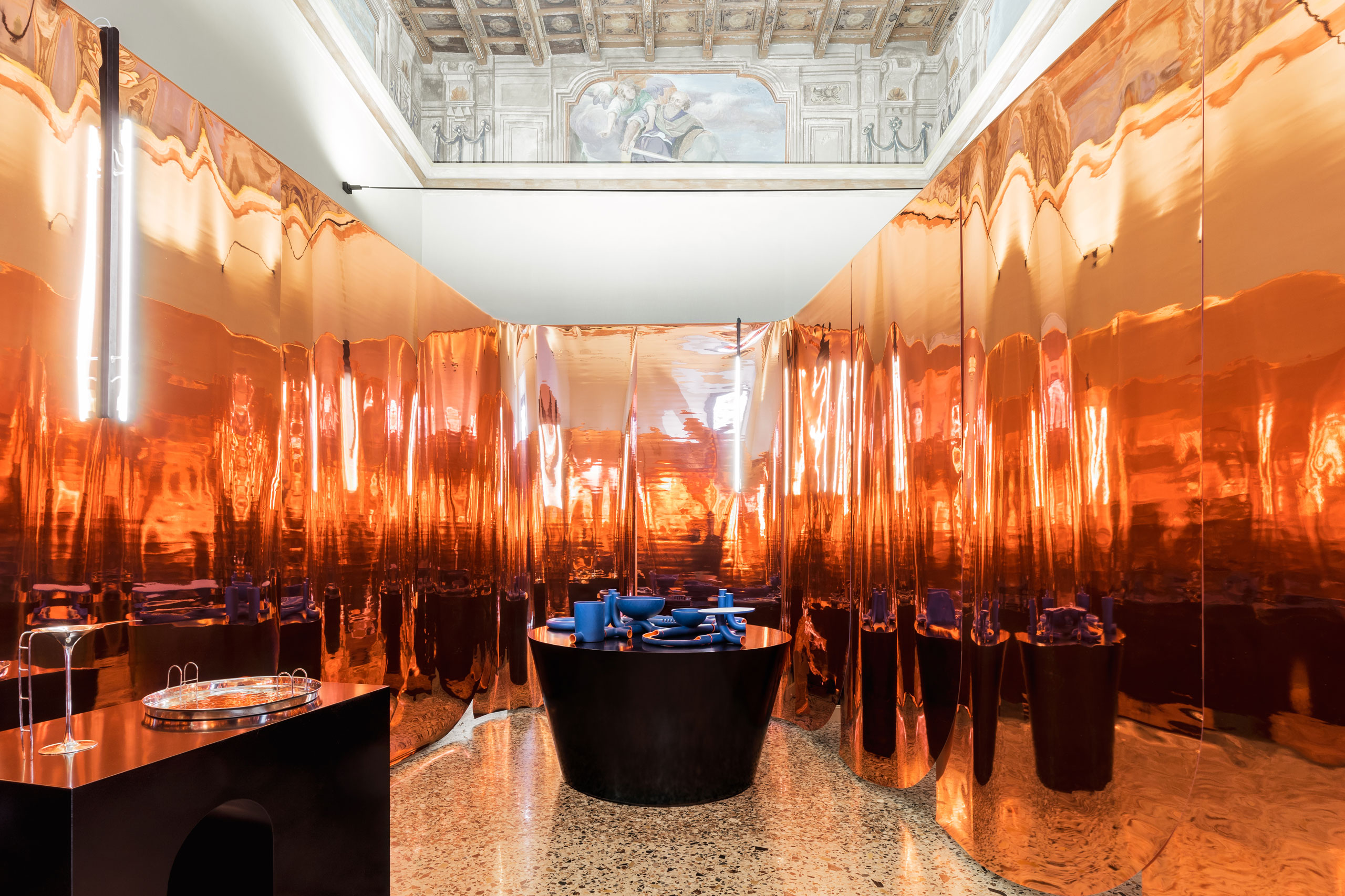
Installation view of "The Surreal Table" exhibition curated by Davide Fabio Colaci, inside the headquarters of Santa Margherita Wine Group on Via Durini 24.
Featured projects: Summer on a solitary beach by Studio Lido and Pipe Dream by Zaven.
Photo by Delfino Sisto Legnani + Marco Cappelletti.
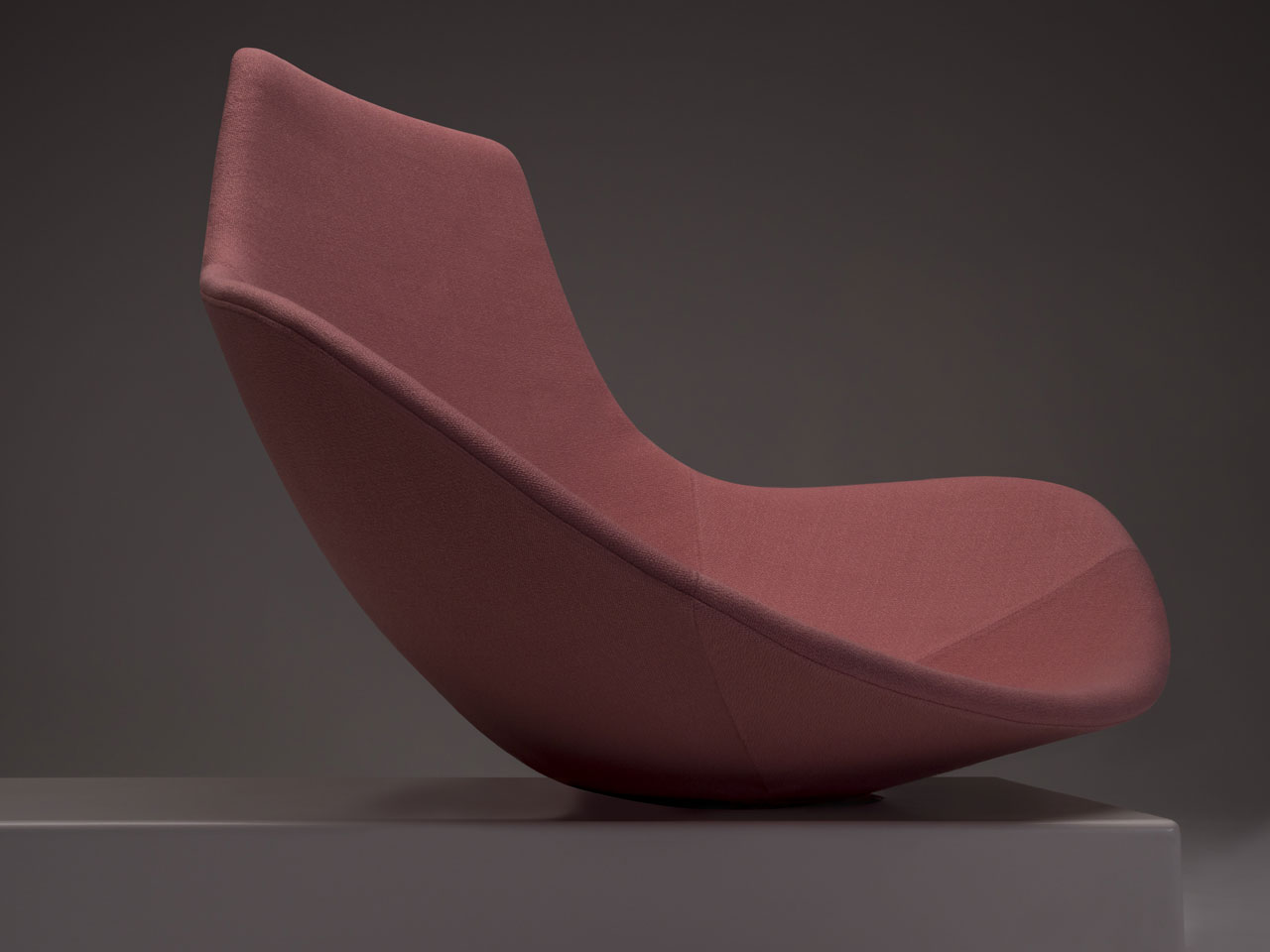
Babled sculptural swivel/easy chair by Emmanuel Babled for OFFECCT.
Lest you think Lasvit’s cabaret was the only party-themed show, have a look at the new Disco Gufram collection. Inspired by Linea Discoteca, Gufram's upholstered "disco seats" from the 1970s, the collection was showcased in a nightclub environment at Mediateca Santa Teresa, complete with Dutch artist duo Rotganzen’s Dalíesque disco balls, French studio GGSV’s “Dance Floor” carpets series, and Atelier Biagetti’s gleaming upholstered disco seats. In the same Brera venue, the ELIT PROUN BAR by London-based architectural practice Carmody Groarke shared Gufram’s affinity for gleaming metallic surfaces but drew inspiration from a completely different source, this time Russian Avant-garde. Developed under the auspices of elit® Vodka, the conceptual bar is part of Wallpaper* Handmade, an eclectically curated exhibition that never fails to disappoint.
Dancing and drinking aside, this year saw Salone del Mobile’s first ever Manifesto that among other things urged the design industry to embrace innovation and sustainability. Nowhere was this trend more illustriously demonstrated than in “3D Housing 05” by CLS Architetti who, in collaboration with engineering firm Arup produced Europe's first 3D-printed house. Printed by a robot on site at Piazza Cesare Beccaria, located two blocks away from the Duomo, the one-storey concrete house showcased the possibilities of 3D printing in the field of sustainable architecture in the most literal way. With that being said, architecture is not the only discipline that can innovate by taking advantage of 3D printing techniques as demonstrated by "Brave New World: Re-thinking Design in the New Age of Technology", a pioneering project by Spanish newcomer Nagami, showcasing among other pieces a pair of coral-like, 3D printed chairs by Zaha Hadid Architects.

Takuya Double Vase (h. 32.5 cm, ø max 21 cm) from the THEATREHAYON collection by Jaime Hayon for Bosa.
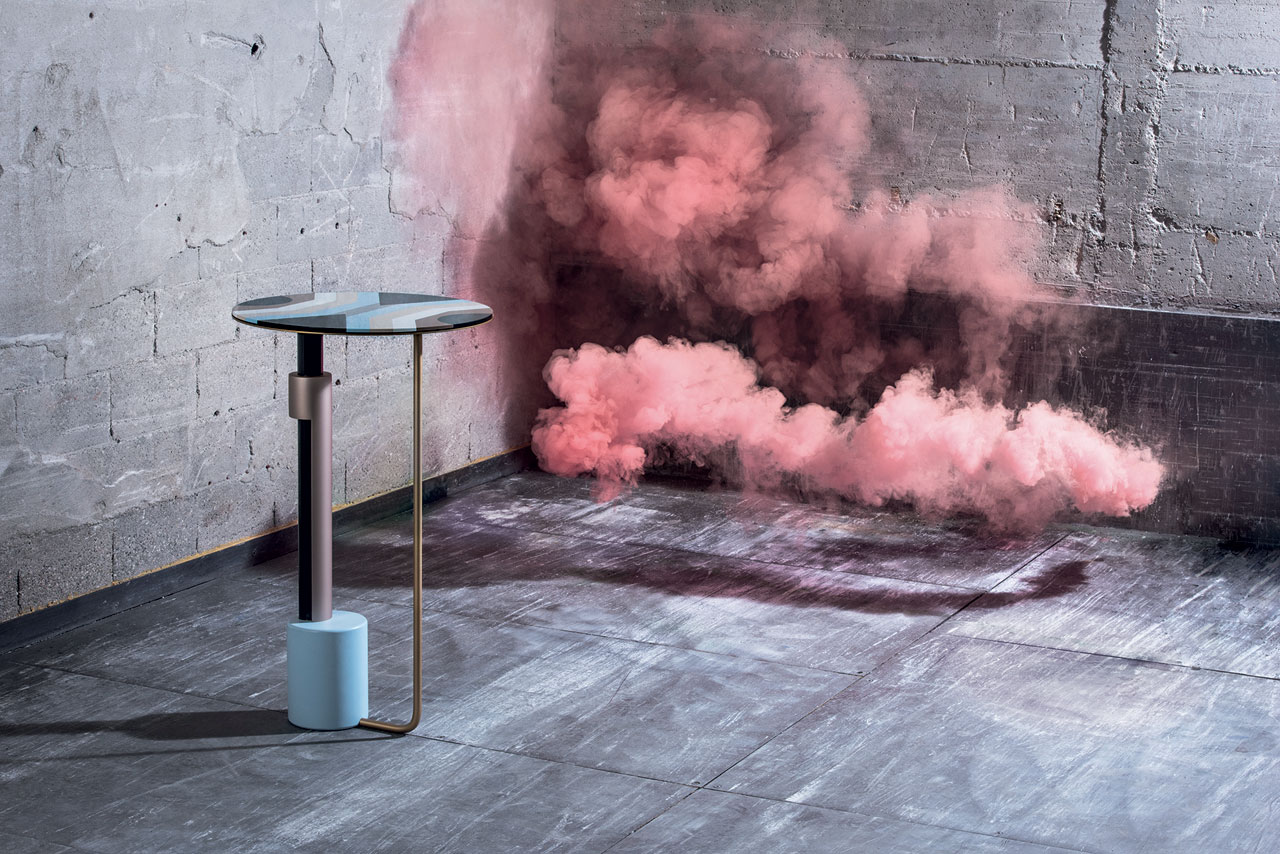
Trama side table by Elena Salmistraro for Stone Italiana.
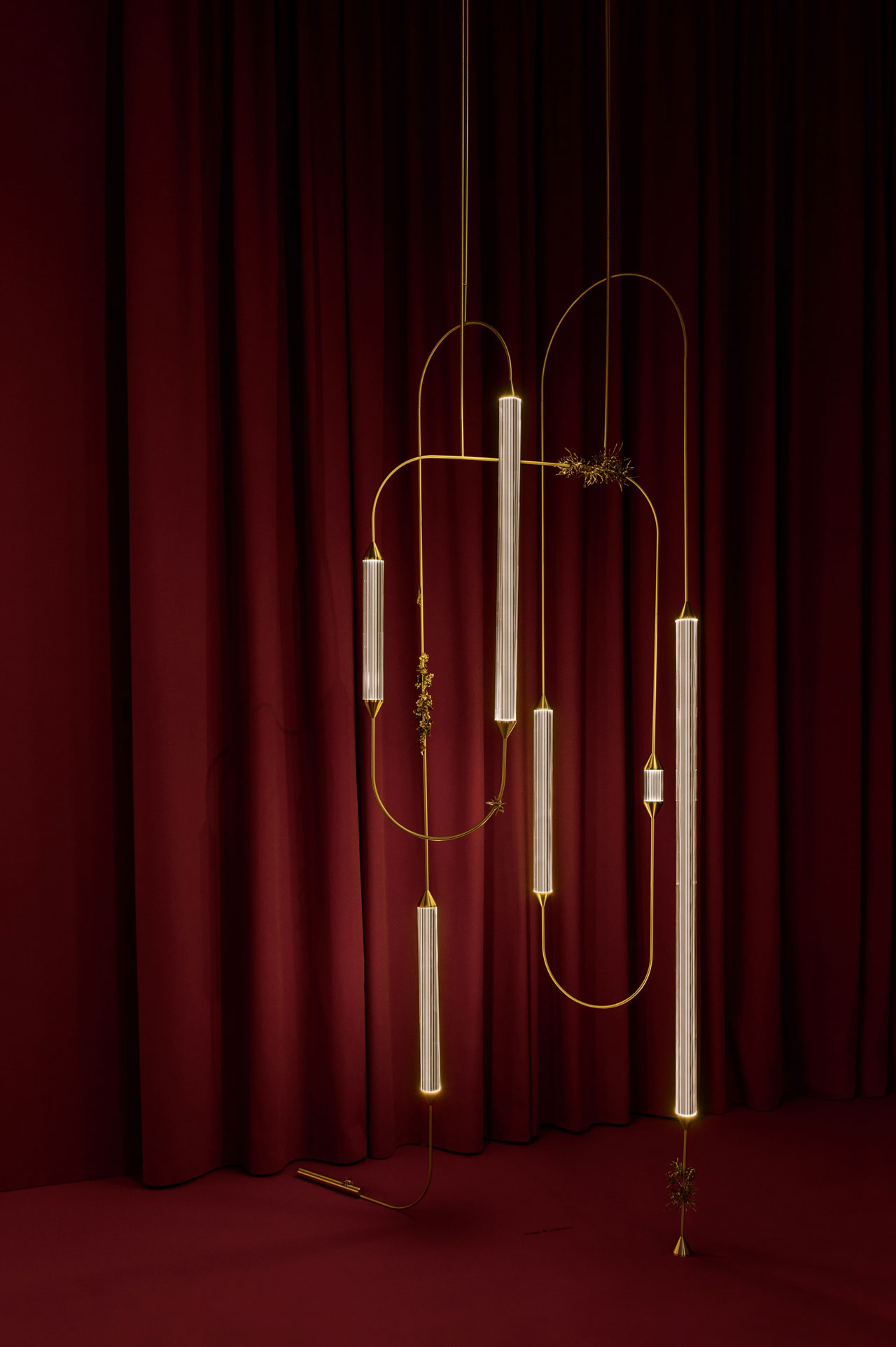
Giopato & Coombes presented “Supernatural Daydream” series of lighting fixtures.
Photo by Nathalie Krag.
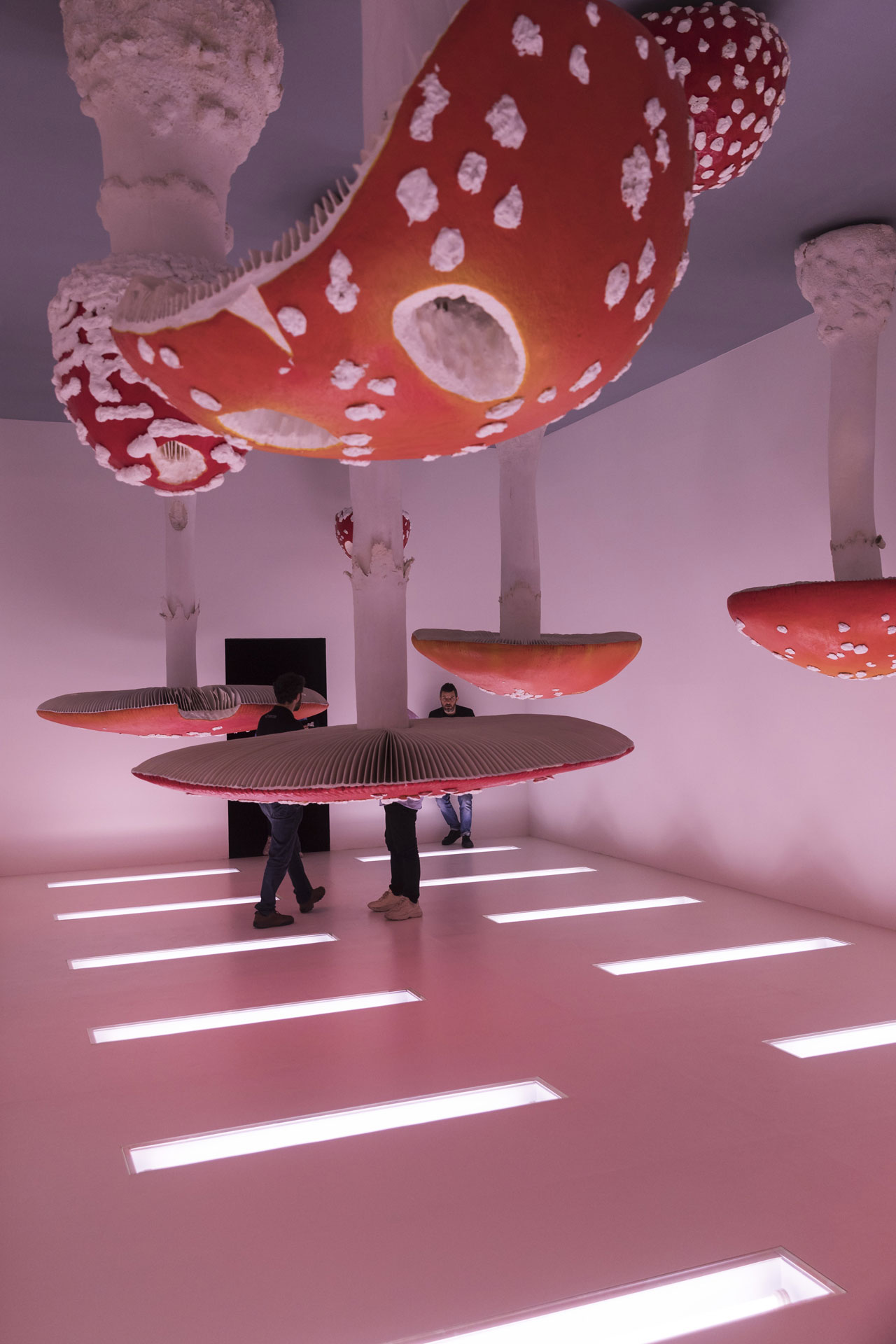
Inside the six exhibition levels of the new 60-meters high Torre, the building marking the completion of Fondazione Prada’s Milan venue - first unveiled in May 2015 and designed by Rem Koolhaas with Chris van Duijn and Federico Pompignoli from architecure firm OMA - the “Atlas” project was unveiled during MDW18, hosting artworks from the Prada Collection.
Pictured: Carsten Höller, Upside Down Mushroom Room, 2000. Photo by Ugo Dalla Porta / Courtesy Fondazione Prada.
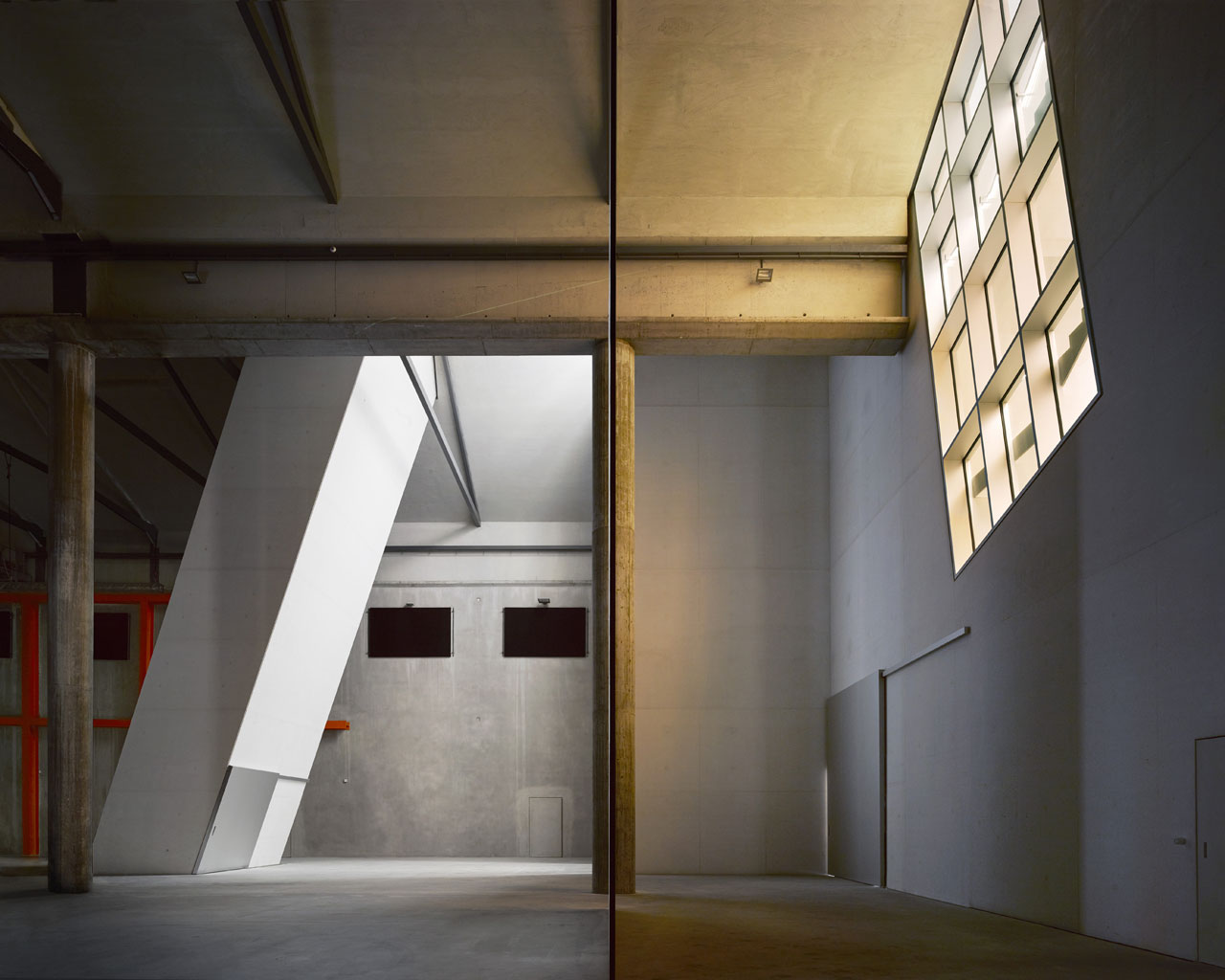
Torre Fondazione Prada, Milan. Architectural project by OMA.
Photo by Bas Princen, 2018, © Fondazione Prada.
Two new spaces that made their debut in MDW18 also caught our eye. The new 60-meter-high Torre, which marked the completion of Fondazione Prada’s OMA-designed Milan venue, and the abandoned panettone factory in the NoLo district that was taken over by ALCOVA, a project by Space Caviar and Studio Vedèt. While the two venues couldn’t be more different, they both however introduced a new viewing experience that took our breath away, the former by hosting an illustrious selection of artists from the Prada Collection, such as Jeff Koons, Damien Hirst and Carsten Höller, across six progressively taller floors blessed with panoramic views of the city, and the latter by poetically juxtaposing contemporary design with the sprawling decadence of the dilapidated factory spaces partly overtaken by vegetation. Notably, ALCOVA also included a solo exhibition by Georgian design studio Rooms, “Sculpting in Time”, showcasing both iconic works from their 10 year career and exciting new work that combines ethnic Georgian furniture design with brutalist architectural forms.
Another venue not to be missed was the historical Palazzo Clerici which hosted a collaborative installation by Danish design brand Hay, co-working and office company WeWork, and sound specialist Sonos joining forces to share their common vision for the living and working environment of the future. Just as grand in venue terms was Palazzo Isimbardi that hosted “Open Sky” by COS × Phillip K. Smith III, a multifaceted mirrored installation that took over the palazzo’s courtyard. On a much smaller scale, but as sublime in their repetitive sculptural forms and light manipulation, was “Horah” at Spazio Krizia, a 30 piece illuminated glass installation designed by Raw Edges and developed by WonderGlass.
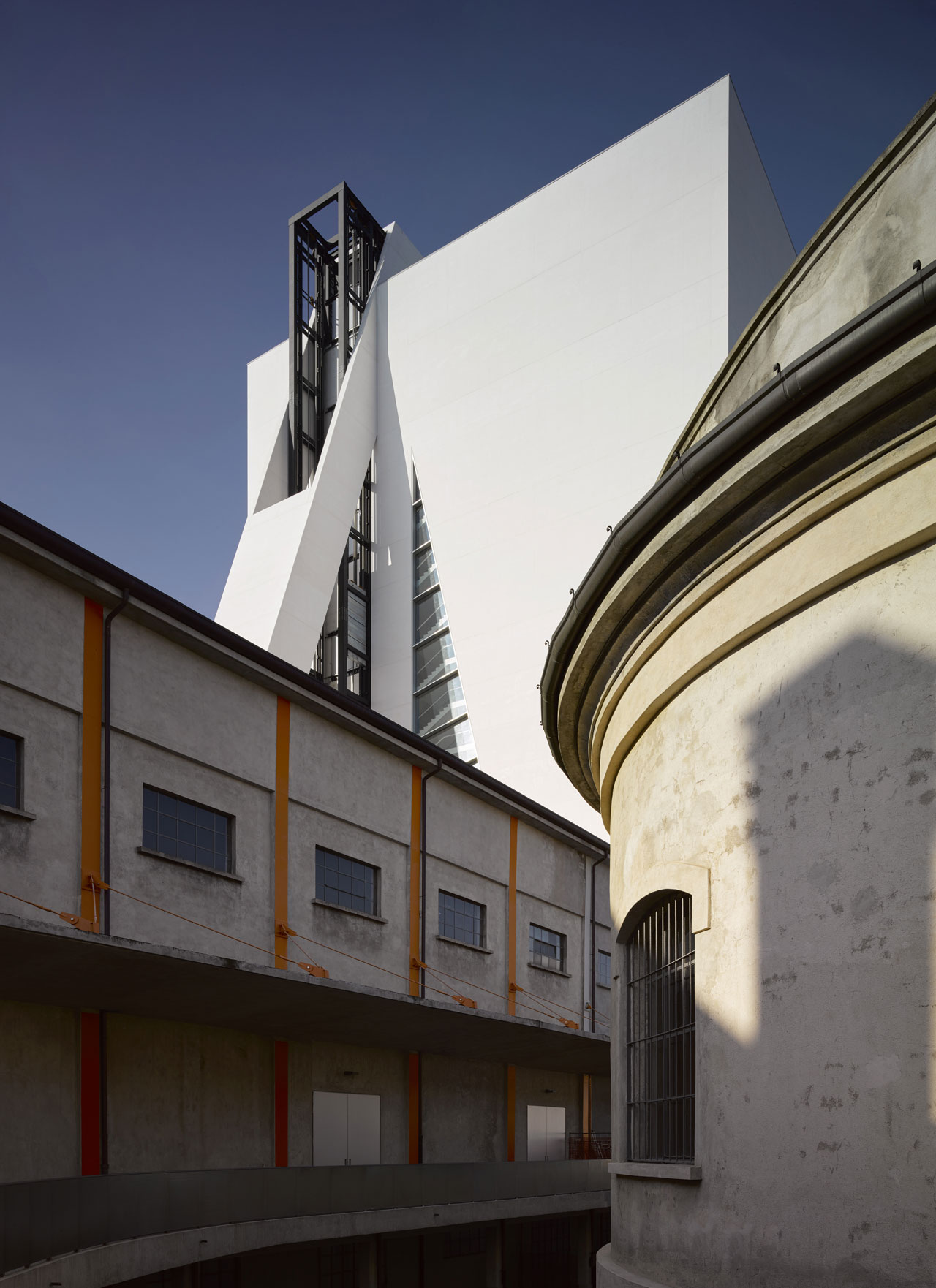
Torre Fondazione Prada, Milan. Architectural project by OMA.
Photo by Bas Princen, 2018, © Fondazione Prada.
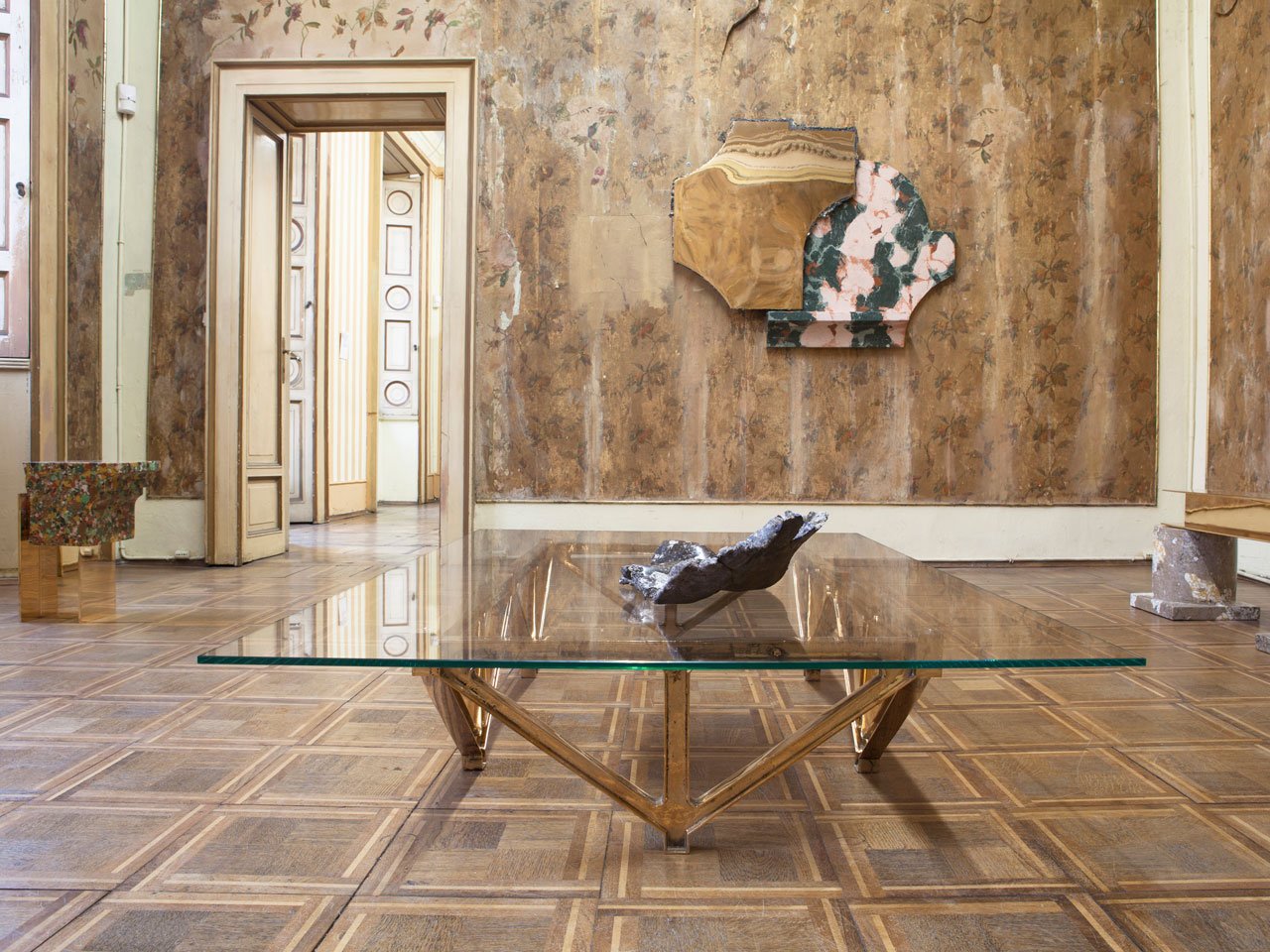
RUINS project by Roberto Sironi at the UNSIGHTED exhibition curated by Nicolas Bellavance-Lecompte at Palazzo dei Demoni. Photo by Amir Farzad.
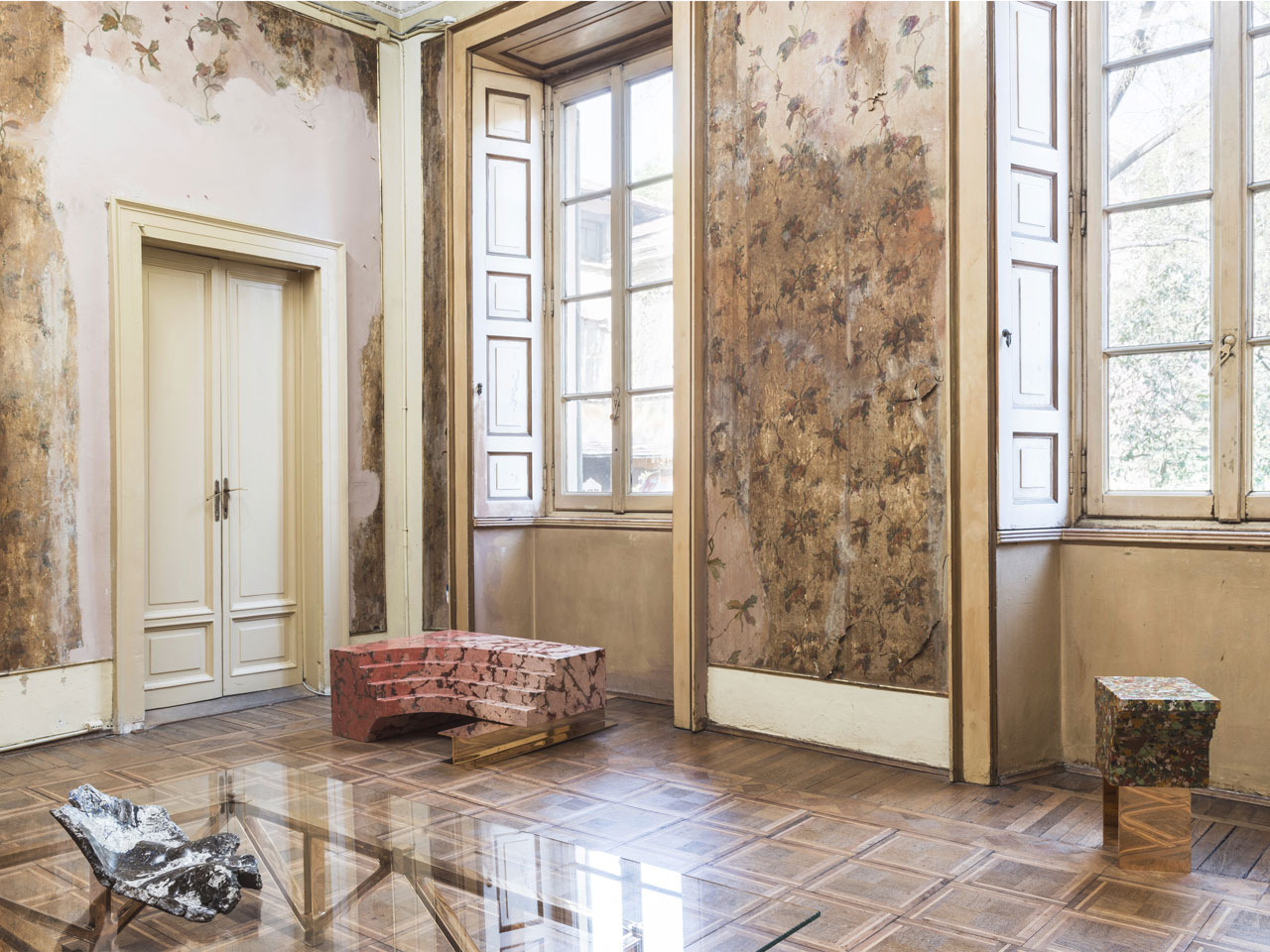
RUINS project by Roberto Sironi at the UNSIGHTED exhibition curated by Nicolas Bellavance-Lecompte at Palazzo dei Demoni. Photo by Amir Farzad.
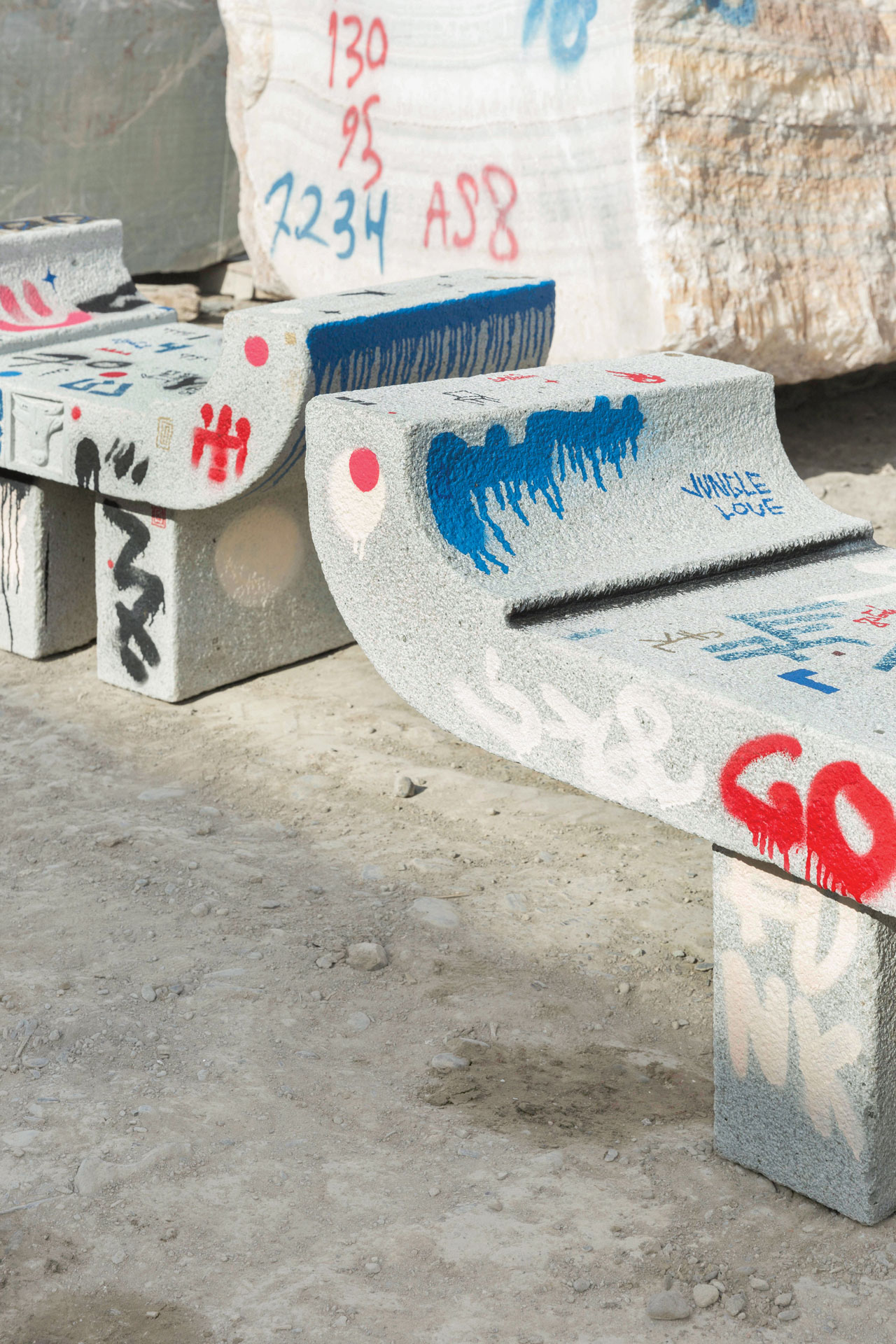
Bus Stop Bench from the bespoke new collection Life on Earth by Georgian Design Studio Rooms in collaboration with artist David Natidze and the Georgian stone company Kamara. Part of the exhibition Sculpting in Time of Rooms on the occasion of the studio's 10th Anniversary.
Photo by Guram Kapanadze.
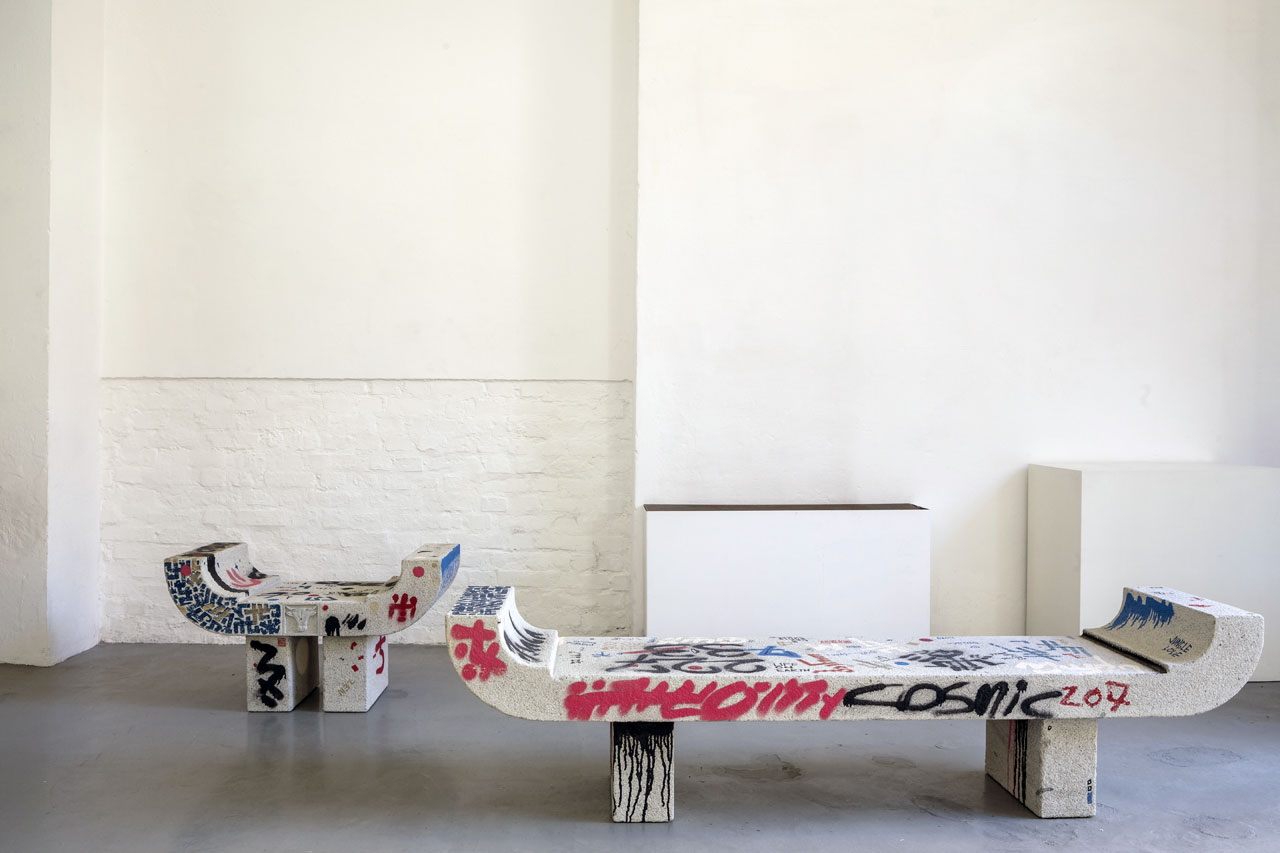
Installation view of the bespoke new collection Life on Earth by Georgian Design Studio Rooms in collaboration with artist David Natidze and the Georgian stone company Kamara. Part of the exhibition Sculpting in Time of Rooms on the occasion of the studio's 10th Anniversary.
Photo by Mattia Lotti.
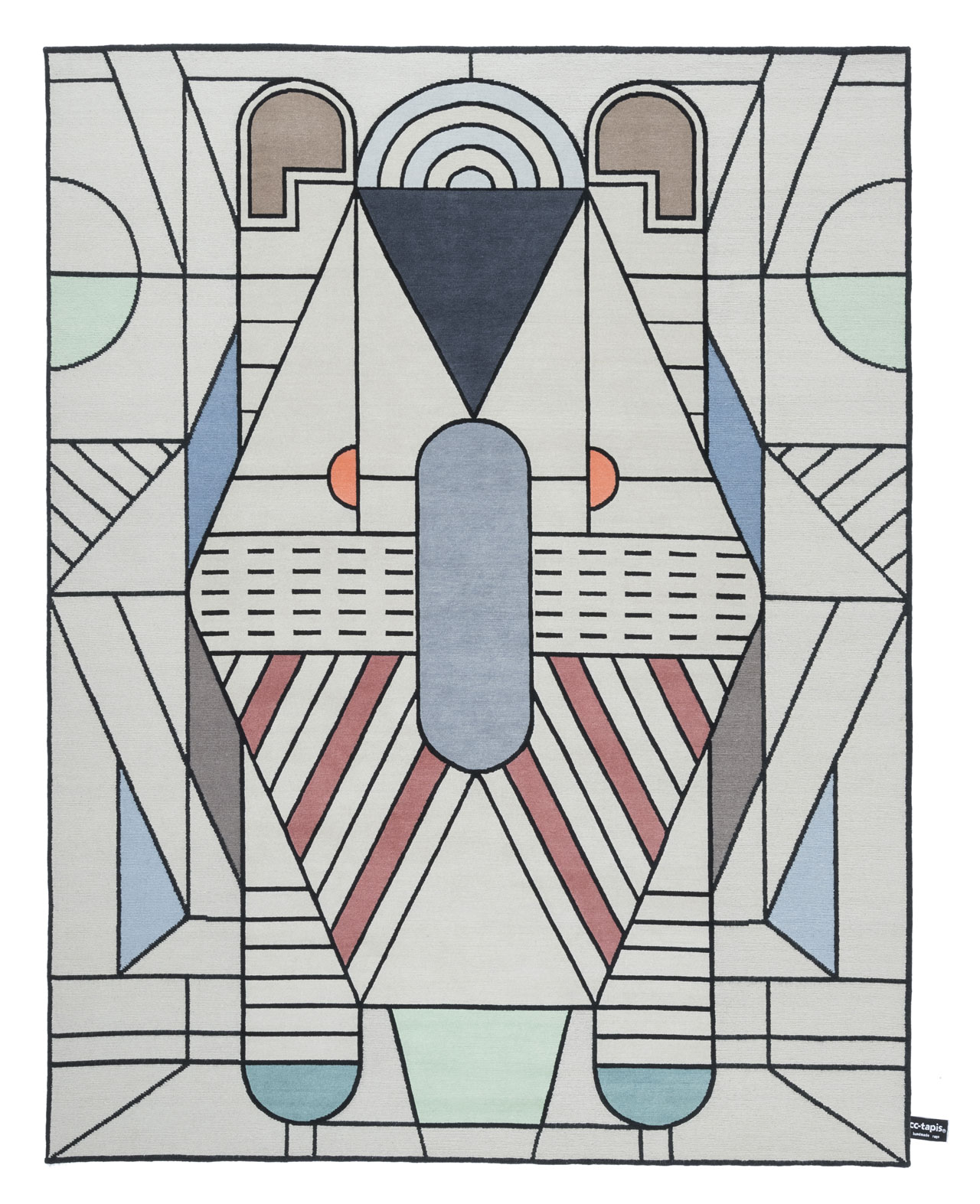
EULERO rug from the FLATLANDIA collection by Elena Salmistraro for cc-tapis.
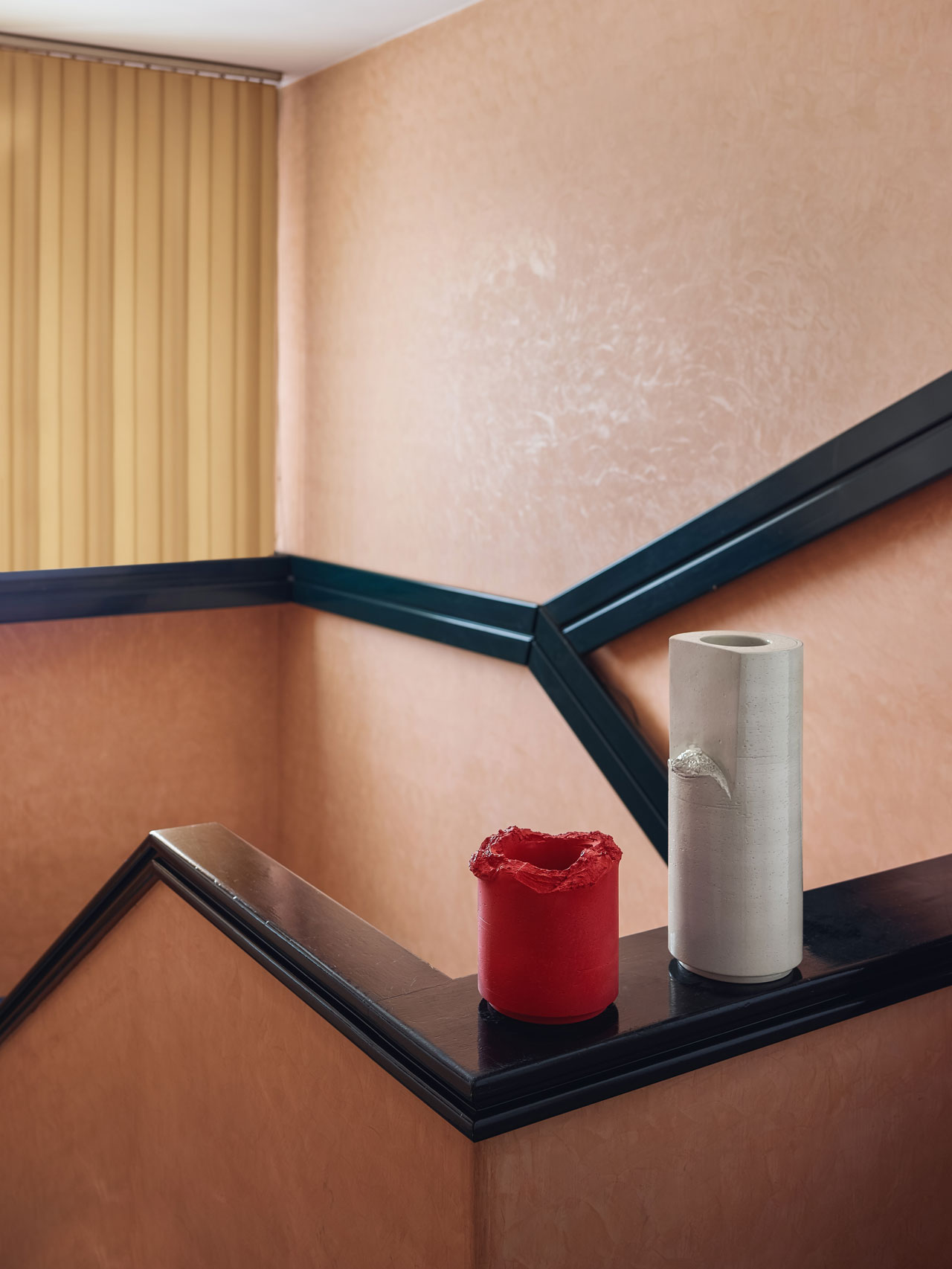
Clay by Formafantasma for Bitossi, a series of lathe-turned cylindrical vases to which the topmost part is subsequently torn off. Photo by Delfino Sisto Legnani.
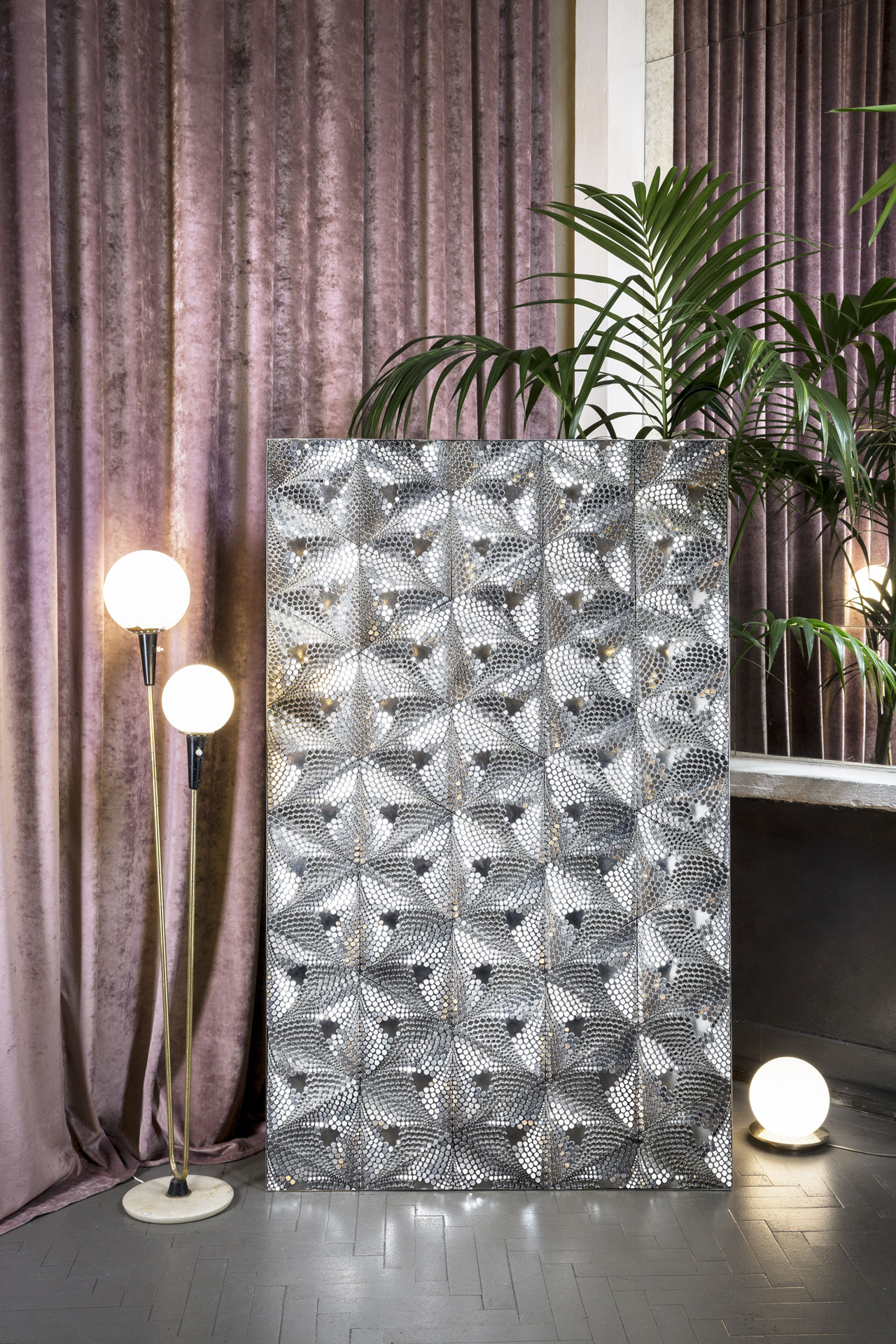
Paillettes from the Cinetica wall covering collection by Studio Lido for Marinoni Peltro. A collection made of pewter with an exquisitely ornamental look that, as Gio Ponti used to say, “keeps on moving with lights and shades”. Photo © Marinoni Peltro, location Apollo Club Milano.
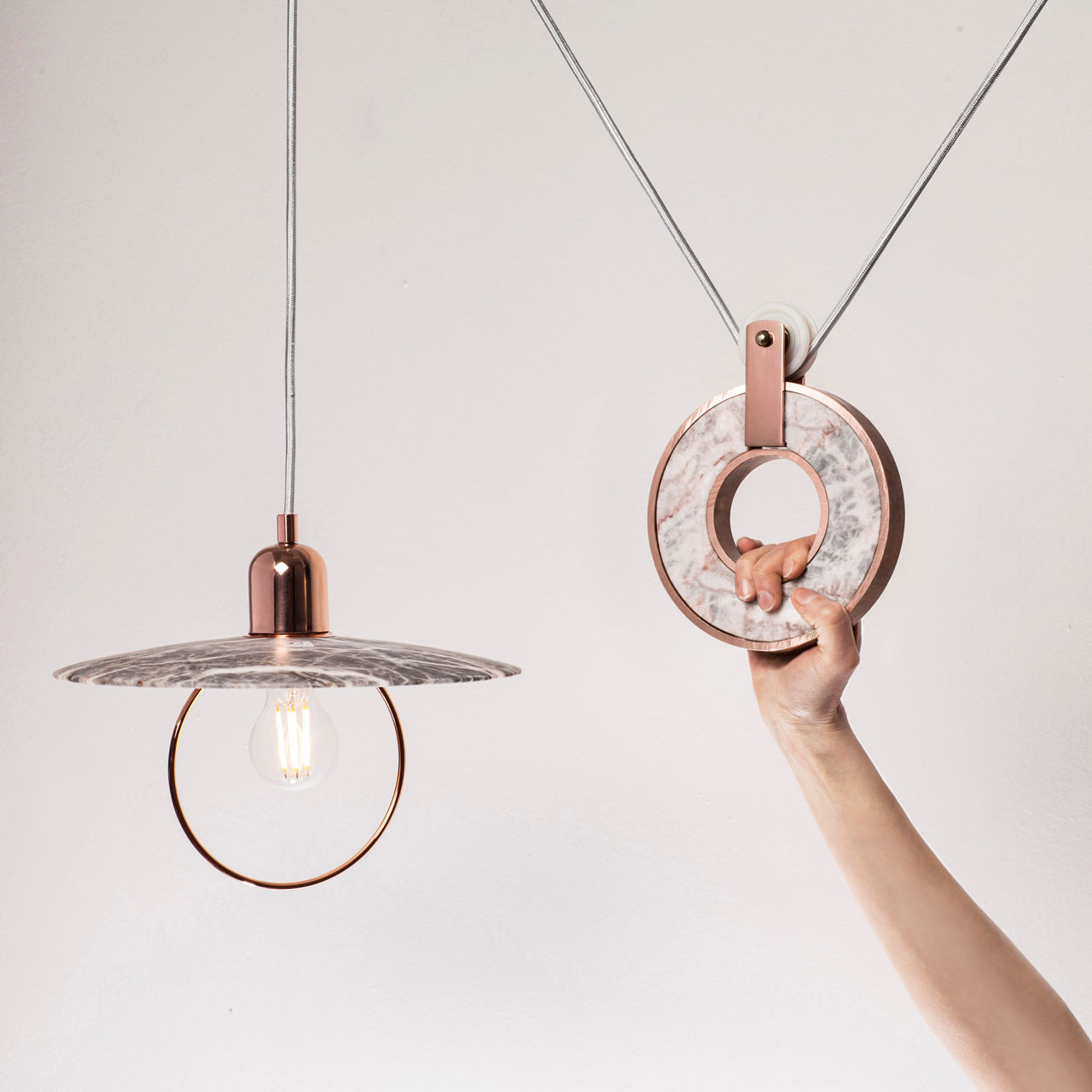
Contrappesa suspended lamps by Tagmi design studio for StoneLab Design in collaboration with Ganci Argenterie. Photo by Laura Baiardini
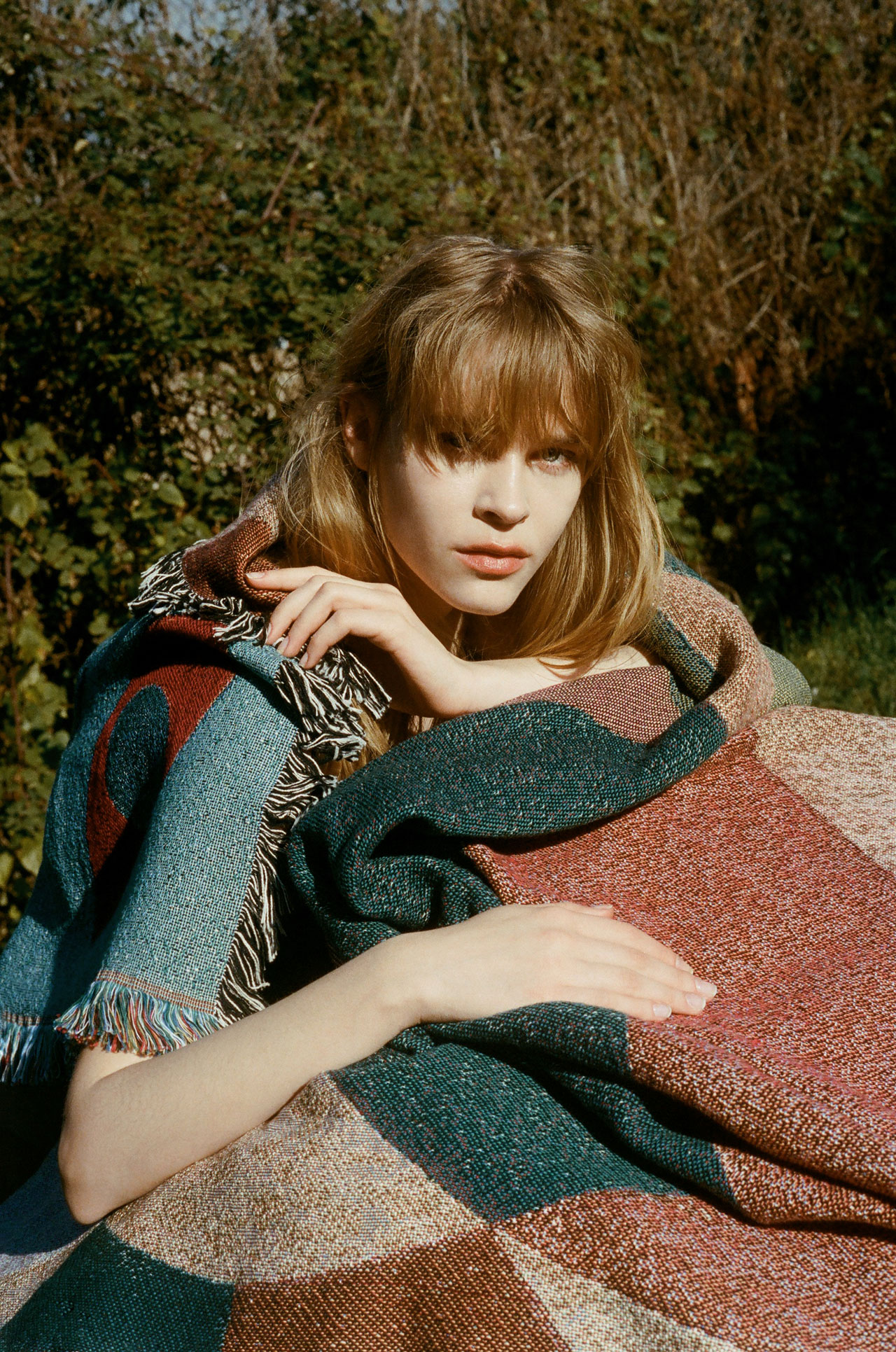
Blankets and cushions from the “Reversible” collection by Forget Me Not print design studio founded by French born designer Coco.
Photo by Mar Ordonez.
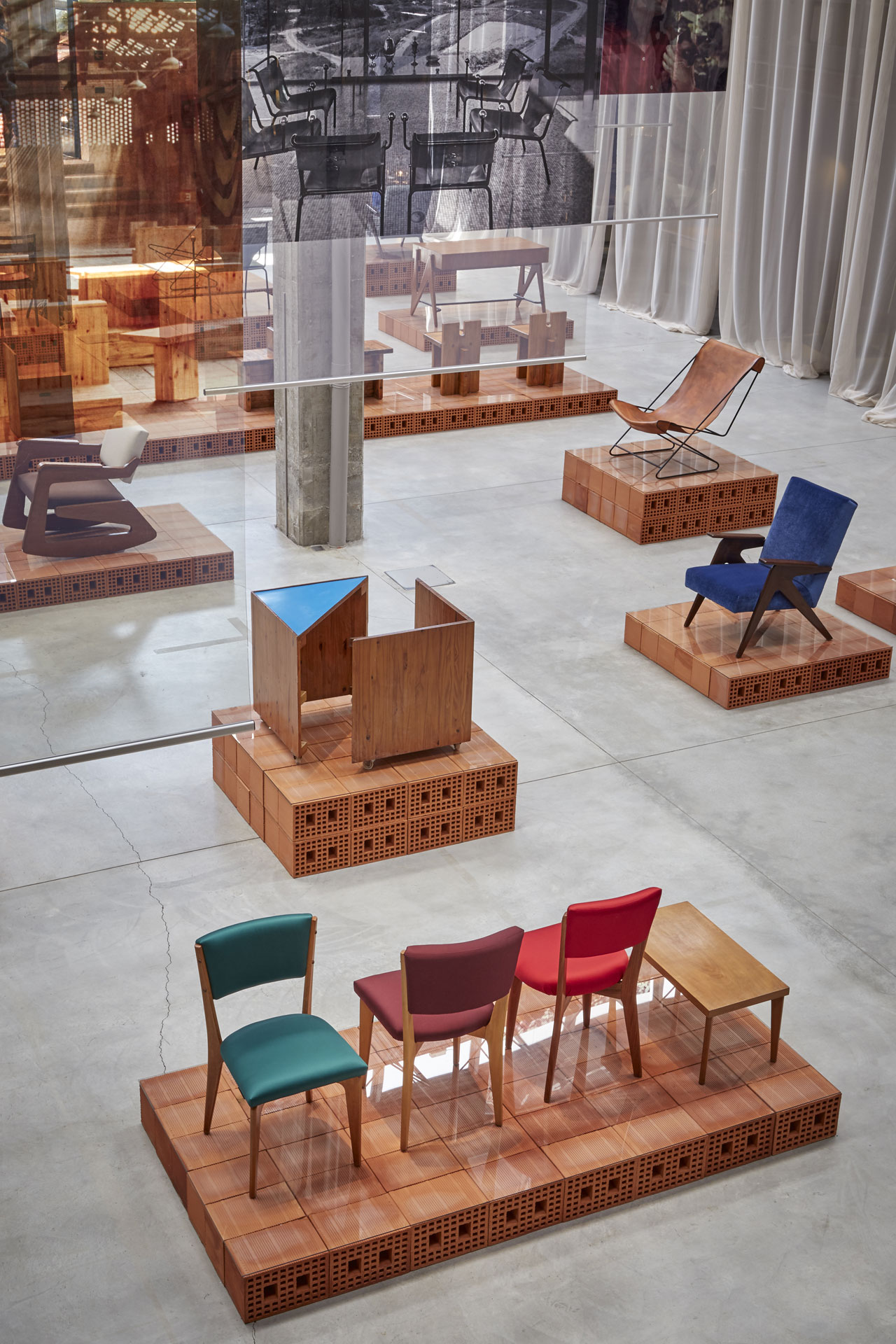
Lina Bo Bardi Giancarlo Palanti Studio d’Arte Palma 1948 - 1951.
Installation view of the museum exhibition dedicated to the design of Lina Bo Bardi at Nilufar Depot.
Photo by Amendolagine Barracchia.
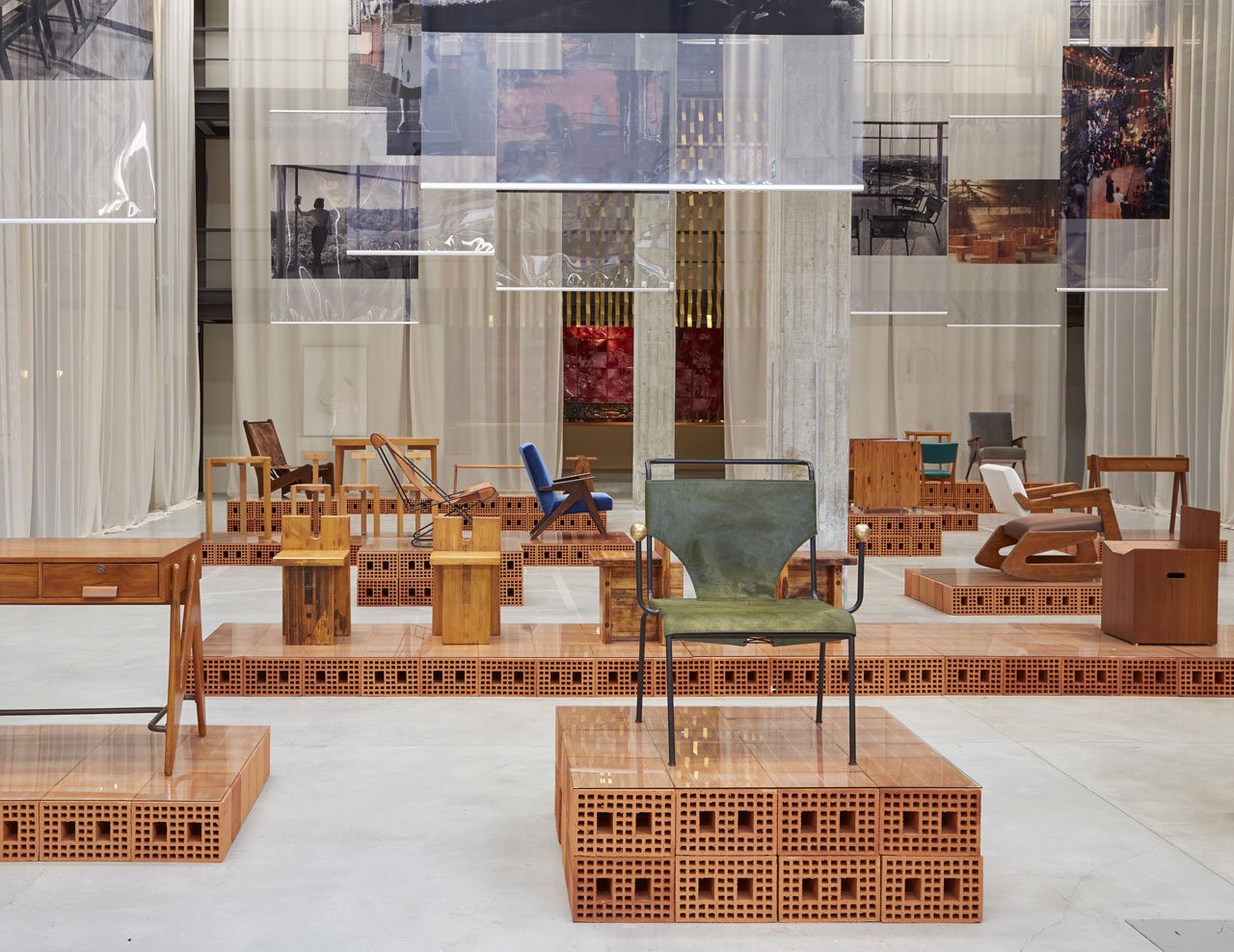
Lina Bo Bardi Giancarlo Palanti Studio d’Arte Palma 1948 - 1951.
Installation view of the museum exhibition dedicated to the design of Lina Bo Bardi at Nilufar Depot.
Photo by Amendolagine Barracchia.
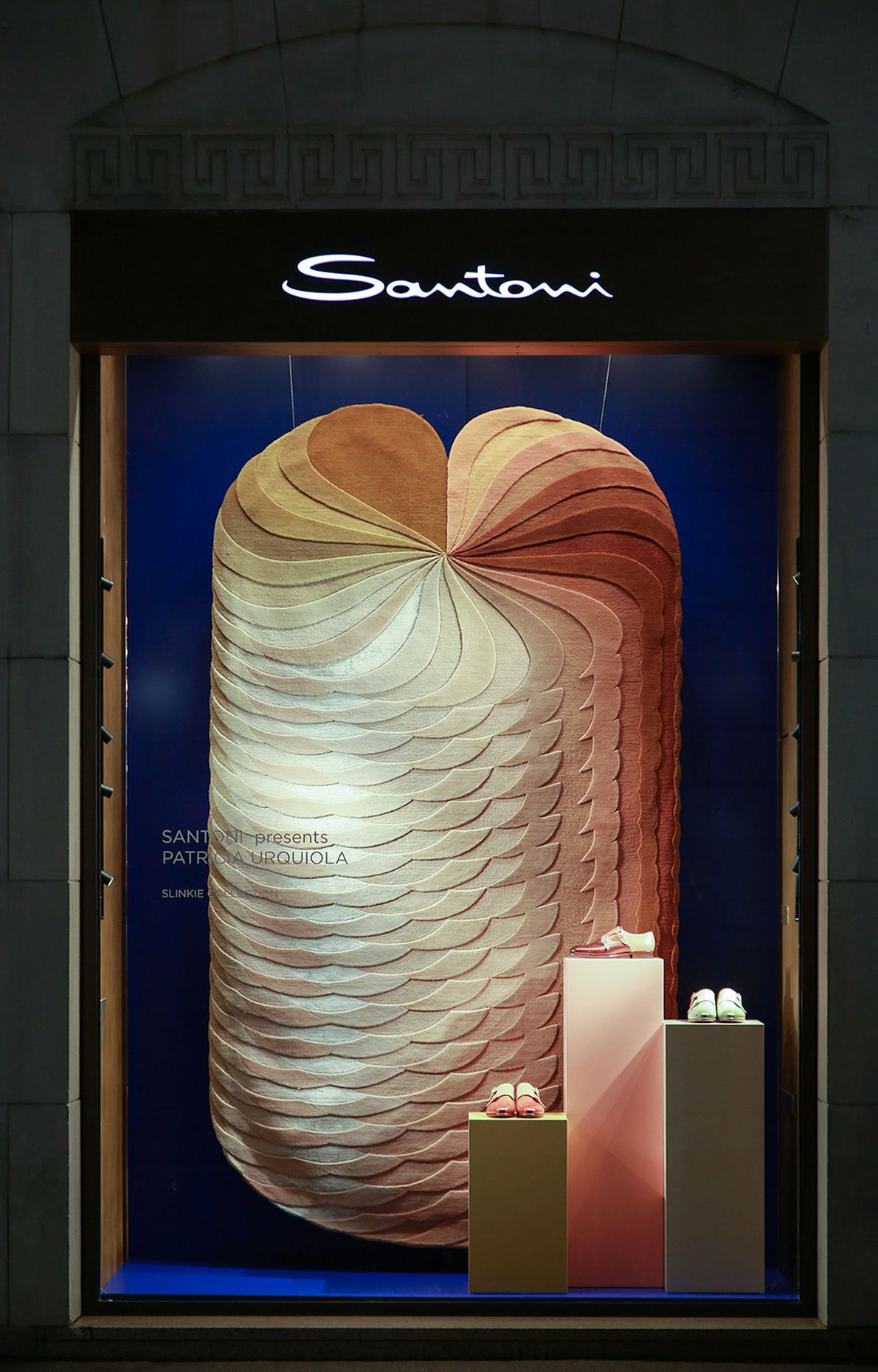
The new collection of Slinkie rugs by Patricia Urquiola for cc-tapis was featured in the window of Santoni boutique among limited-edition double monk shoes which were produced in the same color palette with the rug.
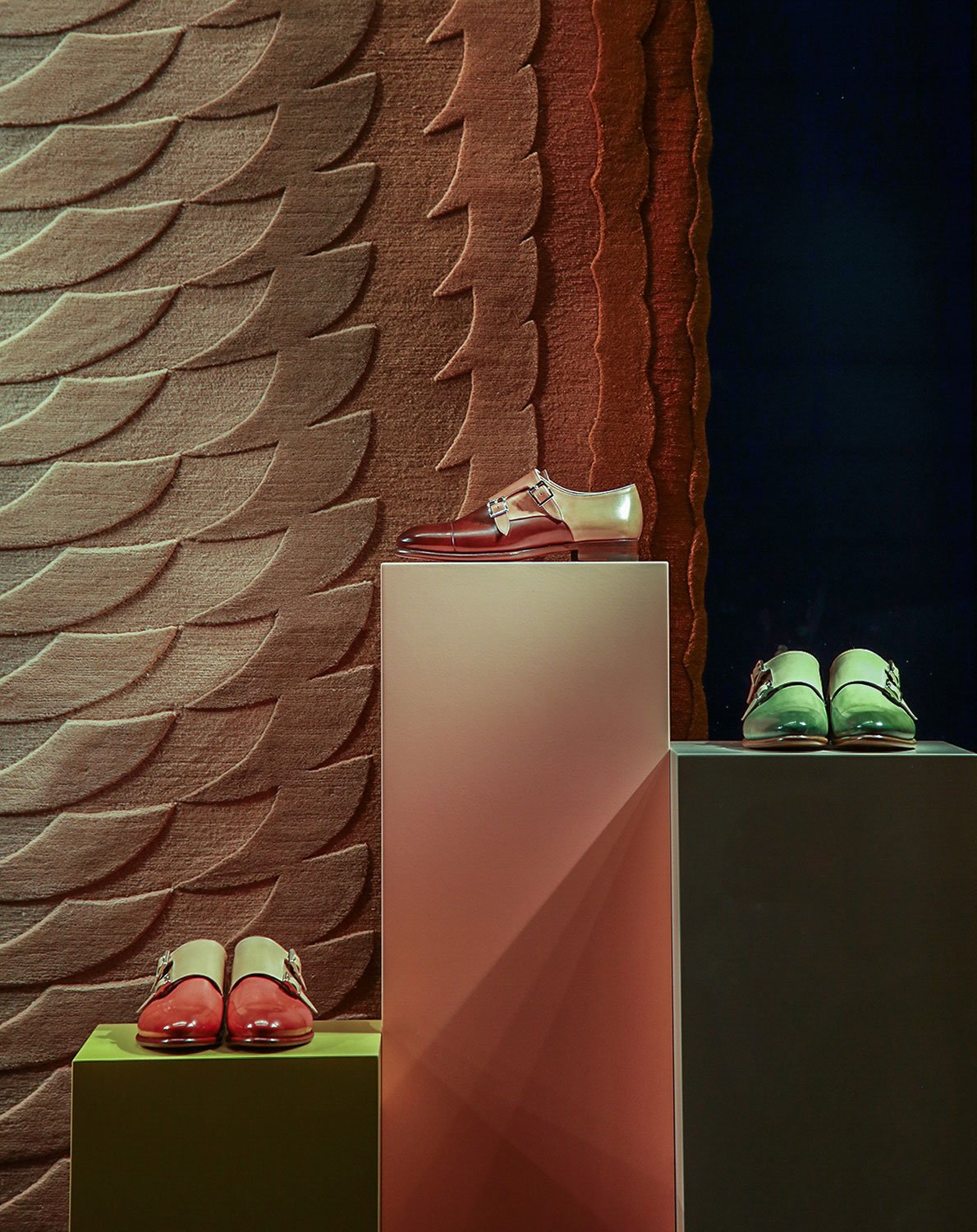
The new collection of Slinkie rugs by Patricia Urquiola for cc-tapis was featured in the window of Santoni boutique among limited-edition double monk shoes which were produced in the same color palette with the rug.
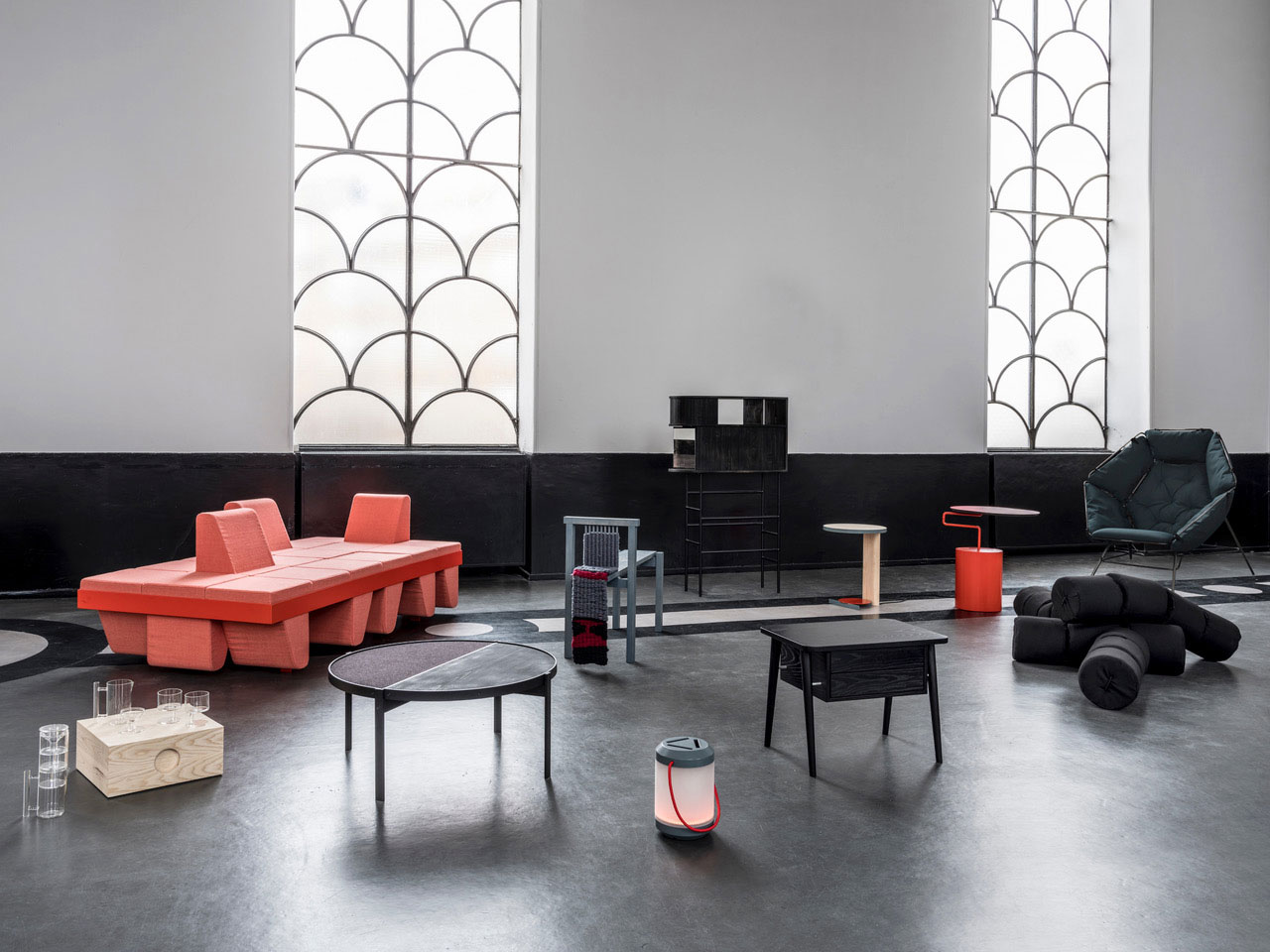
Presently Present exhibition by the students of the Design department of Denmark's VIA University College.
Photo by Morten Fog.
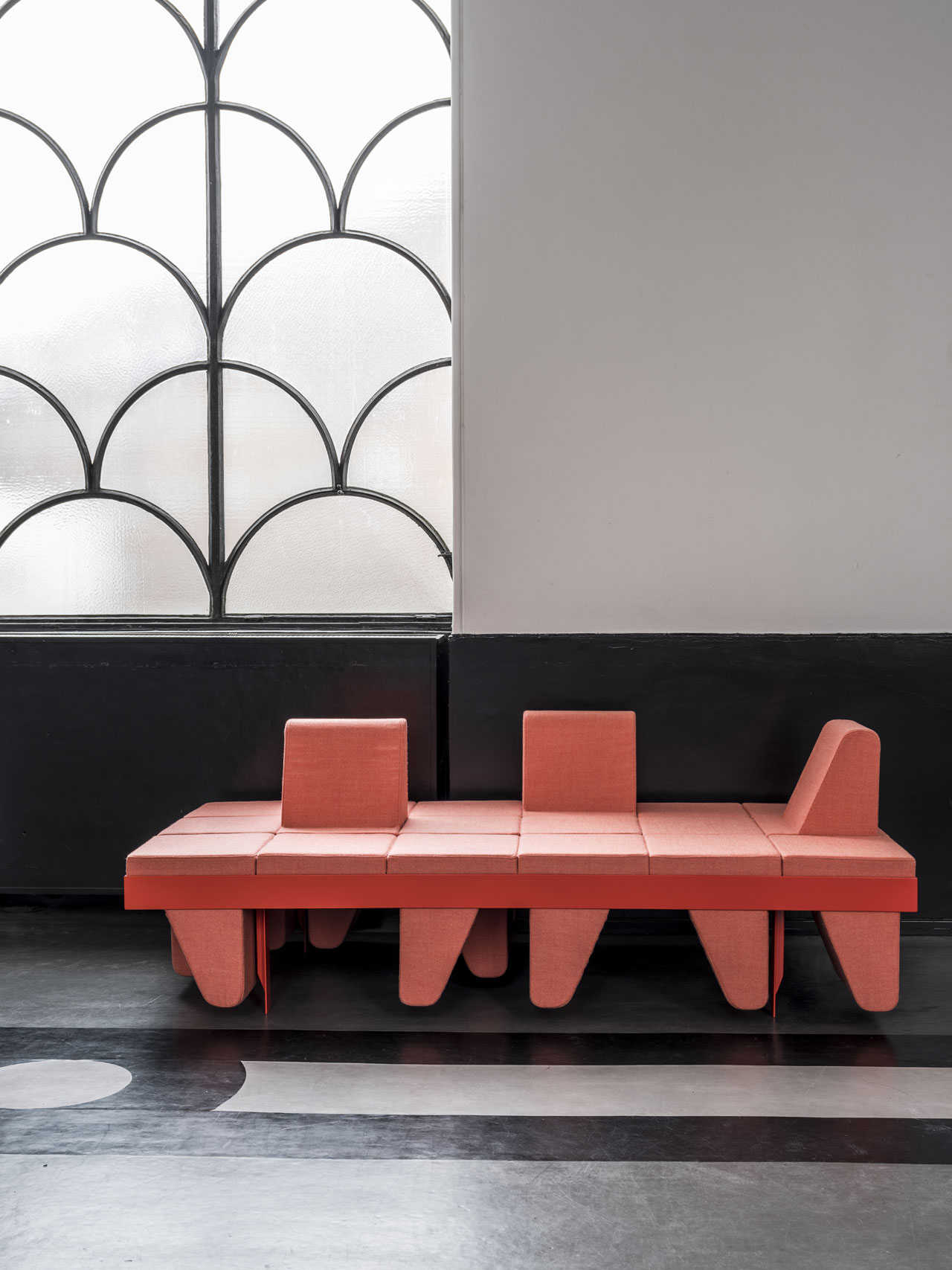
Presently Present exhibition by the students of the Design department of Denmark's VIA University College.
Pictured: RYK by Sandra K. B. Mikkelsen - a combination of a daybed/a sofa/an armchair.
Photo by Morten Fog.
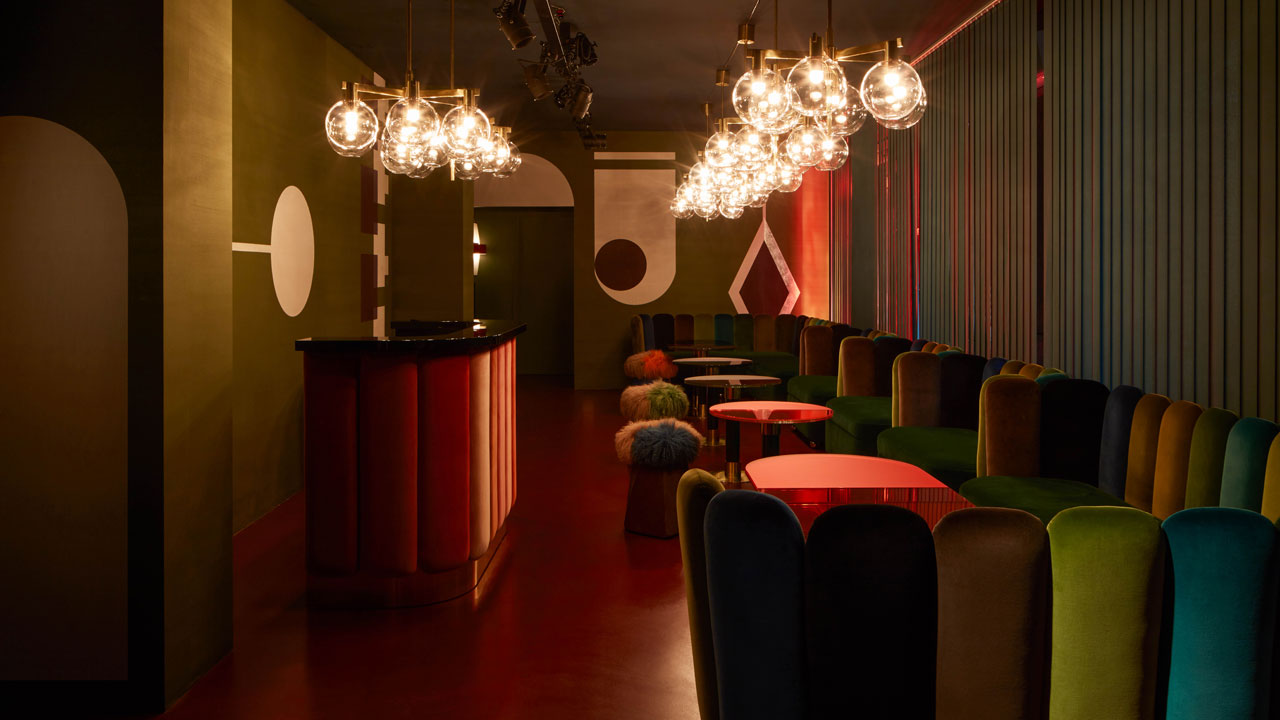
Installation view of the "Chez Nina" special club designed by India Mahdavi at Nilufar Gallery. Photo by Mattia Iotti.
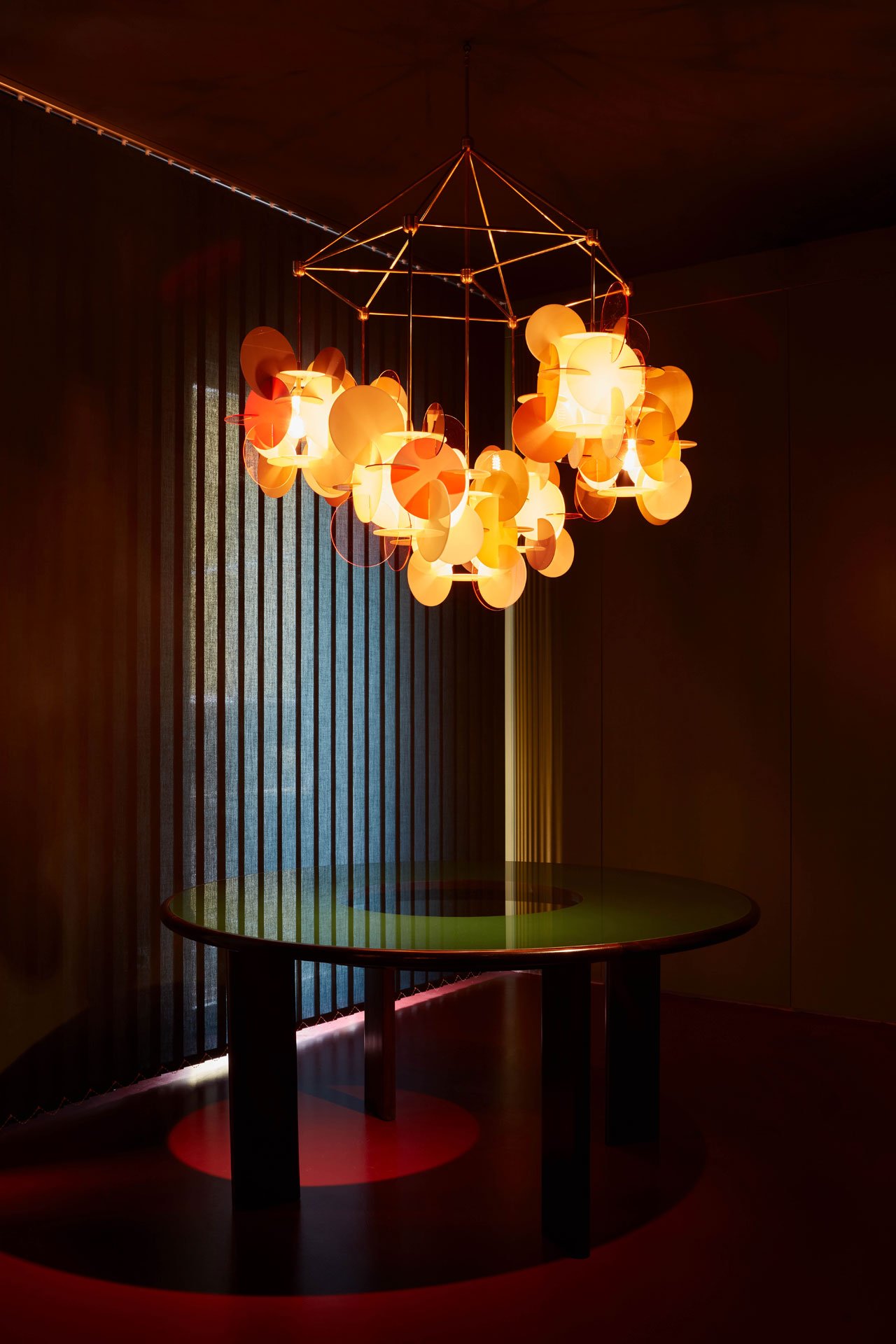
Installation view of the "Chez Nina" special club designed by India Mahdavi at Nilufar Gallery. Photo by Mattia Iotti.
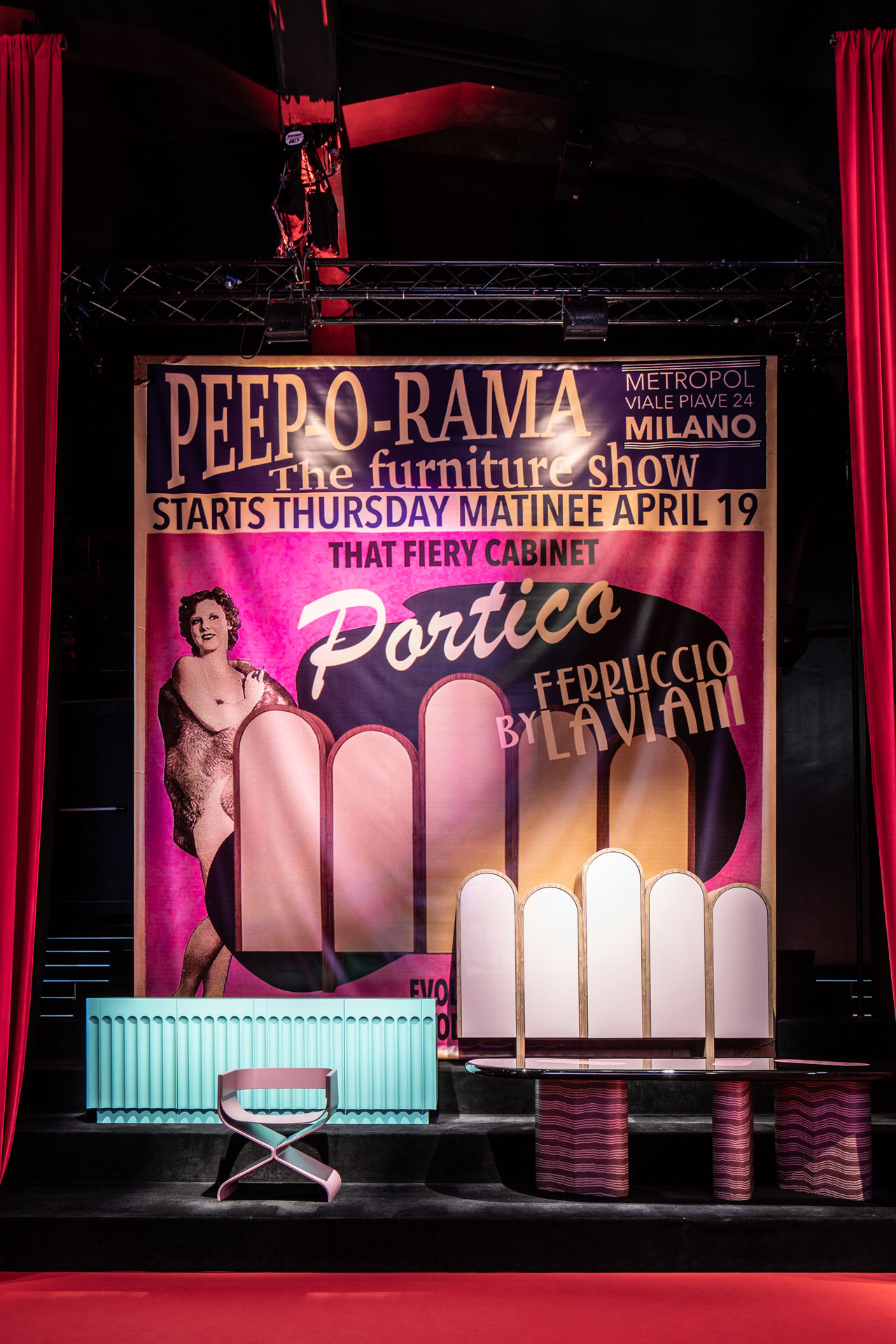
PEEP O-RAMA, The Furniture Show at the Dolce&Gabbana Metropol theatre. An Overview of Ferruccio Laviani’s Furniture Collection for Emmemobili.
Photo by Gianluca Vassallo.
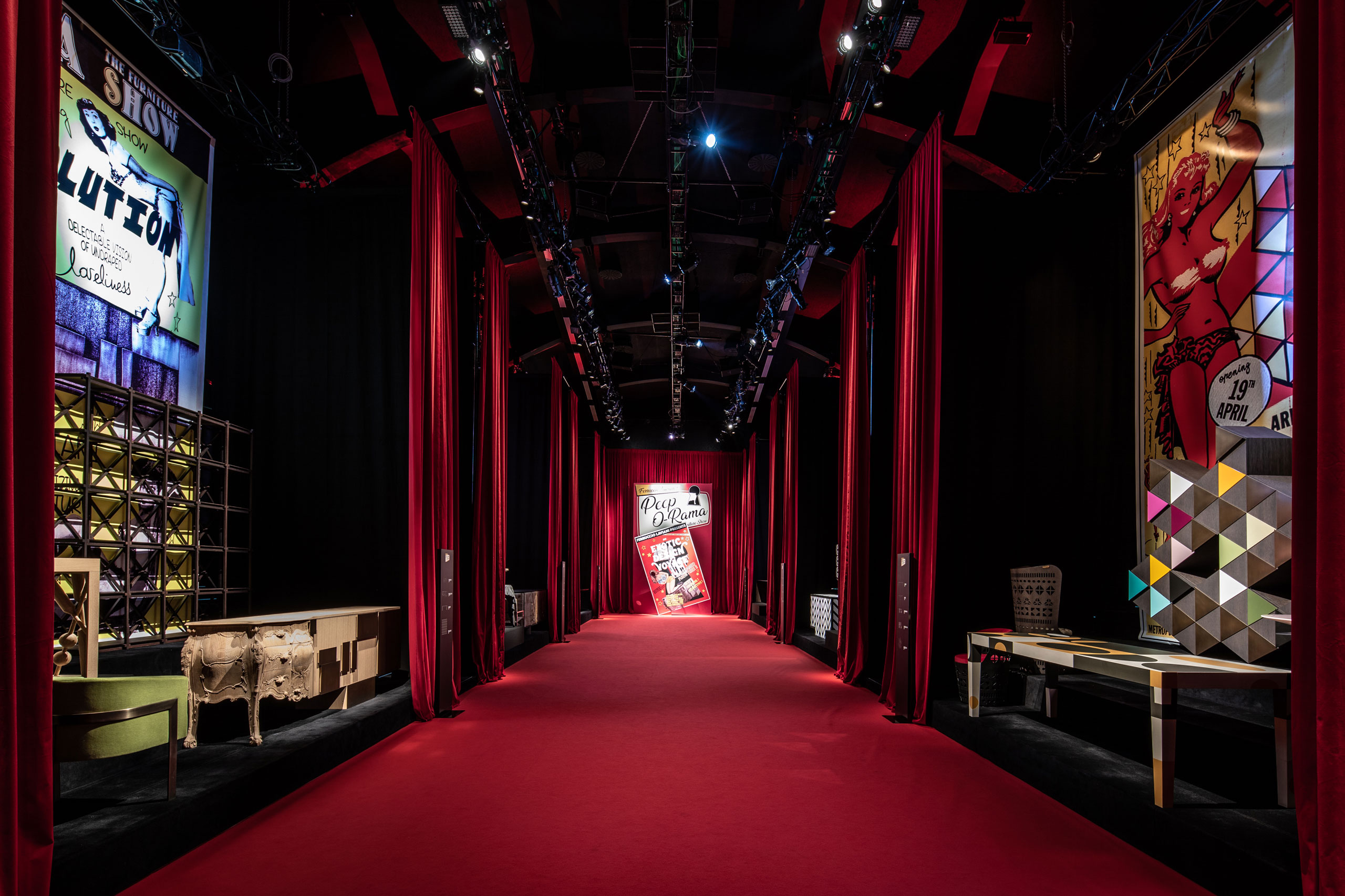
PEEP O-RAMA, The Furniture Show at the Dolce&Gabbana Metropol theatre. An Overview of Ferruccio Laviani’s Furniture Collection for Emmemobili.
Photo by Gianluca Vassallo.
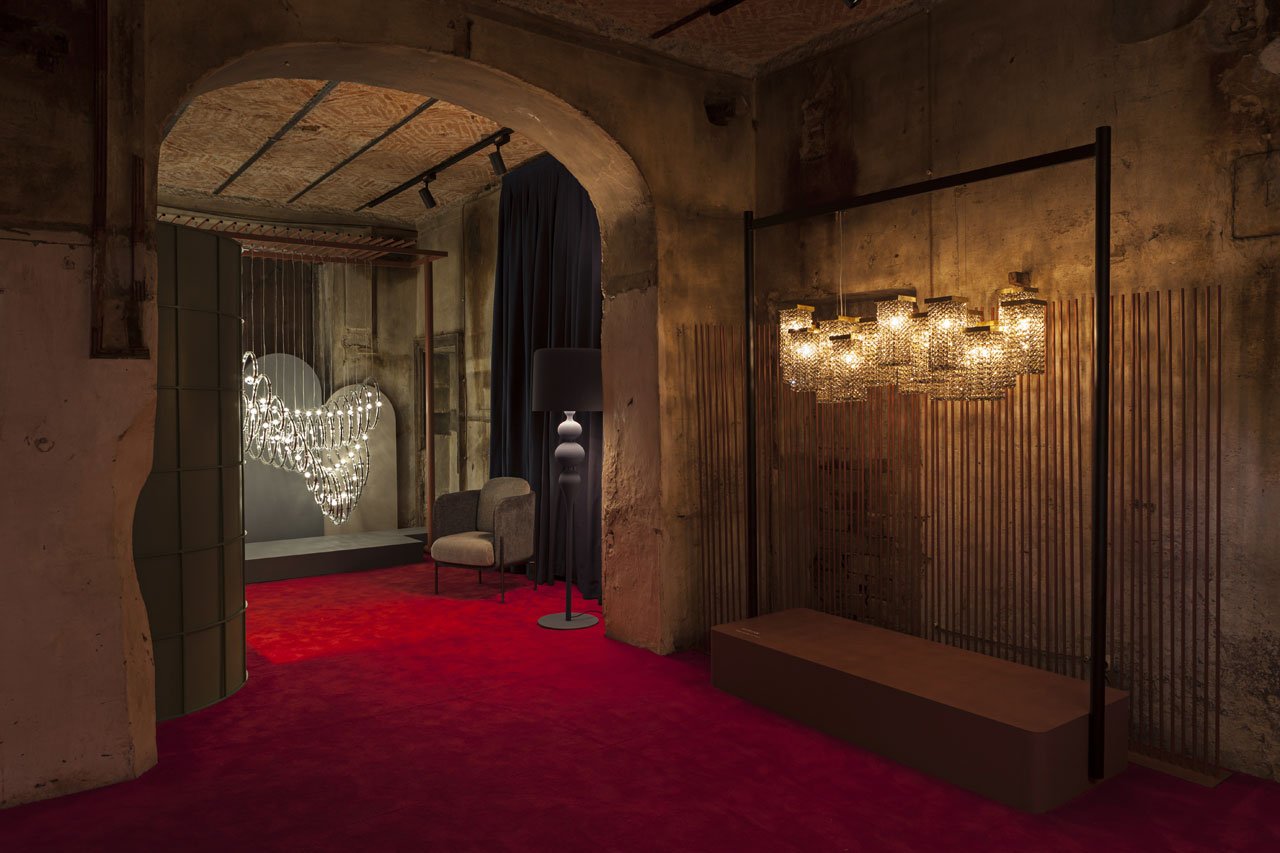
The high-end lighting brand Masiero presented their new collections at an old, now disused print house in Milan on via della Moscova, 25. Photo by Cristina Galliena Bohman.
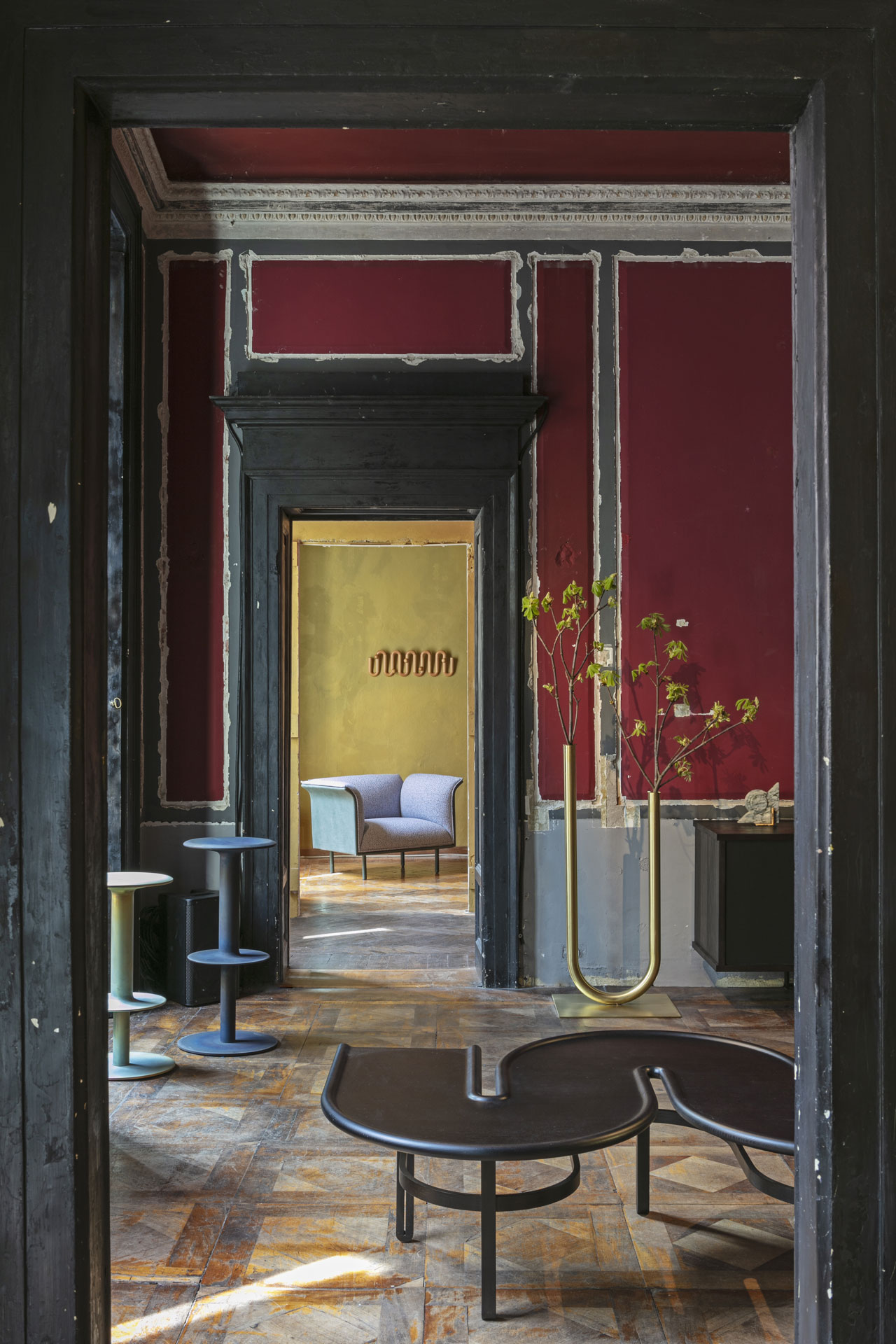
Presented by Emma Elizabeth and LOCAL DESIGN, LOCAL MILAN featured 26 Australian designers and was the largest independent showcase of Australian design in Milan to date.
Styling by Emma Elizabeth, photo © Emanuele Zamponi.
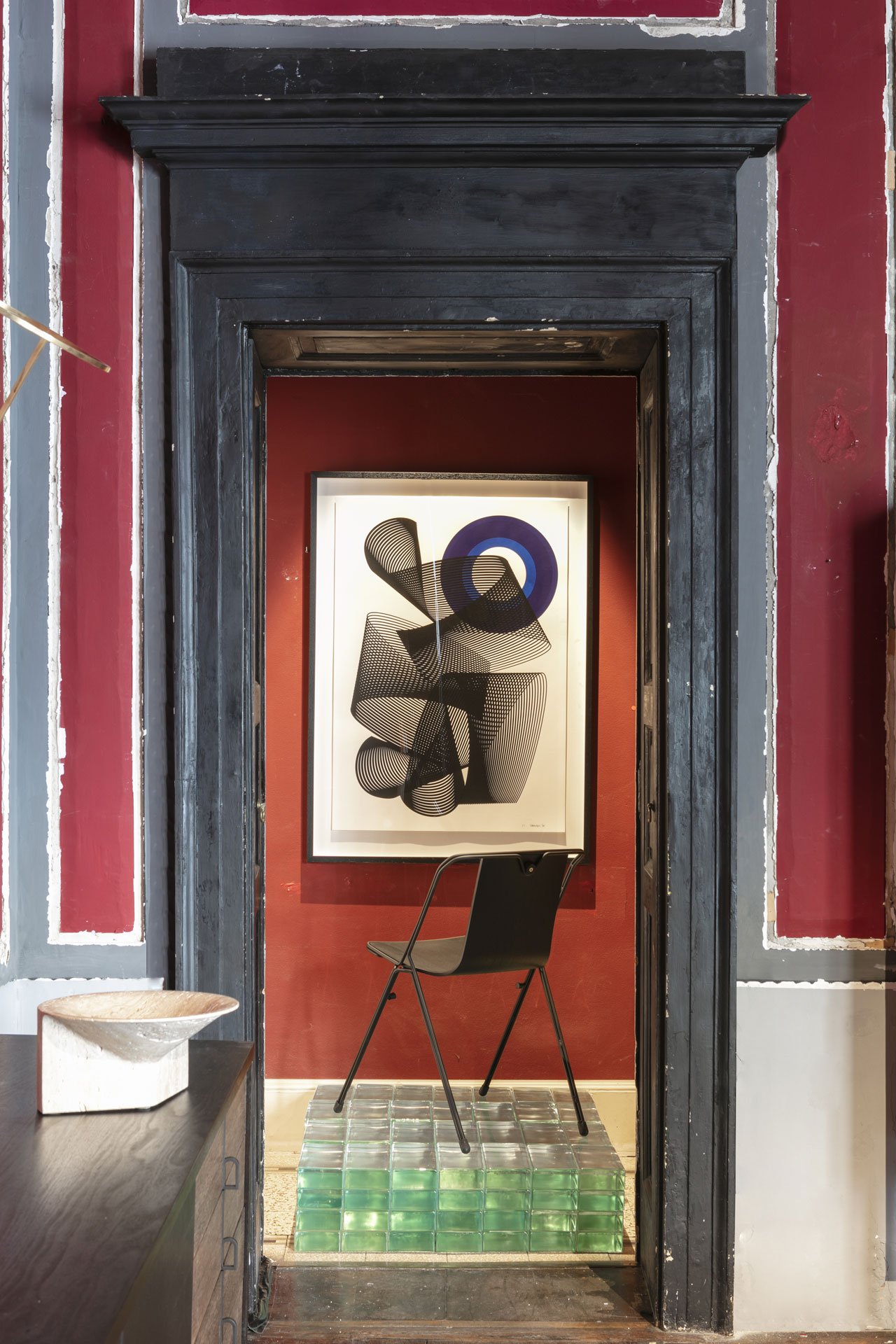
Presented by Emma Elizabeth and LOCAL DESIGN, LOCAL MILAN featured 26 Australian designers and was the largest independent showcase of Australian design in Milan to date.
Pictured: Silk Screen Print by Kate Banazi and Strand Chair by Adam Cornish.
Styling by Emma Elizabeth, photo © Emanuele Zamponi.
Finally, we have to mention Emma Elizabeth’s “LOCAL DESIGN, LOCAL MILAN”, the largest independent showcase of Australian design in Milan to date, “Lina Bo Bardi Giancarlo Palanti - Studio d’Arte Palma, 1948- 1951” at Nilufar Depot, the first exhibition on the work of the two Italo-Brazilian designers, and Charlotte Macaux Perelman’s mesmerizing installation for Hermès at the Museo della Permanente that immersed visitors in a colorful, labyrinthic scenography made out of 150,000 Moroccan zellige tiles.
Of course the above were just a few of our favorites picks, all of which we have lovingly gathered here for your information and convenience—you can find additional details on each project if you follow the links in the picture captions—as well as enjoyment. So go ahead and indulge your senses in the best of what Milan Design Week 2018 had to offer, it’s our treat!
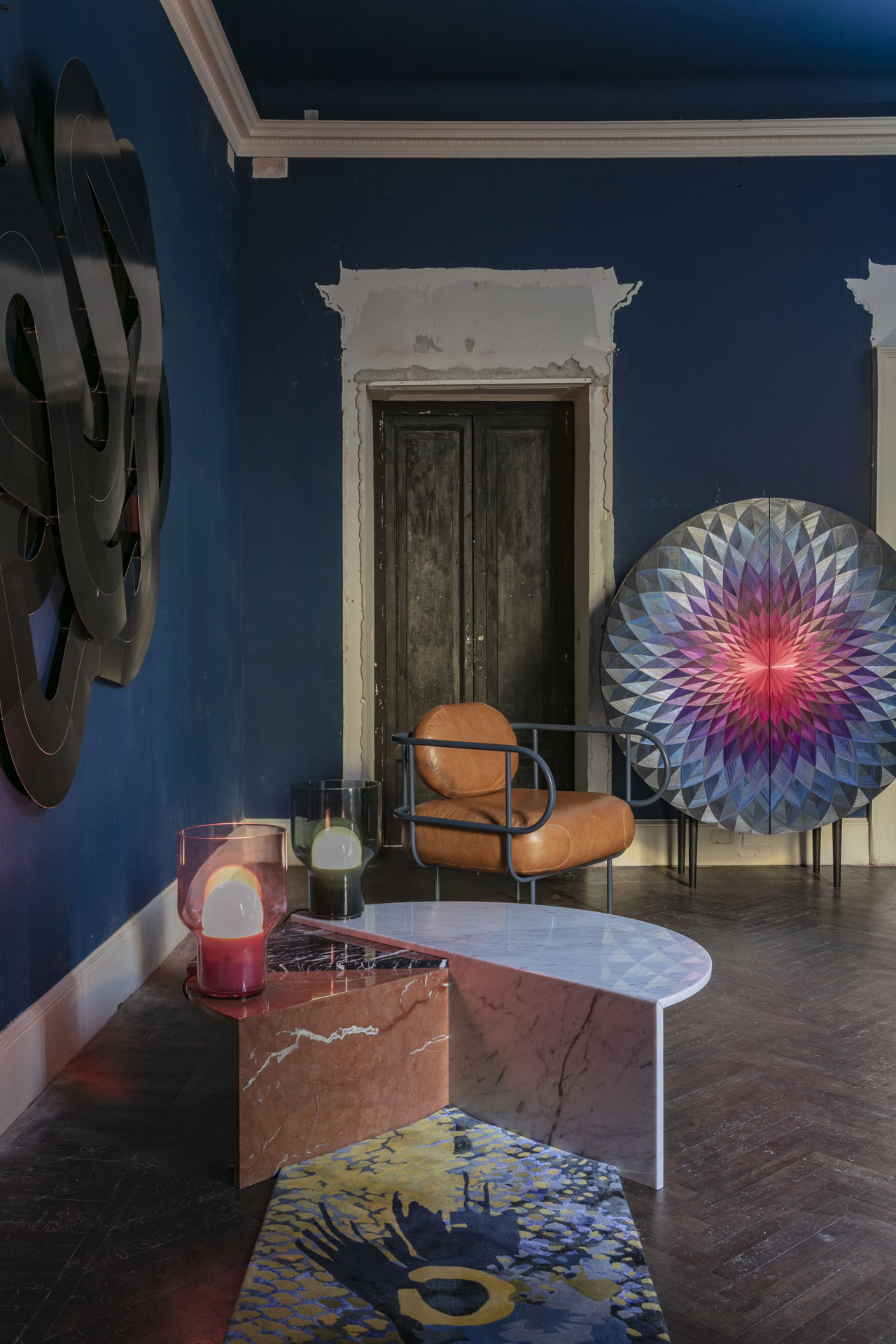
Presented by Emma Elizabeth and LOCAL DESIGN, LOCAL MILAN featured 26 Australian designers and was the largest independent showcase of Australian design in Milan to date.
Styling by Emma Elizabeth, photo © Emanuele Zamponi.
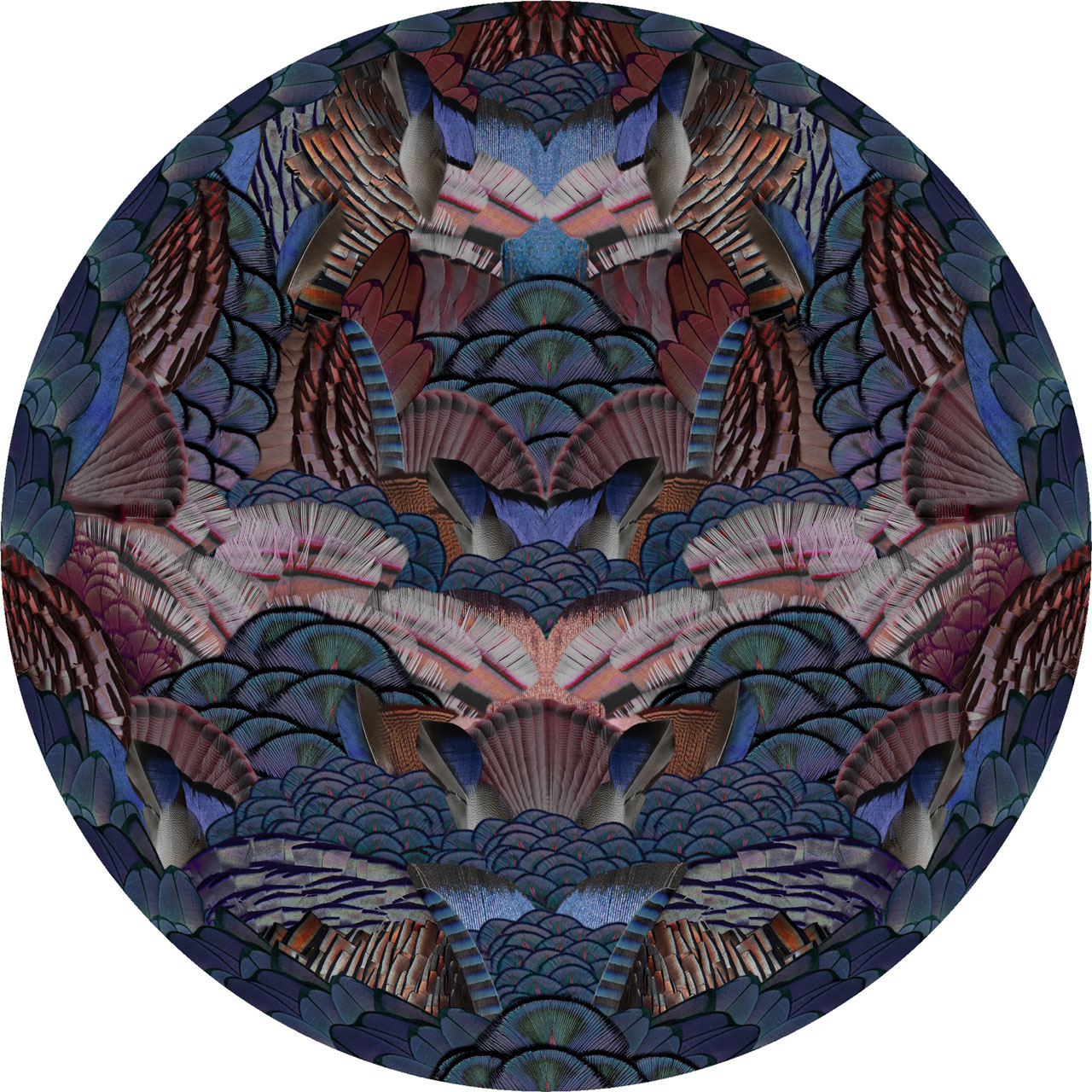
Calligraphy bird from new Moooi carpets collection.
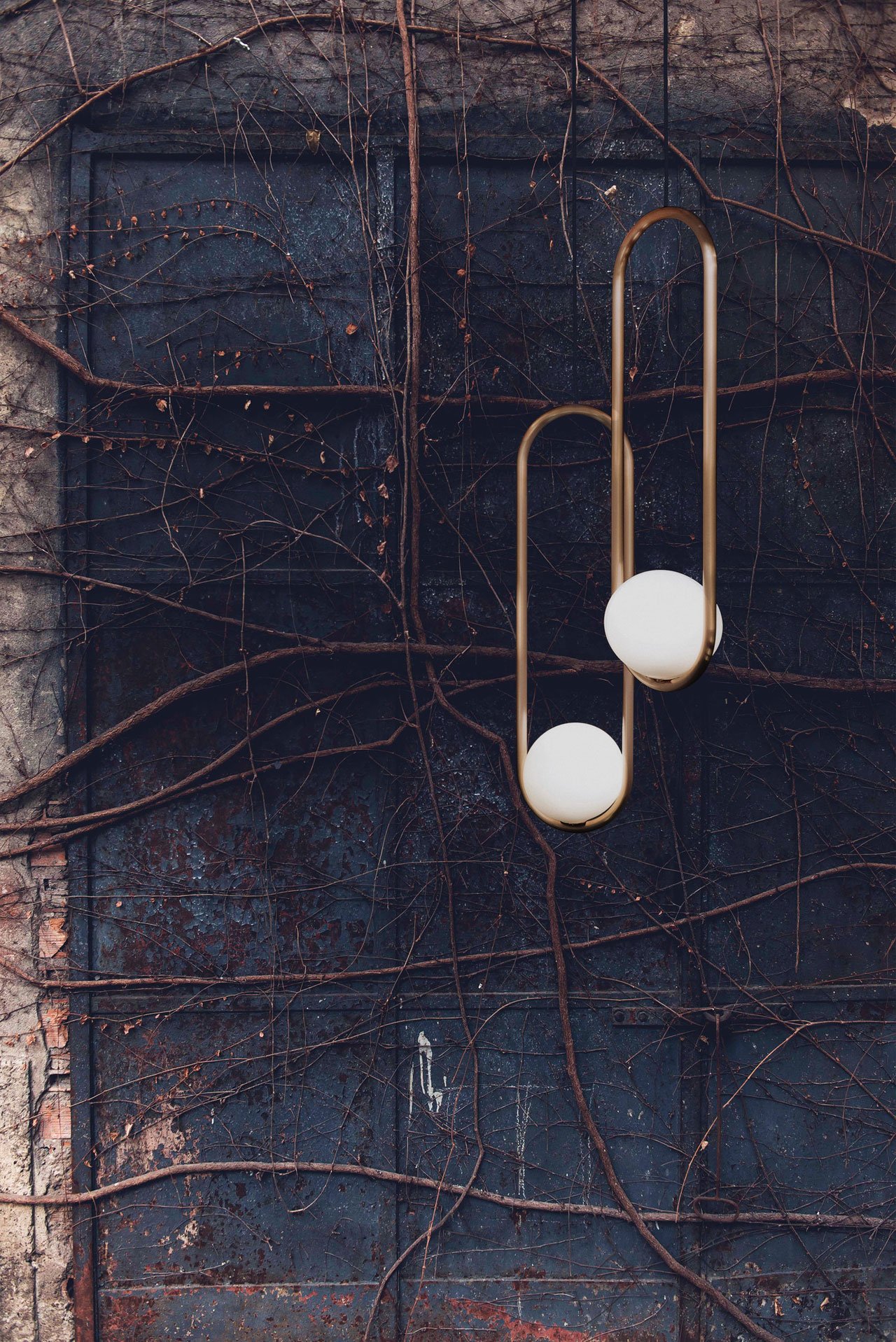
MILA by Matthew McCormick at Spazio Rossana Orlandi.
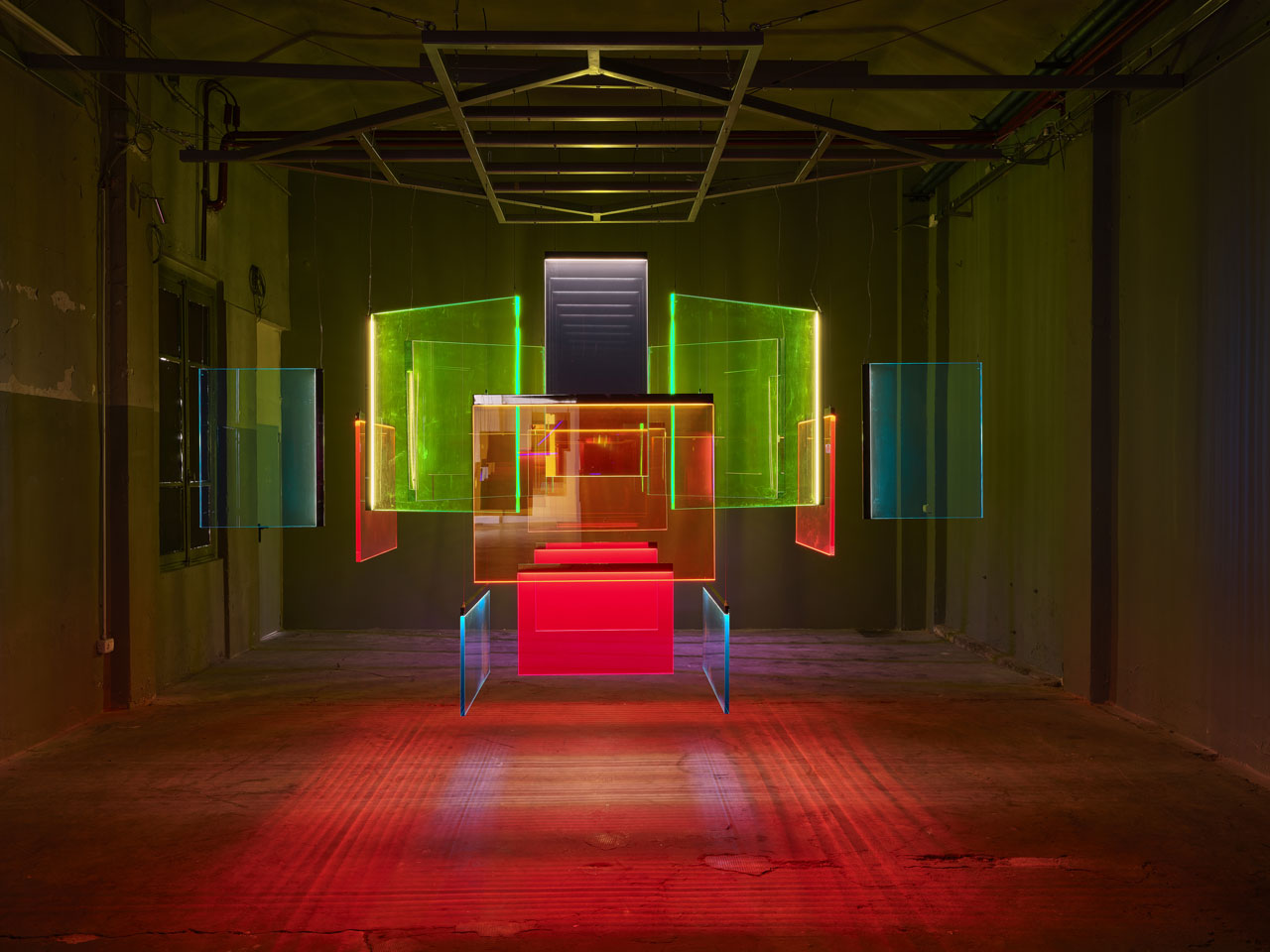
The second edition of 1+1+1 at ASSAB ONE, a project by Elena Quarestani and curated by Marco Sammicheli, continued to explore the relationship between art, architecture and design in the works of American architect Johanna Grawunder, Polish painter Antoni Malinowski and Swiss designer Christoph Hefti.
Pictured: Johanna Grawunder, “Alone Together” © Giovanni Hänninen // AssabOne 2018.
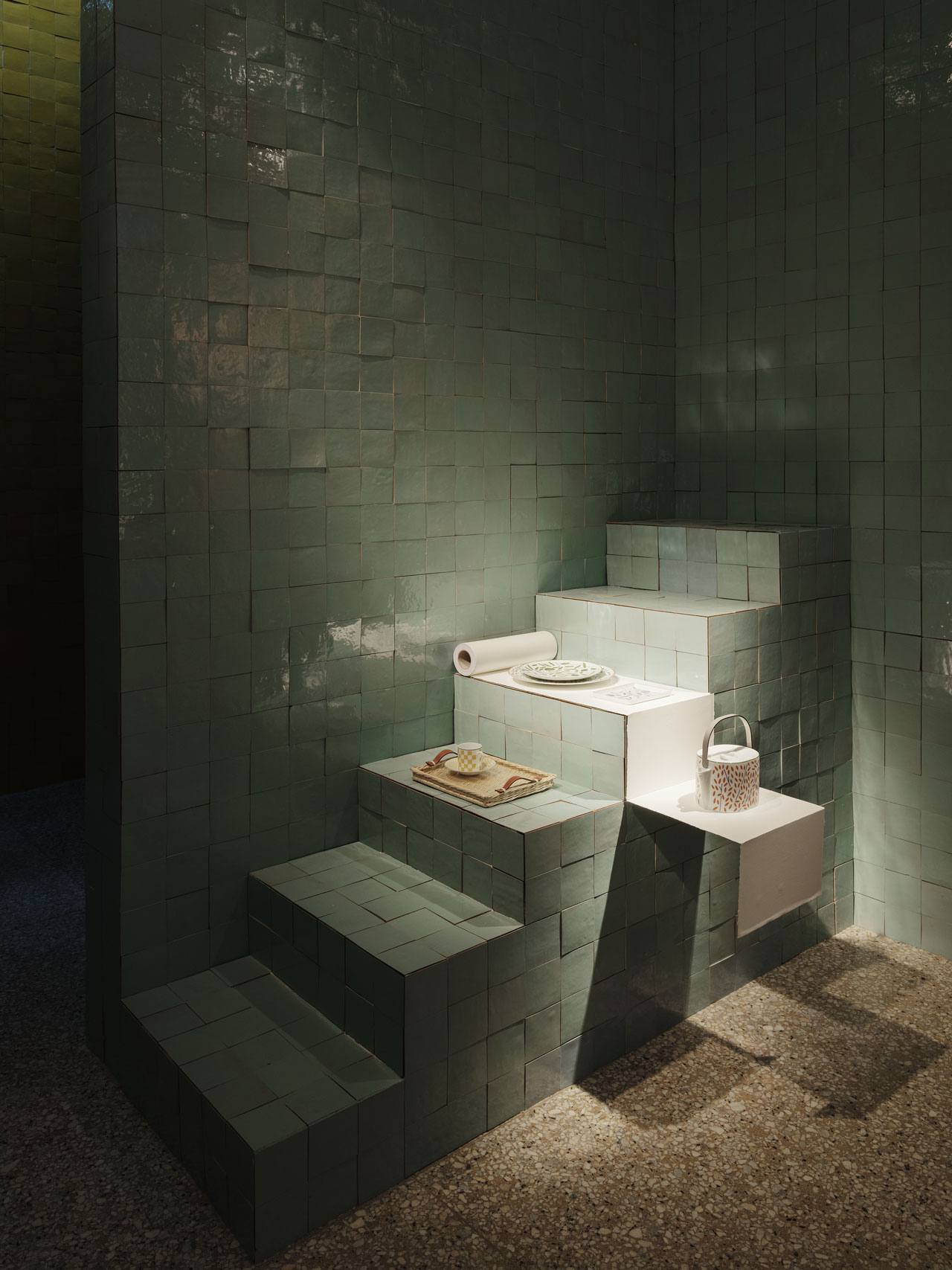
Installation view of the Hermès' new collections for the home at the Museo della Permanente at 34, Via Turati, Milan. Photo by François Lacour.
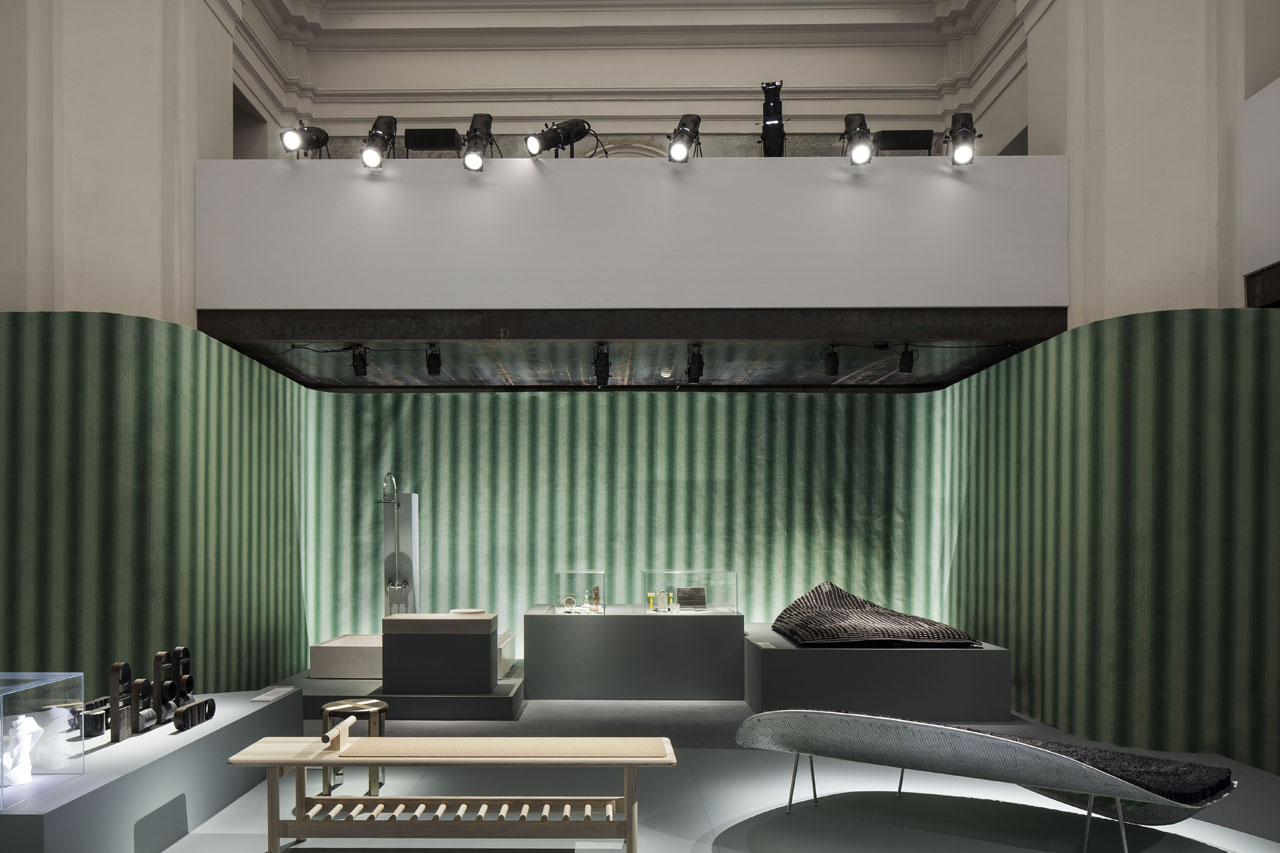
Installation view of this year’s edition of Wallpaper*Handmade, Wellness + Wonder, at the Mediateca Santa Teresa on via della Moscova.
Photo © Wallpaper* Magazine.
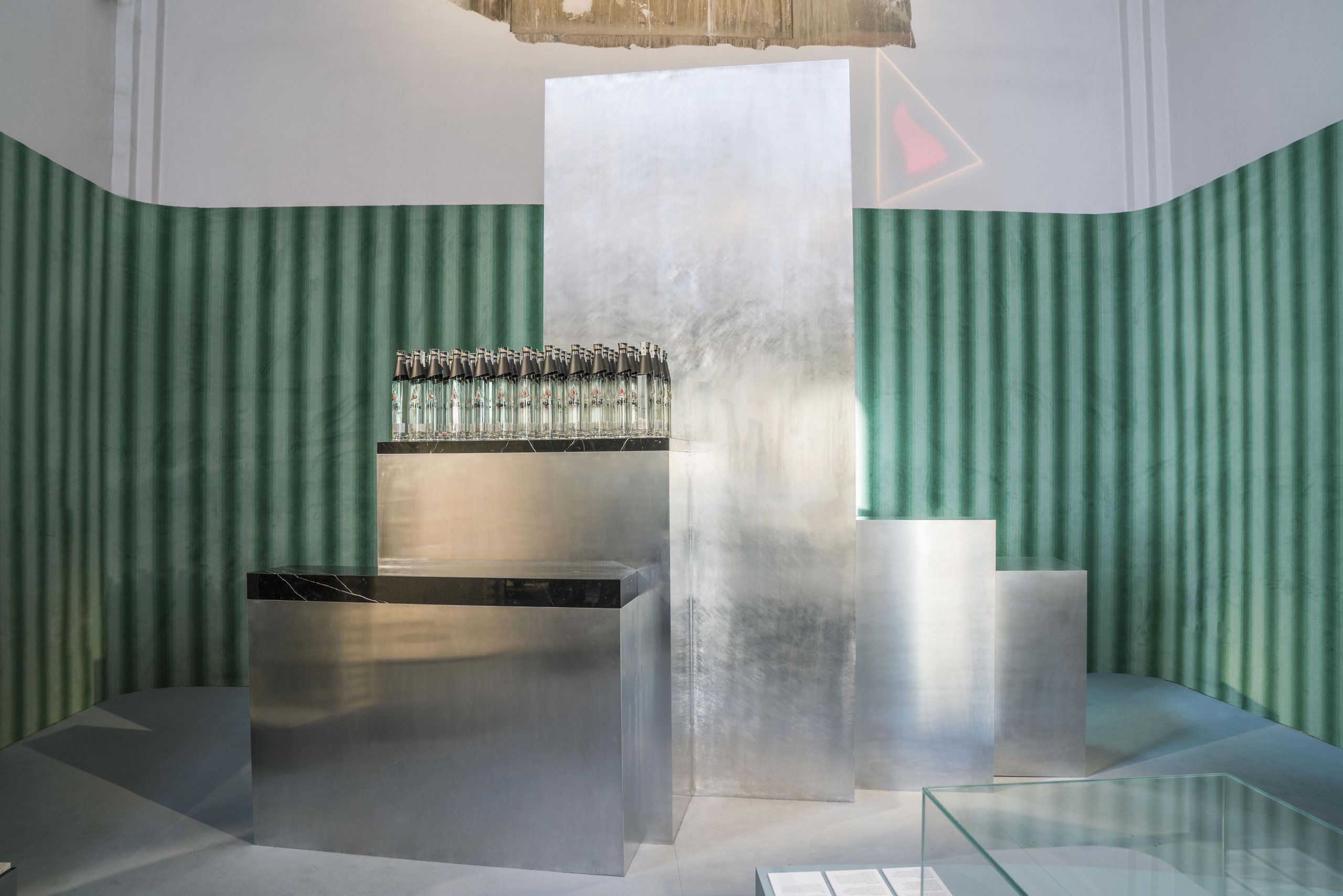
ELIT PROUN BAR inspired by the Russian avant-garde by Carmody Groarke for elit® Vodka at Wallaper*Handmade.
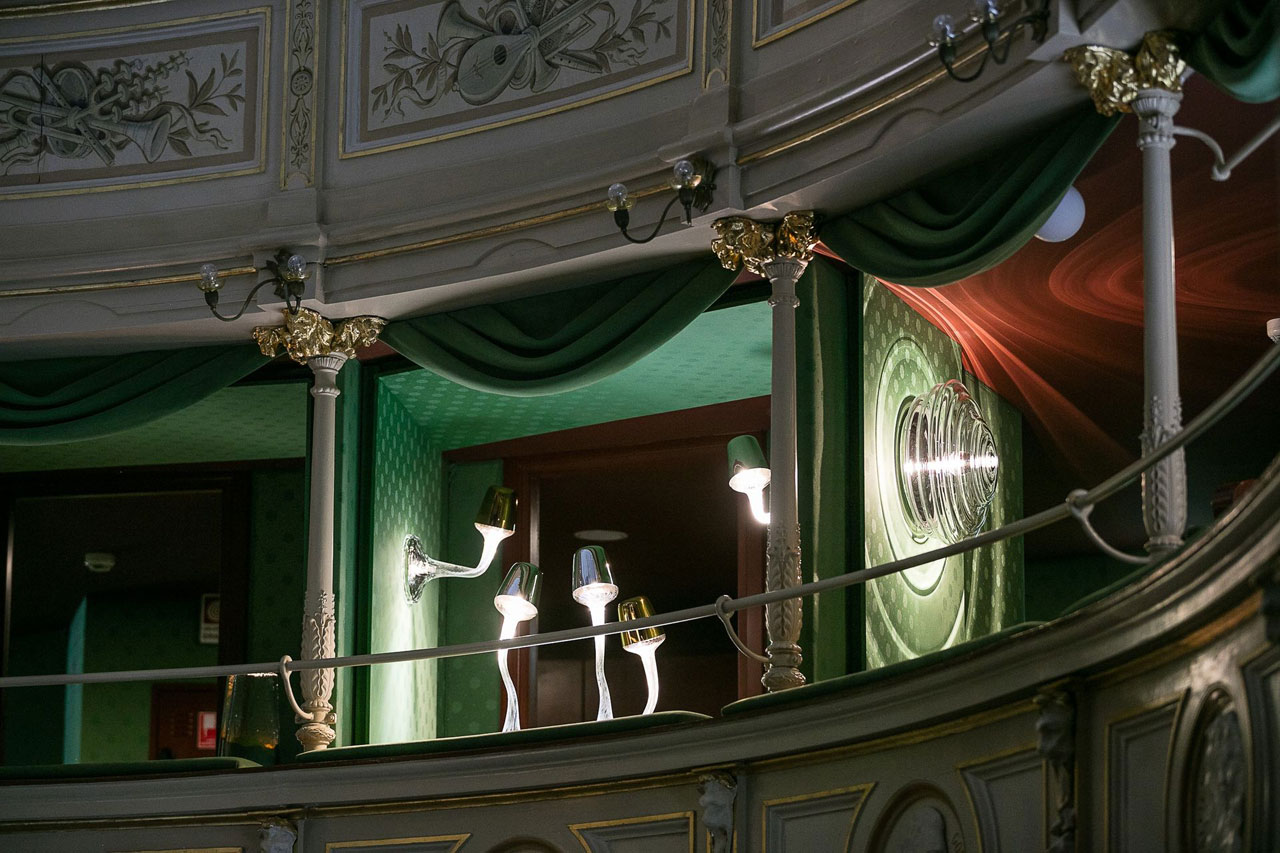
Installation view of the Milano Design Award-winning exhibition "Monster Cabaret" at Teatro Gerolamo by cutting-edge Czech company Lasvit.
Photo © Lasvit.
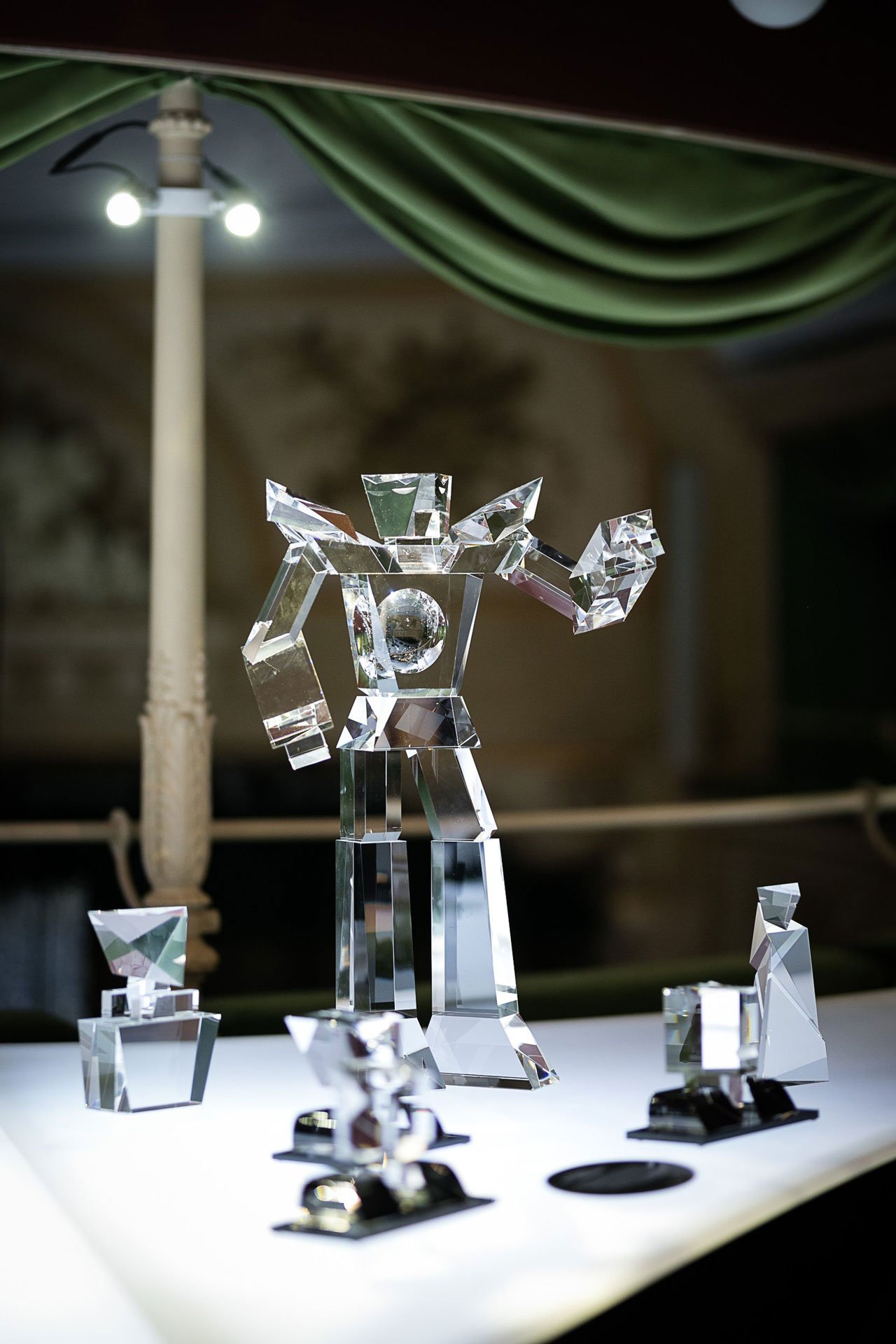
Manabi monsters by Stanislav Müller from the Milano Design Award-winning exhibition "Monster Cabaret" at Teatro Gerolamo by cutting-edge Czech company Lasvit.
Photo © Lasvit.
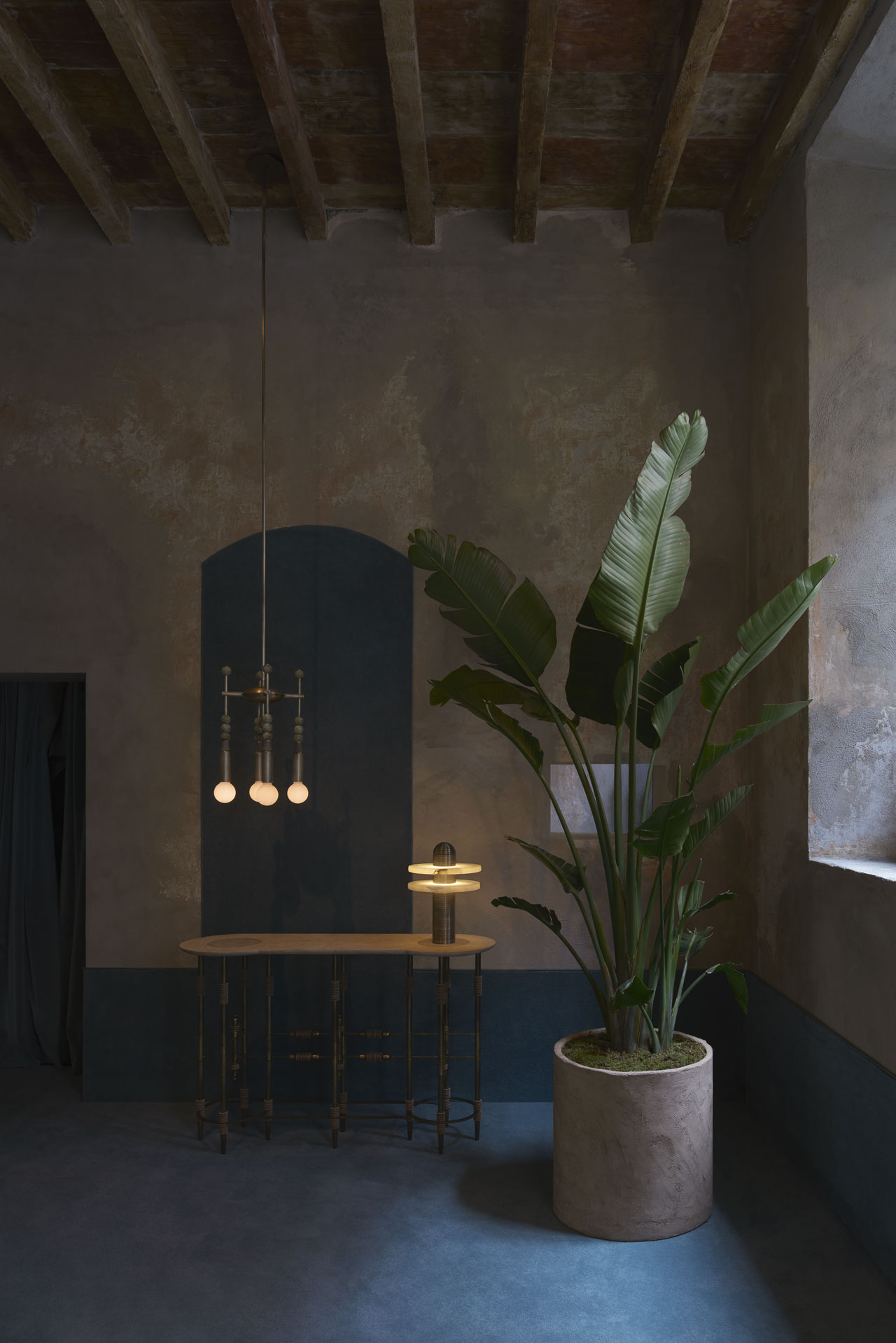
ACT III collection by New York based design studio APPARATUS. The objects in the collection include pieces using Khatam, a marquetry technique which originated in Shiraz; a dining table inspired by the Tombak, a drum that is foundational in Persian music; a group of marble and leather tables that reference nomadic tray tables used across the Middle East to serve tea; a range of alabaster and fluted brass lighting that references Berber jewelry while pushing it through a futurist lens; a semi-precious stone sconce inspired by the details of statues at Persepolis. Photo by Paola Pansini.
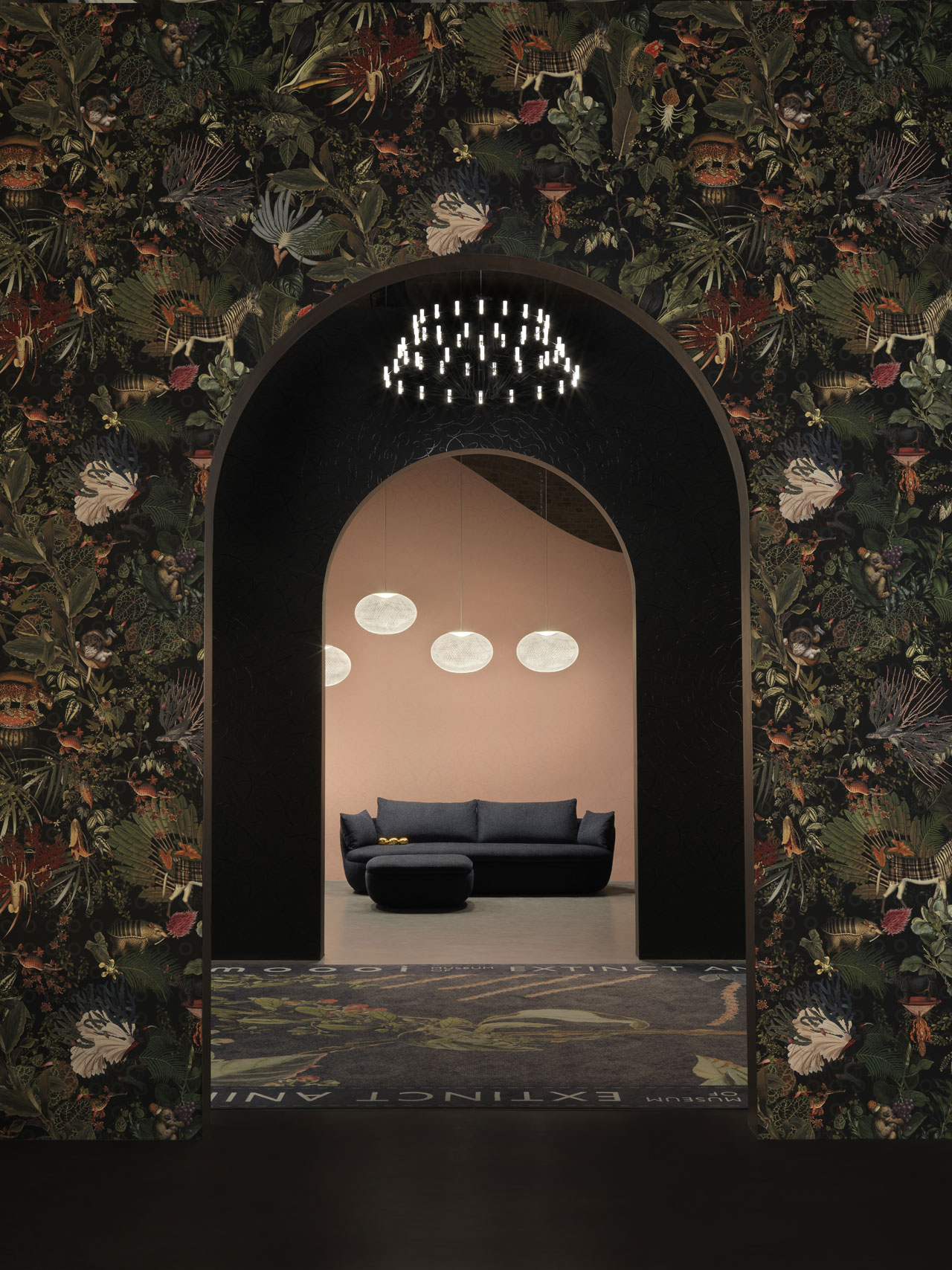
Wallcovering design by Moooi in collaboration with Arte for Moooi's Museum Of Extinct Animals Exhibition. Photo by Andrew Meredith.
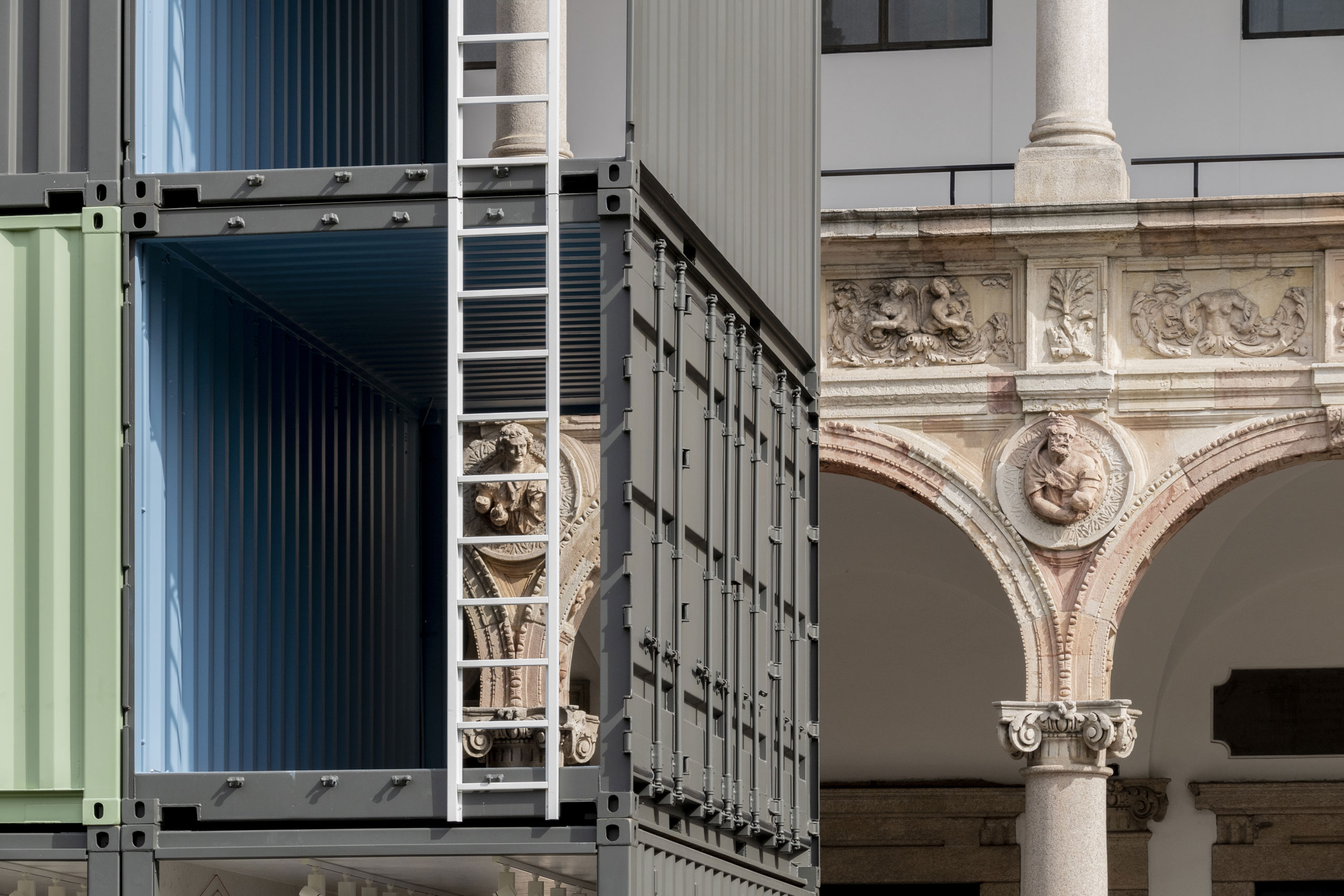
My Dream Home architecture/installation of 12 stacked freight containers (6 x 8,50 x h 12,50 m.) by Piero Lissoni/Lissoni Associati from an idea of Elisabetta Illy and Stefano Guindani in collaboration with DMECO ENGINEERING. (A charity project in favor of Francesca Rava Foundation N.P.H. Italy Onlus). Exhibited at the INTERNI HOUSE IN MOTION exhibition. Photo by Saverio Lombardi Vallauri, Courtesy of INTERNI magazine.
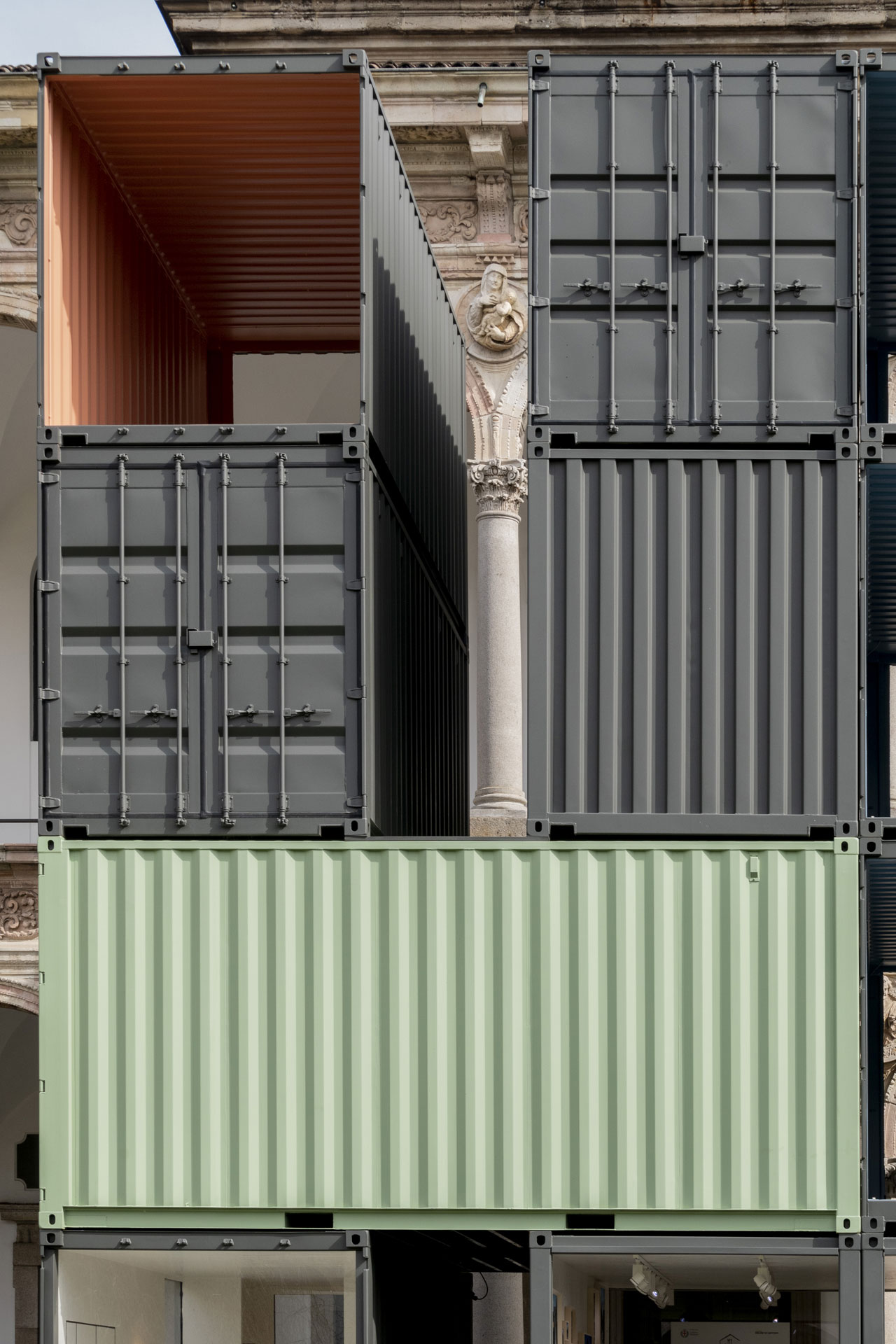
My Dream Home architecture/installation of 12 stacked freight containers (6 x 8,50 x h 12,50 m.) by Piero Lissoni/Lissoni Associati from an idea of Elisabetta Illy and Stefano Guindani in collaboration with DMECO ENGINEERING. (A charity project in favor of Francesca Rava Foundation N.P.H. Italy Onlus). Exhibited at the INTERNI HOUSE IN MOTION exhibition. Photo by Saverio Lombardi Vallauri, Courtesy of INTERNI magazine.
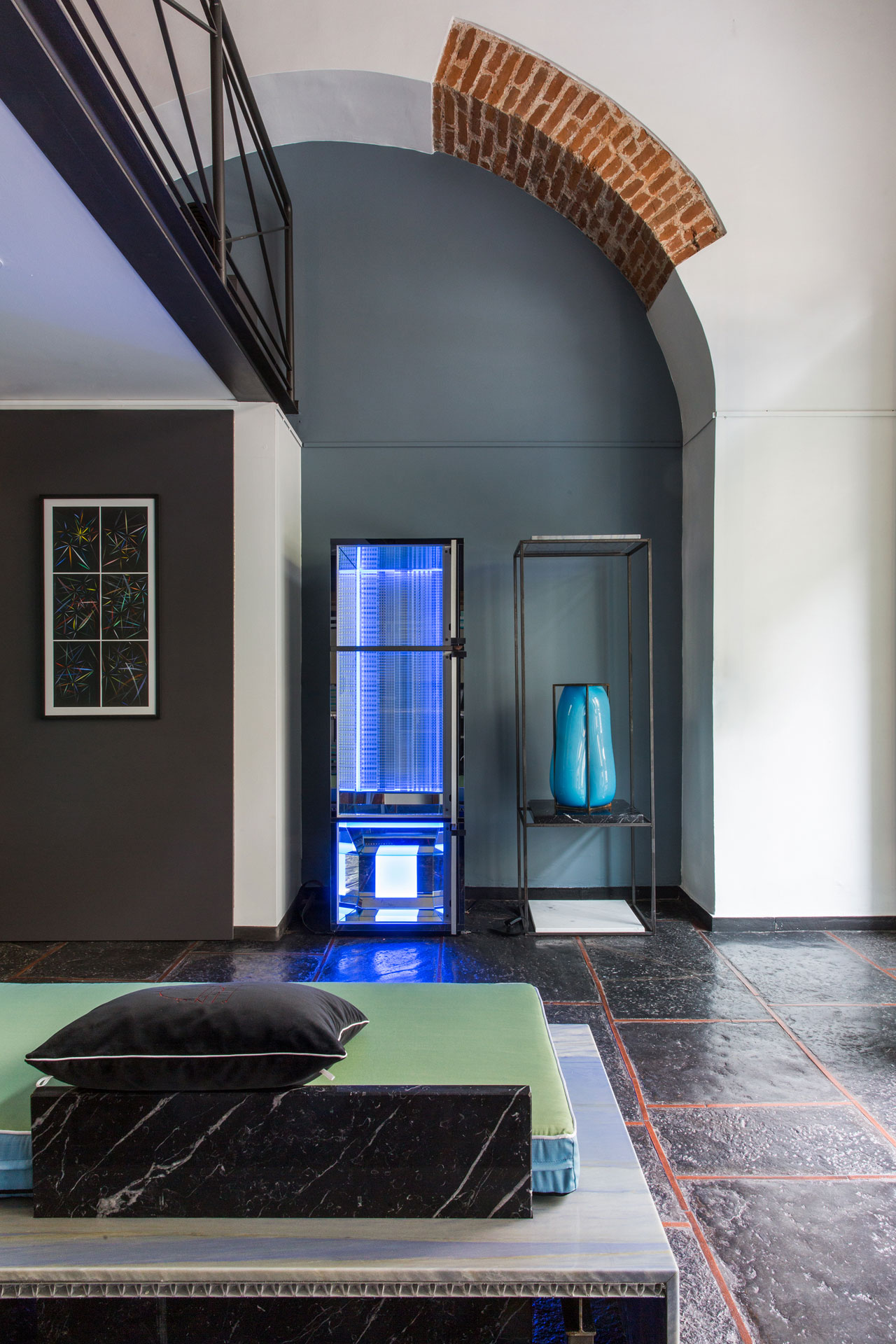
Artist Riccardo Beretta (1982) and architect/designer Marco Parmeggiani (1972) joined forces for a group show at Luca Preti Design Storico on Via San Marco, 24.
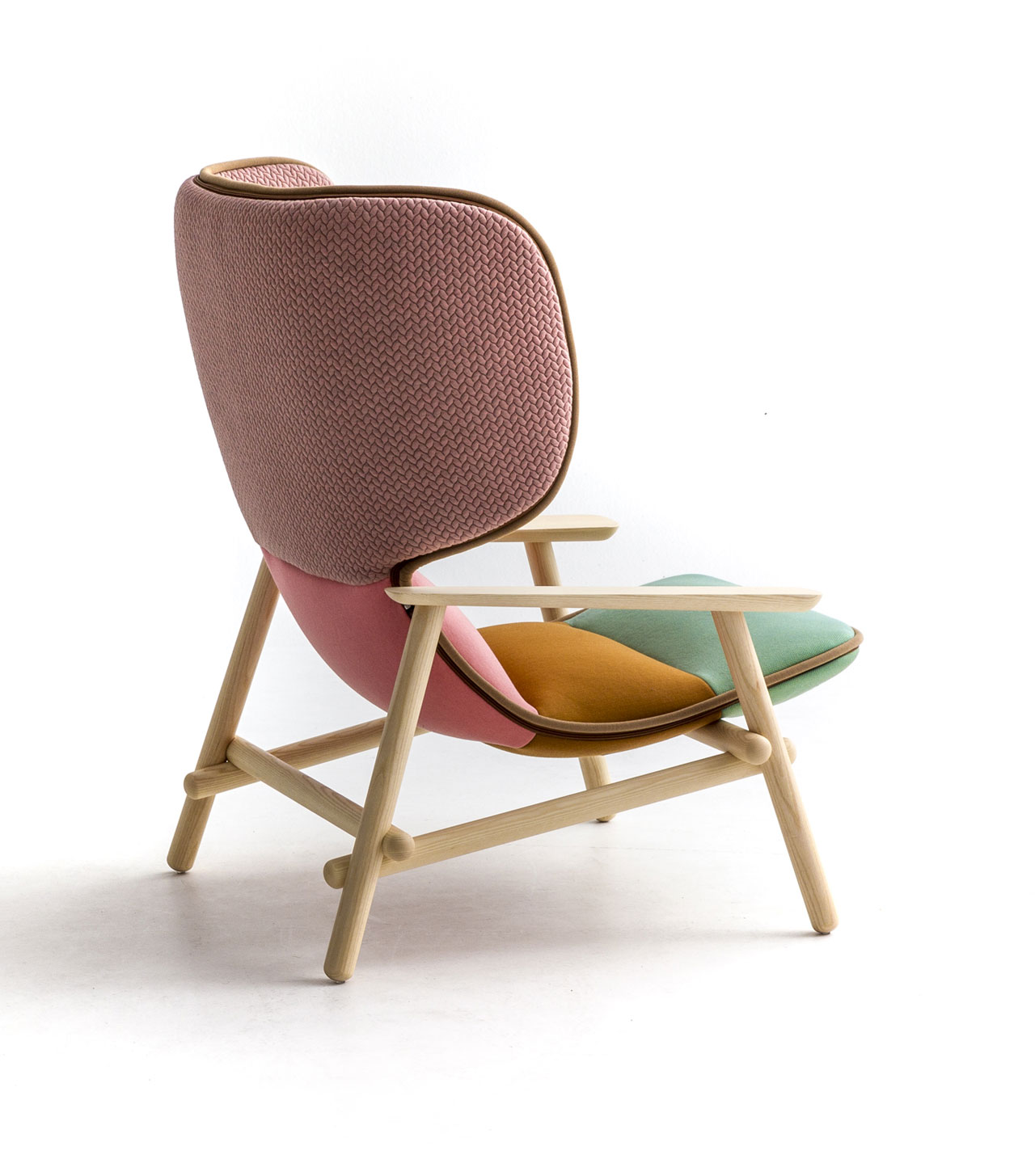
New Lilo armchairs by Patricia Urquiola for MOROSO.
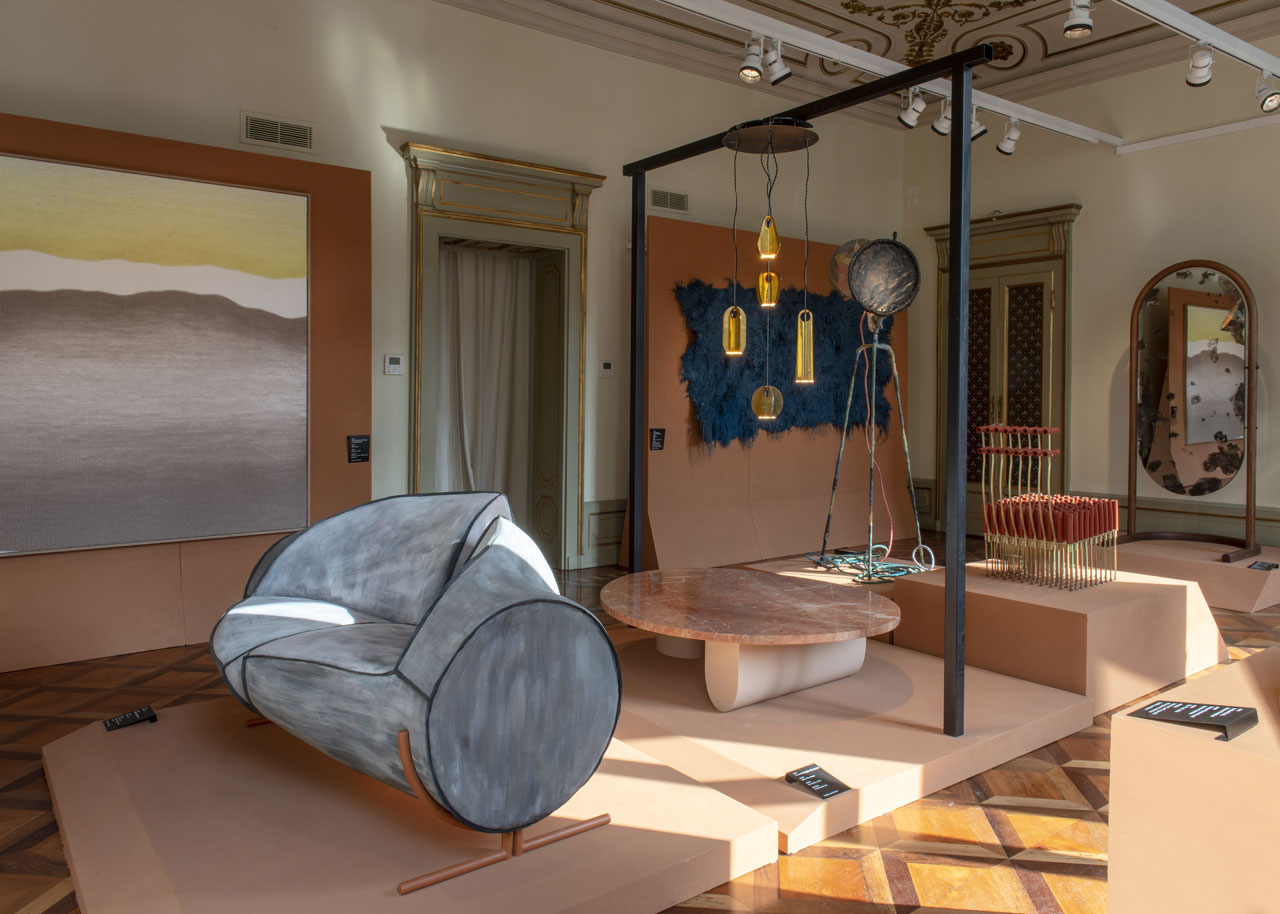
1stdibs, the leading online marketplace for collectors and dealers of beautiful things, presented “A New Breed,” exhibition in a 16th-century building in Milan’s historic Cinque Vie neighborhood, featuring pieces by 1stdibs partner artists, designers, and dealers and 28 new pieces from its New & Custom category, which is dedicated to contemporary material.
Photo © 1stdibs.
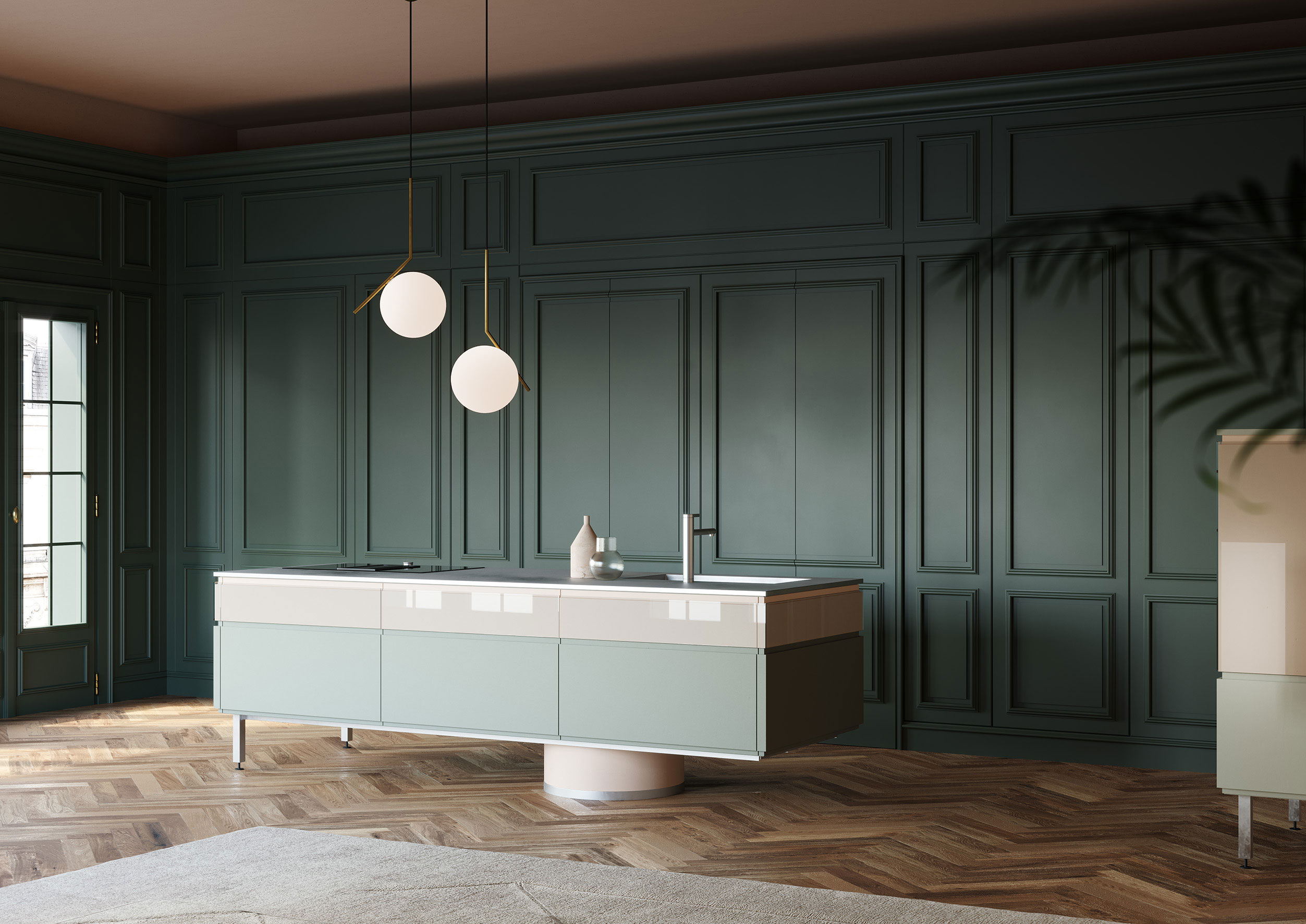
Archetipo kitchen design by L’Ottocento.
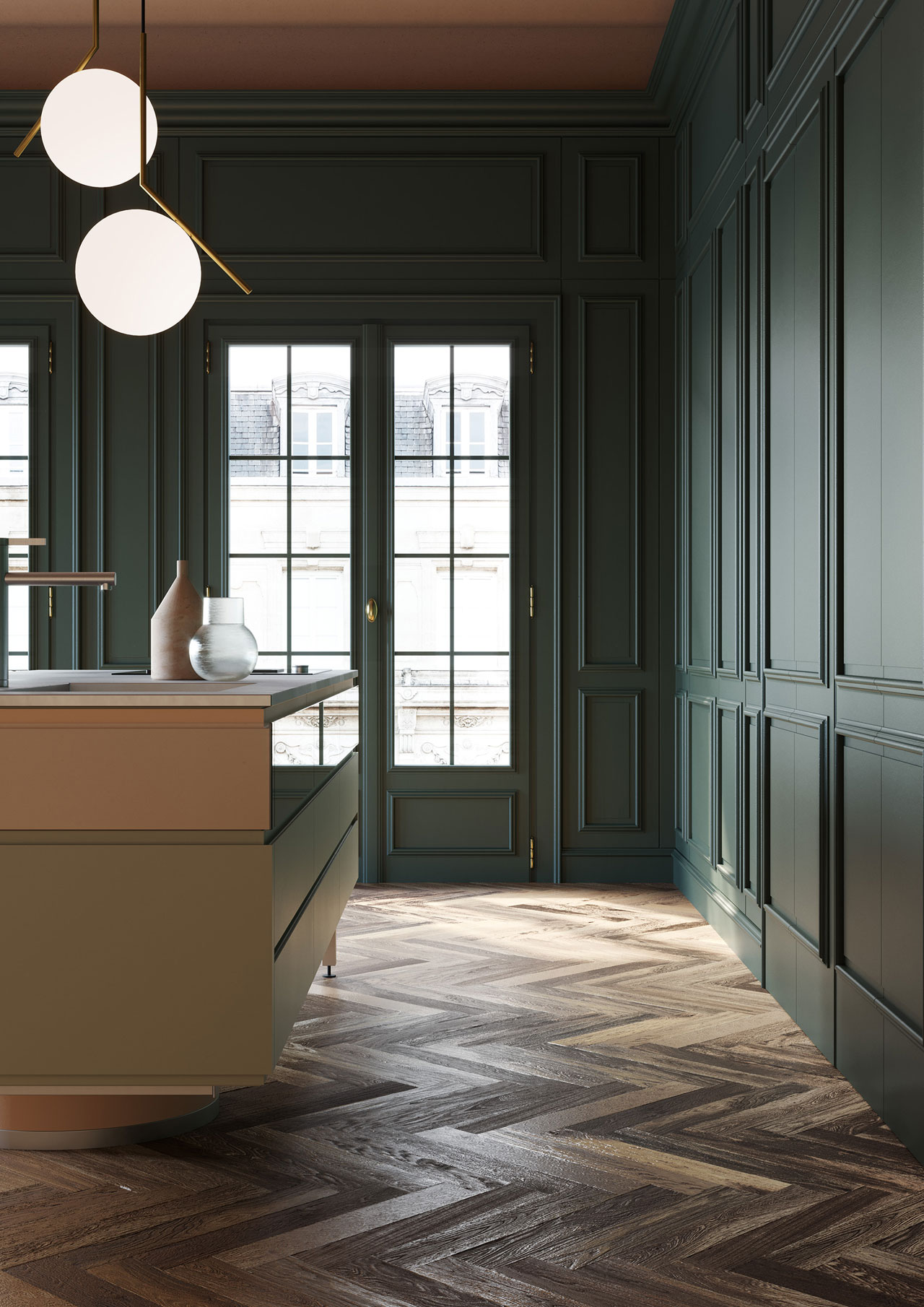
Archetipo kitchen design by L’Ottocento.
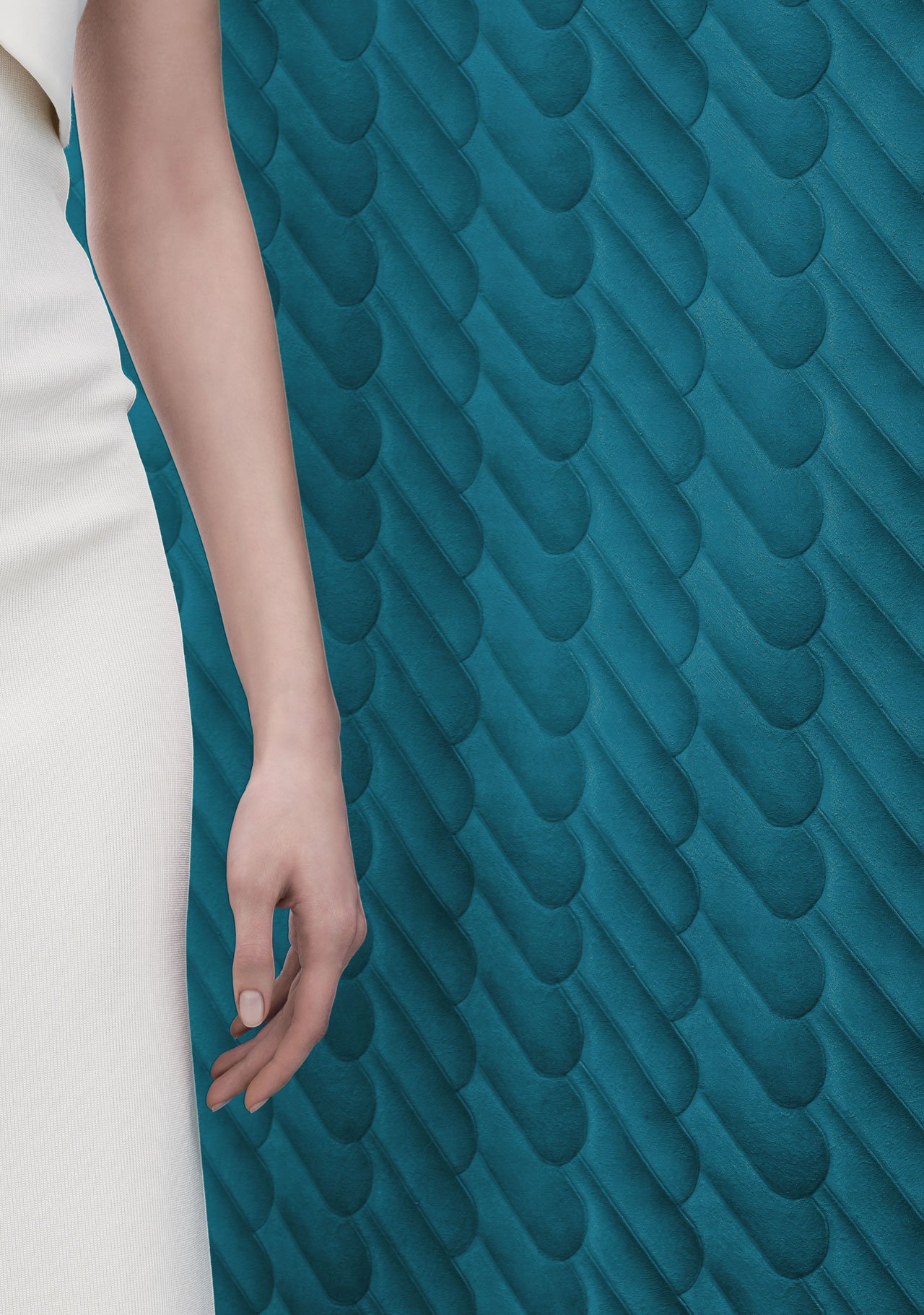
KAZE Essential Wallpaper by Studiopepe for Wall&decò.
Photo by Lorenzo Pennati.
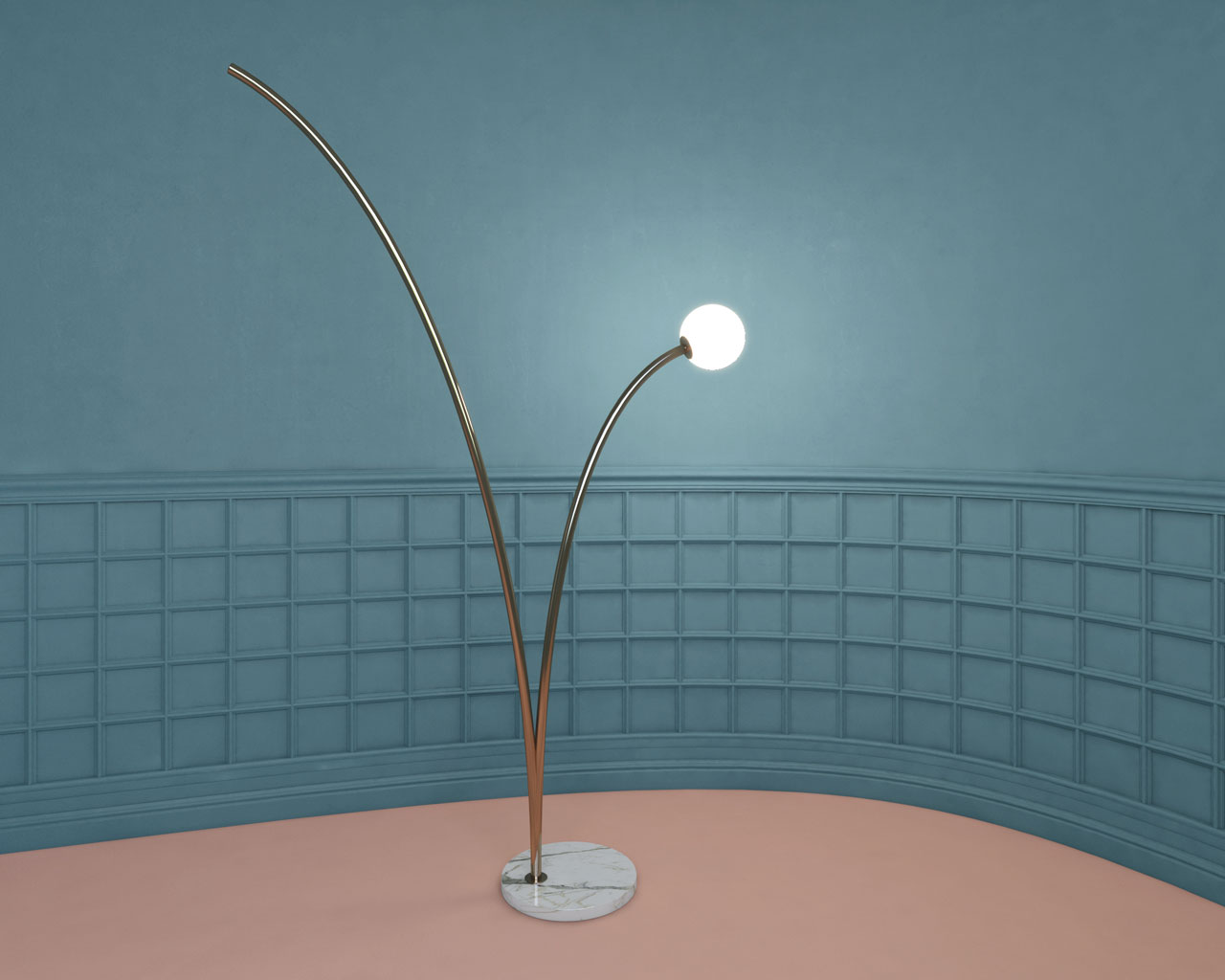
BALZO floor lamp by Studio Lievito. A curved metal tube simulates the ascending and descending parabola of a sphere during a rebound.
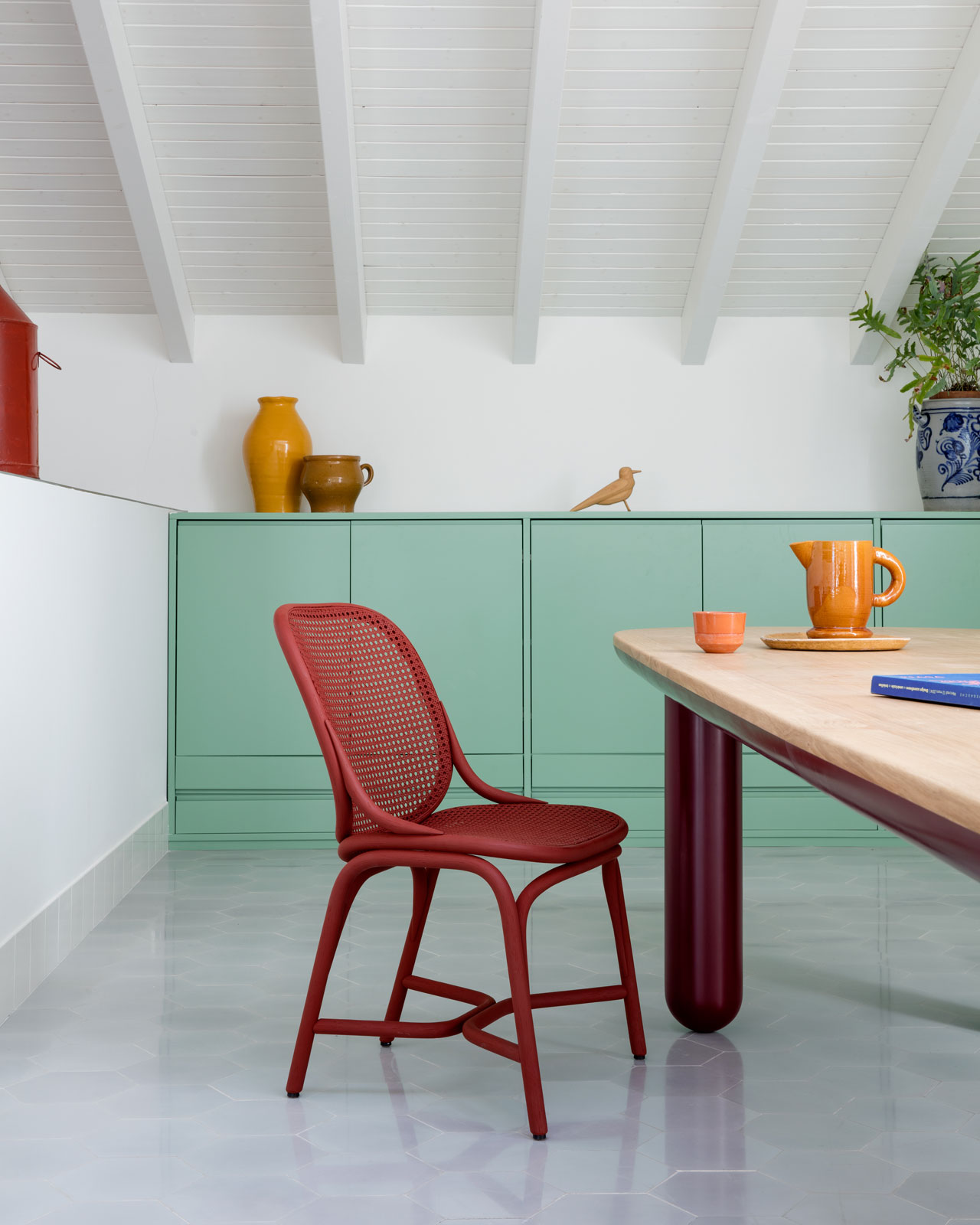
The New FRAMES Chairs & Armchairs collection by Jaime Hayon for Expormim. Photo © Klunderbie.

Donut outdoor stool by Japanese designer Mikiya Kobayashi for diabla - a new brand of outdoor furniture, accessories and complementary items by GANDIABLASCO.
Material: Polyurethane foam rubber covered with water-proof fabric. Removeable upholstery. Textured powder-coated metal structure.
Sizes: 44 x 47 cm (17’’ x 18’’).
Colours: White, red, pink, grey, anthracite, blue, green olive, mustard.
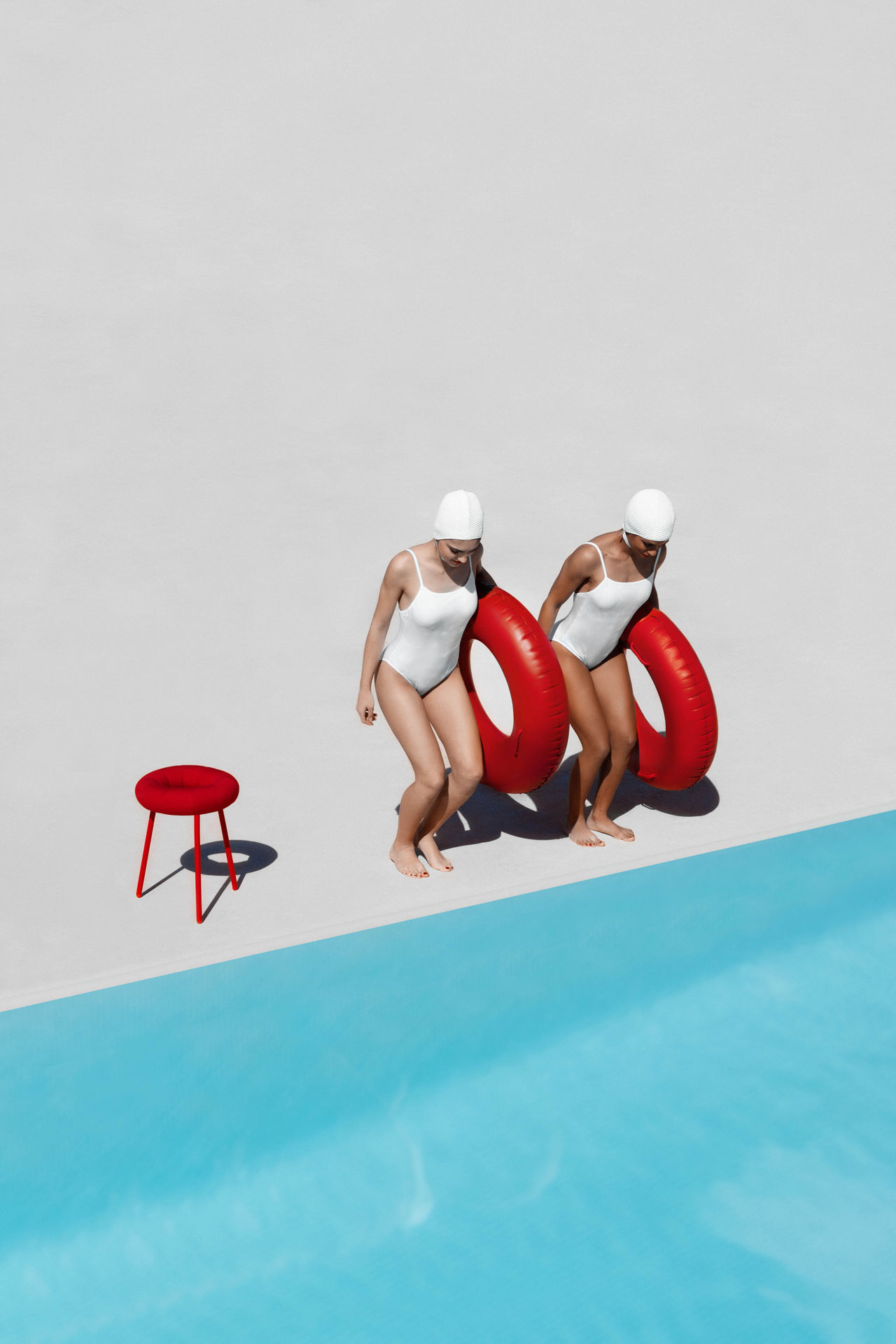
Donut outdoor stool by Japanese designer Mikiya Kobayashi for diabla - a new brand of outdoor furniture, accessories and complementary items by GANDIABLASCO.
Material: Polyurethane foam rubber covered with water-proof fabric. Removeable upholstery. Textured powder-coated metal structure.
Sizes: 44 x 47 cm (17’’ x 18’’).
Colours: White, red, pink, grey, anthracite, blue, green olive, mustard.
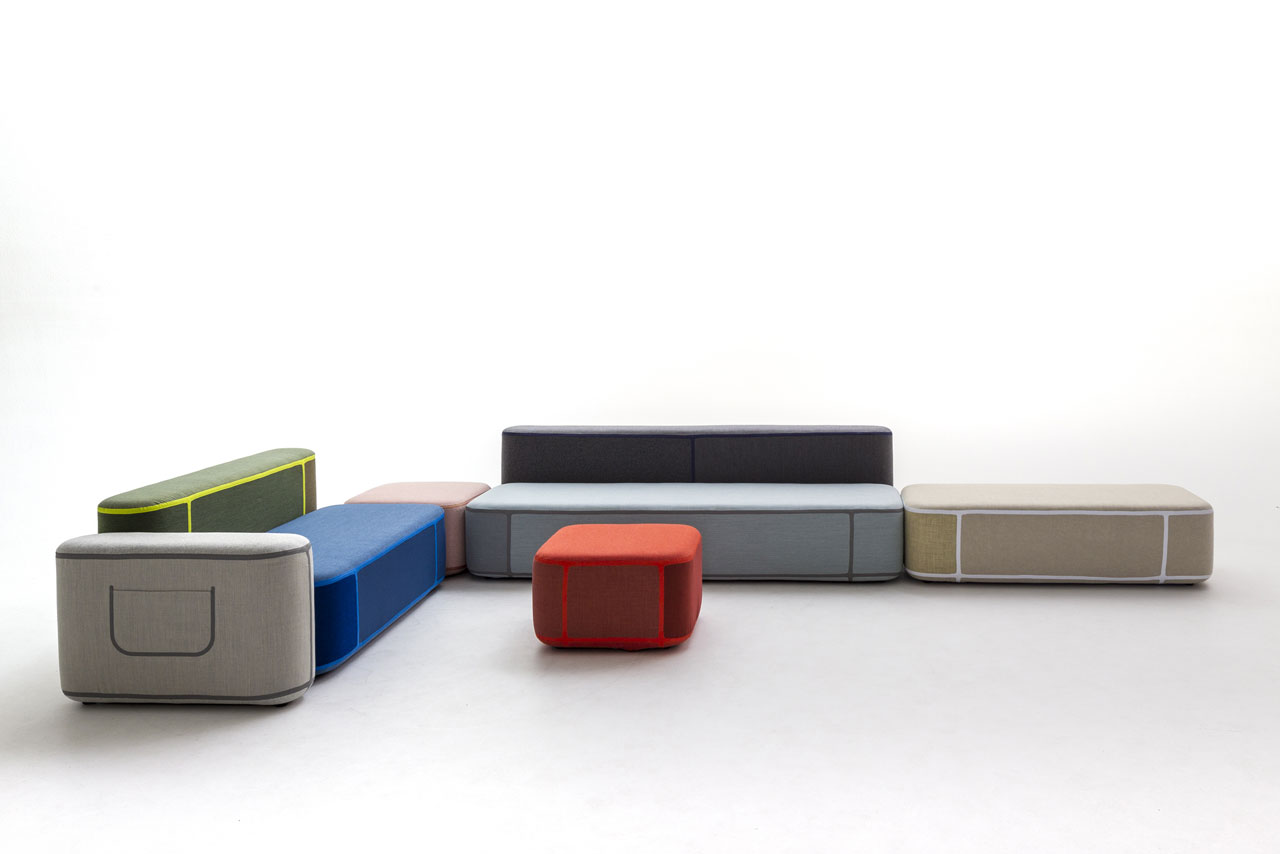
TAPE modular range of seats (and small tables) by Benjamin Hubert for MOROSO.

From left to right: Michele De Lucchi, Achille Castiglioni, Riccardo Dalisi and Alessandro Mendini from the Most Illustrious three-dimensional ceramic figure collection by Elena Salmistraro for Bosa Ceramiche.
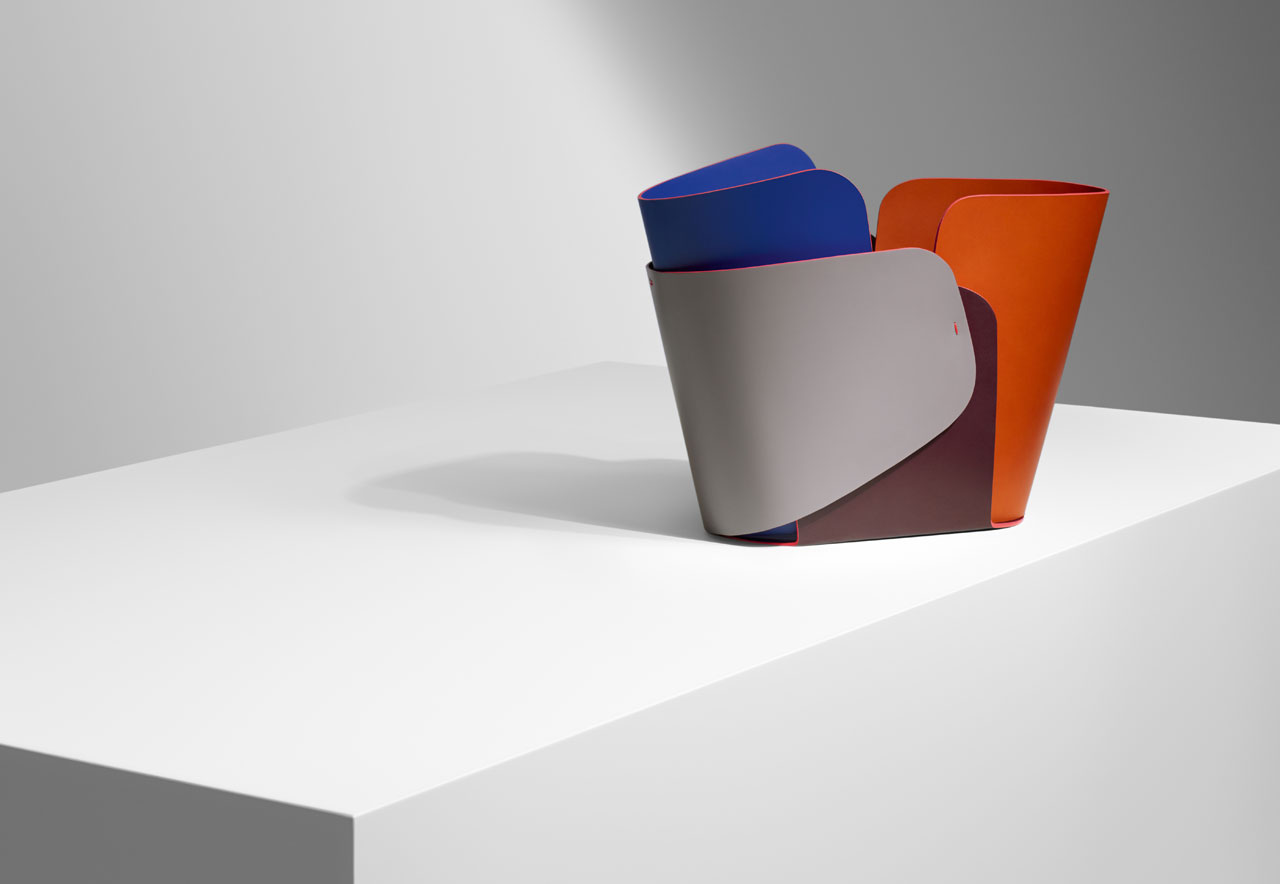
Overlay Bowl by Patricia Urquiola for the new Louis Vuitton Les Petits Nomades collection.
Photo by Philippe Lacombe.
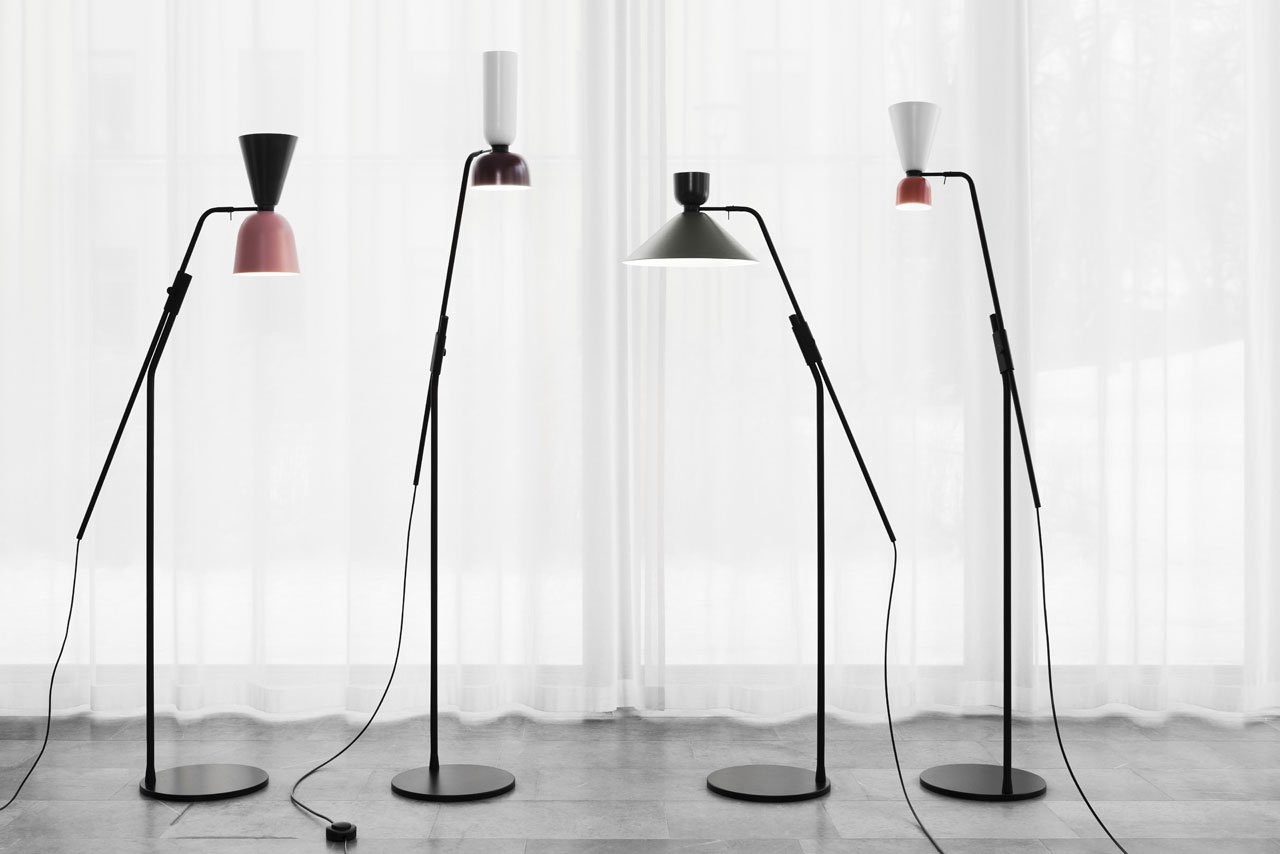
ALPHABETA floor lamps by Luca Nichetto for HEM.
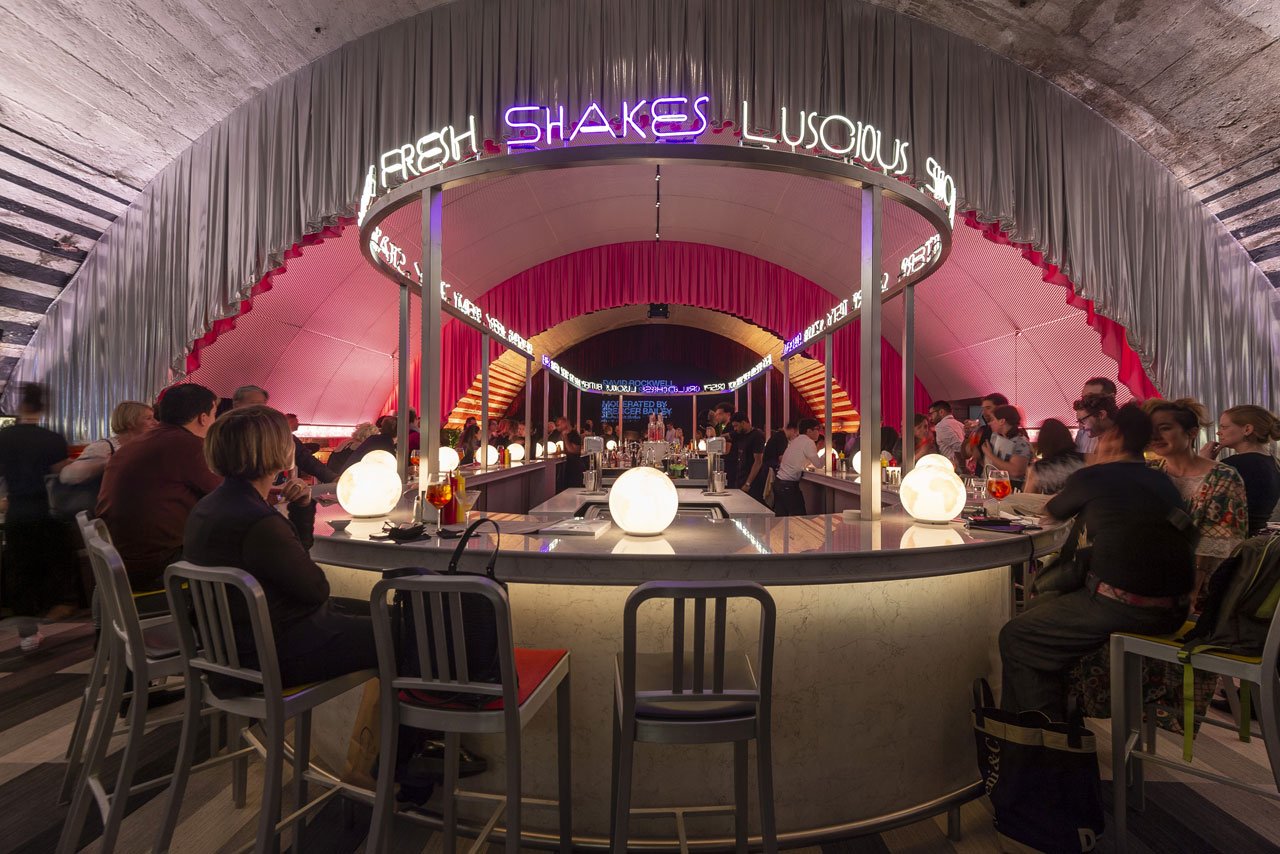
Cosentino Group has partnered with American design magazine Surface, architect David Rockwell and design studio 2x4 in the creation of The Diner at Ventura Centrale.
Photo by Claudio Grassi.
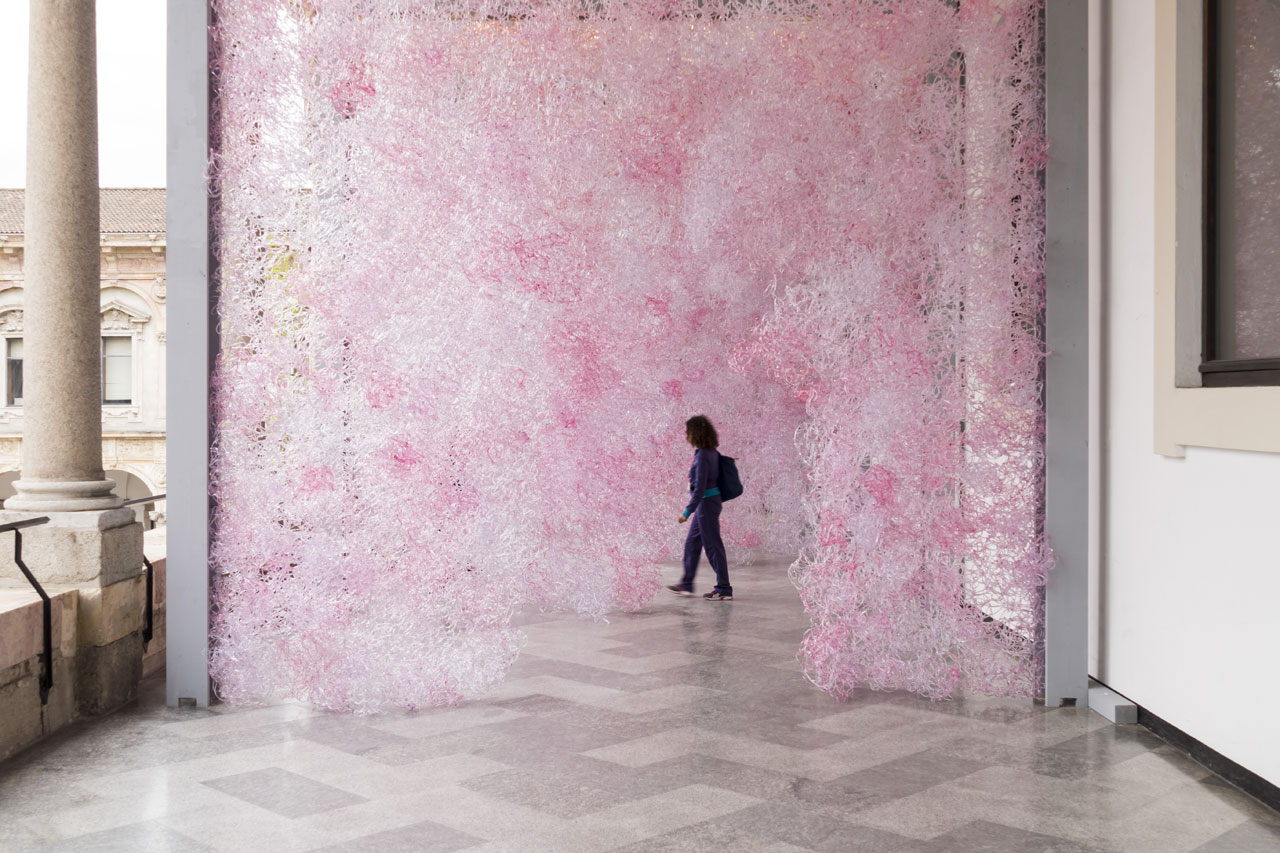
The designer and artist Jacopo Foggini interpreted the world of Amo Ferragamo, the new fragrance of Ferragamo Parfums, with Limbo a site-specific installation to cross, explore and remember. An aerial labyrinth composed of modules of polycarbonate stranded hanging from a wooden structure in the upper loggia of the Cortile d’Onore of Ca’ Granda as part of the INTERNI HOUSE IN MOTION exhibition. Photo by Saverio Lombardi Vallauri, Courtesy of INTERNI magazine.
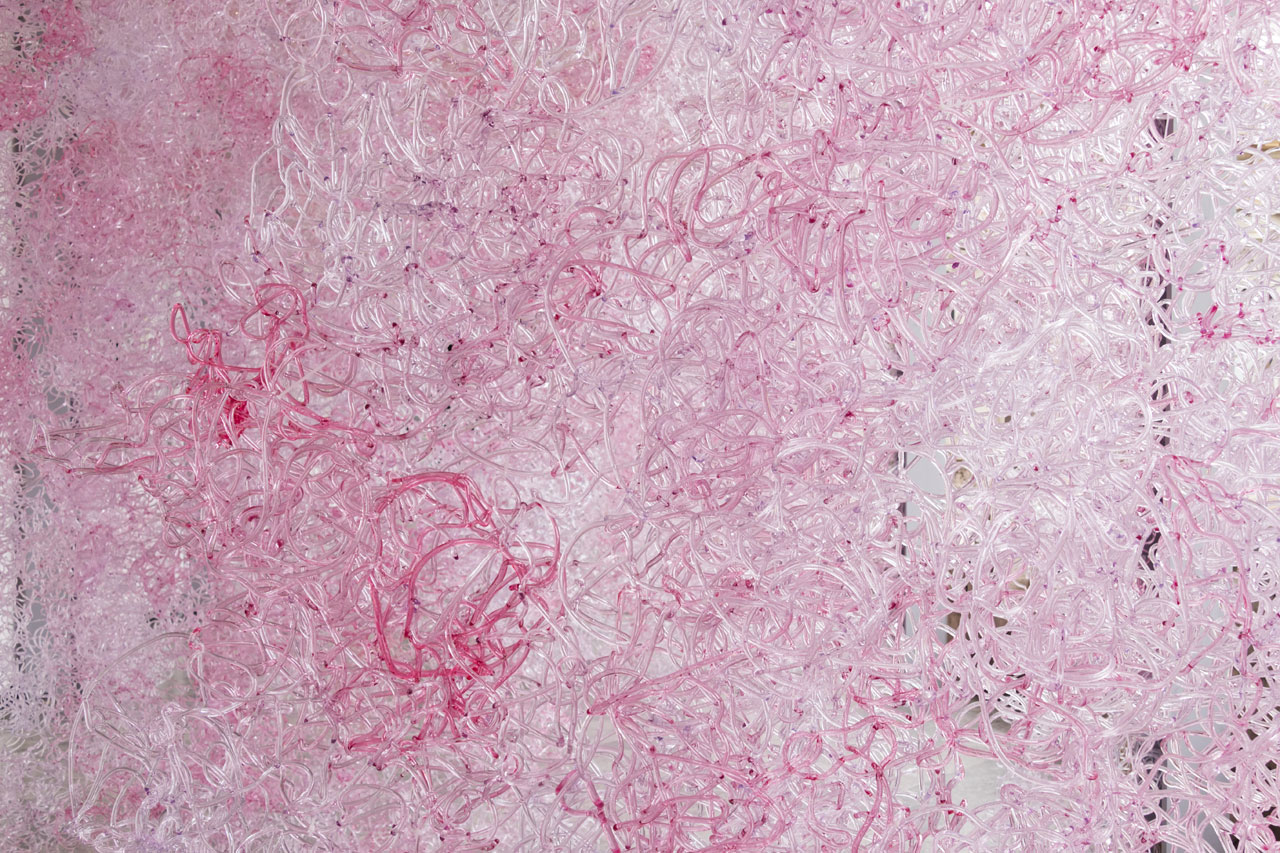
The designer and artist Jacopo Foggini interpreted the world of Amo Ferragamo, the new fragrance of Ferragamo Parfums, with Limbo a site-specific installation to cross, explore and remember. An aerial labyrinth composed of modules of polycarbonate stranded hanging from a wooden structure in the upper loggia of the Cortile d’Onore of Ca’ Granda as part of the INTERNI HOUSE IN MOTION exhibition. Photo by Saverio Lombardi Vallauri, Courtesy of INTERNI magazine.
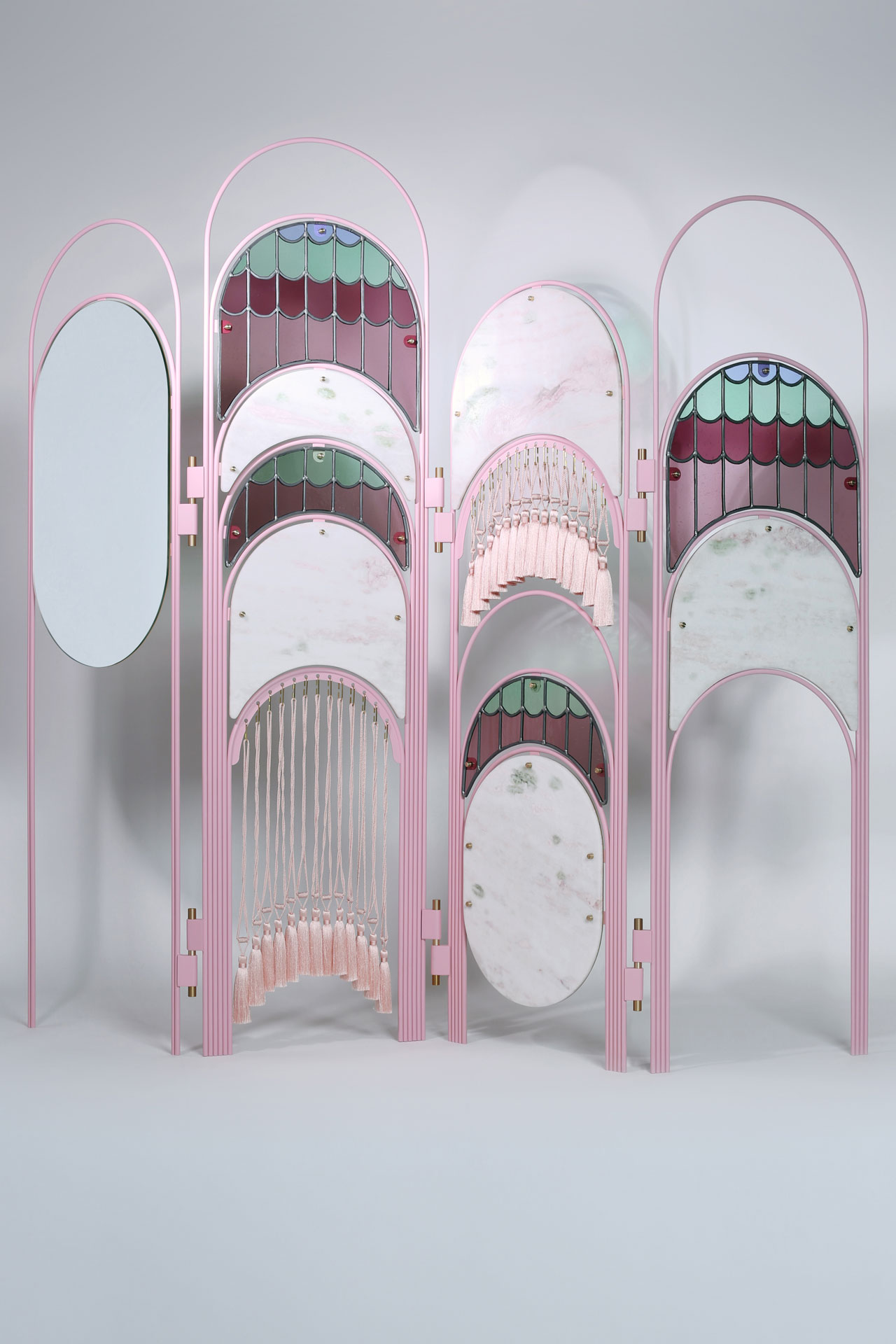
HAWA Beirut (Arabic: a light summer breeze or even a deep love, a passion toward someone or something) by Richard Yasmine. A collection of light or airy furniture inspired from the arches of the Lebanese architecture.
Photo by BizarreBeirut.
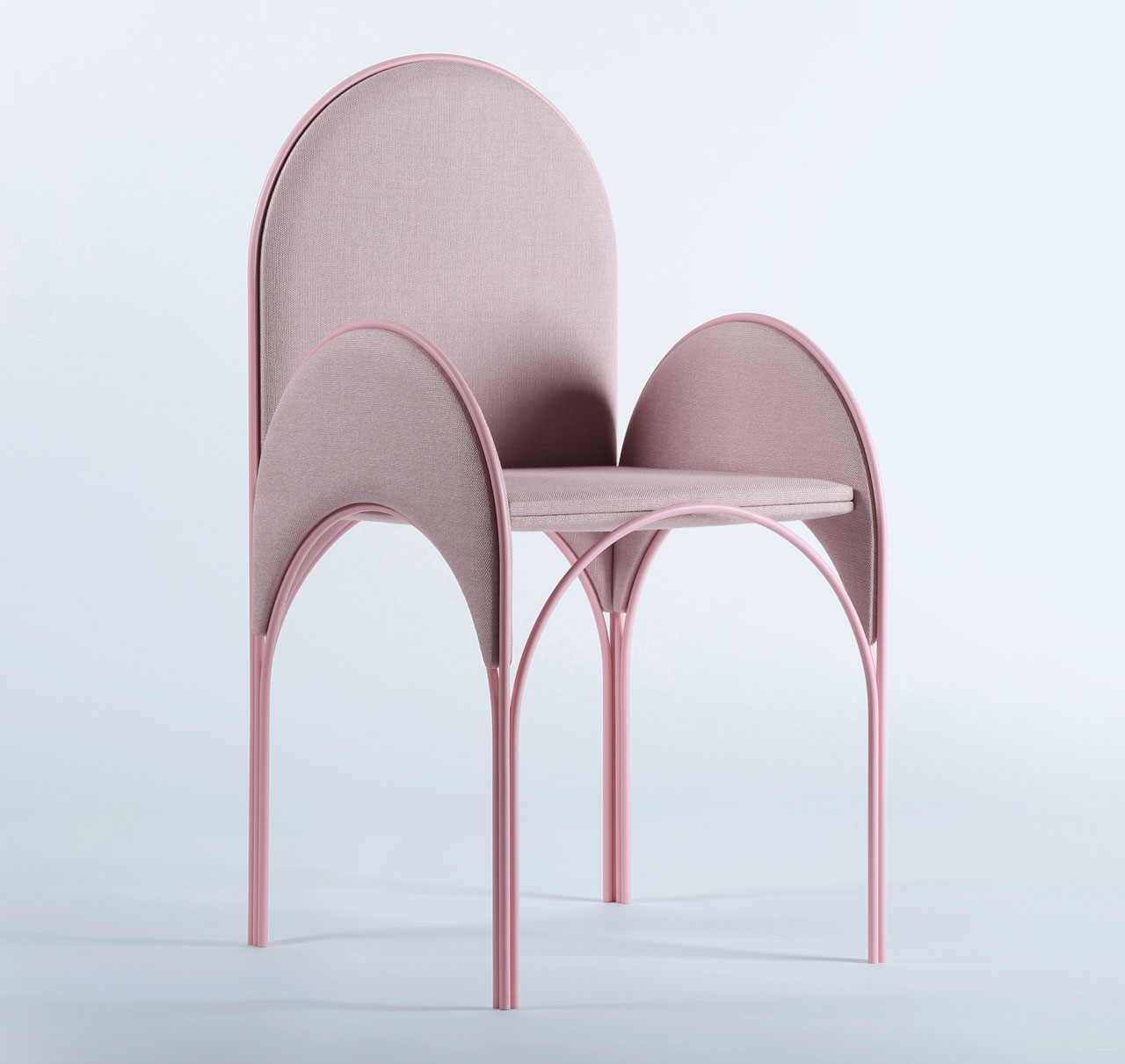
HAWA Beirut (Arabic: a light summer breeze or even a deep love, a passion toward someone or something) by Richard Yasmine. A collection of light or airy furniture inspired from the arches of the Lebanese architecture.
Photo by BizarreBeirut.

BLISS ROUND BLUE by Studio Mae Engelgeer for cc-tapis.
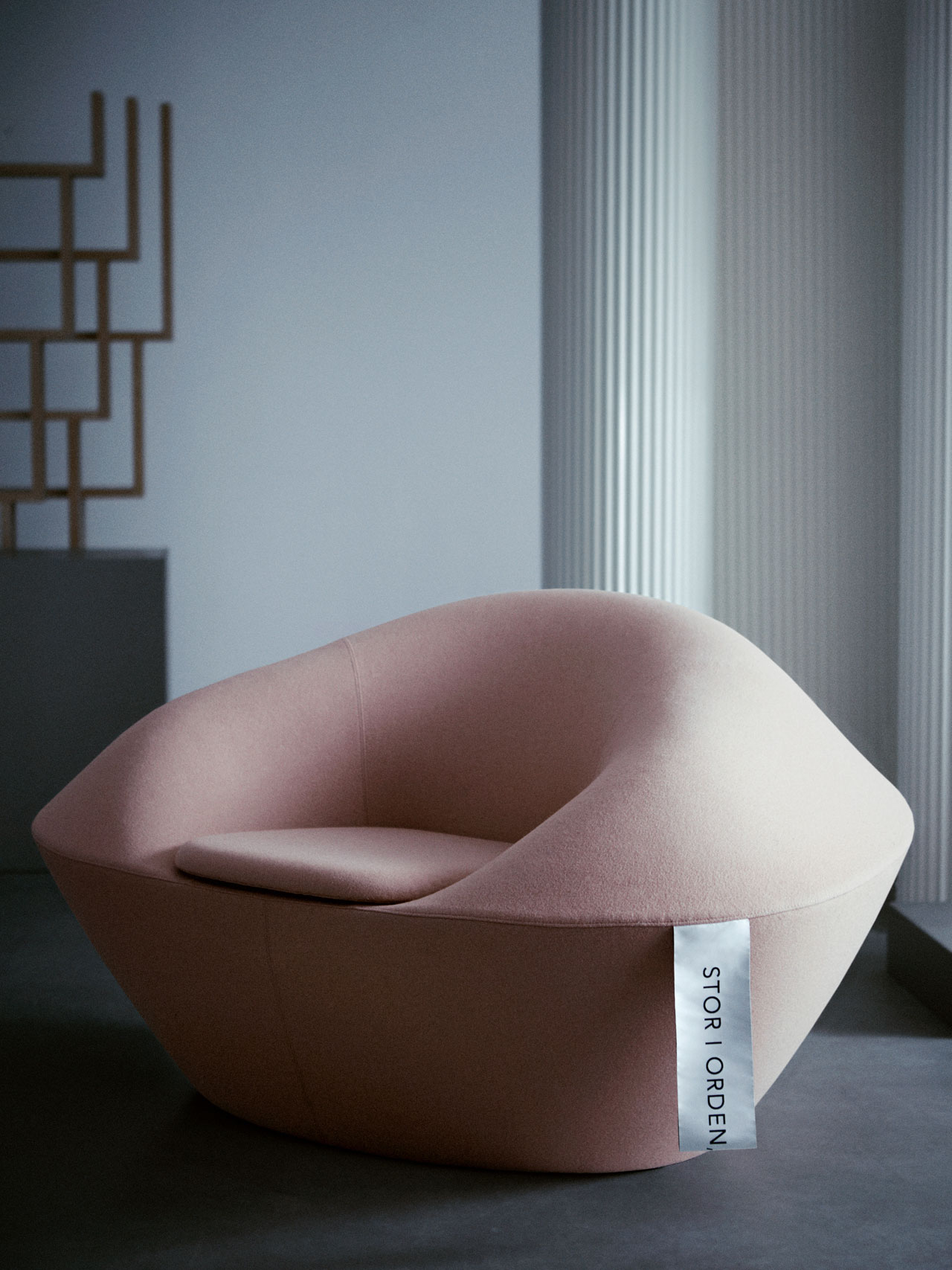
Eleven graduates and alumni from Beckmans College of Design made their first appearance on the international design scene during Milan Design Week. Their work was displayed in the Swedish collaborative exhibition Hemma – Stories of Home, curated by the Stockholm-based Joyn studio.
Pictured: Fortuna by Hanna Stenström and Jennie Adén for Materia. A large, organic piece of furniture inspired by the shape of a fortune cookie and emphasizing Materia’s expertise in needlework.
Photo by Rikard Lilja.
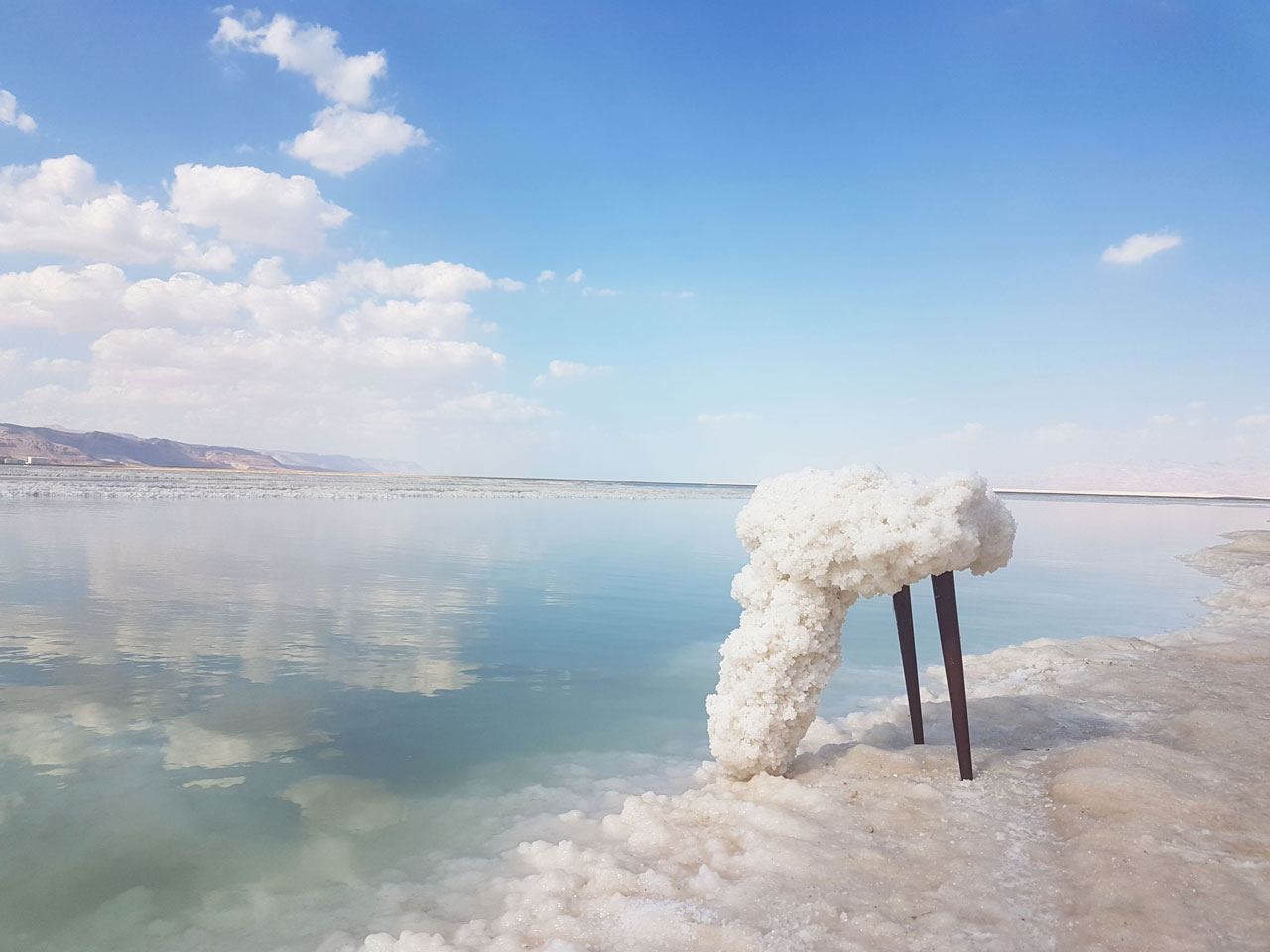
SALTS stools from the “VEGAN DESIGN – Or the Art of Reduction” exhibition by Israeli designer Erez Nevi Pana curated by Maria Cristina Didero. “Finished with a vegan glue invented by the designer himself, Salts stools are made with carpenter’s wood waste, immersed in water and fixed to the sea bottom; salt random crystallization on surfaces generates pure white foulings which gives a new shape and thickness to the original objects with a layer of natural salt becoming a new skin for the original object. The transformation occurs in an unpredictable way. Salt escapes the author’s control and it is an extraordinary example of the power of nature and time."
Photo © Claudia Rothkagel.
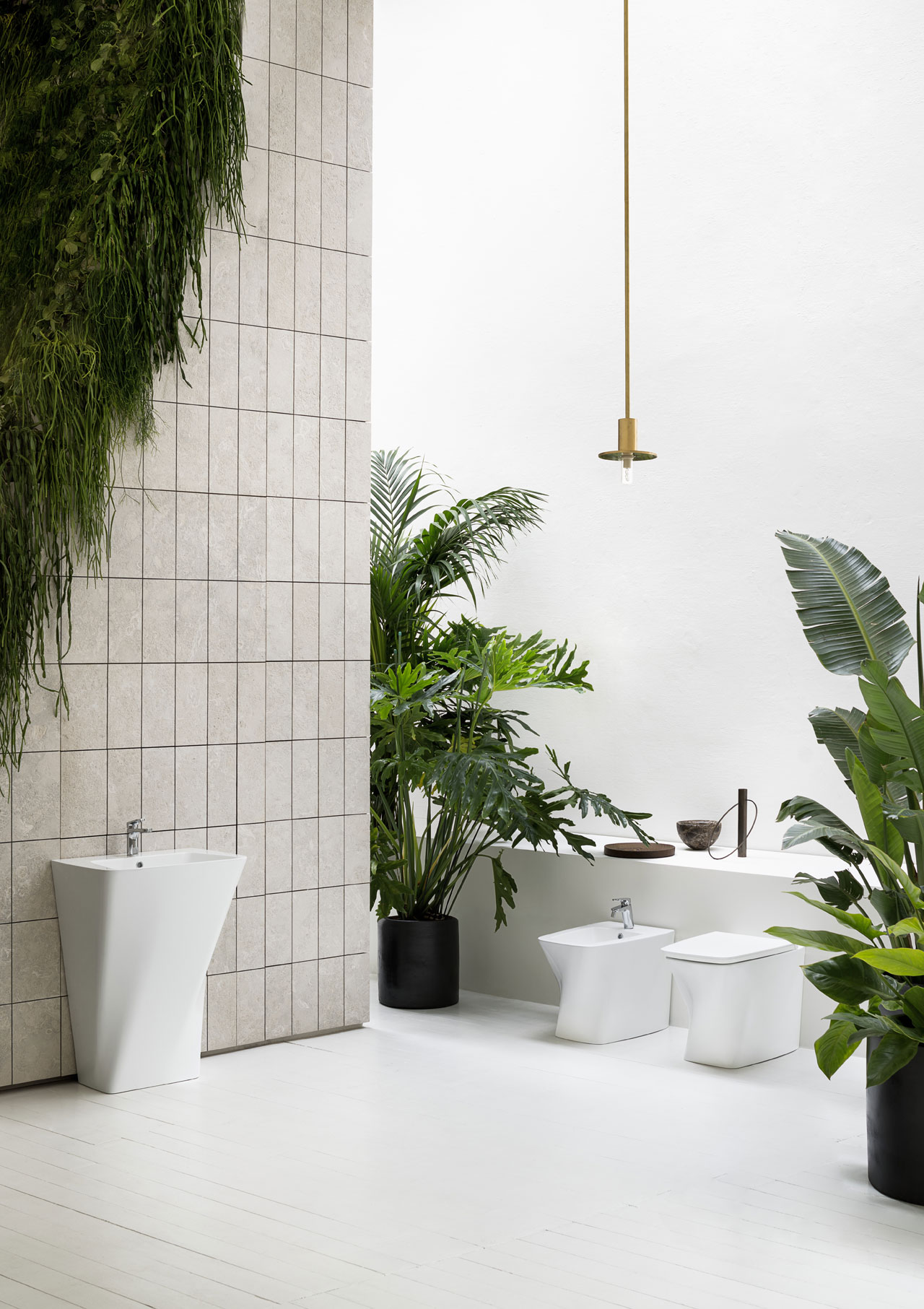
Daniel Libeskind reimagined the ceramic basin as sculpture for the Hera collection by Azzurra.
Photo © Giorgio Possenti.
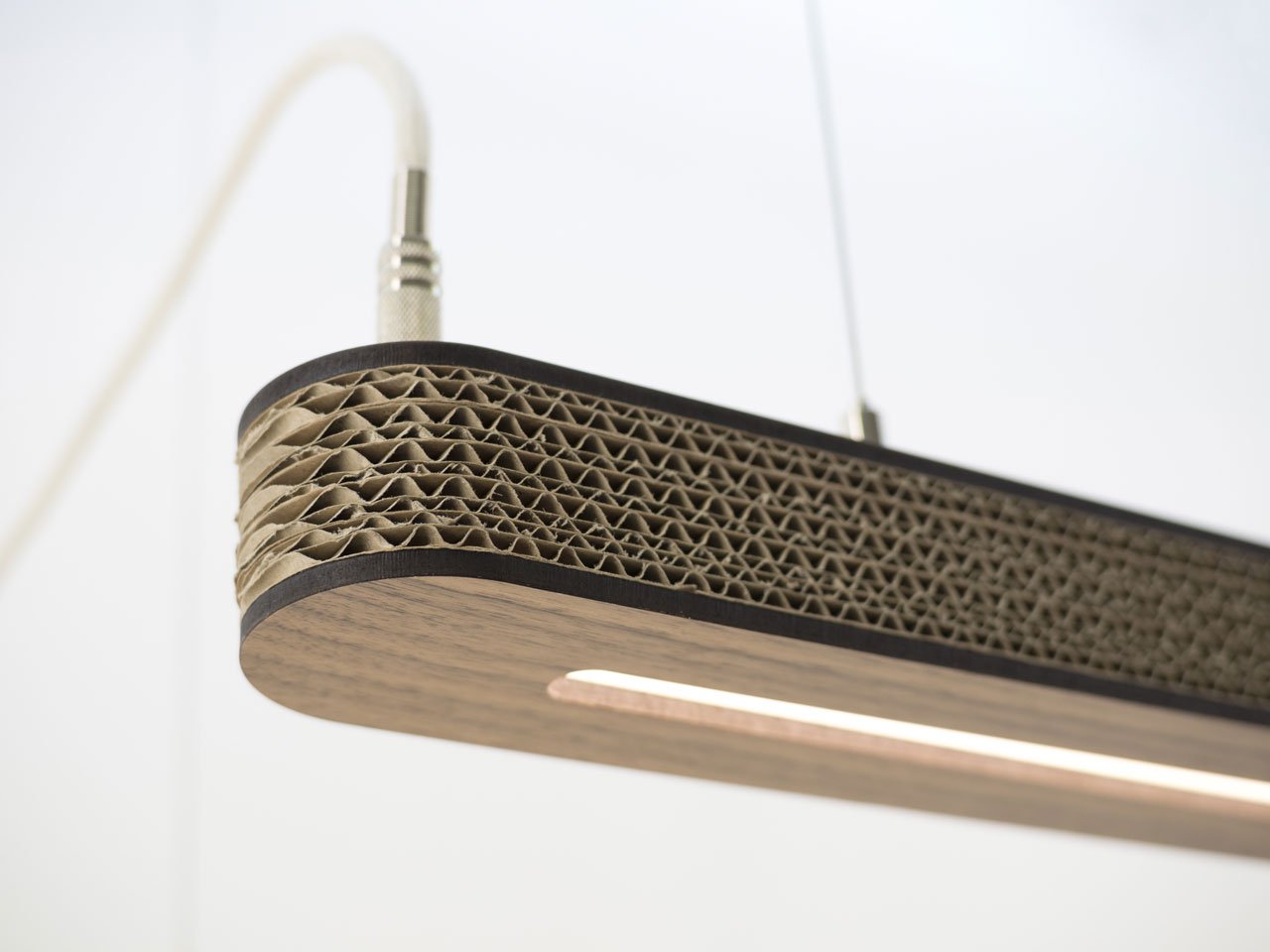
Cartoni 900: Lightweight LED-light in cardboard by Wisse Trooster for Cartoni Design.
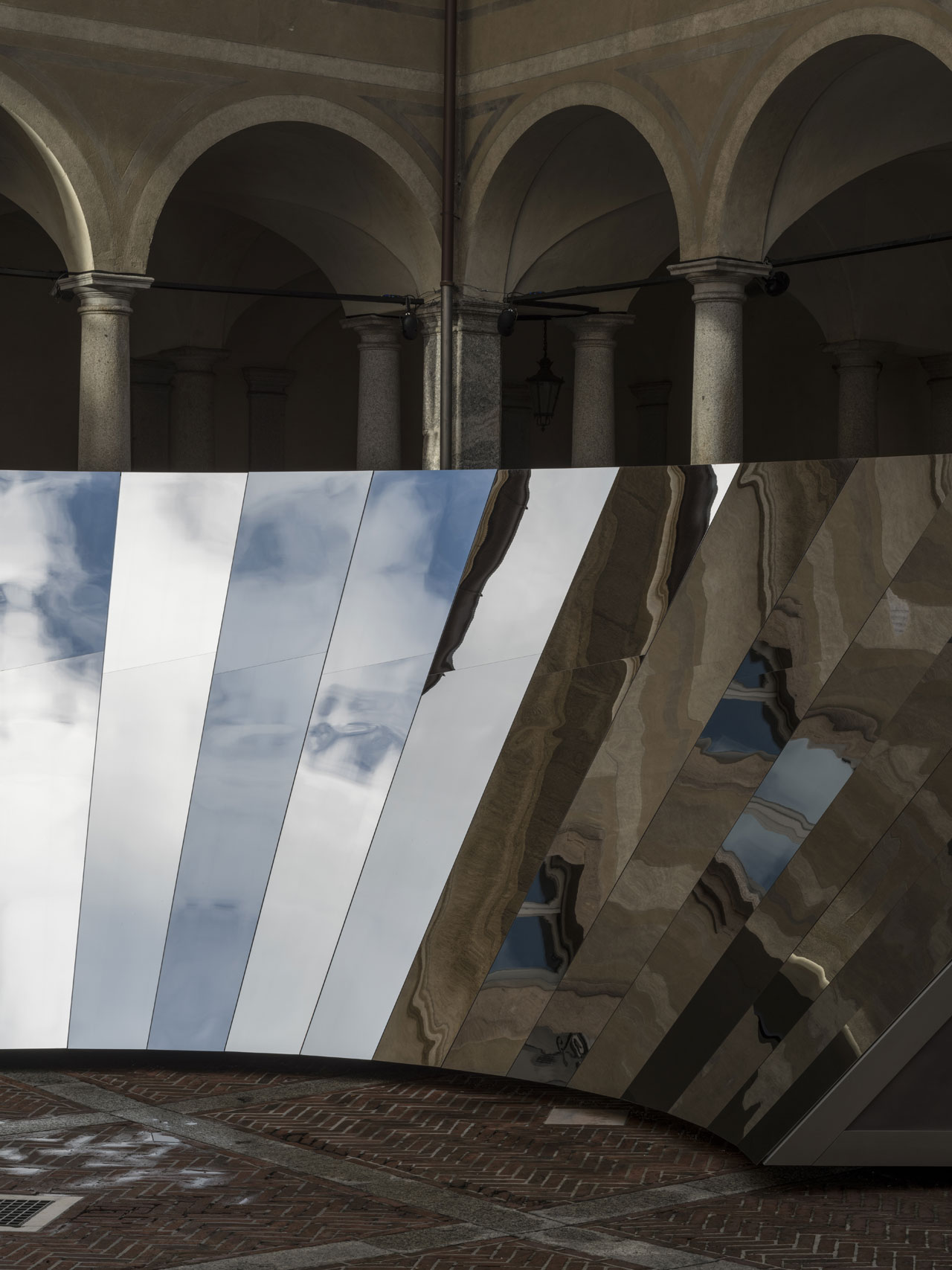
OPEN SKY installation by Phillip K. Smith III for COS at Palazzo Isimbardi.
Photo by Lance Gerber.
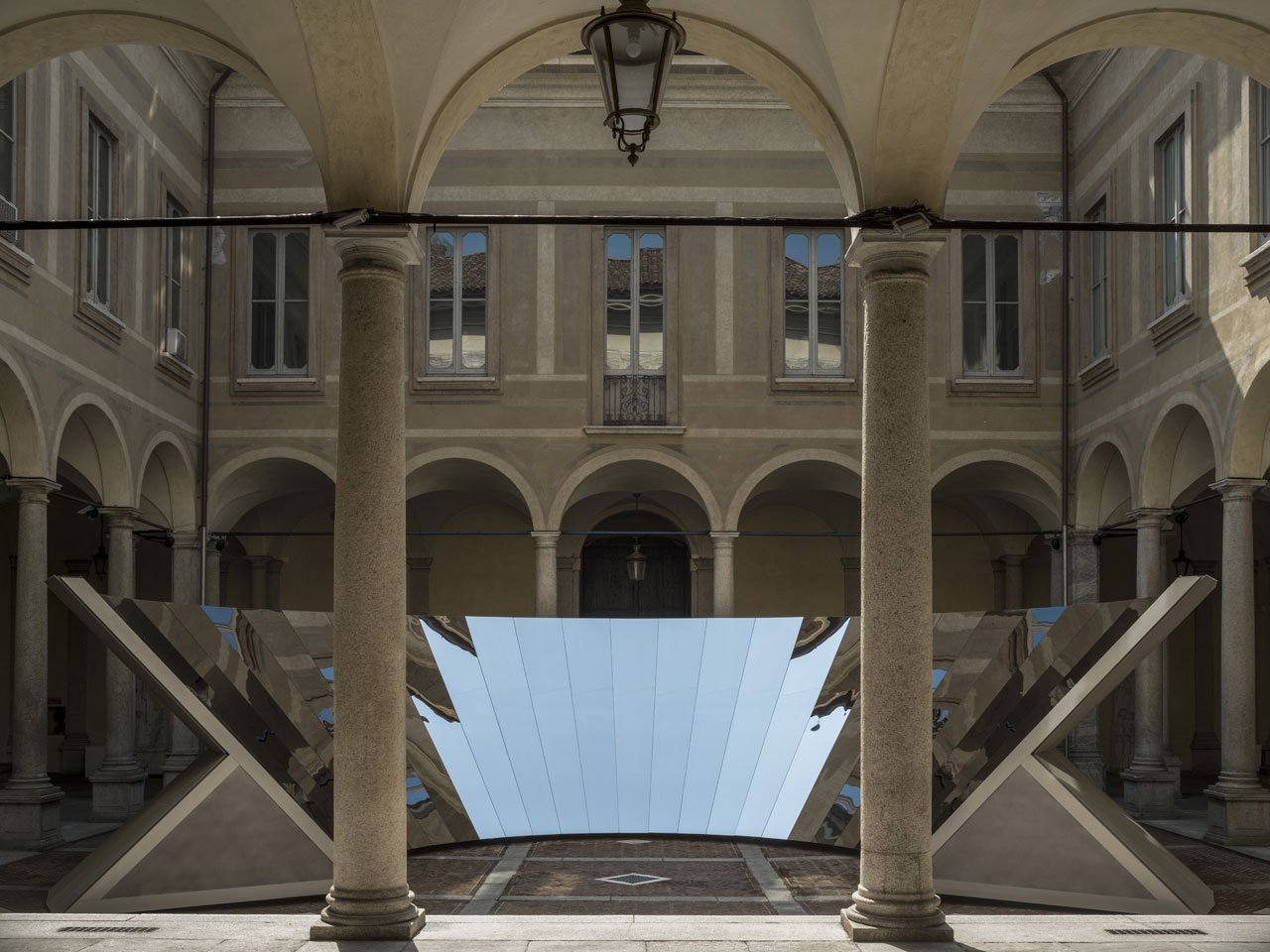
OPEN SKY installation by Phillip K. Smith III for COS at Palazzo Isimbardi.
Photo by Lance Gerber.
COS × Phillip K. Smith III | Open Sky.
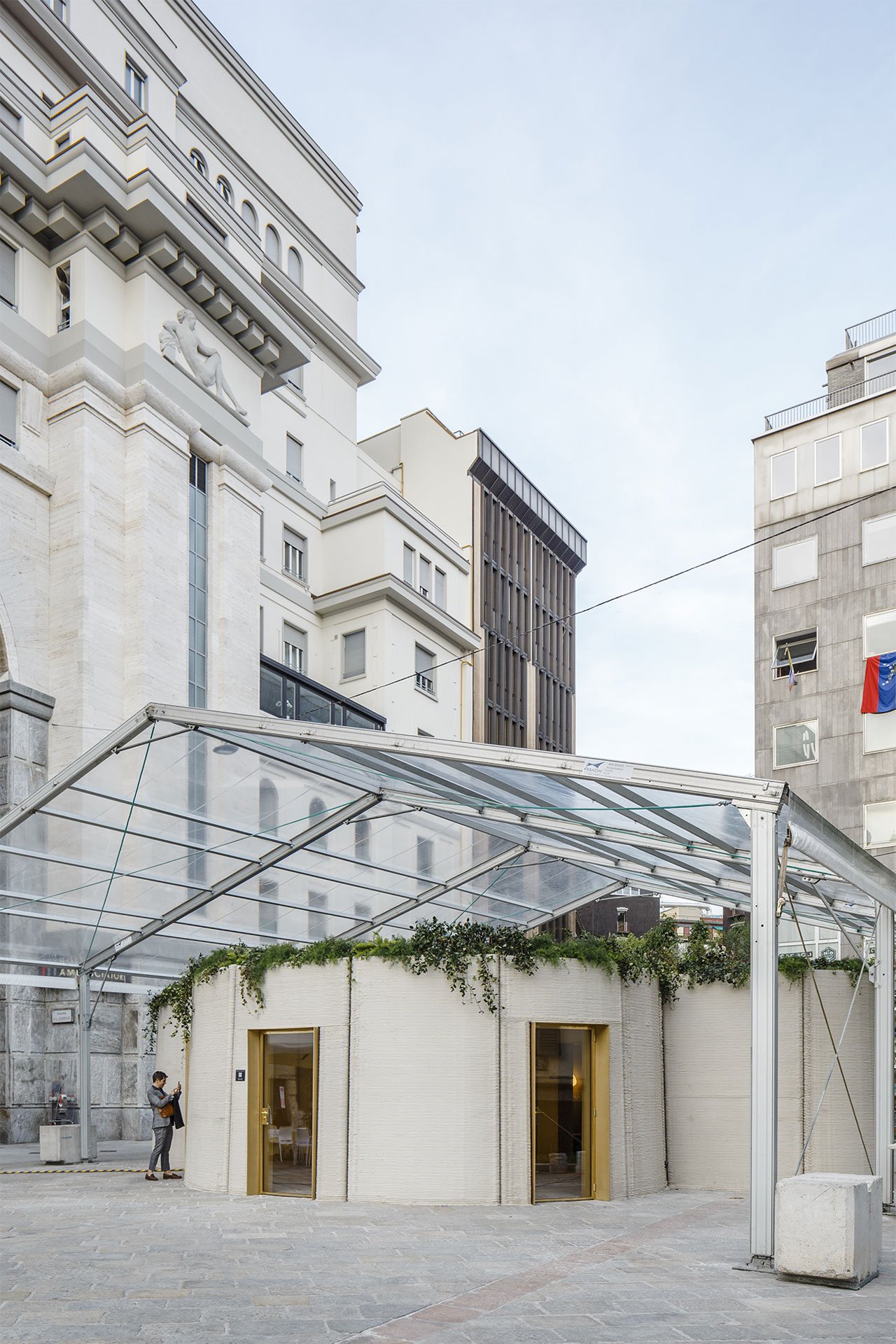
3D HOUSING 05
Massimiliano Locatelli | CLS Architetti, in collaboration with Italcementi Heidelberg Cement Group, Arup and Cybe, presented a project for a house of 100 square meters, 3d printed on site, at Piazza Cesare Beccaria.
Photo © Luca Rotondo.
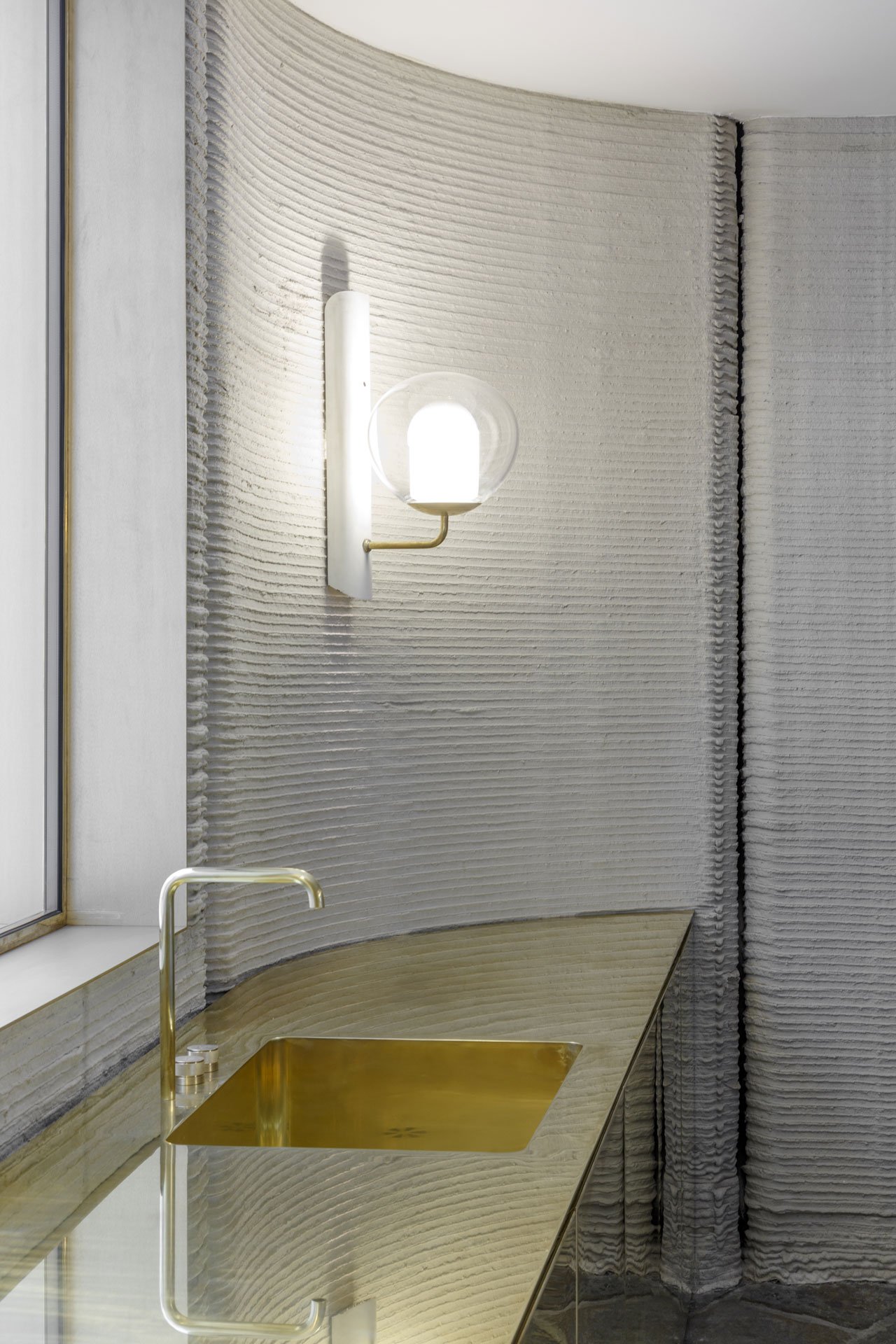
3D HOUSING 05
Massimiliano Locatelli | CLS Architetti, in collaboration with Italcementi Heidelberg Cement Group, Arup and Cybe, presented a project for a house of 100 square meters, 3d printed on site, at Piazza Cesare Beccaria.
Photo © Luca Rotondo.
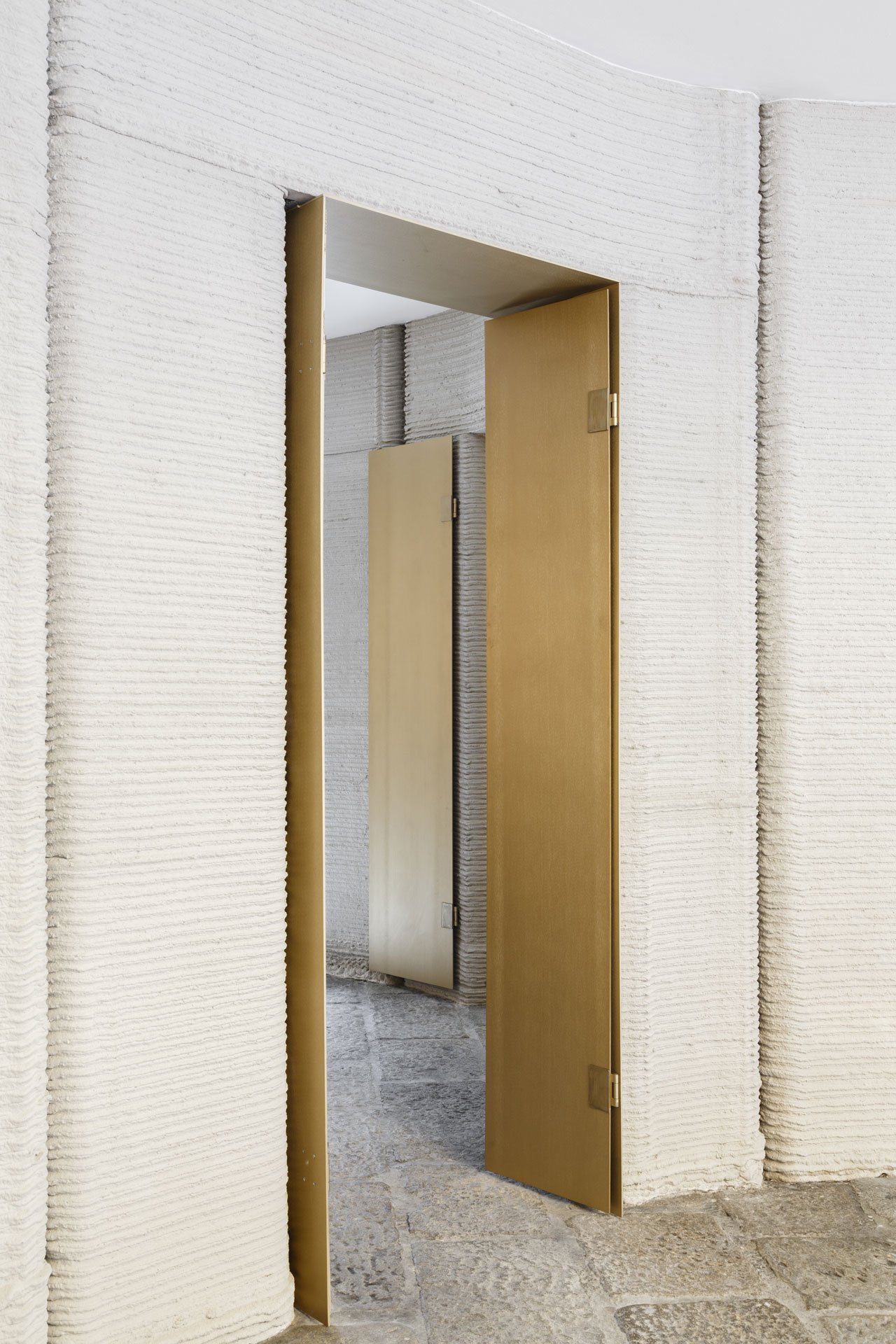
3D HOUSING 05
Massimiliano Locatelli | CLS Architetti, in collaboration with Italcementi Heidelberg Cement Group, Arup and Cybe, presented a project for a house of 100 square meters, 3d printed on site, at Piazza Cesare Beccaria.
Photo © Luca Rotondo.
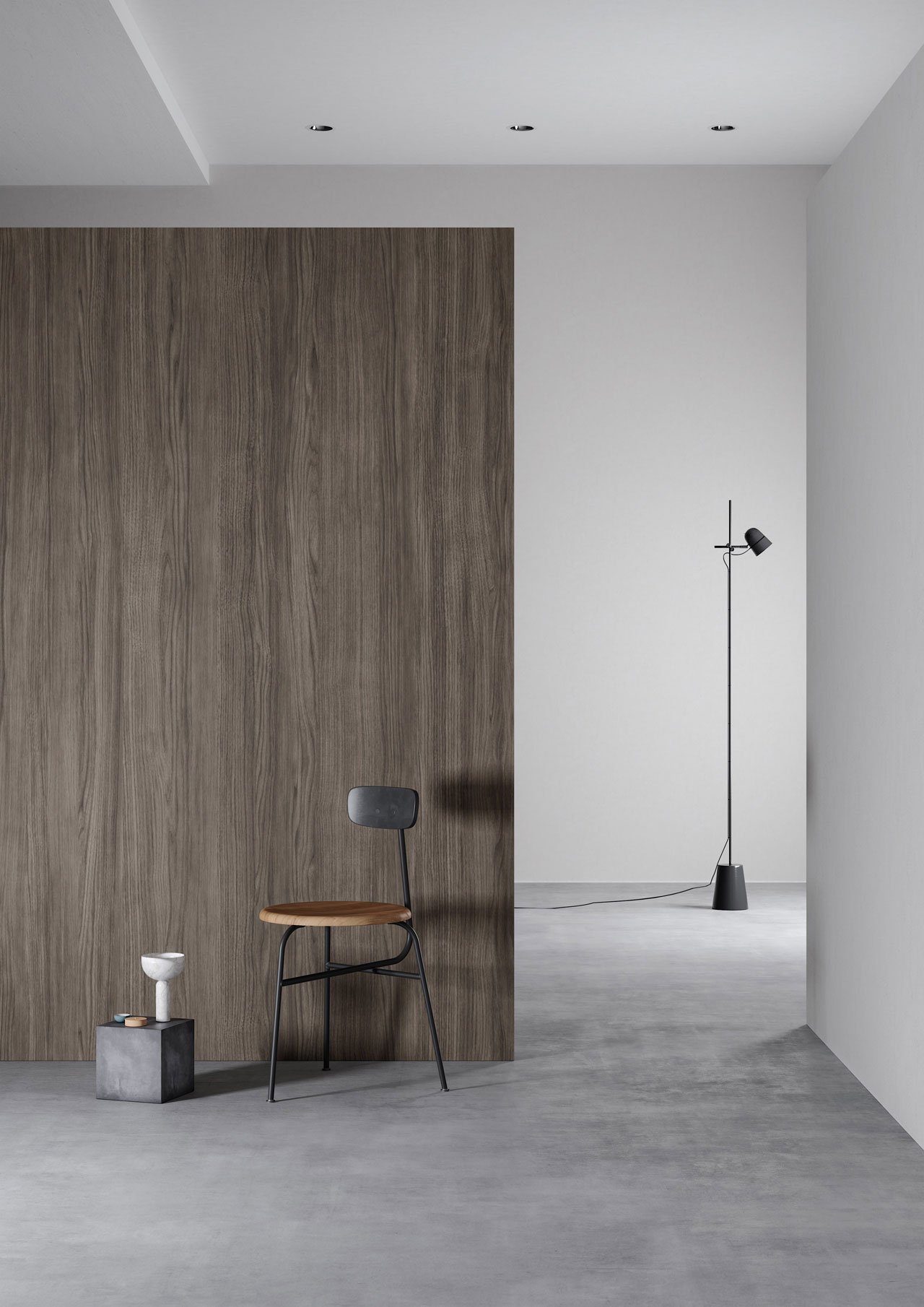
Presented in a great variation of textures, colors and finishes, the 3M™️ DI-NOC™ collection stands out as an innovative and sustainable solution, allowing the continuous reuse of furniture and remodeling of spaces beyond imagination.
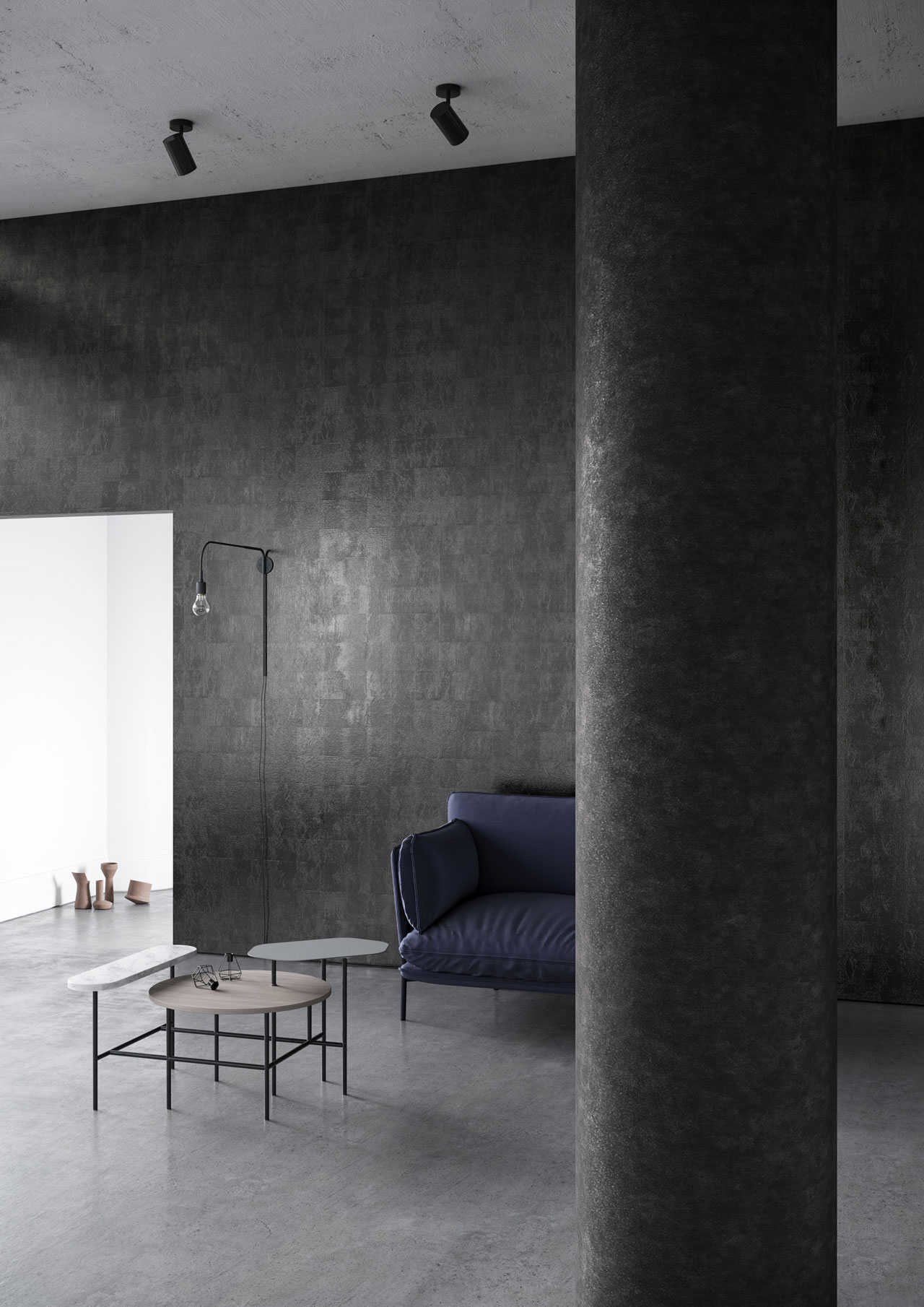
Presented in a great variation of textures, colors and finishes, the 3M™️ DI-NOC™ collection stands out as an innovative and sustainable solution, allowing the continuous reuse of furniture and remodeling of spaces beyond imagination.
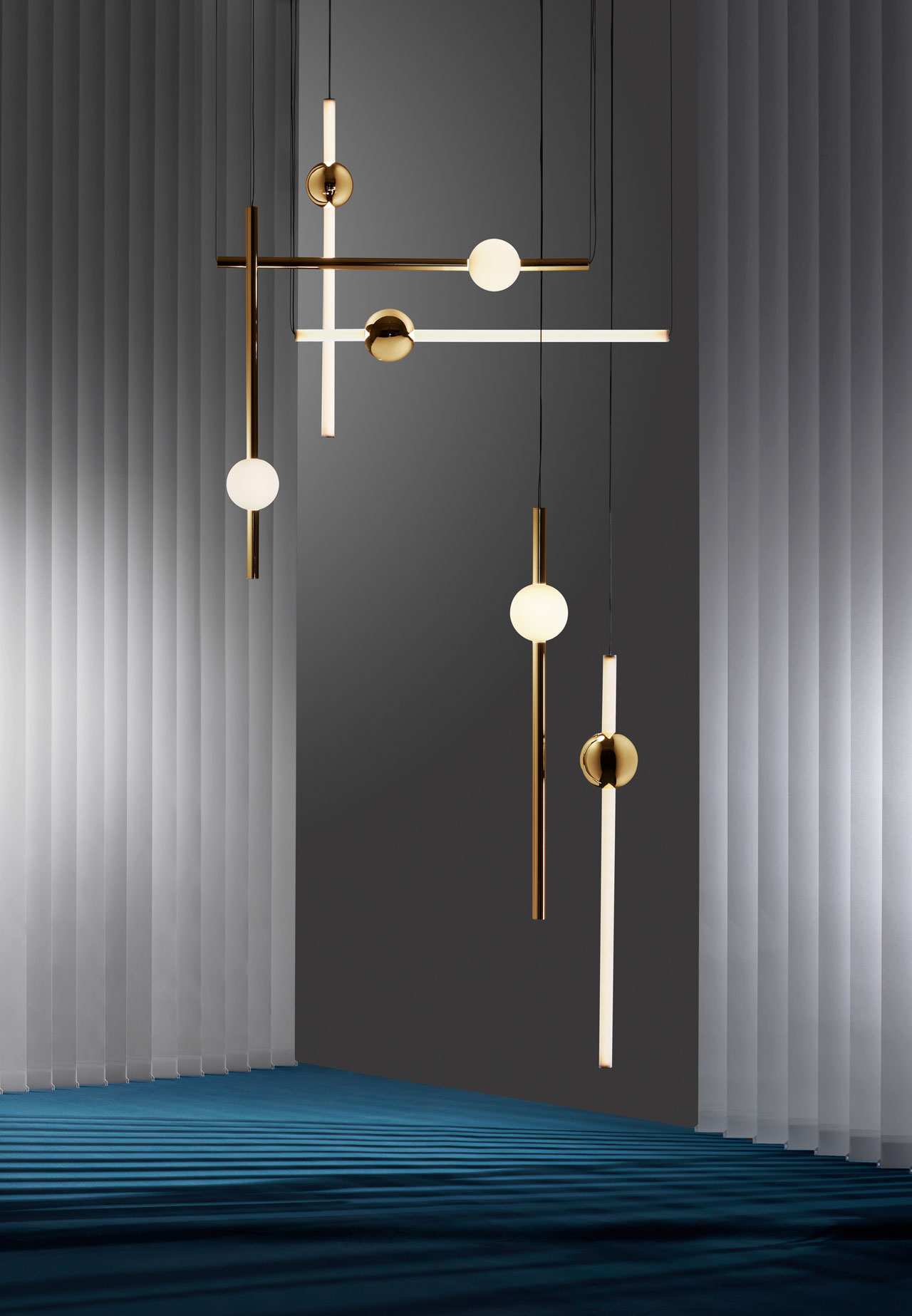
Orion by LEE BROOM comprises simple modular tube lights with opposing opaque and solid polished gold spheres which connect and expand horizontally and vertically to create bespoke constellations of light.
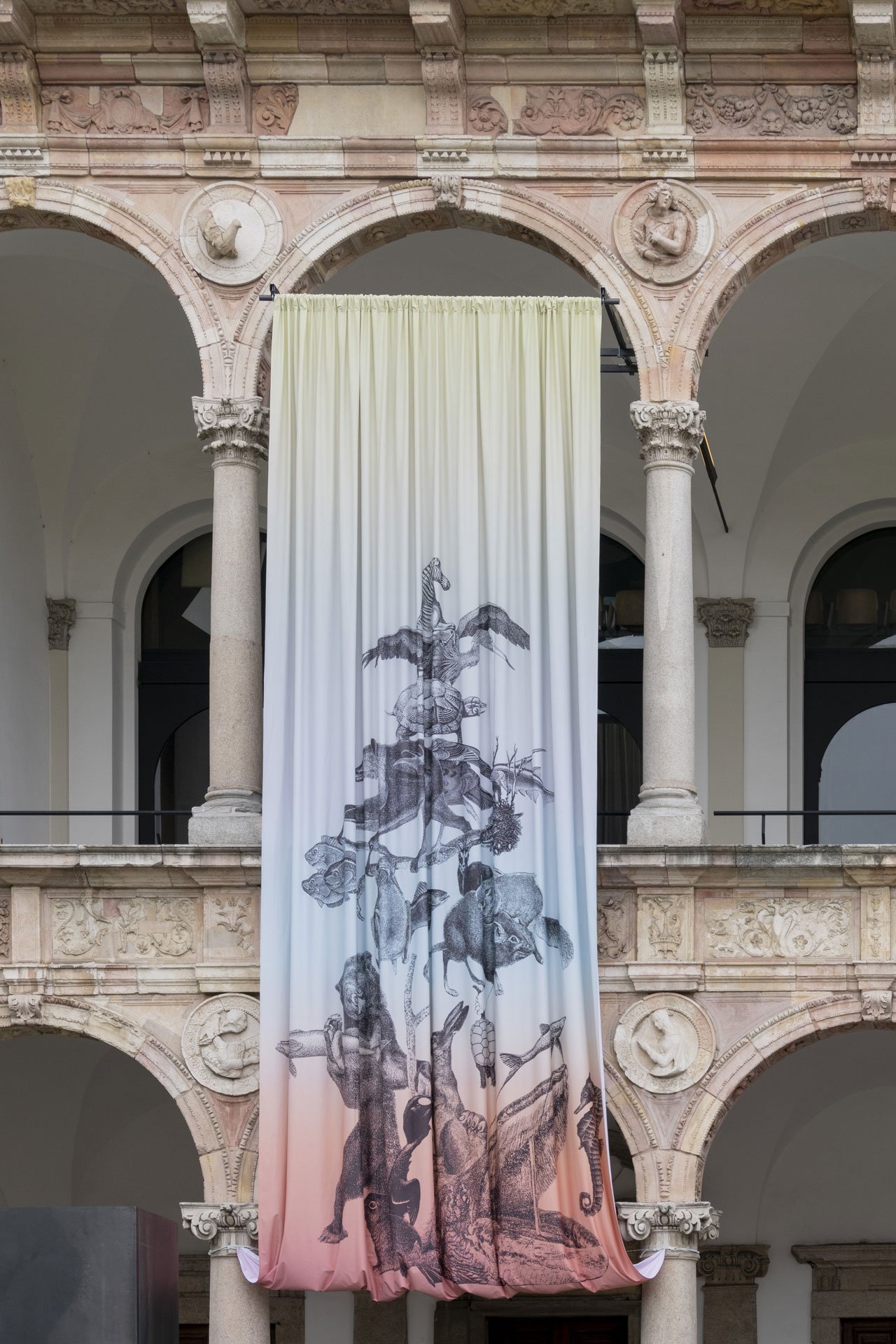
The “Untitled_animals” silk sheet colored with natural dyes by artist Claudia Losi in collaboration with Orticola di Lombardia, was on display at the INTERNI HOUSE IN MOTION exhibition. Photo by Saverio Lombardi Vallauri, Courtesy of INTERNI magazine.
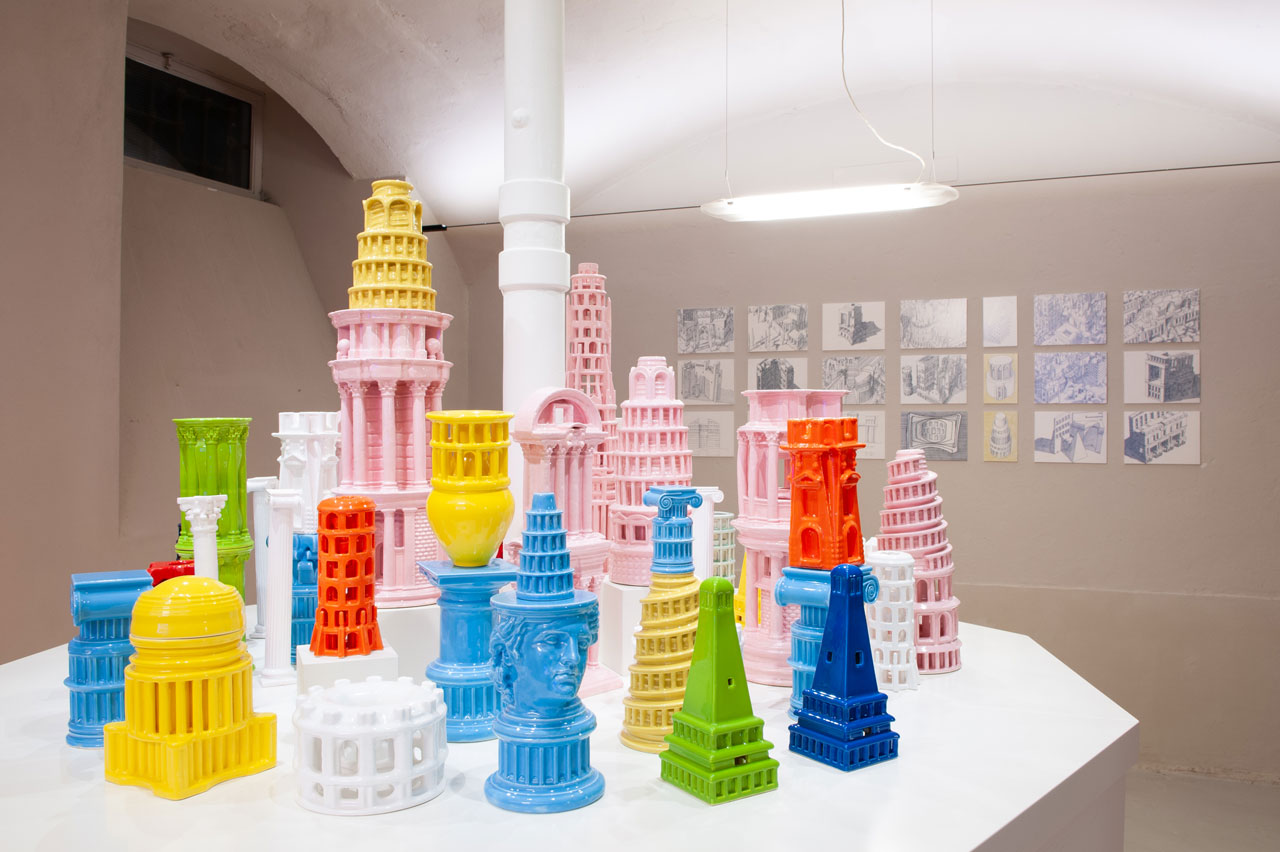
“Historical Promiscuities - Works by Adam Nathaniel Furman” exhibition by Adam Nathaniel Furman under the curatorship of Luca Molinari featuried new ceramic works realised with the Italian brand Bitossi in an exclusive limited series, as well as pieces from the Sir John Soane’s Museum in London; and drawings, prints and videos made by Furman.
Photo by Paolo Pandullo.

Installation view of the Back to Front: Polish Exhibitions at La Triennale.
Curated by Katarzyna Jeżowska.
Photo by Luca Privitera.
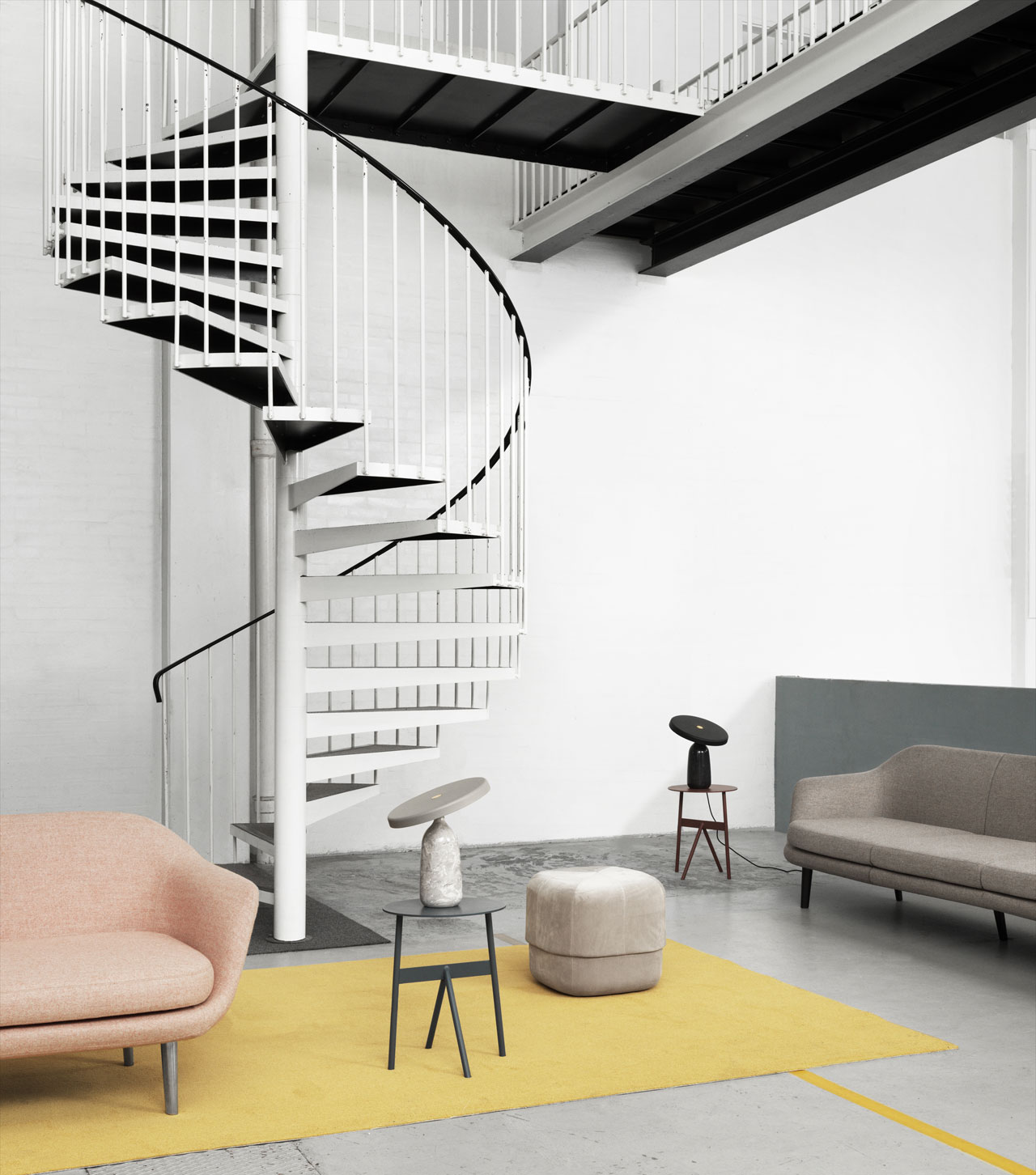
Sum sofa, Circus Pouf and Eddy table lamp by Simon Legald; Stock table by Jessica Nakanishi and Jonathan Sabine of MSDS, all designed for Normann Copenhagen.
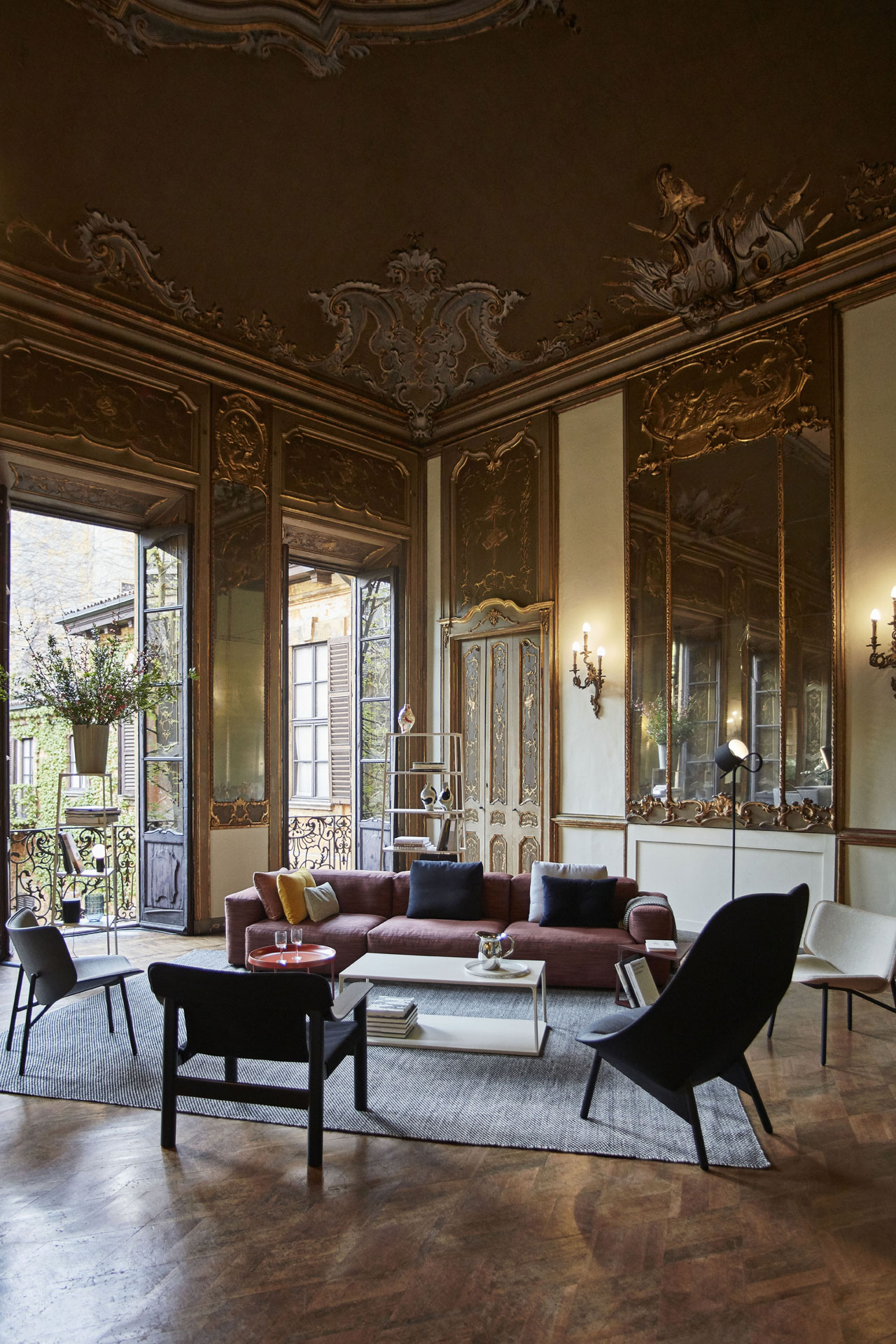
Installation view of the HAY, Sonos and WeWork exhibition at the historical Palazzo Clerici.
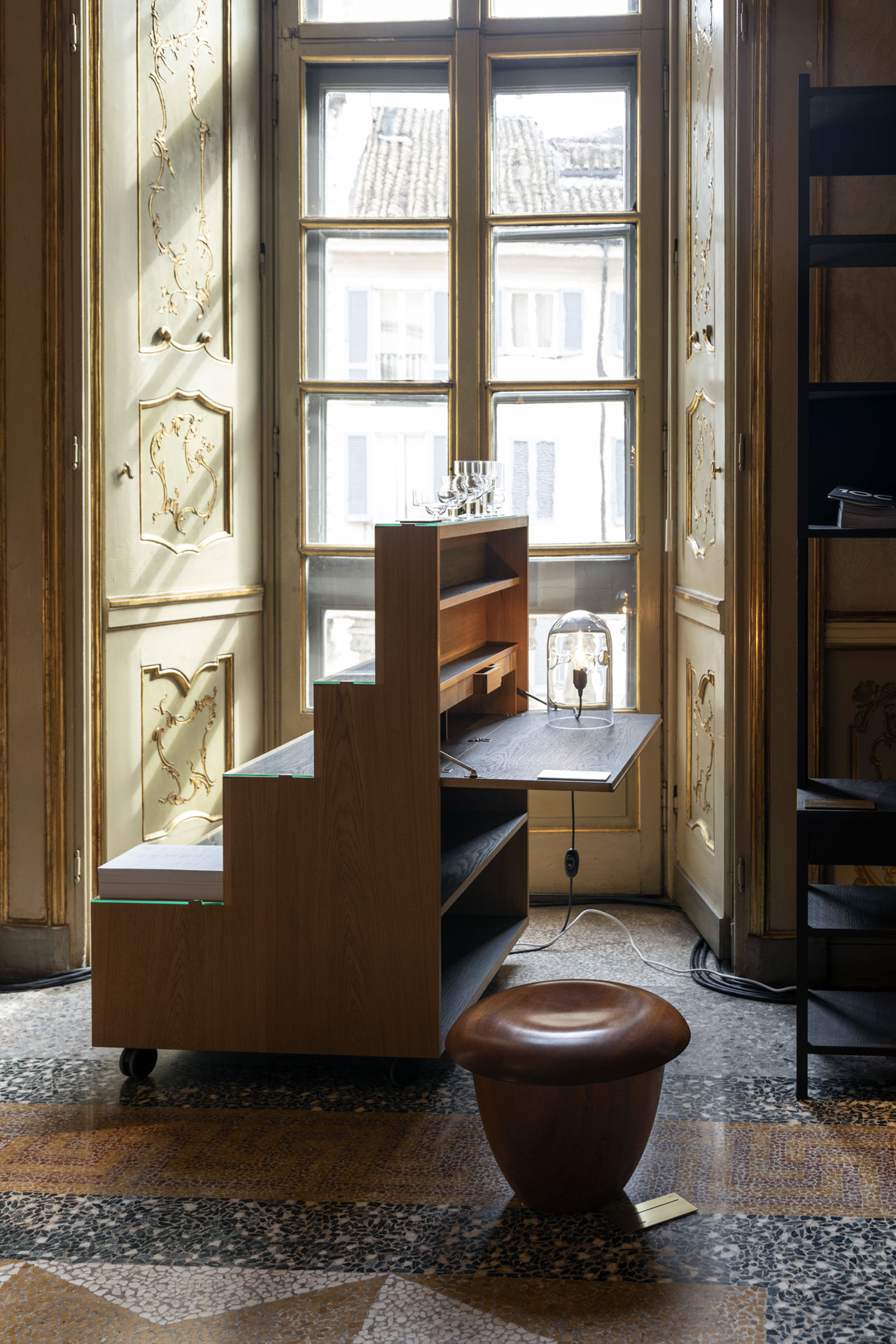
Installation view from the "Another Nordic – Between art and design" exhibition by Danish design brand Karakter at Palazzo Litta.
Featured products: Rampa multifunctional station on wheels by Achille Castiglioni and Pier Giacomo Castiglioni designed in 1965 / Tripod table lamp by Gijs Bakker designed in 1978 / Stool Too by Aldo Bakker designed in 2006.
Photo by Ruy Teixeira.
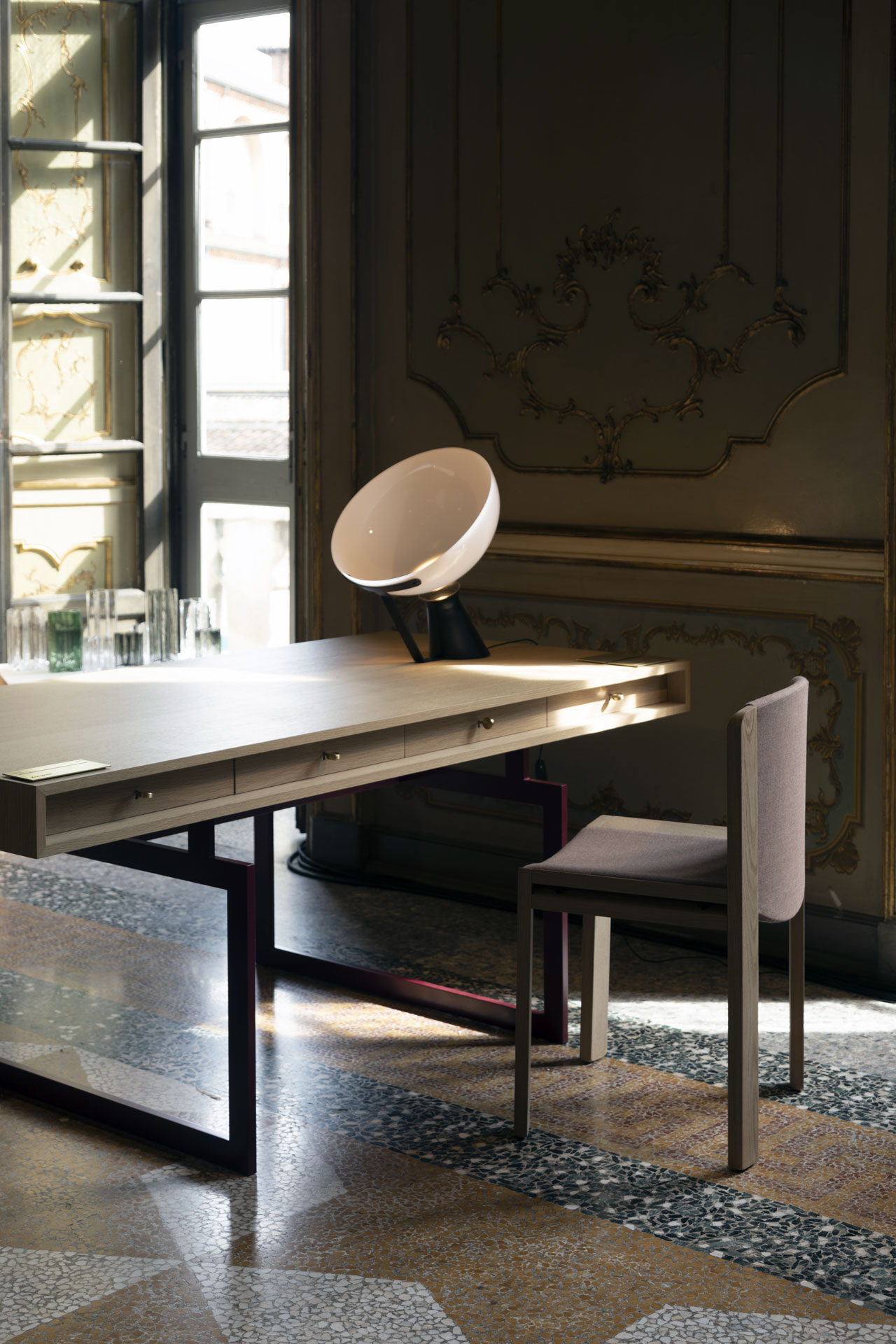
Installation view from the "Another Nordic – Between art and design" exhibition by Danish design brand Karakter at Palazzo Litta.
Featured products: Office Desk by Bodil Kjær designed in 1959 / Chair 300 by Joe Colombo designed in 1965 and Aida lamp by Angelo Mangiarotti designed in 1988.
Photo by Ruy Teixeira.
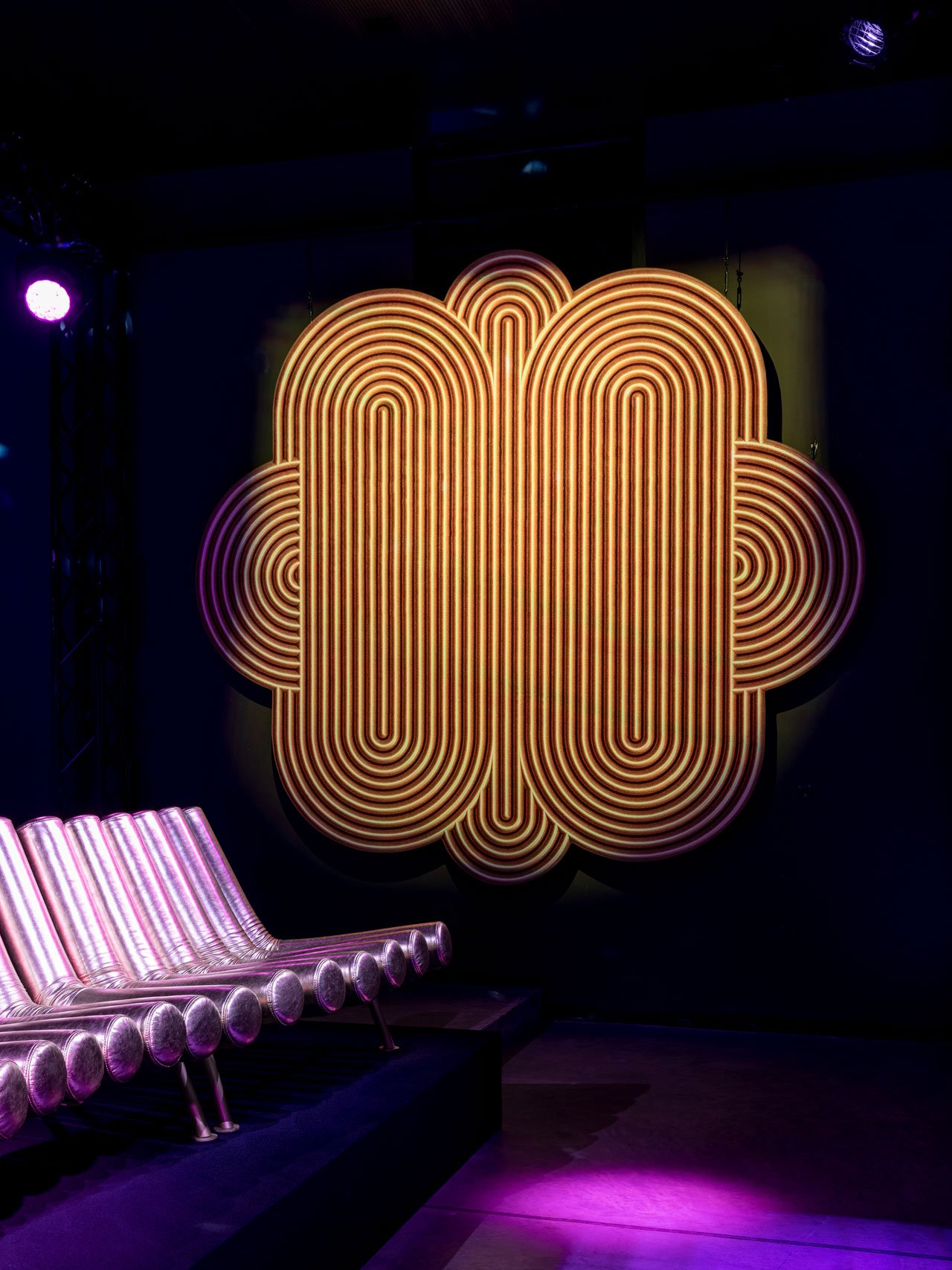
DANCE FLOOR rug by Gaëlle Gabillet et Stéphane Villard/GGSV and JIMMY sofa by Atelier Biagetti from the Disco Gufram collection.
Photo by Delfino Sisto Legnani e Marco Cappelletti.
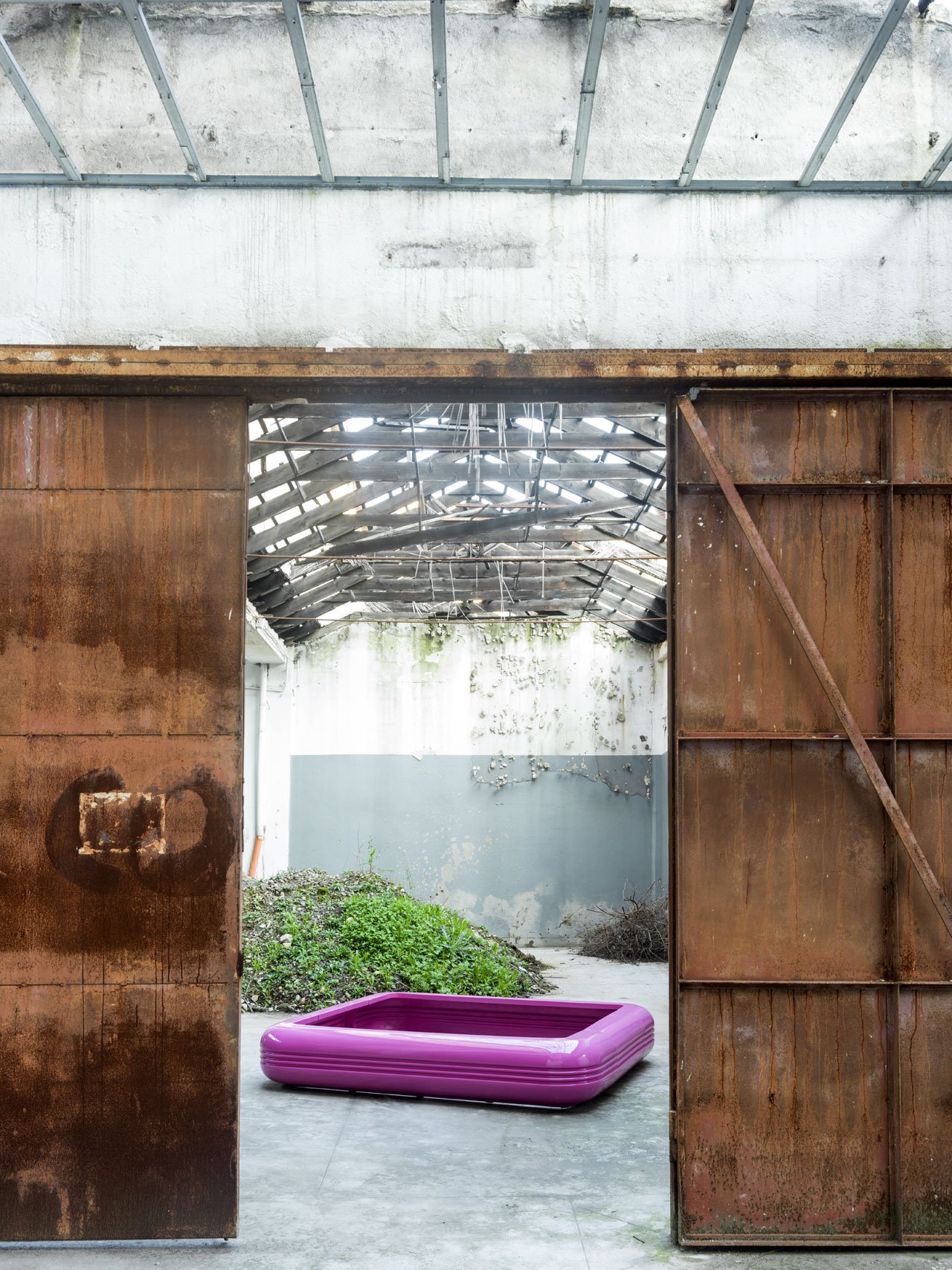
ONOS BED by Superstudio (fiberglass, 1968), courtesy Nilufar Gallery. Installation view by Ruy Teixeira, Alcova 2018.
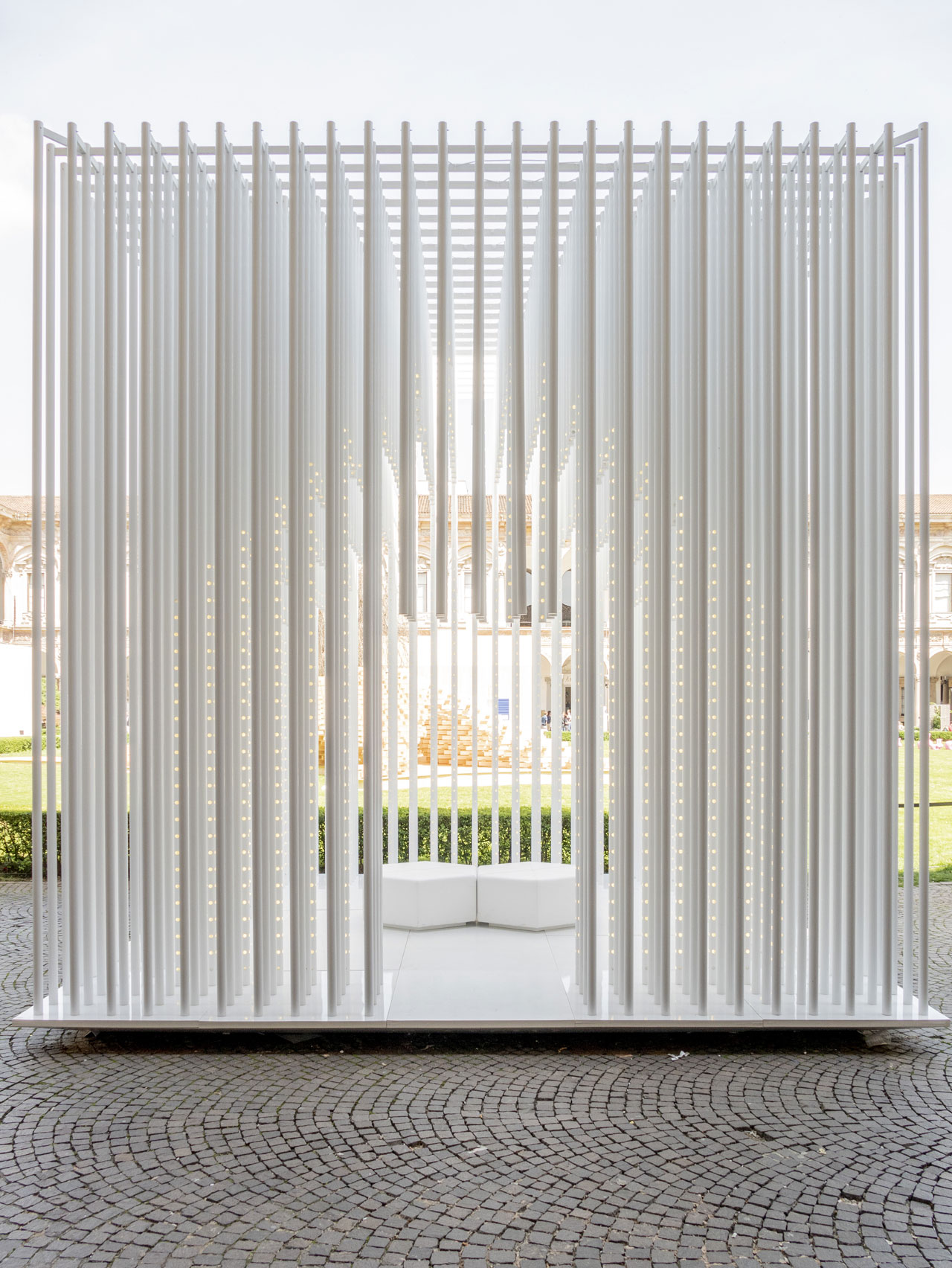
HousEmotion architecture/installation (5 x 5 x h 5 m.) by Tabanlıoğlu Architects produced by NURUS. " The frame of the installation embodies the limits of the “house”, creating a sense of control, where the semi-transparent walls gradually introduces into the outer environment. Tubes around the platform form the edges of the abstract house establishing a sense of border, compilation of the rods grant an optical illusion beside depth and openness." The installation was part of the INTERNI HOUSE IN MOTION exhibition. Photo by Saverio Lombardi Vallauri, Courtesy of INTERNI magazine.
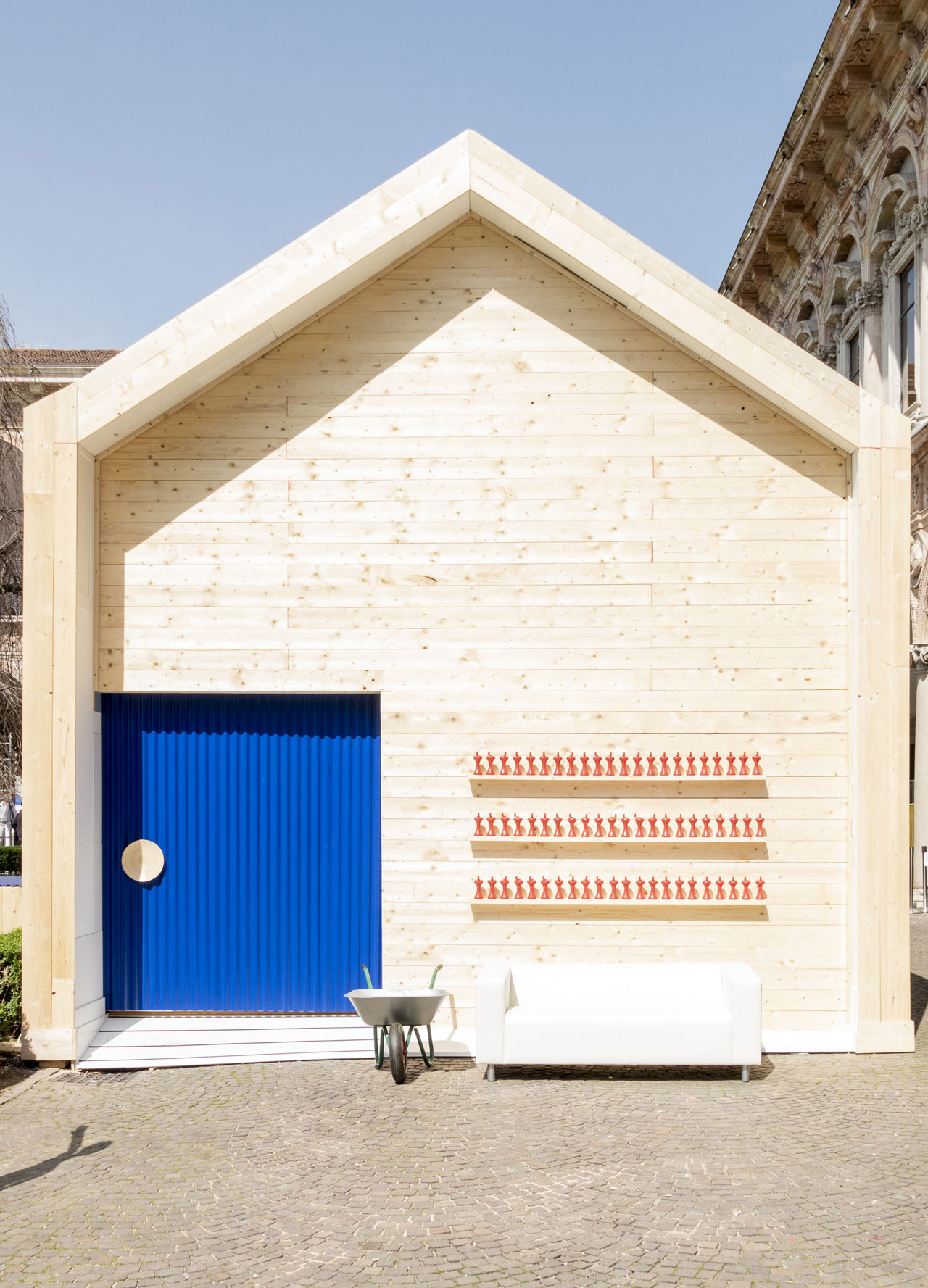
Alla scoperta dell'infinito architecture/installation (10 x 6 x h 7,40 m.) by Italian architect Lorenzo Damiani for IKEA ITALIA RETAIL. The installation was part of the INTERNI HOUSE IN MOTION exhibition. Photo by Saverio Lombardi Vallauri, Courtesy of INTERNI magazine.
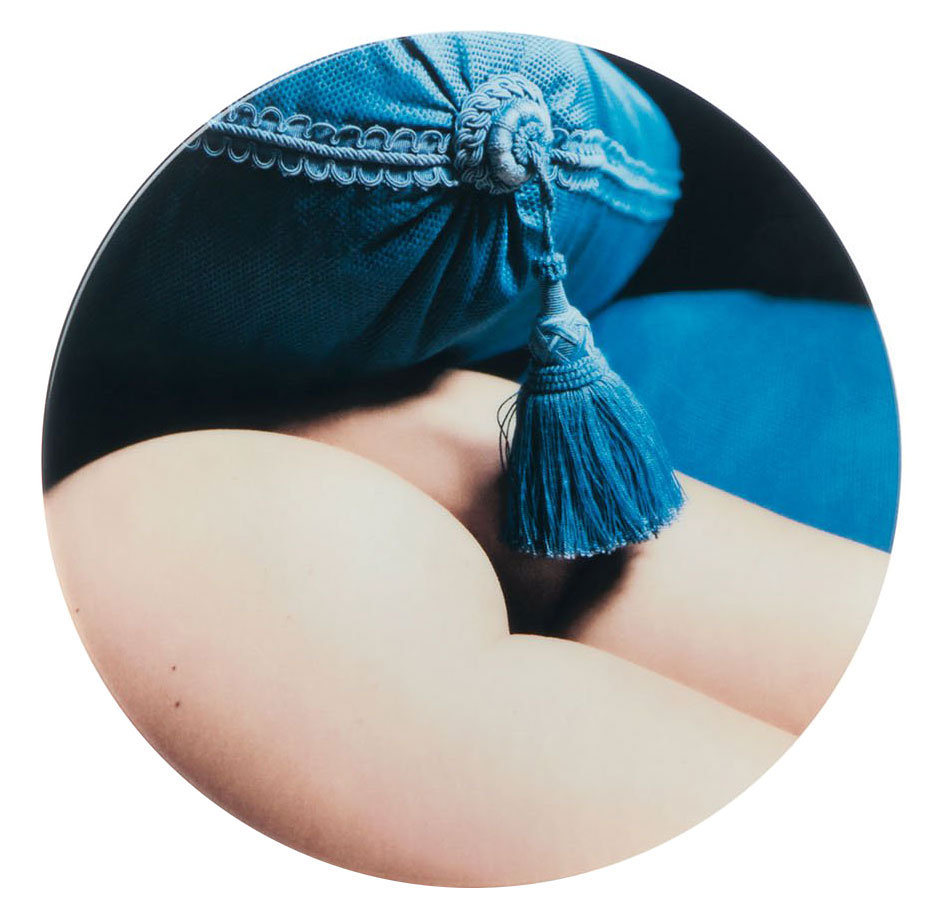
Modern Porcelain Serigraphy Dessert Plate by Maison Fragile from 1stdibs' “A New Breed,” exhibition in Milan.
“By taking one of the photos of the series Les Françaises by the photographer Sonia Sieff, this collection pays tribute to the French woman, with delicacy, sensuality and greediness.”
Photo © 1stdibs.
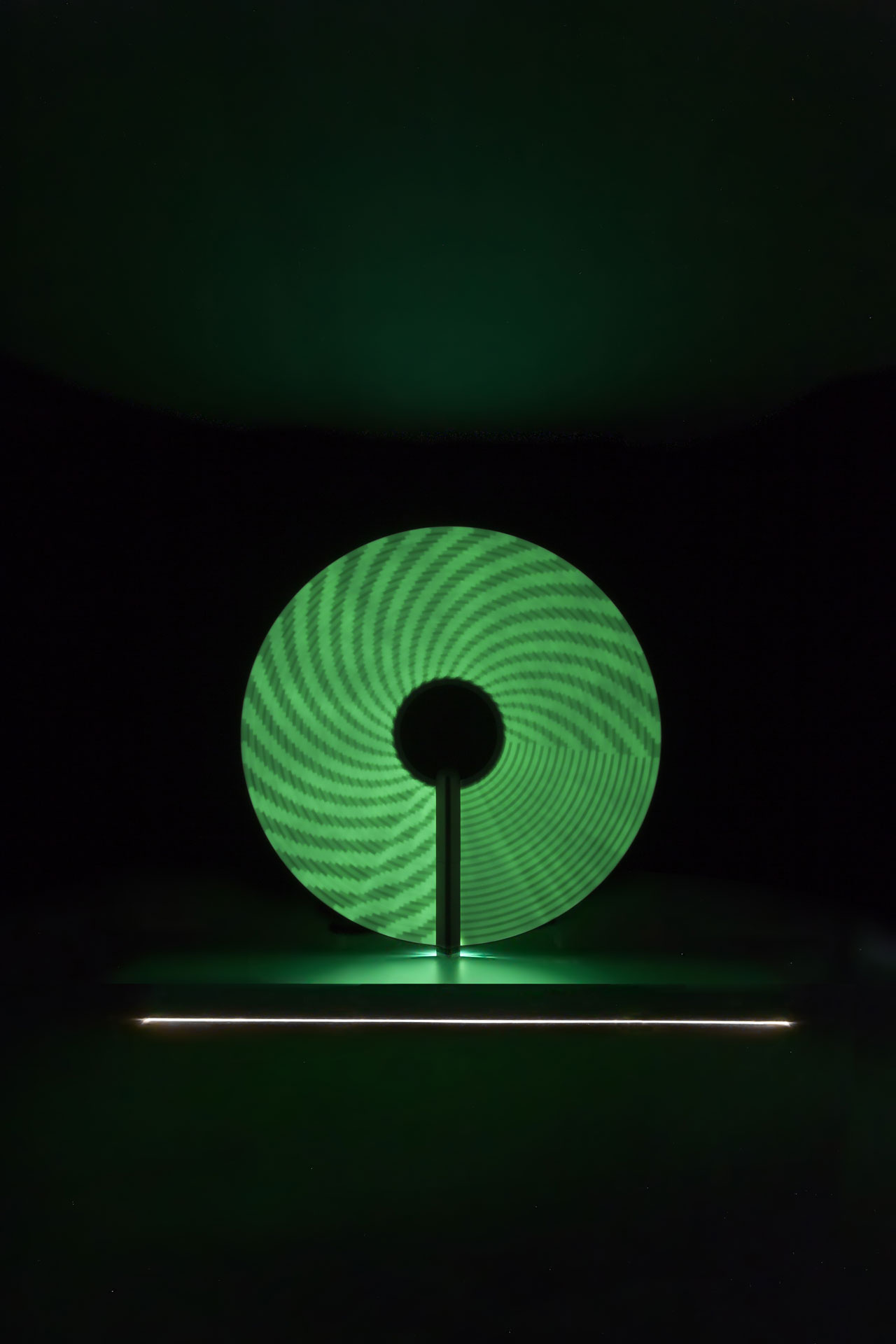
Previously presented at V&A in on the occasion of the London Design Festival, CANDELA was exhibited at the Triennale (video here). Designed by Felix de Pass, Michael Montgomery and Ian McIntyre for Panerai.
Photo © Officine Panerai.
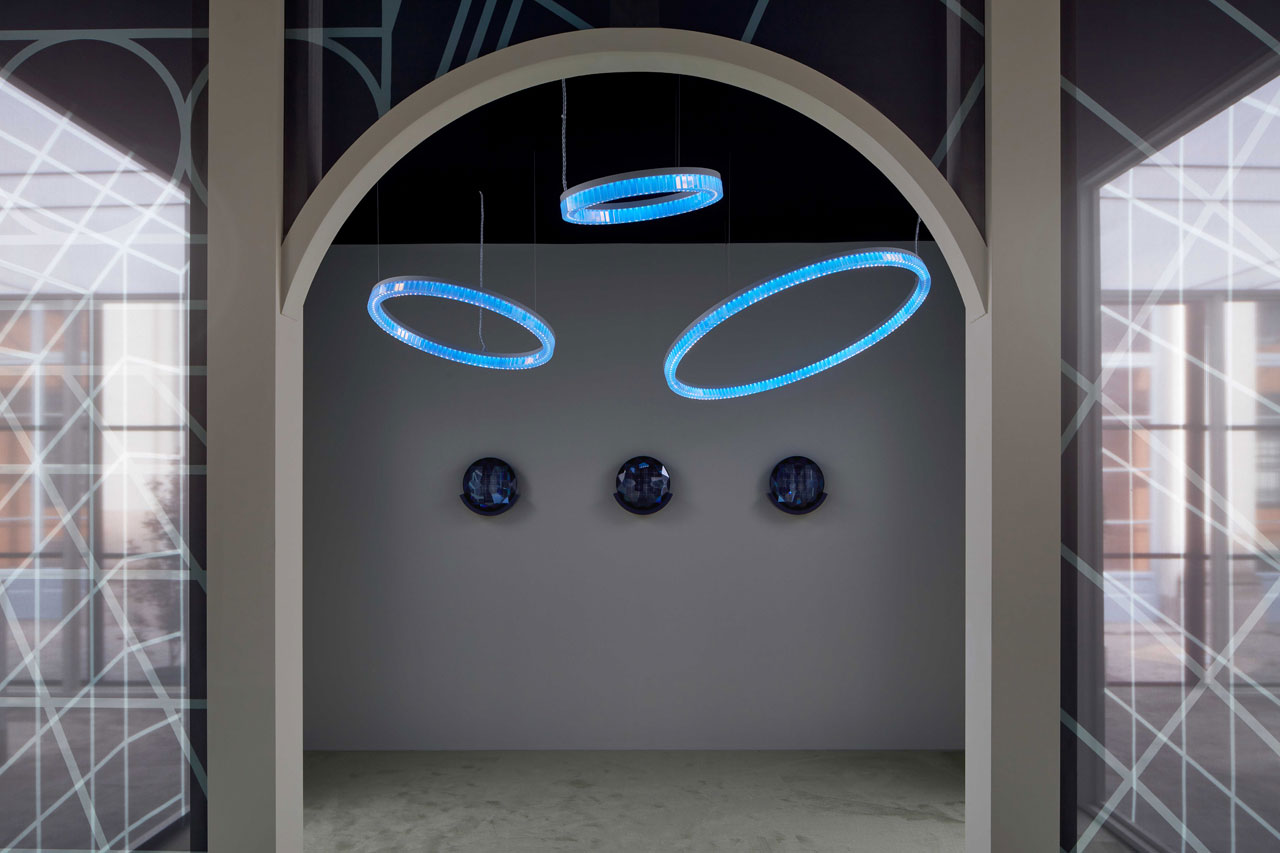
Cyanometer by solar designer Marjan van Aubel for Swarovski Crystal Palace which was created in collaboration with Swarovski and Design Miami, as winner of the Designer of The future 2017. “The portable solar crystal harvests light during daylight hours, then once placed into a docking station, it powers a light installation that gives the sensation of taking the sky indoors. The stones used for the ring-shaped installation are opals, which scatter the light in the same way that the sky does. The more light the solar crystals receive in the daytime, the more intense light the installation can bring indoors. Cyanometer takes its name from the 1789 invention which was used to measure the colour of the sky.” The solar cells behind the Swarovki’s crystals are developed by ECN, the Dutch Energy Centre.
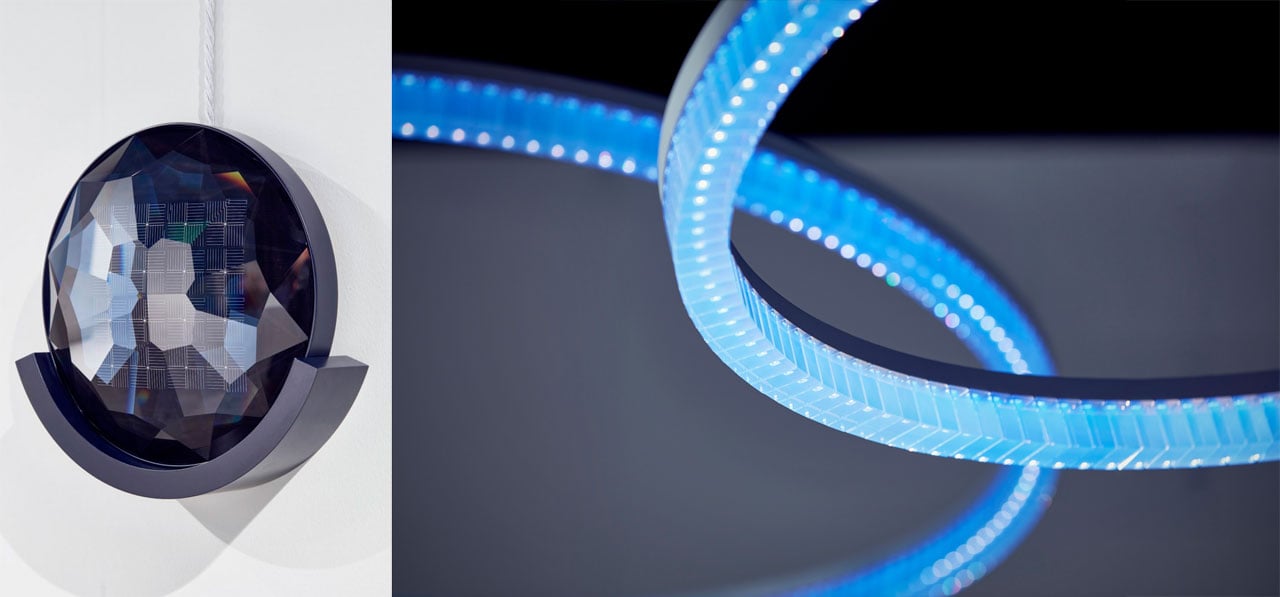
Cyanometer by solar designer Marjan van Aubel for Swarovski Crystal Palace which was created in collaboration with Swarovski and Design Miami, as winner of the Designer of The future 2017. “The portable solar crystal harvests light during daylight hours, then once placed into a docking station, it powers a light installation that gives the sensation of taking the sky indoors. The stones used for the ring-shaped installation are opals, which scatter the light in the same way that the sky does. The more light the solar crystals receive in the daytime, the more intense light the installation can bring indoors. Cyanometer takes its name from the 1789 invention which was used to measure the colour of the sky.” The solar cells behind the Swarovki’s crystals are developed by ECN, the Dutch Energy Centre.
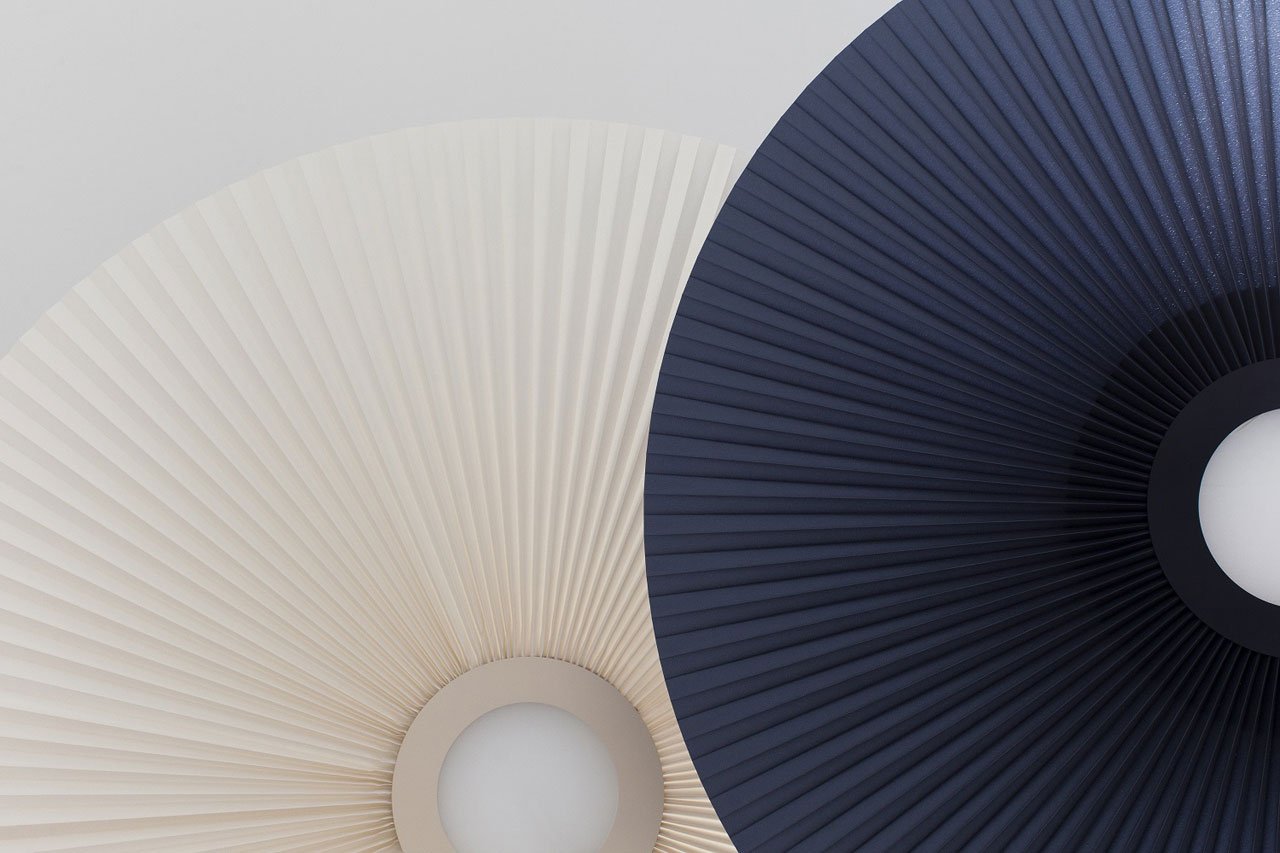
GRENADINE ceiling lamp (painted aluminium, pleated fabric, plexiglass) by PaulinePlusLuis was part of the Belgium is Design exhibition at SaloneSatellite.
Photo by Julien Renault.
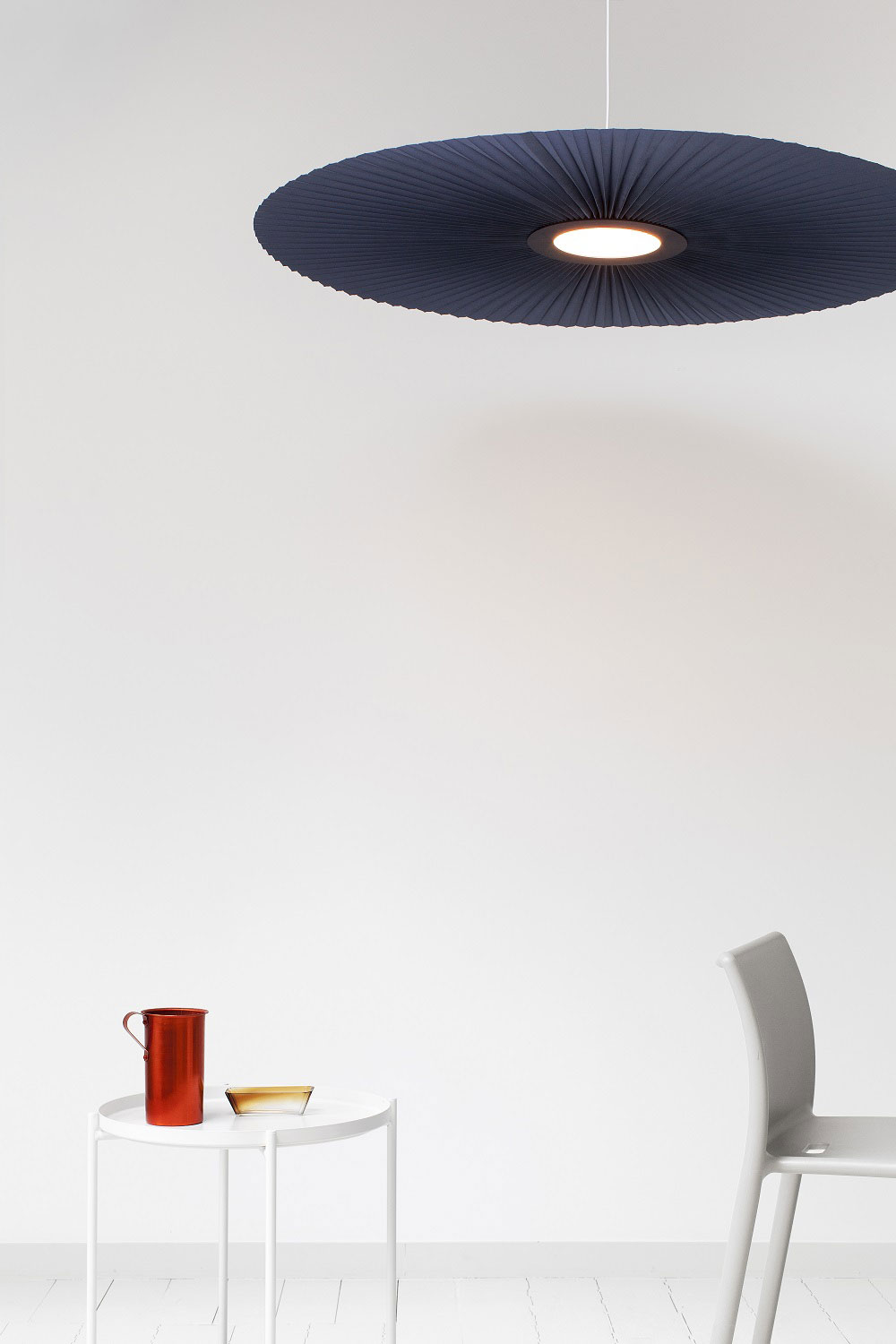
GRENADINE ceiling lamp (painted aluminium, pleated fabric, plexiglass) by PaulinePlusLuis was part of the Belgium is Design exhibition at SaloneSatellite.
Photo by Julien Renault.
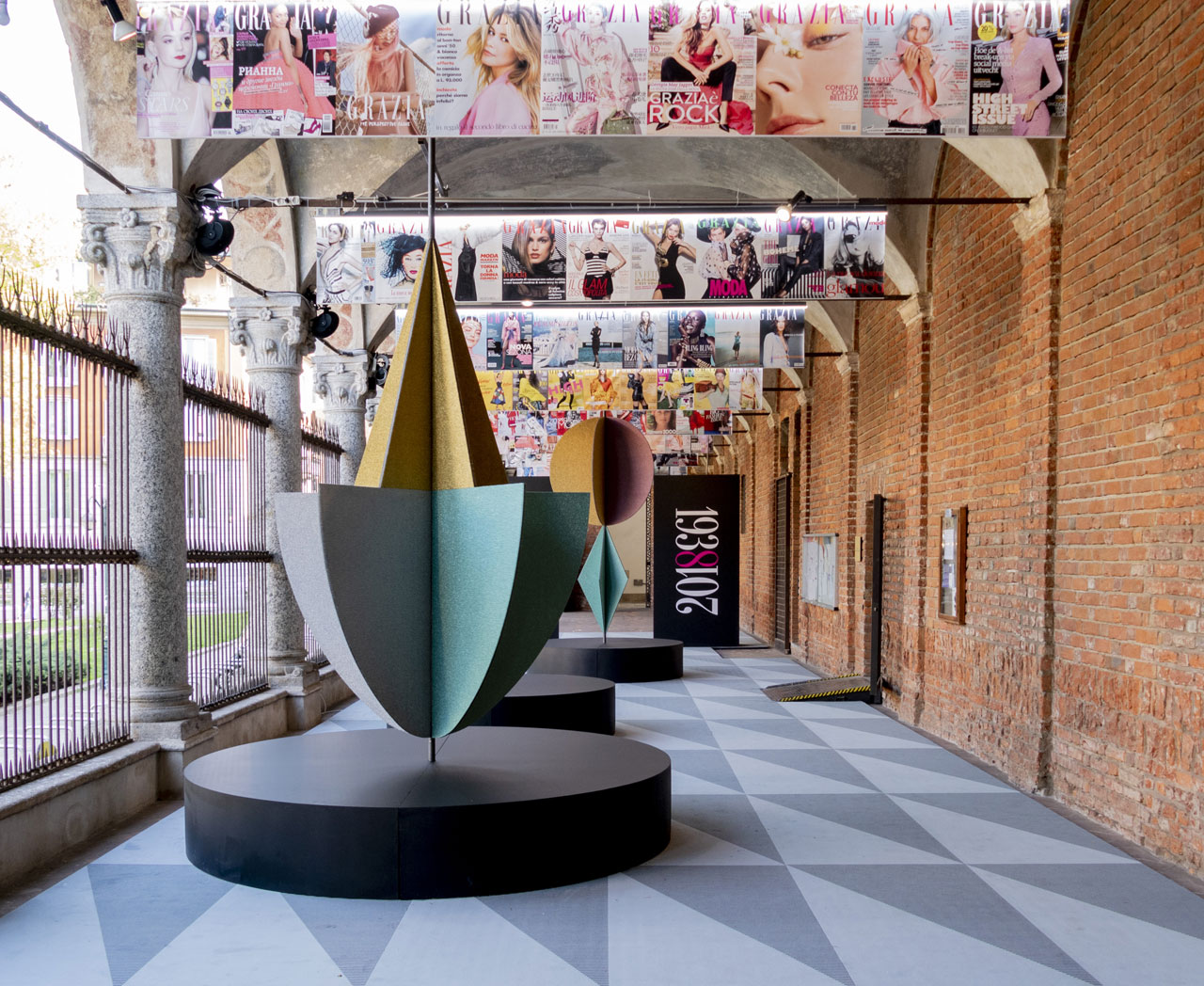
The GRAZIA INFINITY HUB _a wandering place (90 x 4 x h 3 m.) architecture/installation by Diego Grandi celebrated Grazia's 80th anniversary. The installation was part of the INTERNI HOUSE IN MOTION exhibition. Photo by Saverio Lombardi Vallauri, Courtesy of INTERNI magazine.
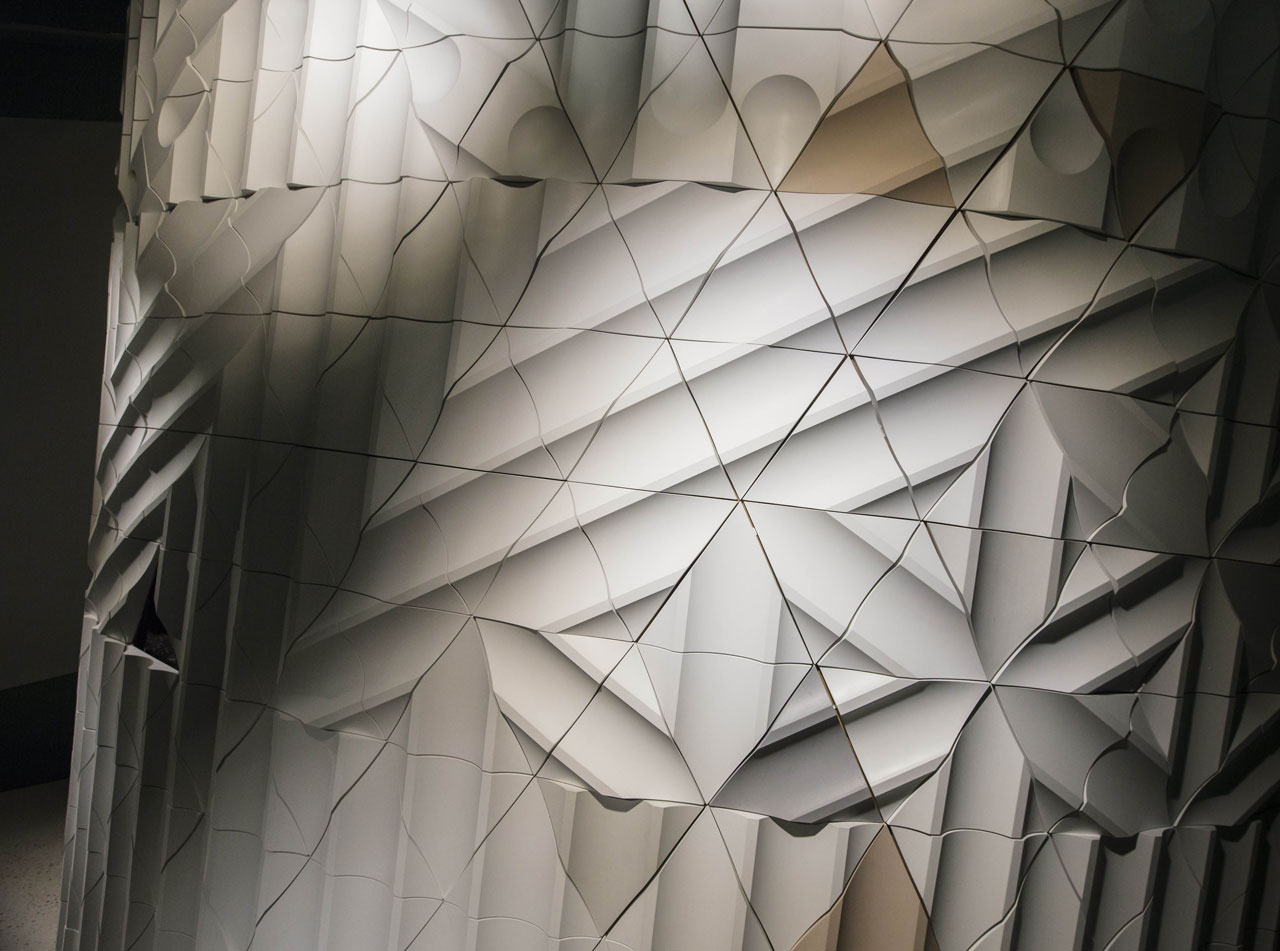
‘Flutes and Reeds’ tile design by GRT Architects for KAZA Concrete.
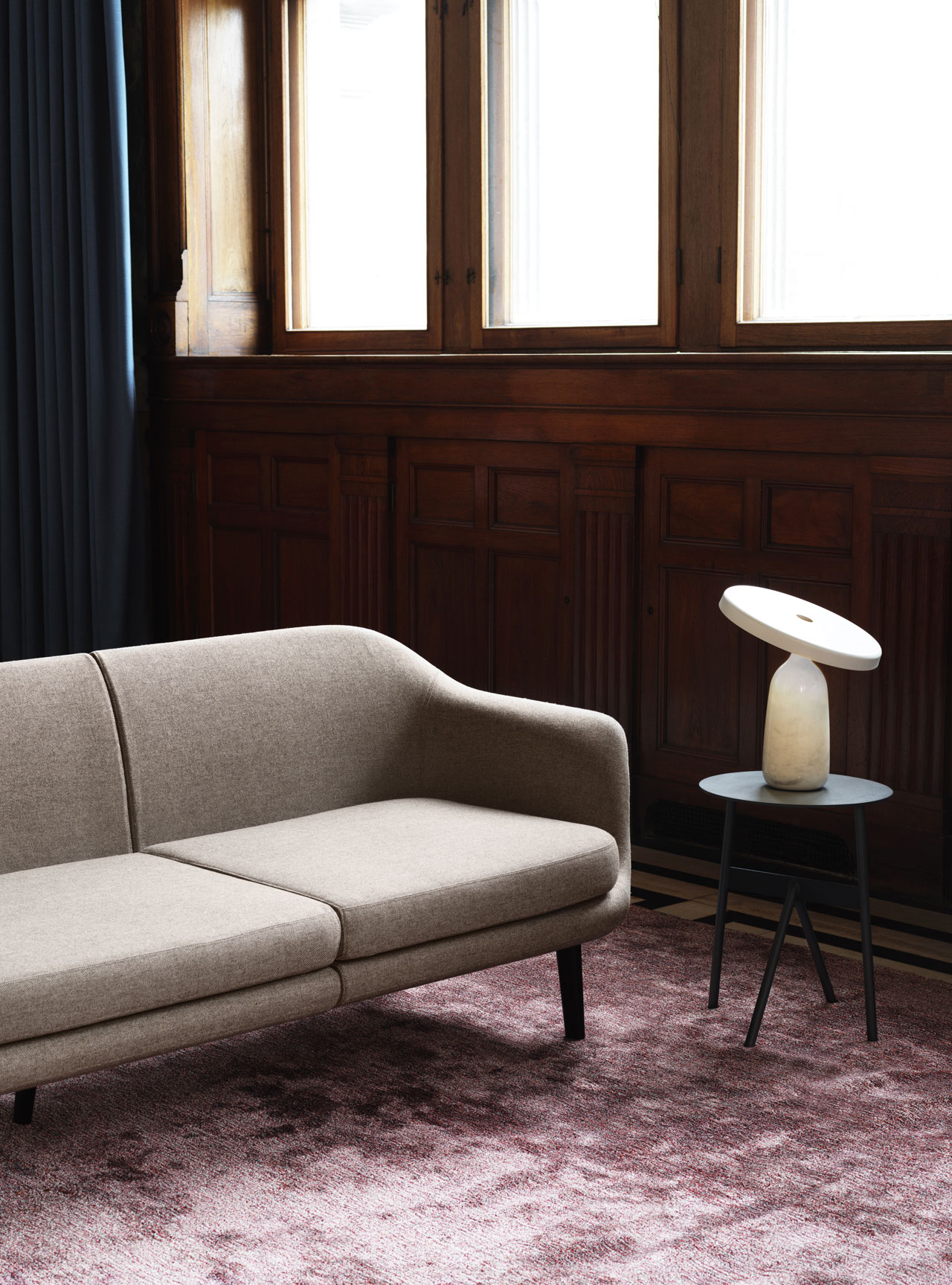
Sum sofa and Eddy table lamp by Simon Legald; Stock table by Jessica Nakanishi and Jonathan Sabine of MSDS, all designed for Normann Copenhagen.
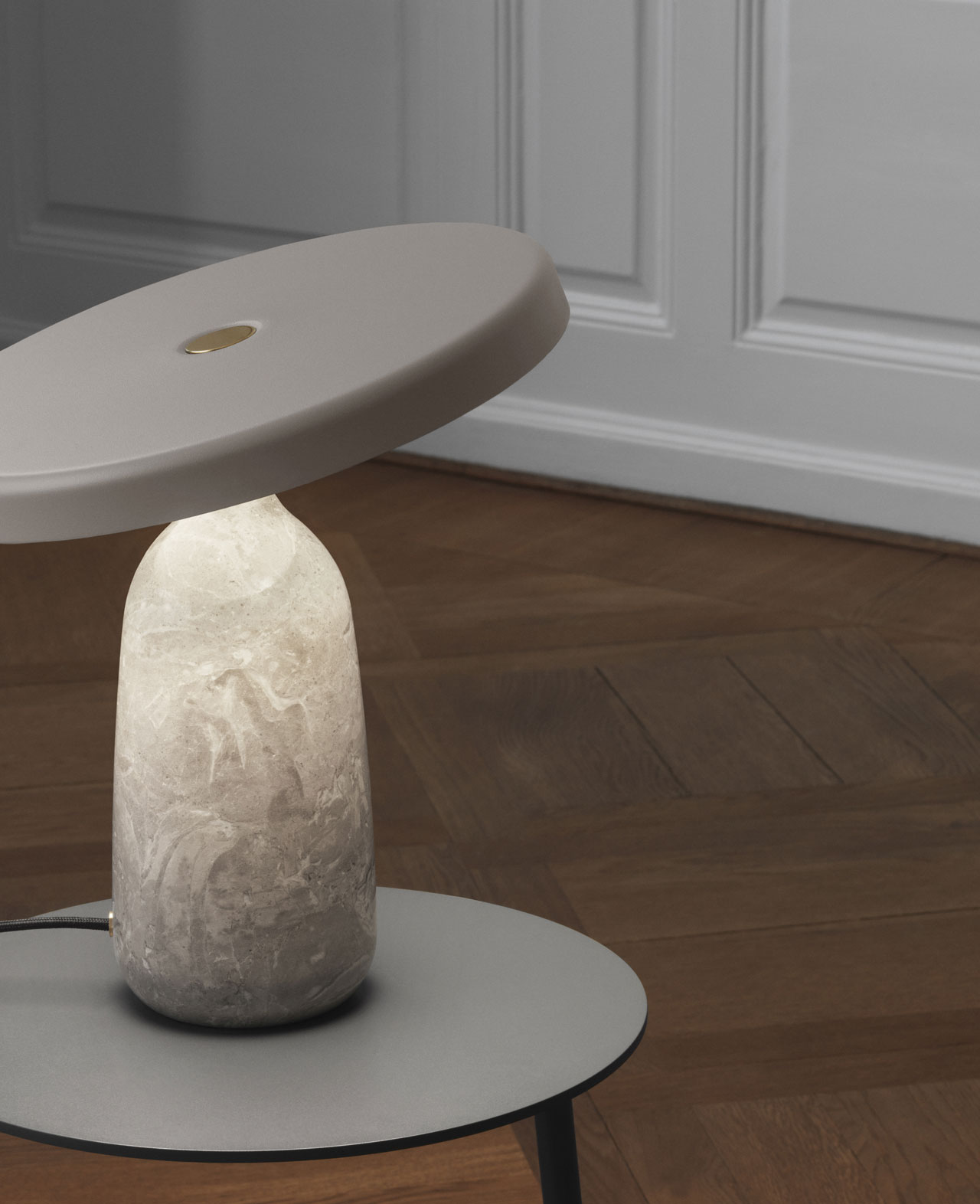
Eddy table lamp by Simon Legald and Stock table by Jessica Nakanishi and Jonathan Sabine of MSDS, both designed for Normann Copenhagen.
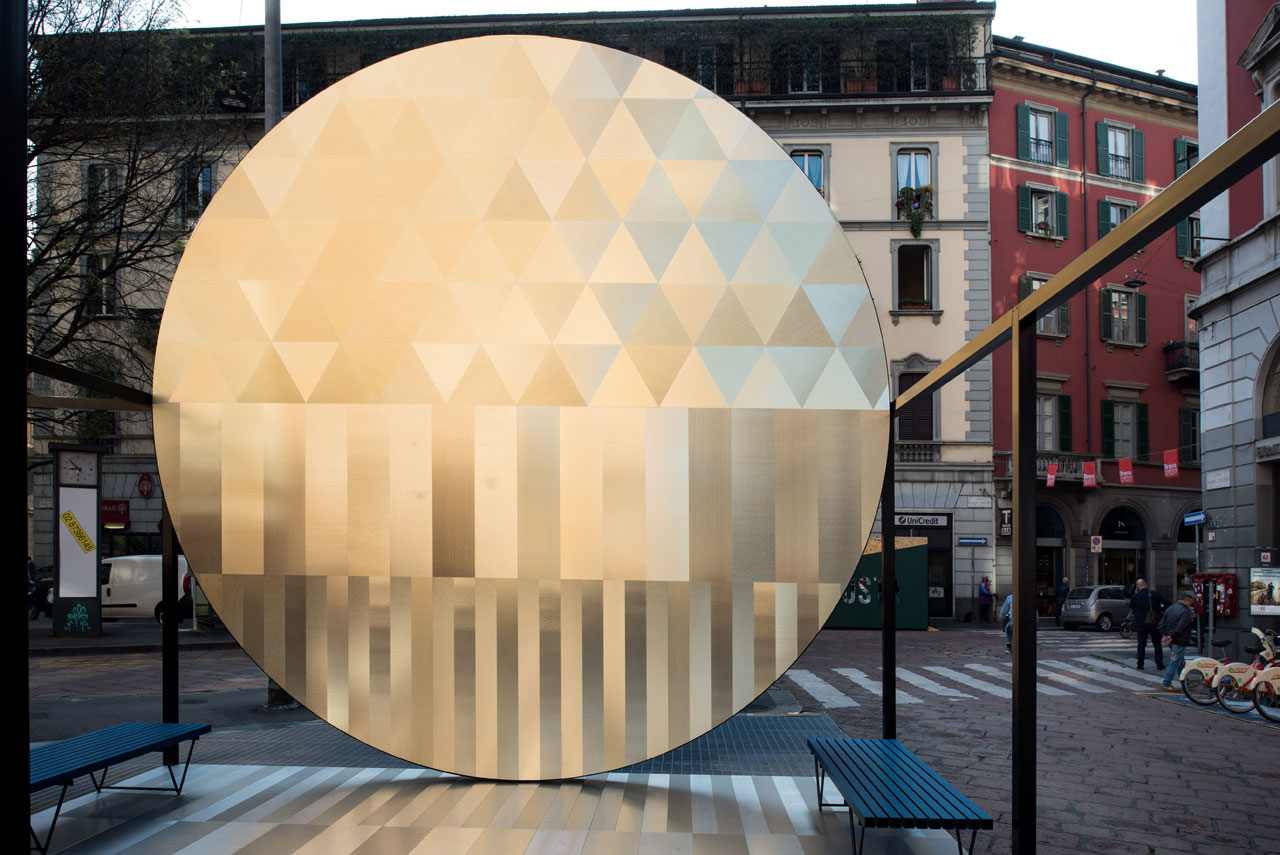
The Risisng Sun by Francesco Librizzi for DVNE (Rota Lab). Photo by Alberto Moncada.
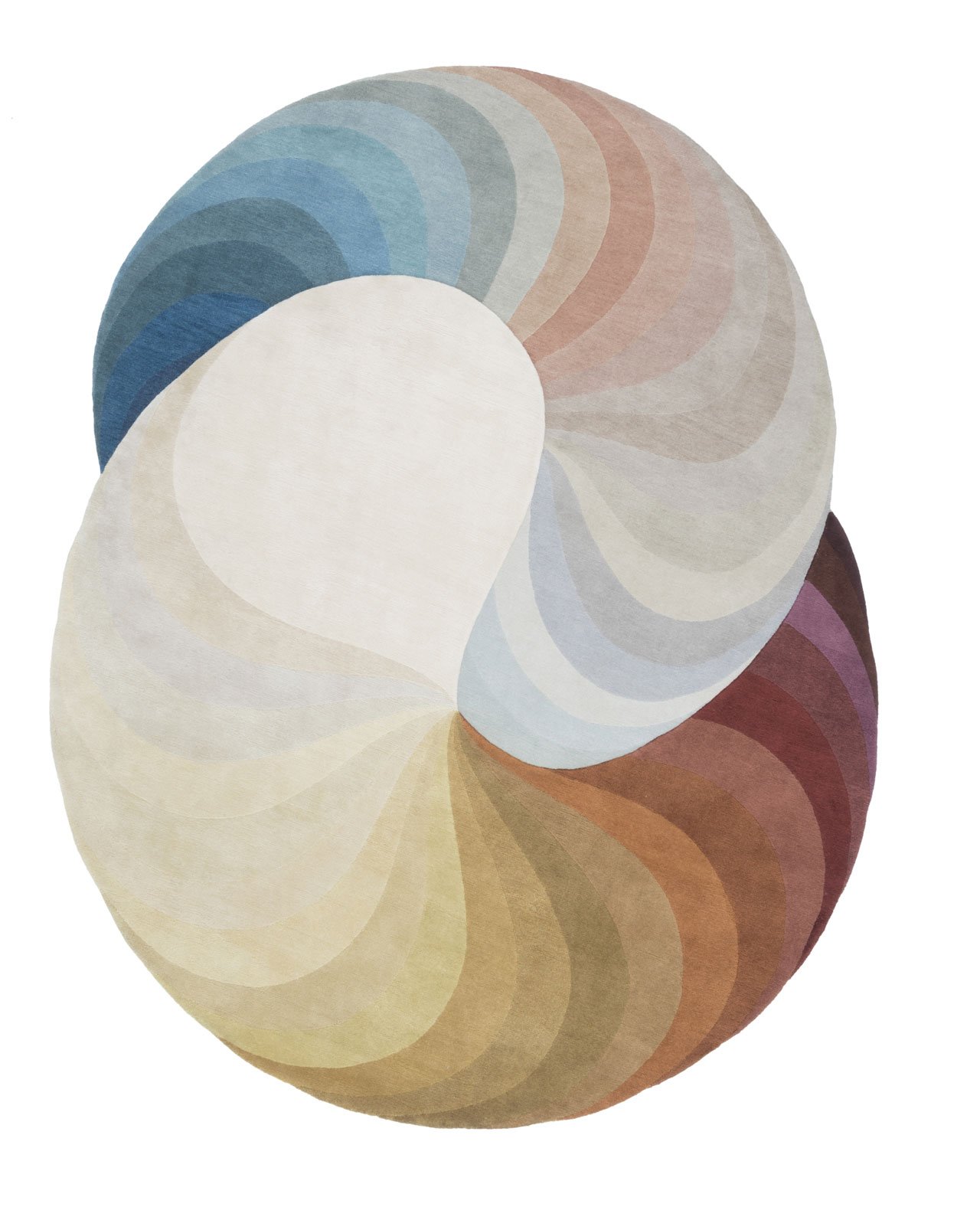
DOUBLE SLINKIE by Patricia Urquiola for cc-tapis.
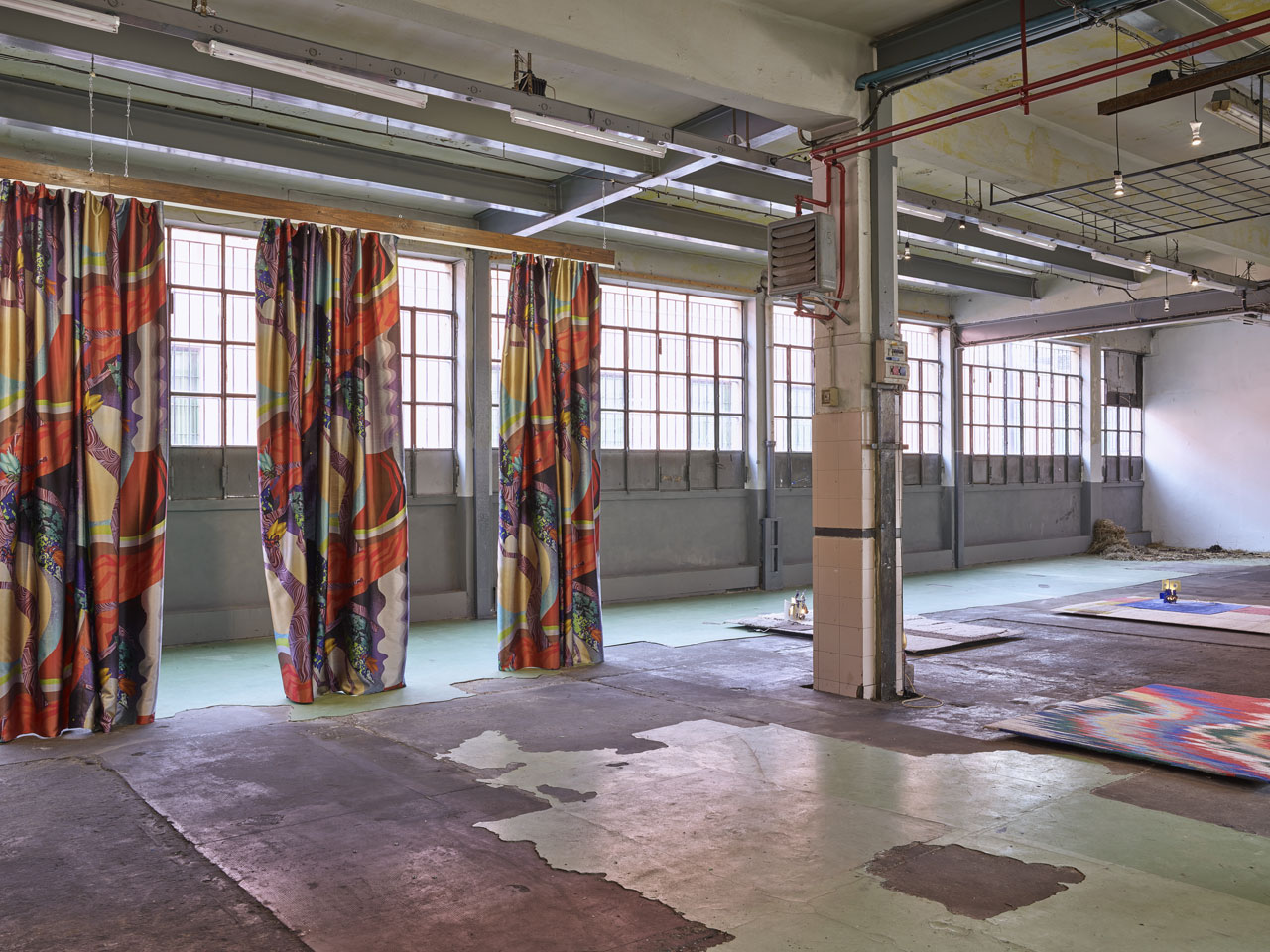
The second edition of 1+1+1 at ASSAB ONE, a project by Elena Quarestani and curated by Marco Sammicheli, continued to explore the relationship between art, architecture and design in the works of American architect Johanna Grawunder, Polish painter Antoni Malinowski and Swiss designer Christoph Hefti.
Pictured: Christoph Hefti, “That horse, slamming doors” ©Giovanni Hänninen // AssabOne 2018.
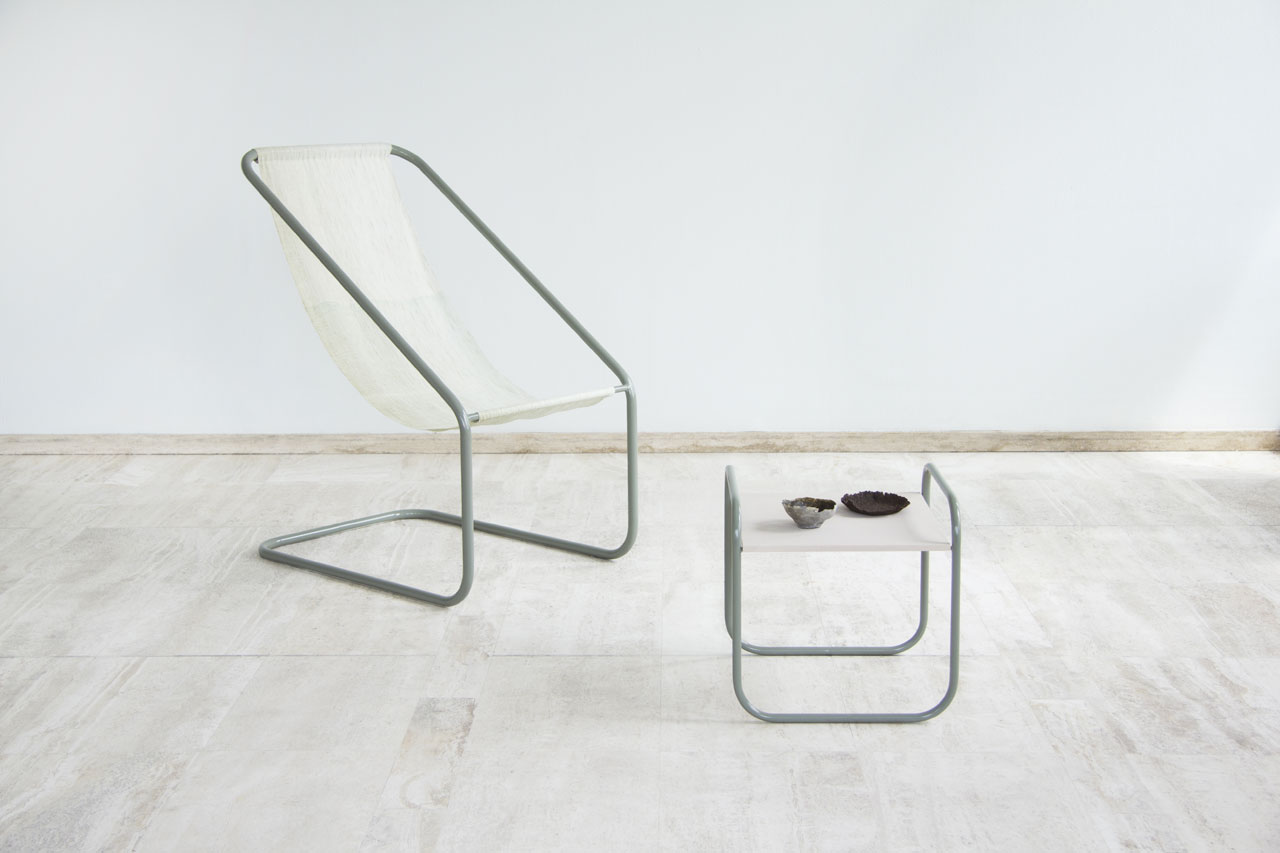
Studio Nienke Hoogvliet designed a chair and a table for her new SEA ME COLLECTION visualizing the possibilities of seaweed as a material. Photo by Femke Poort.
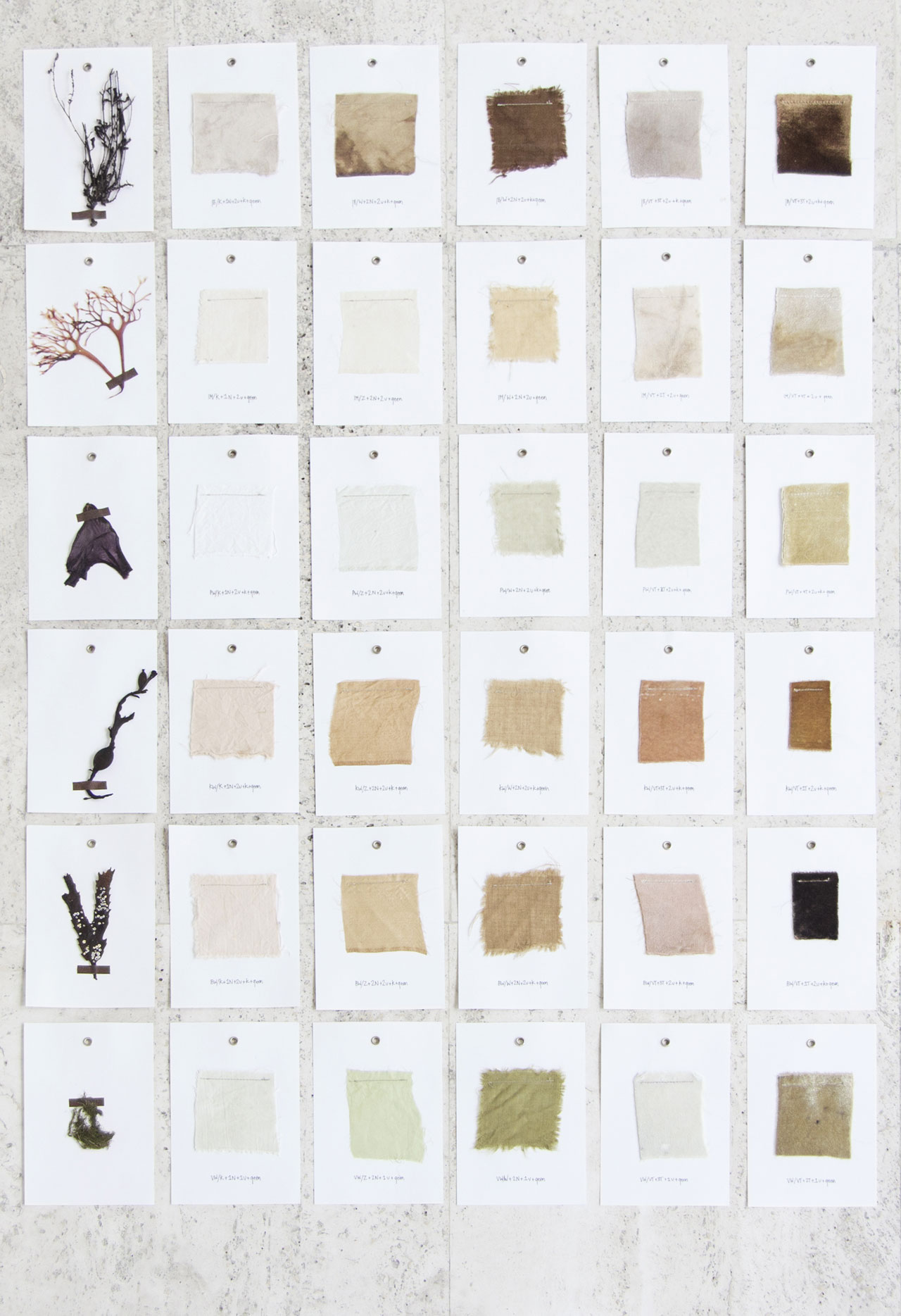
Studio Nienke Hoogvliet for her new SEA ME COLLECTION visualized the possibilities of seaweed as a material. Photo by Femke Poort.
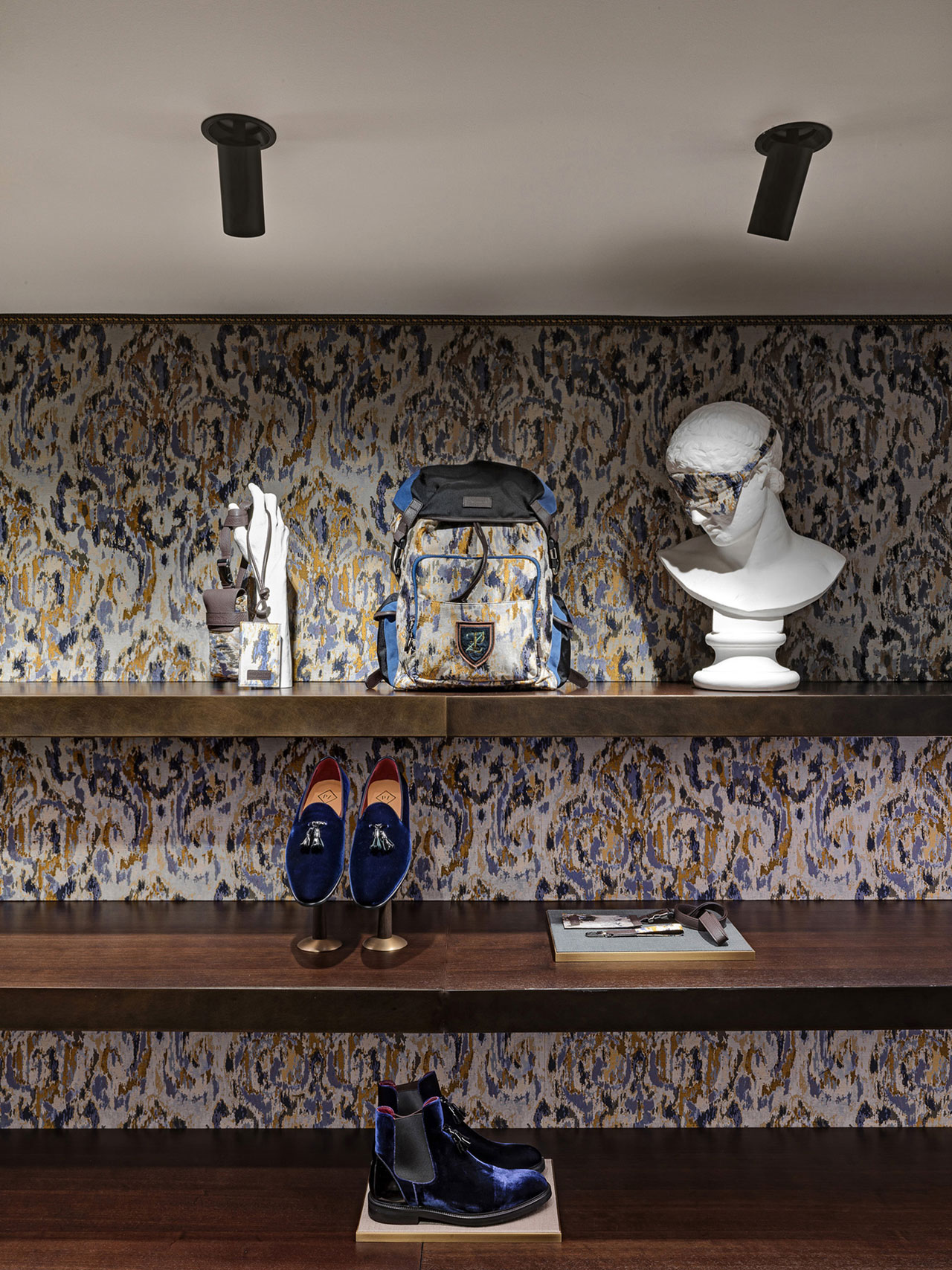
Pal Zileri in collaboration with the legendary Venetian textile company Rubelli, presented the “Tadzio” backpack at the Pal Zileri boutique during Milan Design Week on via Alessandro Manzoni, 20.
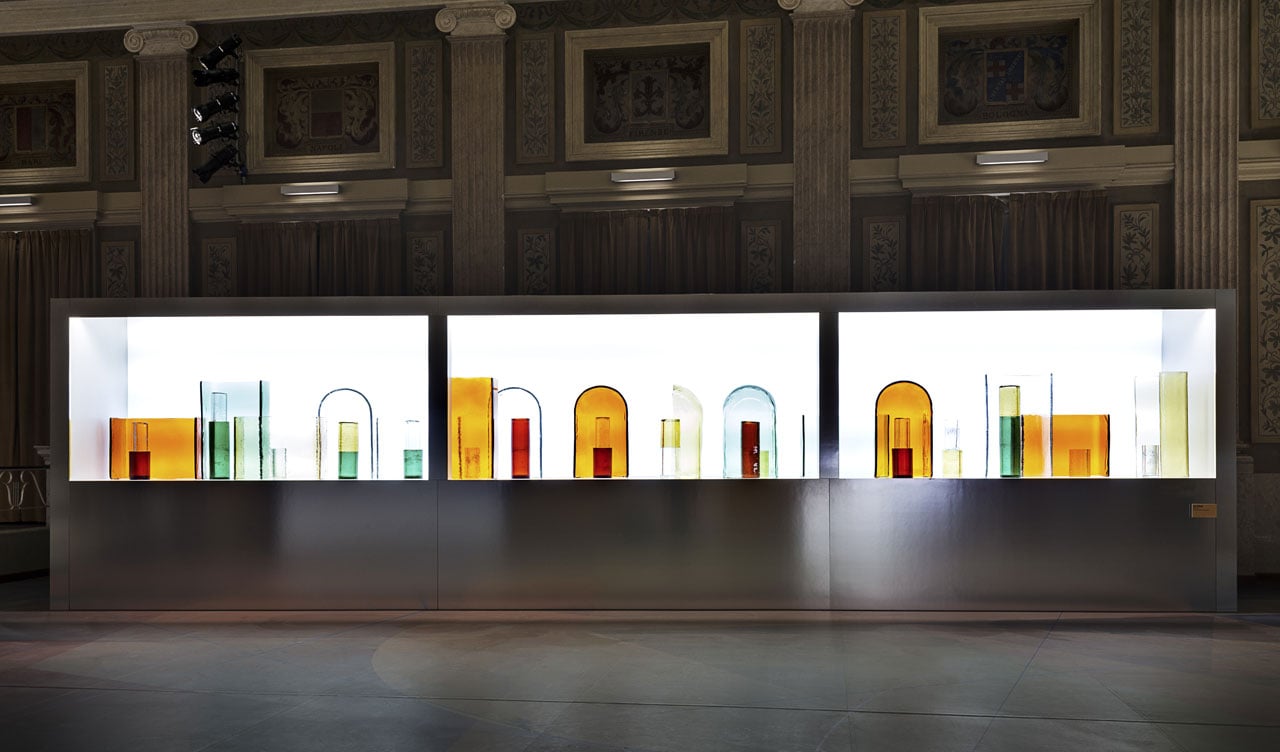
Installation view of the KOSMOS exhibition by WonderGlass at the Istituto dei Ciechi. Pictured here, the Alcova collection of "handcrafted geometric objects that can sit alone or be grouped to create intimate landscapes", designed by Ronan and Erwan Bouroullec.
Photo by Leonardo Duggento.
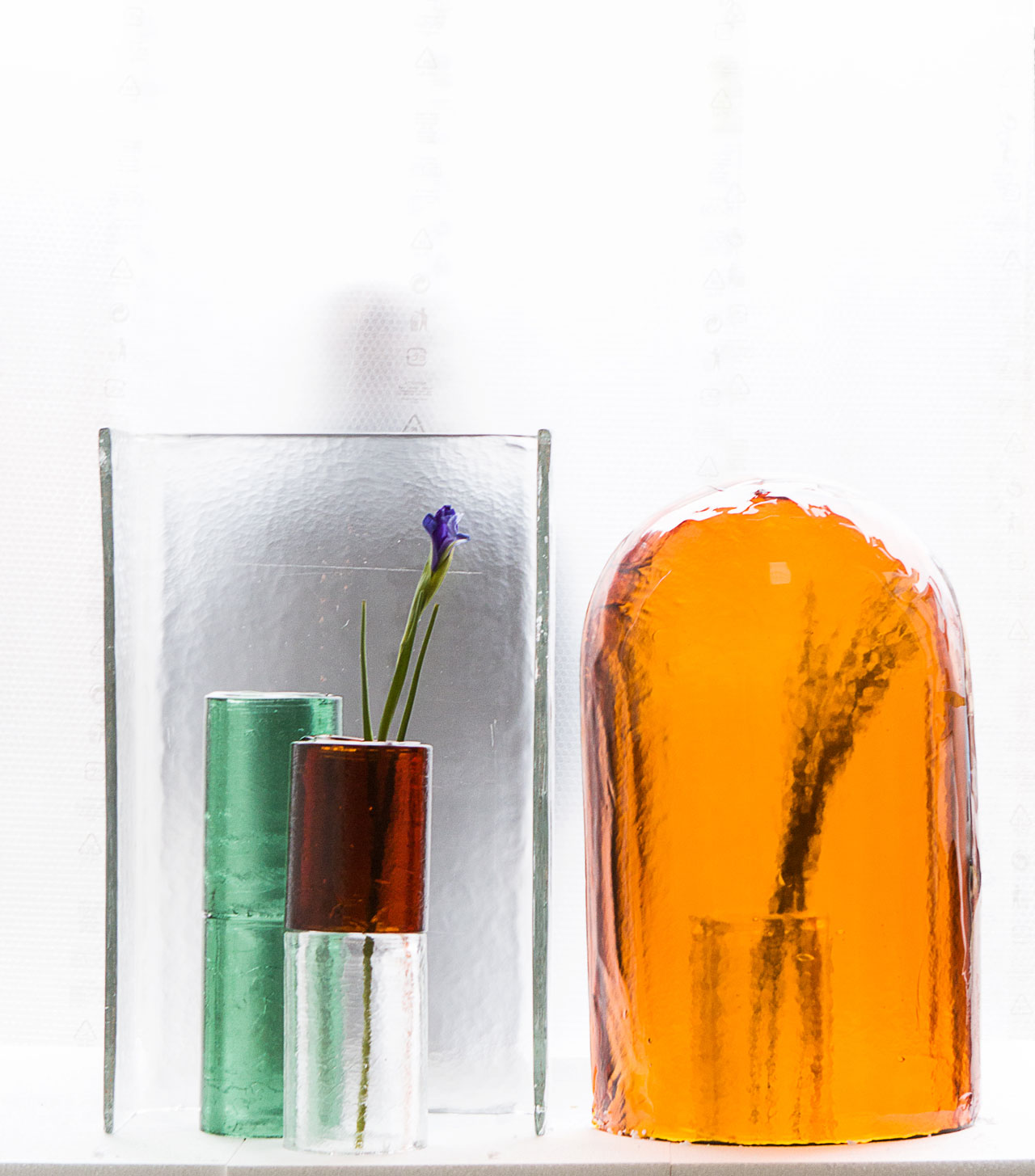
Alcova collection of "handcrafted geometric objects that can sit alone or be grouped to create intimate landscapes", designed by Ronan and Erwan Bouroullec.
Photo by Claire Lavabre.
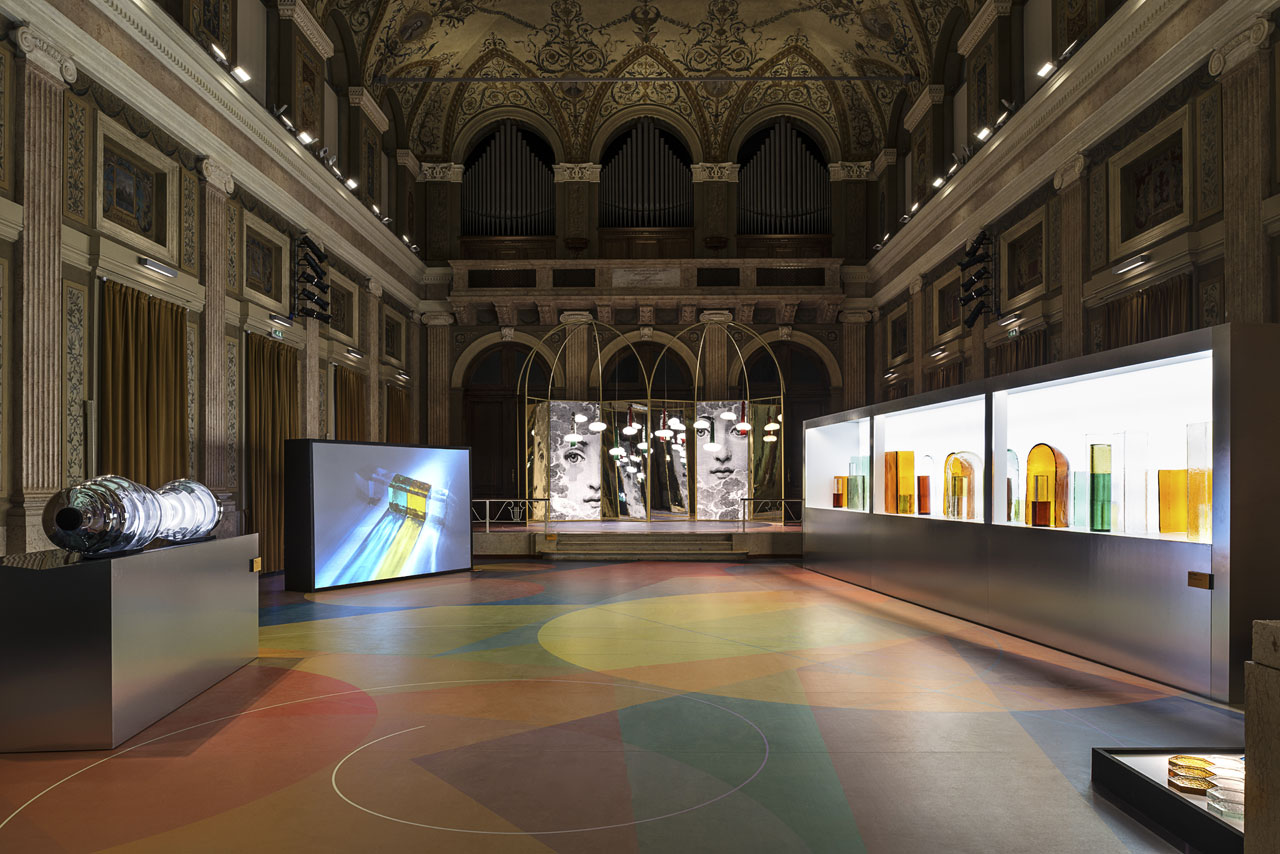
Installation view of the KOSMOS exhibition by WonderGlass at the Istituto dei Ciechi.
Photo by Leonardo Duggento.
A highlight of the KOSMOS exhibition by WonderGlass at the Istituto dei Ciechi was the stop-motion film Invisible Cities by artistic duo J&PEG. "A surreal tale of a glass ball lost in a magical world that both celebrates the utopian vision of the city and the role of glass within architecture and urban environments."
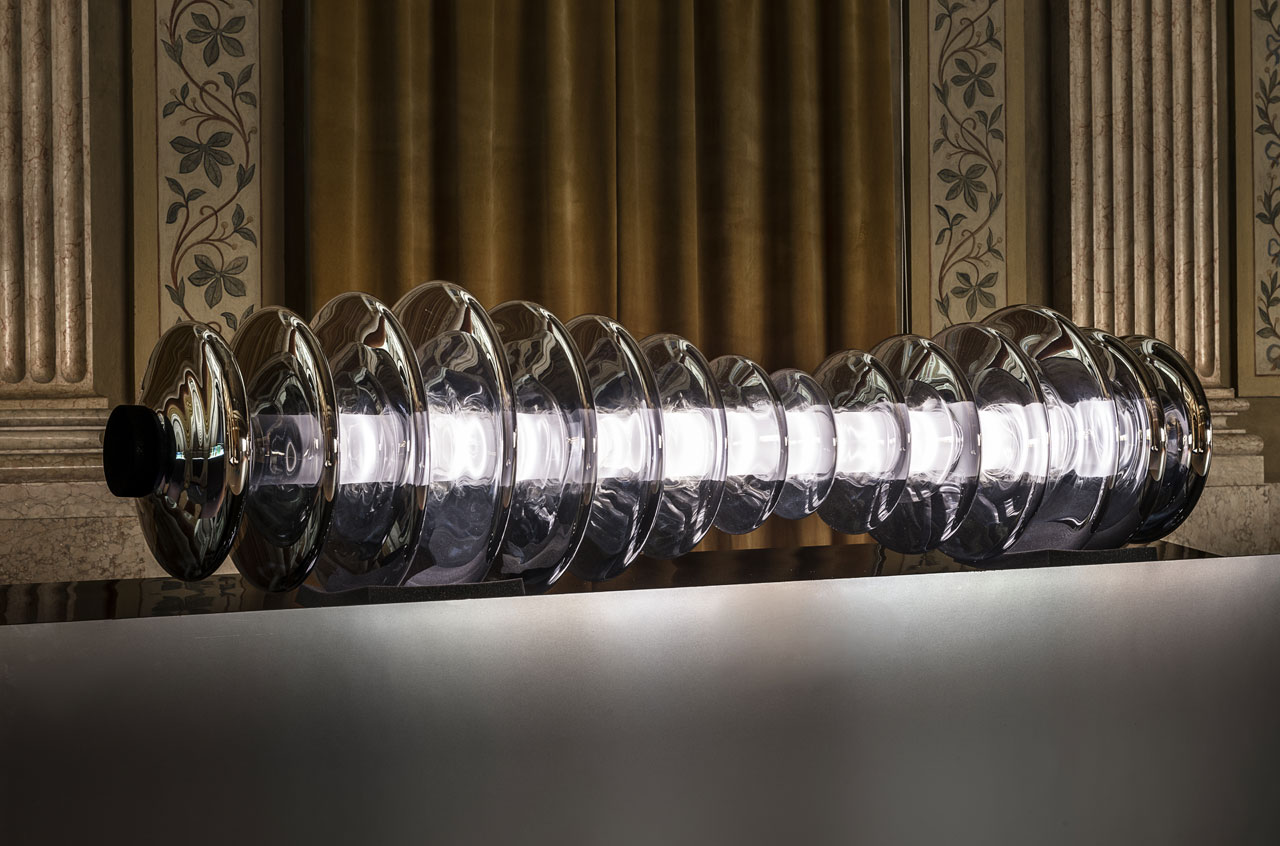
Installation view of the KOSMOS exhibition by WonderGlass at the Istituto dei Ciechi. Pictured here: Echo by studiopluz, "an illuminated sculpture reminiscent of an ancestral melody comprised of a series of glass disks fusing glass with senses to produce a stimulating sound scape, evocative of the gravitational waves coming from black holes".
Photo by Leonardo Duggento.
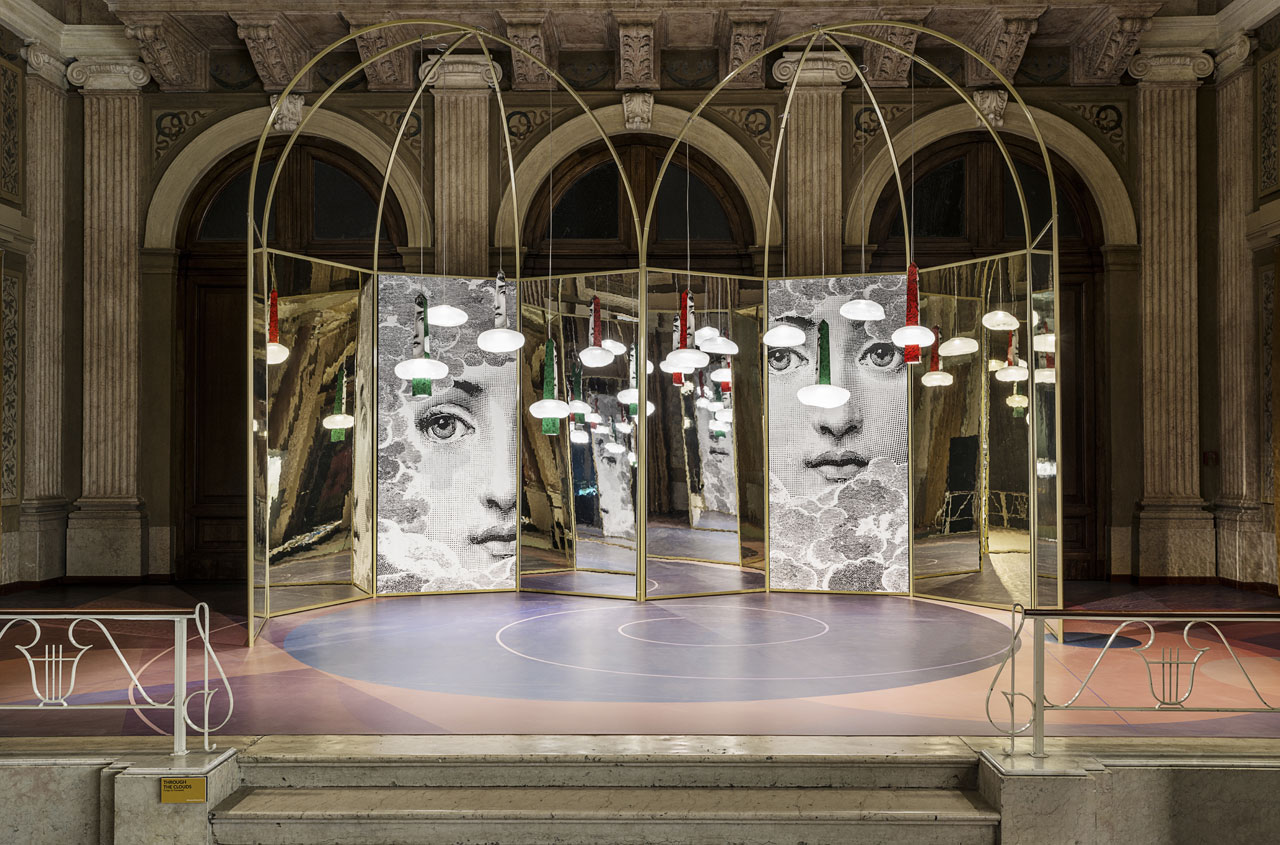
Installation view of the KOSMOS exhibition by WonderGlass at the Istituto dei Ciechi. Pictured here: THROUGH THE CLOUDS chandeliers by Fornasetti for Wonderglass.
Photo by Leonardo Duggento.
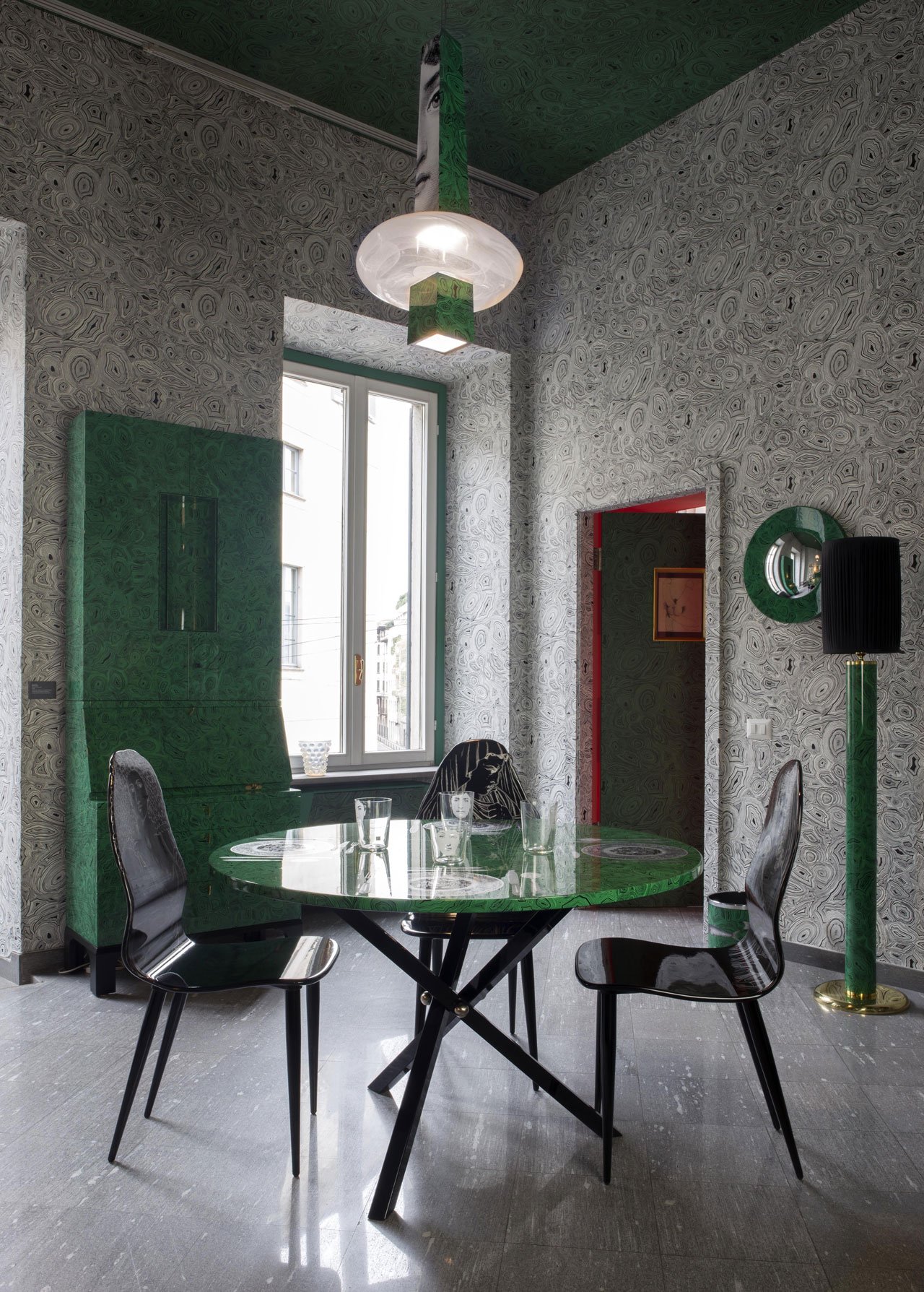
THROUGH THE CLOUD chandelier by Fornasetti for Wonderglass. Installation view at the Fornasetti boutique in Milan.
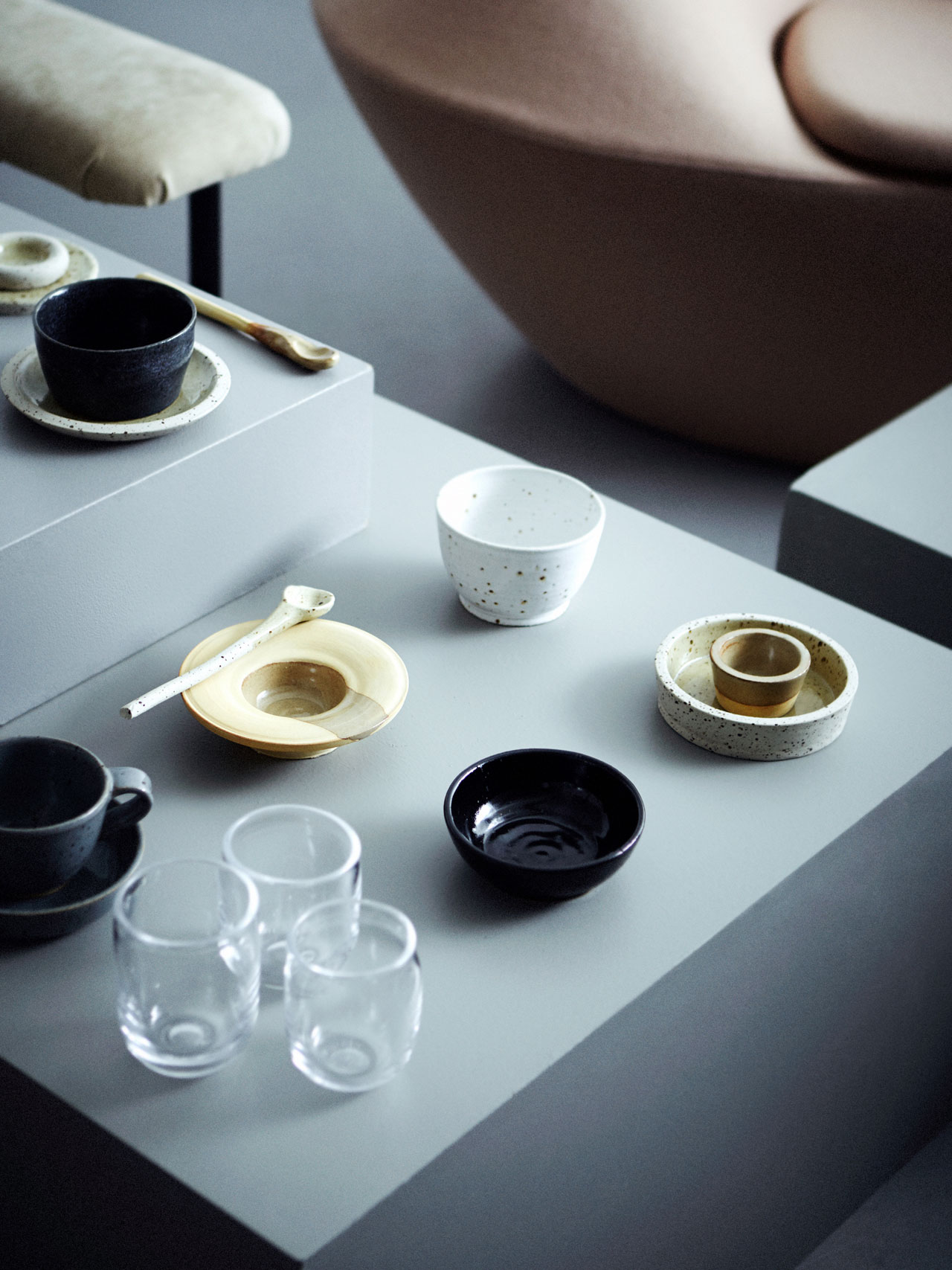
Eleven graduates and alumni from Beckmans College of Design made their first appearance on the international design scene during Milan Design Week. Their work was displayed in the Swedish collaborative exhibition Hemma – Stories of Home, curated by the Stockholm-based Joyn studio.
Pictured: Ground Settings by Emma Stridh which represents the design of a meal in which each part is made from the following raw materials: clay, wood, metal, linen and glass.
Photo bt Rikard Lilja.
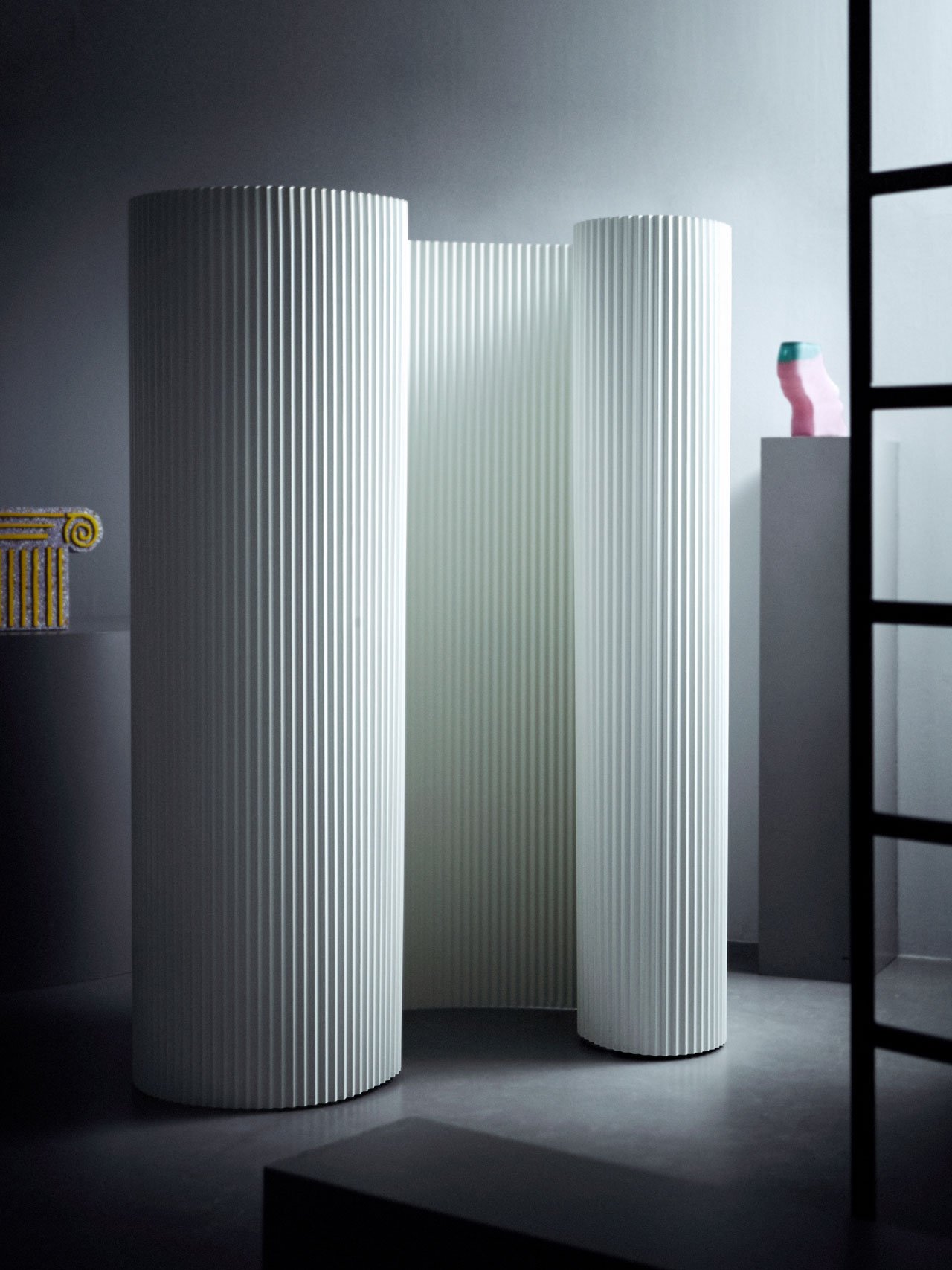
Eleven graduates and alumni from Beckmans College of Design made their first appearance on the international design scene during Milan Design Week. Their work was displayed in the Swedish collaborative exhibition Hemma – Stories of Home, curated by the Stockholm-based Joyn studio.
Pictured: Kolonn by Lisa Lindh and Klara Hedengren for Massproductions is the first piece of furniture ever to be entirely made out of cellulose fibres (fibers made with ether or esters of cellulose, which can be obtained from the bark, wood or leaves of plants, or from a plant-based material).
Photo bt Rikard Lilja.
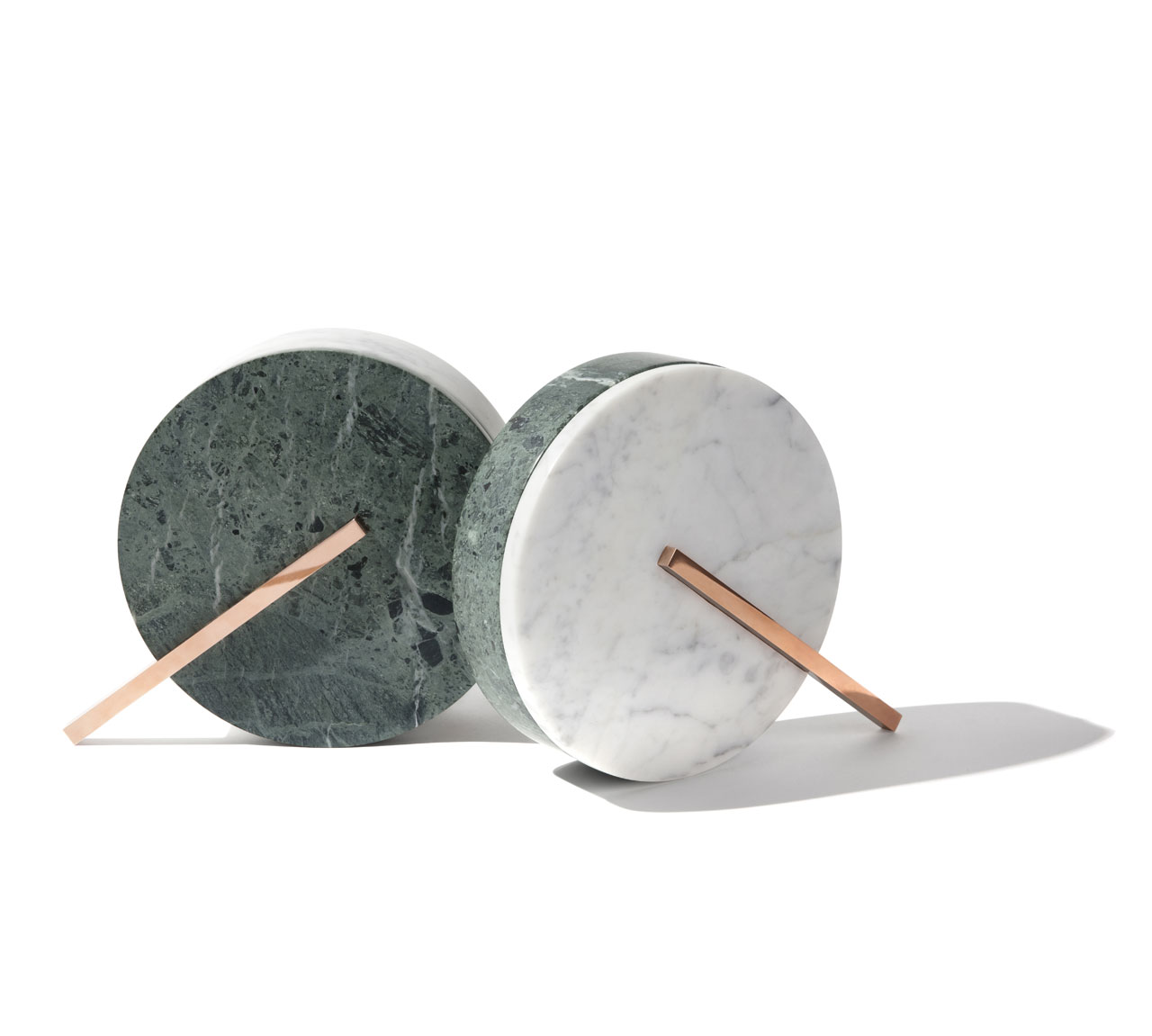
DAMA system of stackable cylindrical containers made of Marble Guatemala, Bardiglioa and Carrara by Federica Biasi for Incipit.
Photo by Sara Magni.
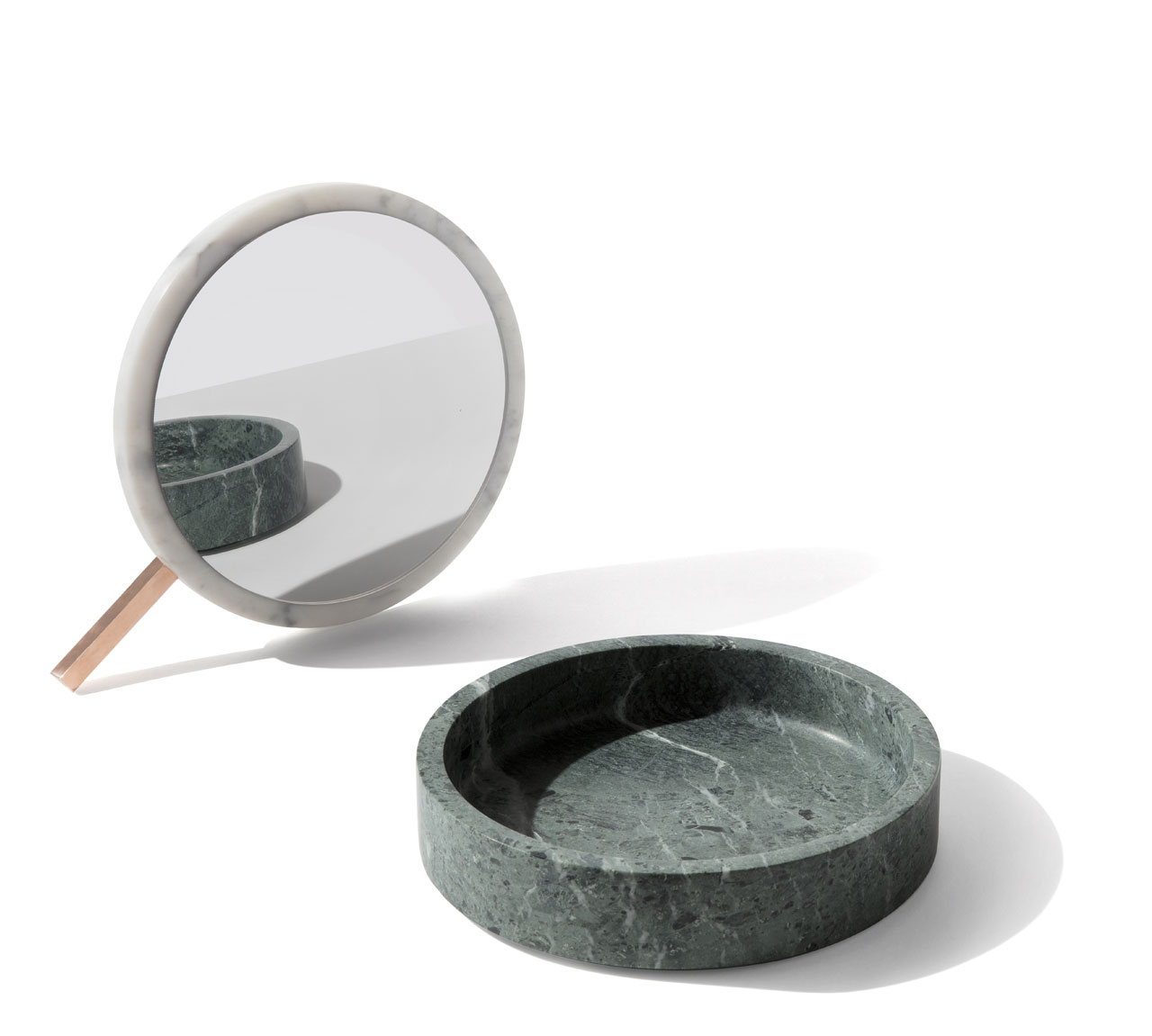
DAMA system of stackable cylindrical containers made of Marble Guatemala, Bardiglioa and Carrara by Federica Biasi for Incipit.
Photo by Sara Magni.
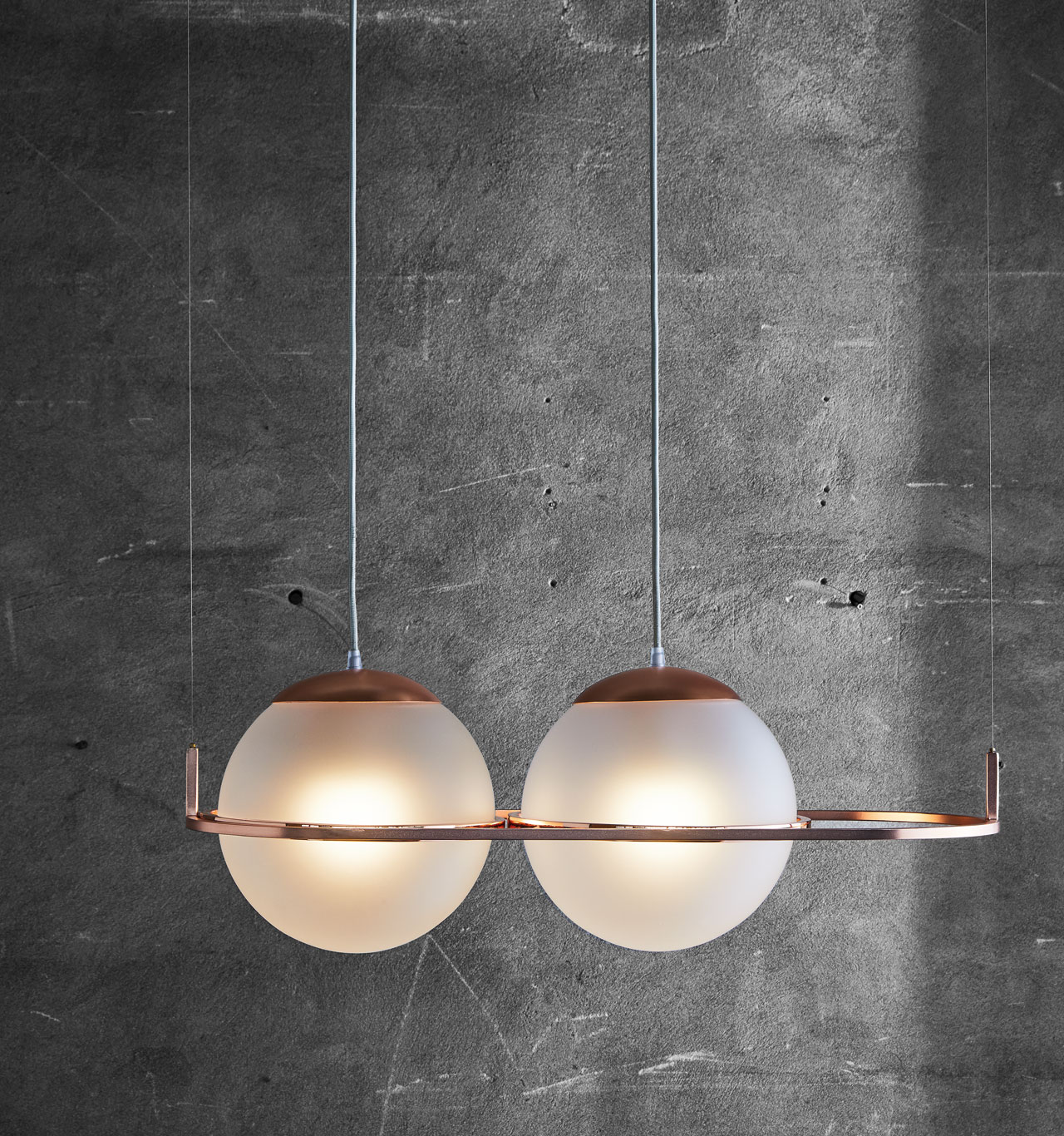
Déco lamp by Federica Biasi for Mingardo.
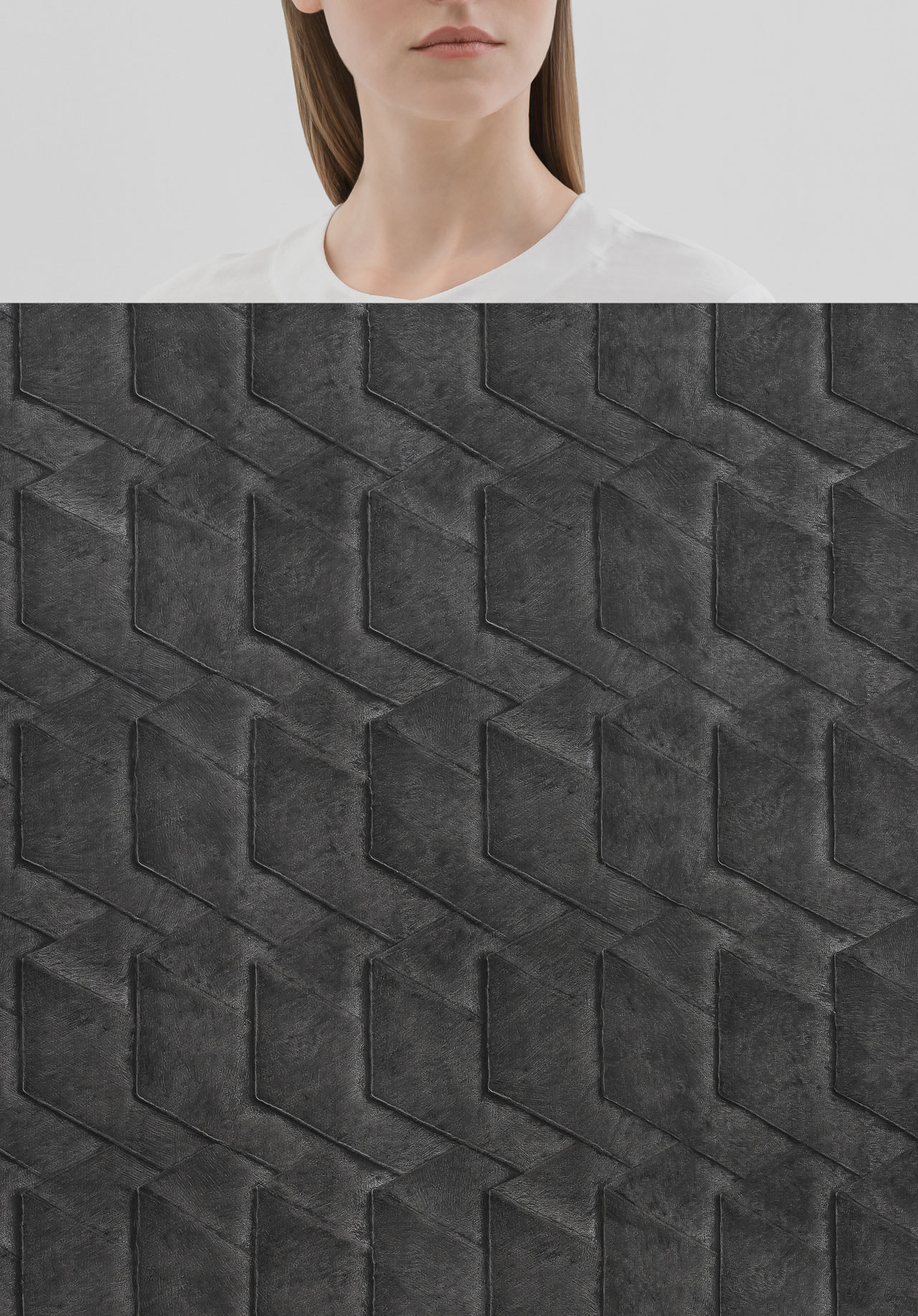
NAMI Essential Wallpaper by Studiopepe for Wall&decò.
Photo by Lorenzo Pennati.
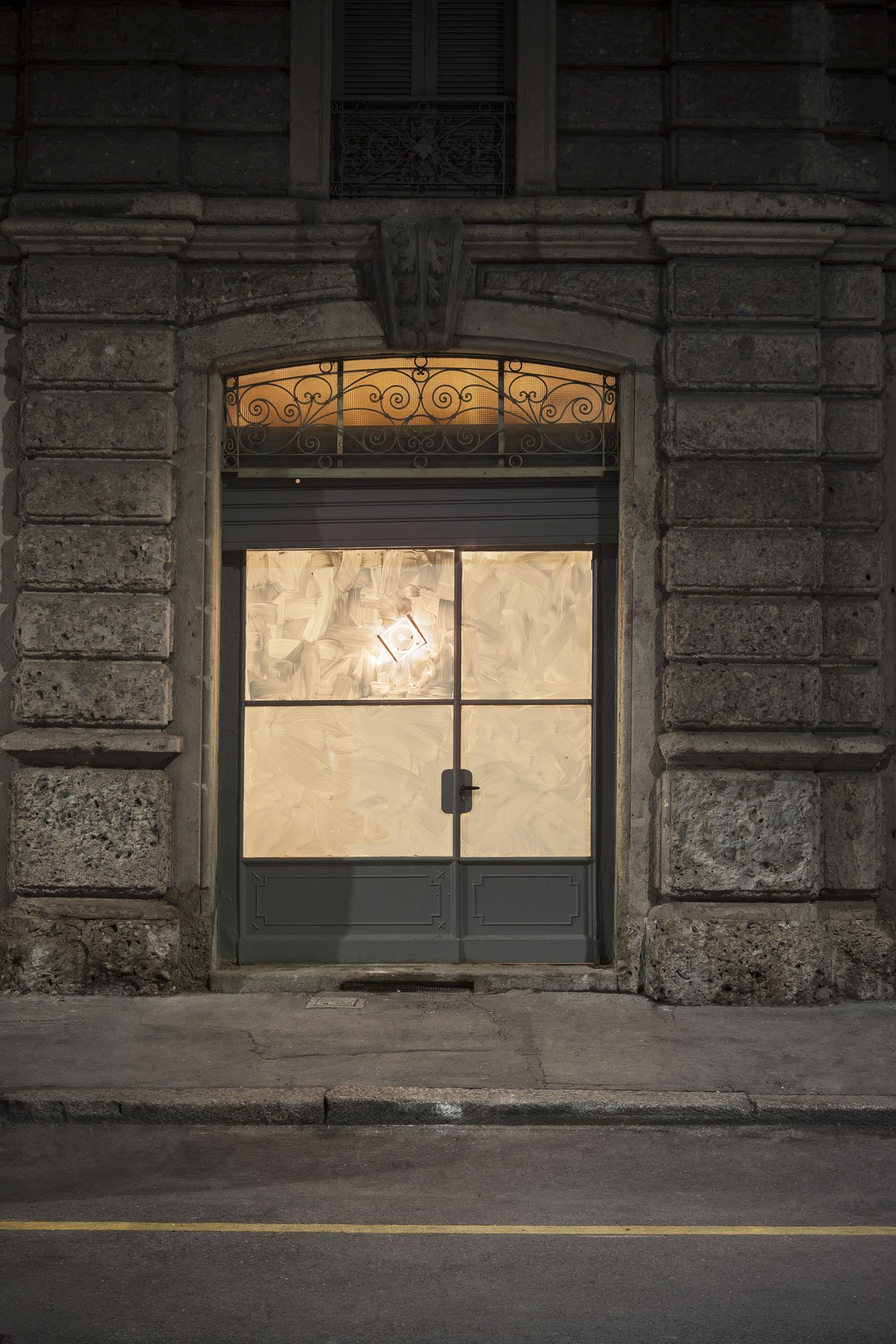
Club Unseen's entrance on Viale Abruzzi, 20 in the neighbourhood of Piazza Tricolore. A project designed by Arianna Lelli Mami and Chiara Di Pinto, Creative Directors of Studiopepe in collaboration with companies that represent cases of excellence in the field of Italian and international design.
Photo by Giuseppe Dinnella.
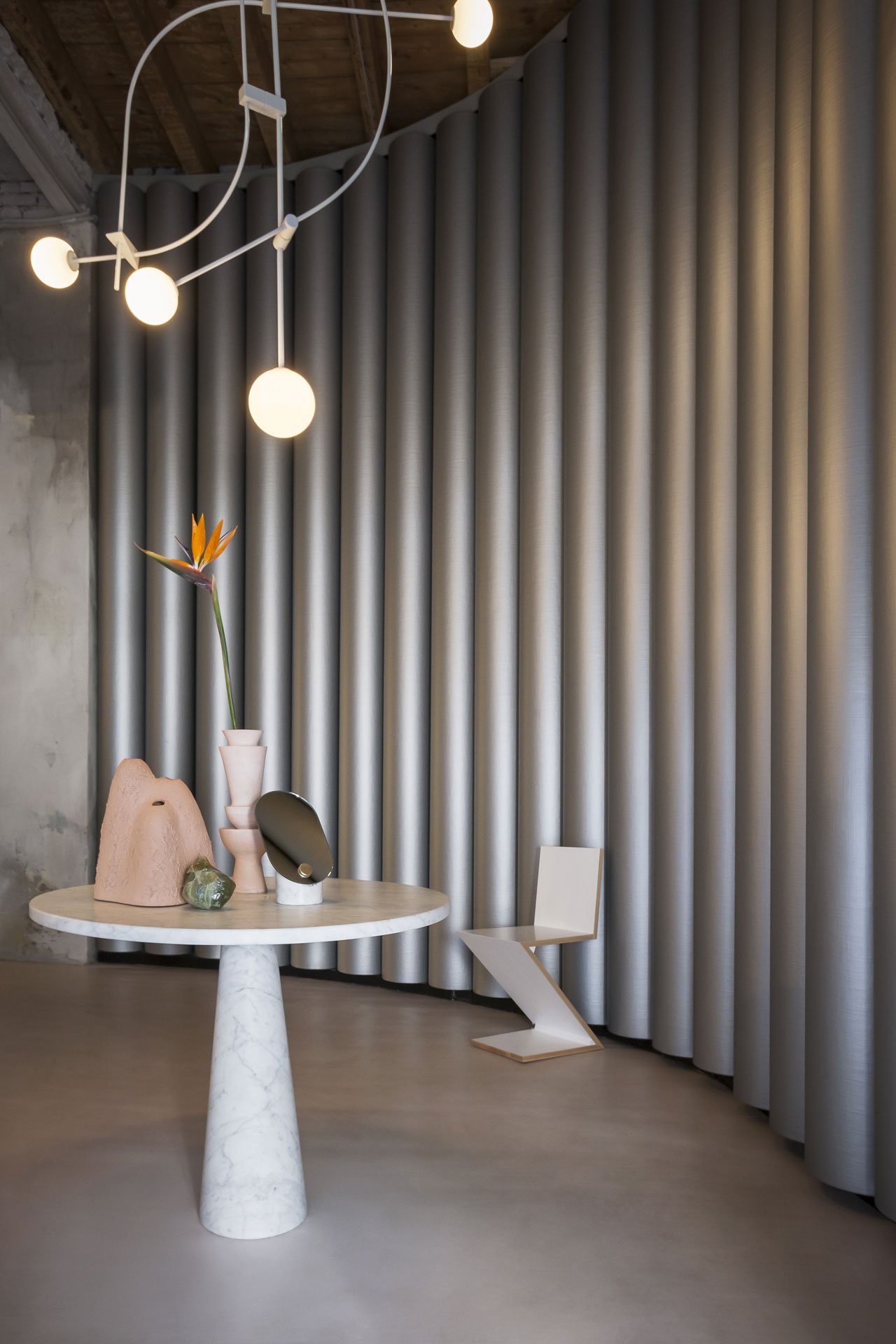
Club Unseen's entrance on Viale Abruzzi, 20 in the neighbourhood of Piazza Tricolore. A project designed by Arianna Lelli Mami and Chiara Di Pinto, Creative Directors of Studiopepe in collaboration with companies that represent cases of excellence in the field of Italian and international design.
Photo by Giuseppe Dinnella.
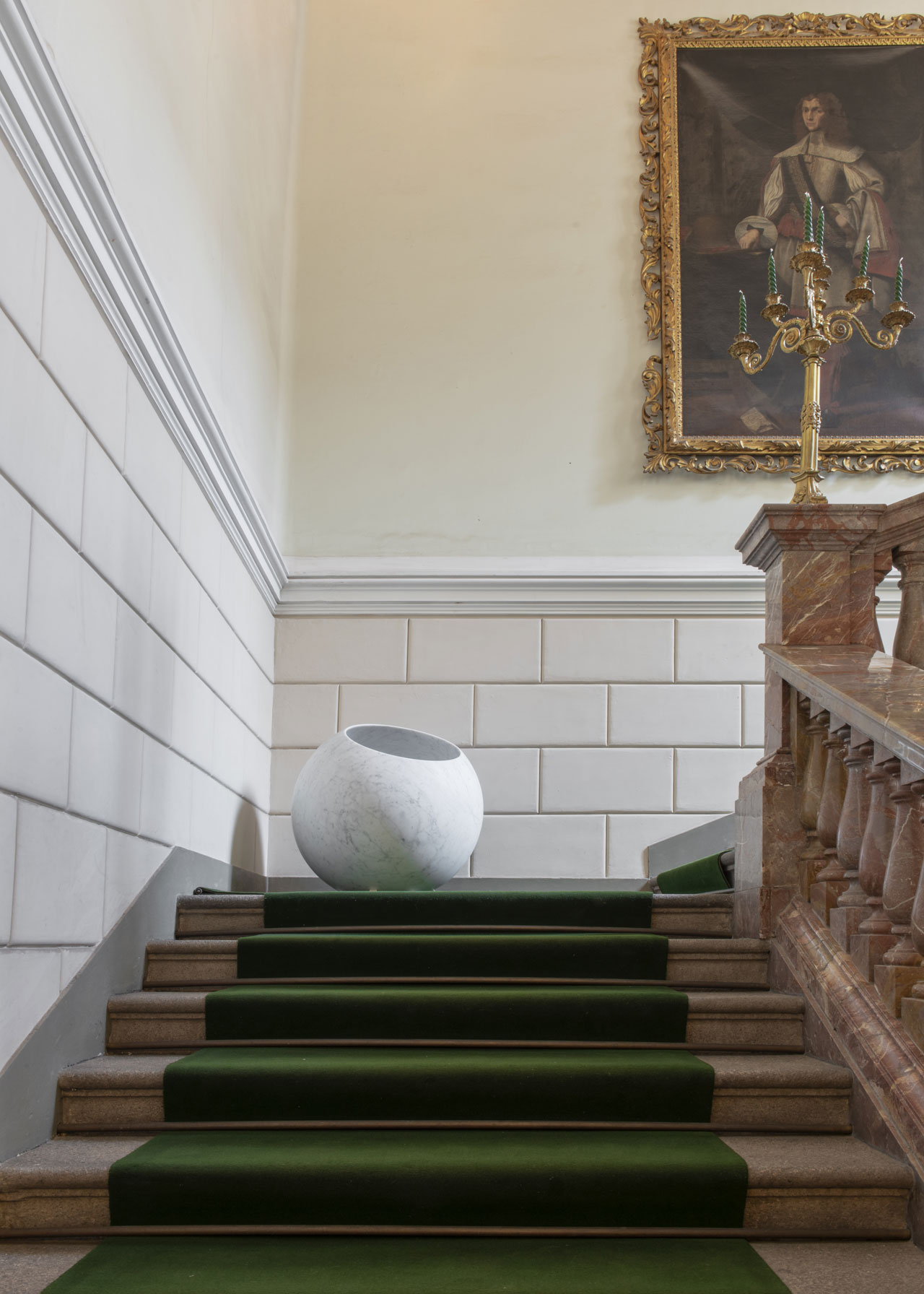
1stdibs, the leading online marketplace for collectors and dealers of beautiful things, presented “A New Breed,” exhibition in a 16th-century building in Milan’s historic Cinque Vie neighborhood, featuring pieces by 1stdibs partner artists, designers, and dealers and 28 new pieces from its New & Custom category, which is dedicated to contemporary material.
Pictured: Salvatori Urano Spherical Floor Lamp 50 in Bianco Carrara Marble by Elisa Ossino.
Photo © 1stdibs.

Fornace Brioni presented GIARDINO DELLE DELIZIE, a new tiles collection designed by Cristina Celestino, influenced by the grottos of Renaissance gardens.
Photo © Fornace Brioni.
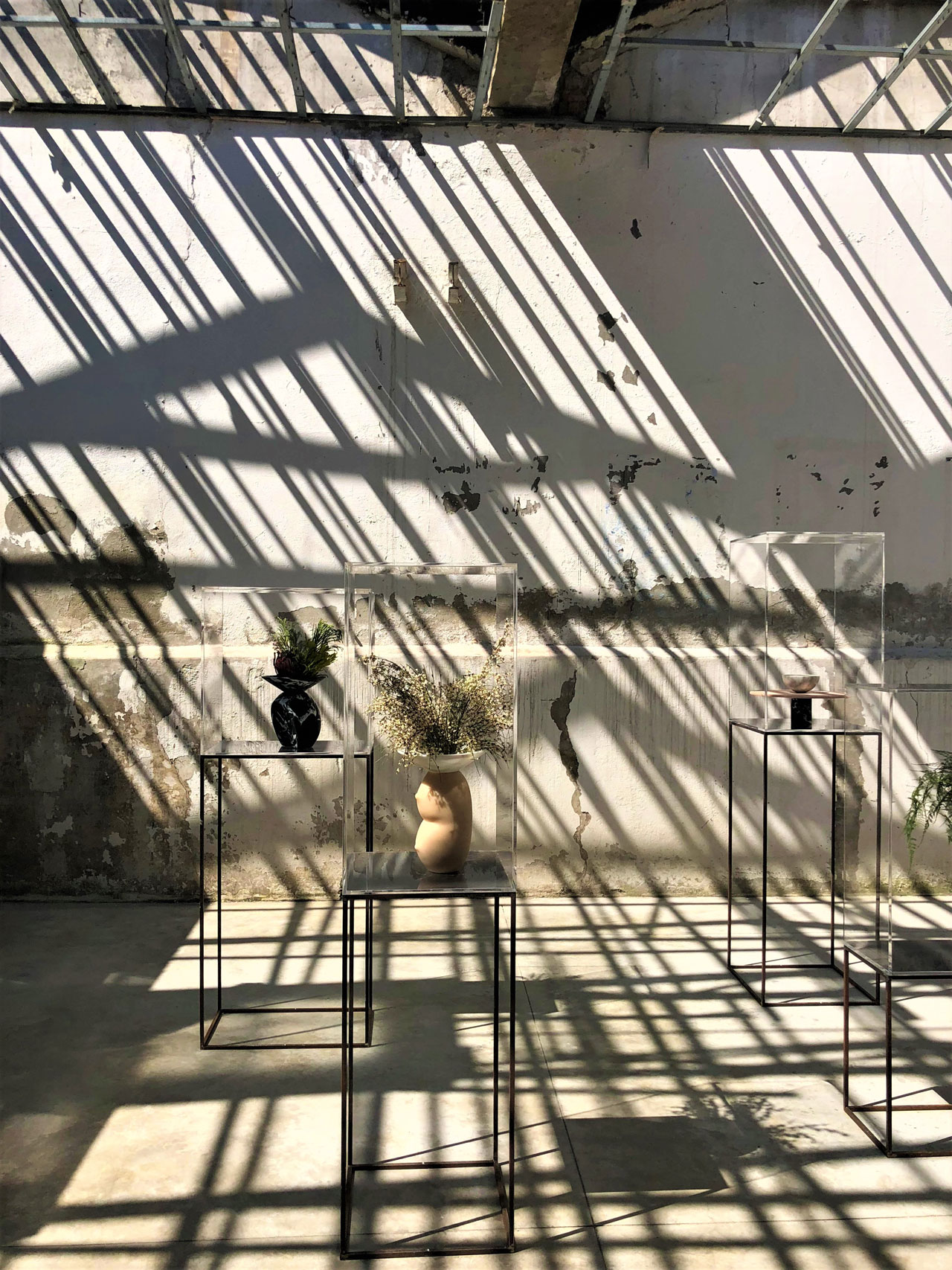
Bloc Studios presented three new series of objects created in collaboration with designers Valentina Cameranesi and Nick Ross, and design studio Objects of Common Interest, which were showcased at the new ALCOVA space.
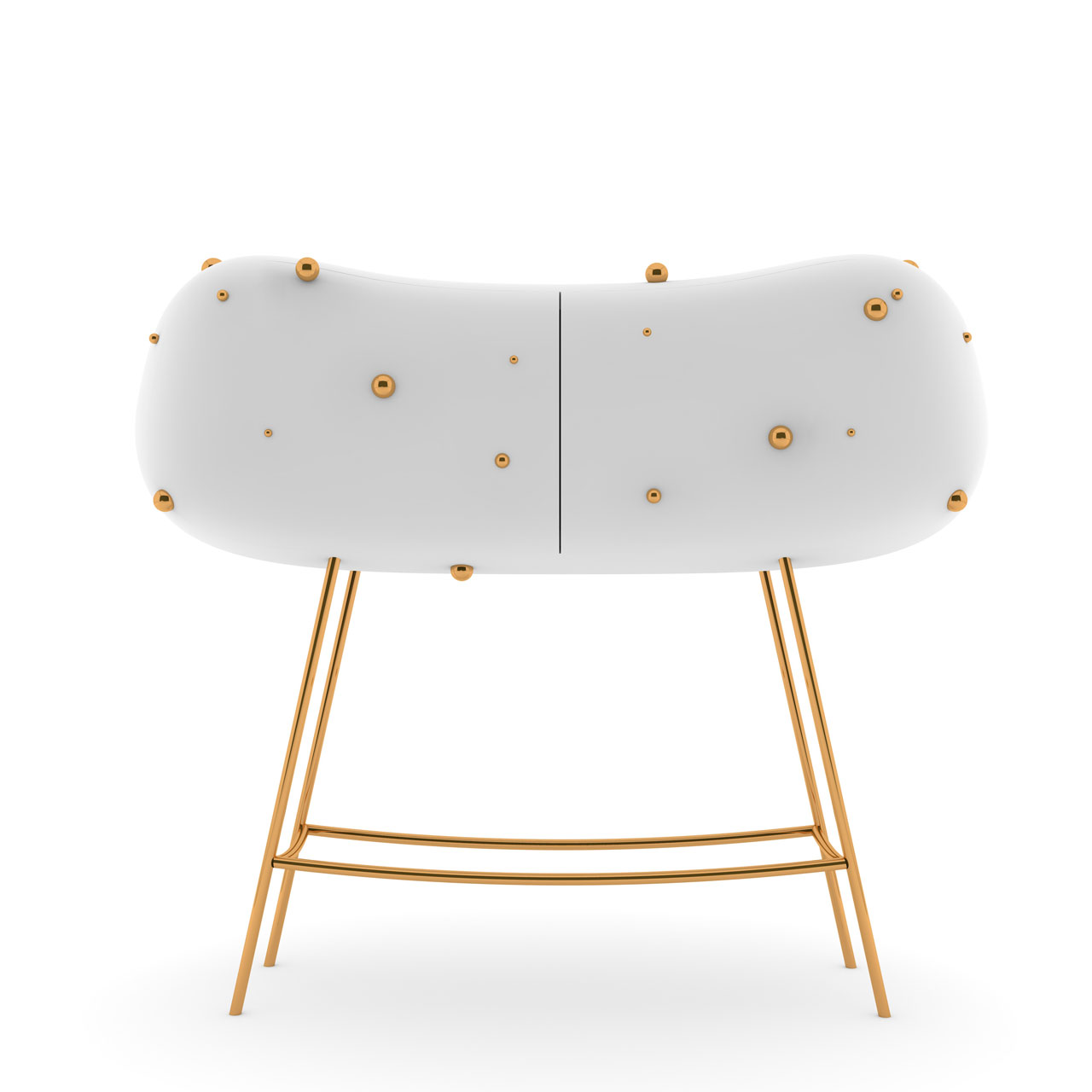
JUSTINE cabinet by Matteo Cibic for JCP Universe, 2018.
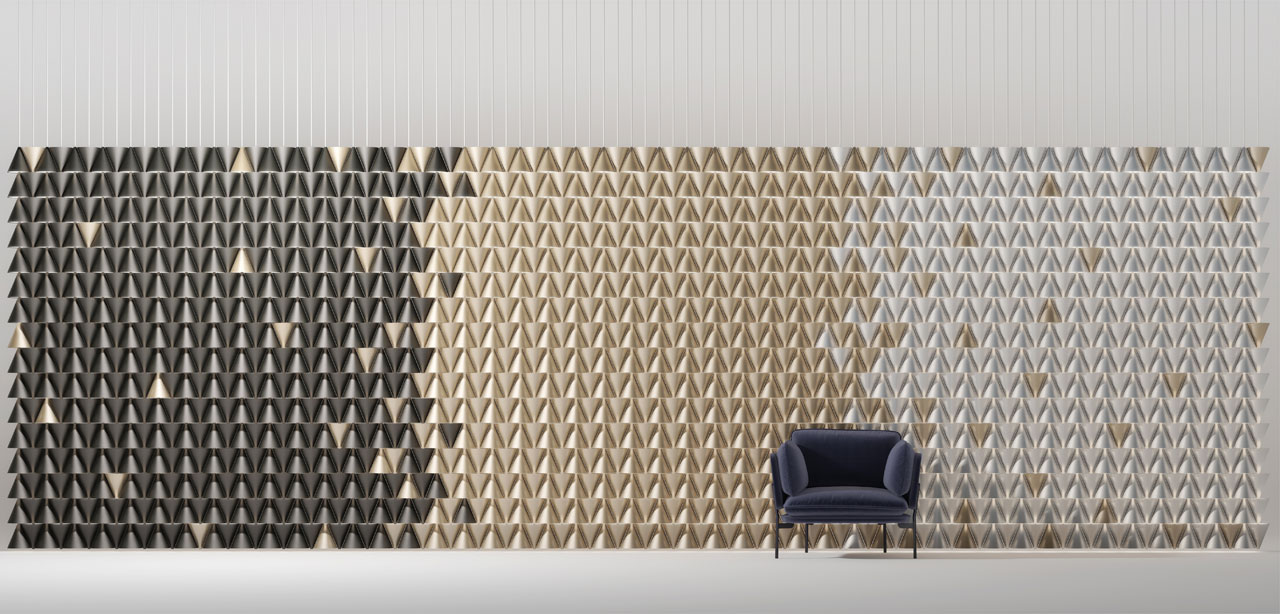
LEGATO lighting system by Luca Nichetto for MATTER MADE.
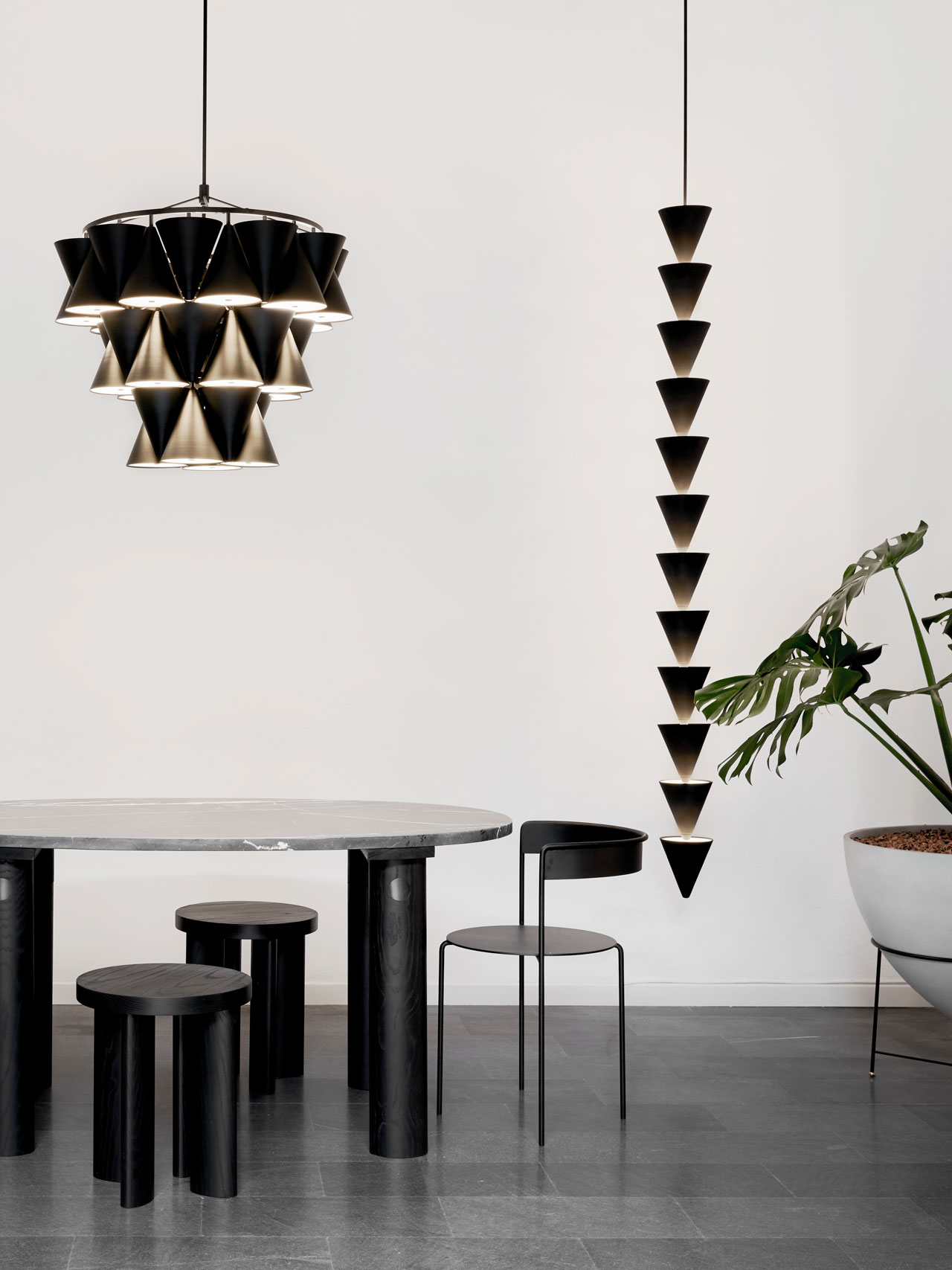
American brand Matter Made exhibited new creations in via Pietro Maroncelli 7. Pictured here the new Legato modular system of lights by Luca Nichetto (above the Avoa Chairs by Pedro Paulo Venzon and Orbit round table by Matter Made's founder Jamie Gray.)
Photo by Brooke Holm.
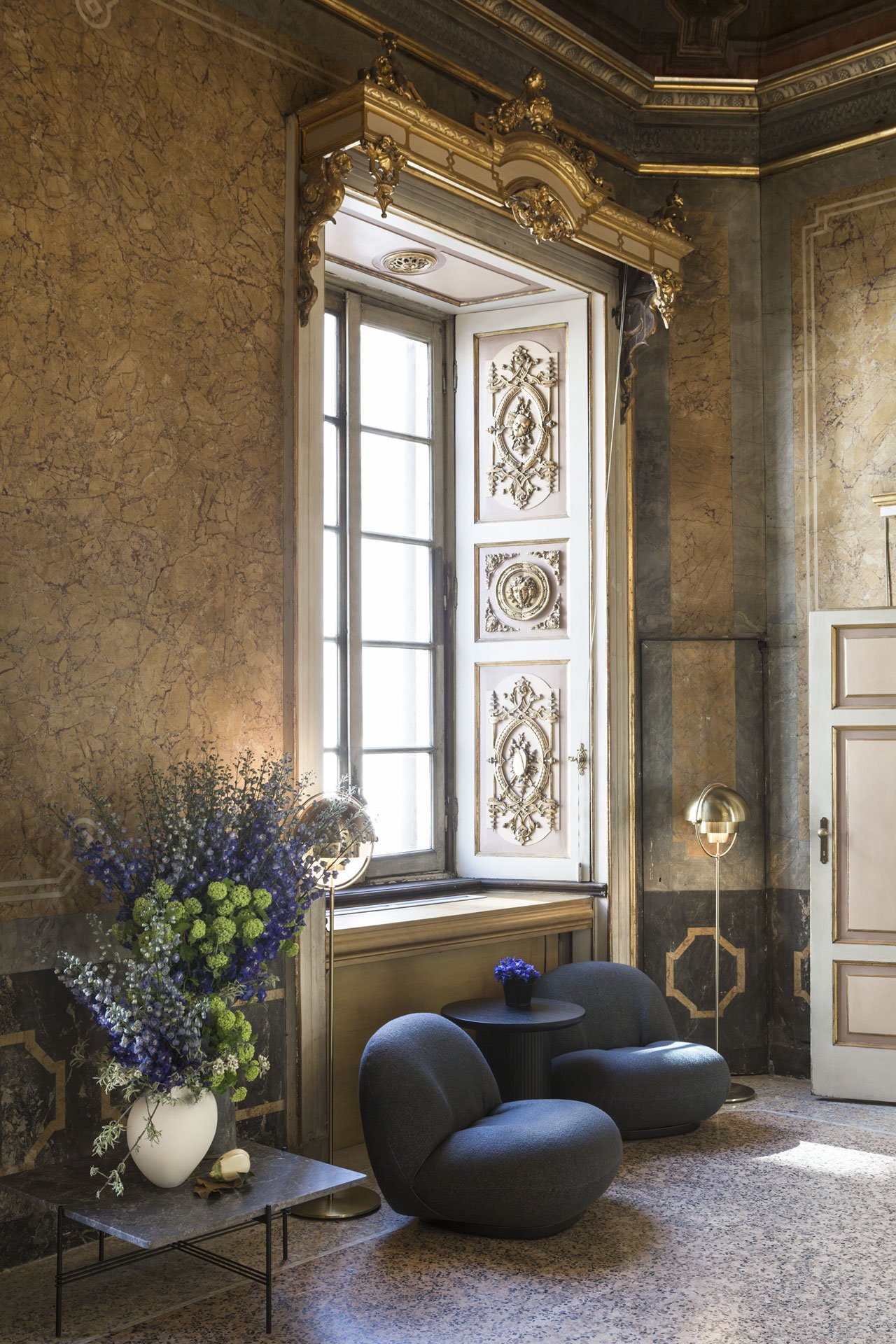
Pierre Paulin's iconic Pacha Chair and Multi-Lite Floor Lamp by Louis Weisdorf inside Palazzo Serbelloni at the Gubi exhibition.
Photo © GUBI.
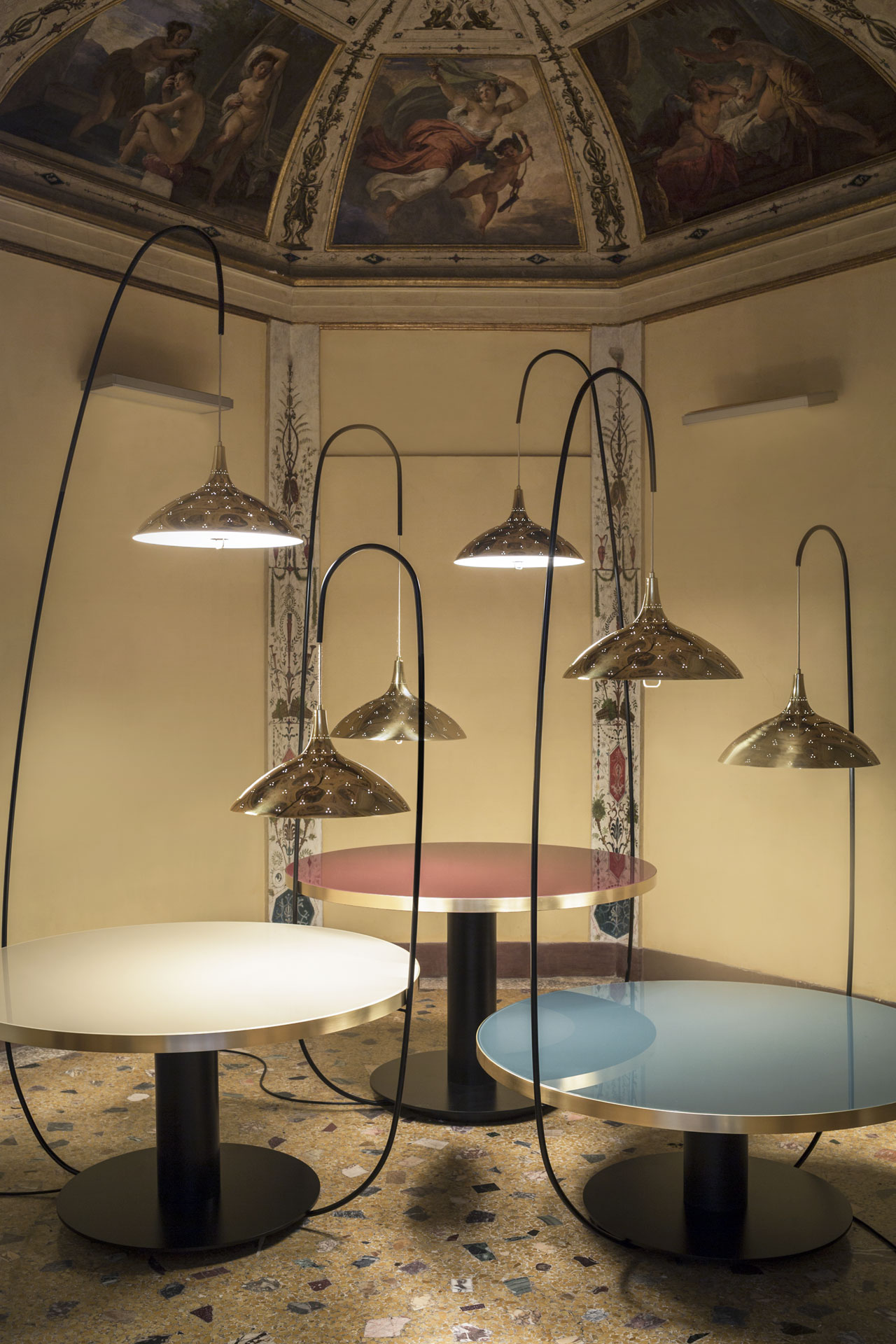
1965 Pendant by Paavo Tynell and GUBI 2.0 Tables inside Palazzo Serbelloni at the Gubi exhibition.
Photo © GUBI.
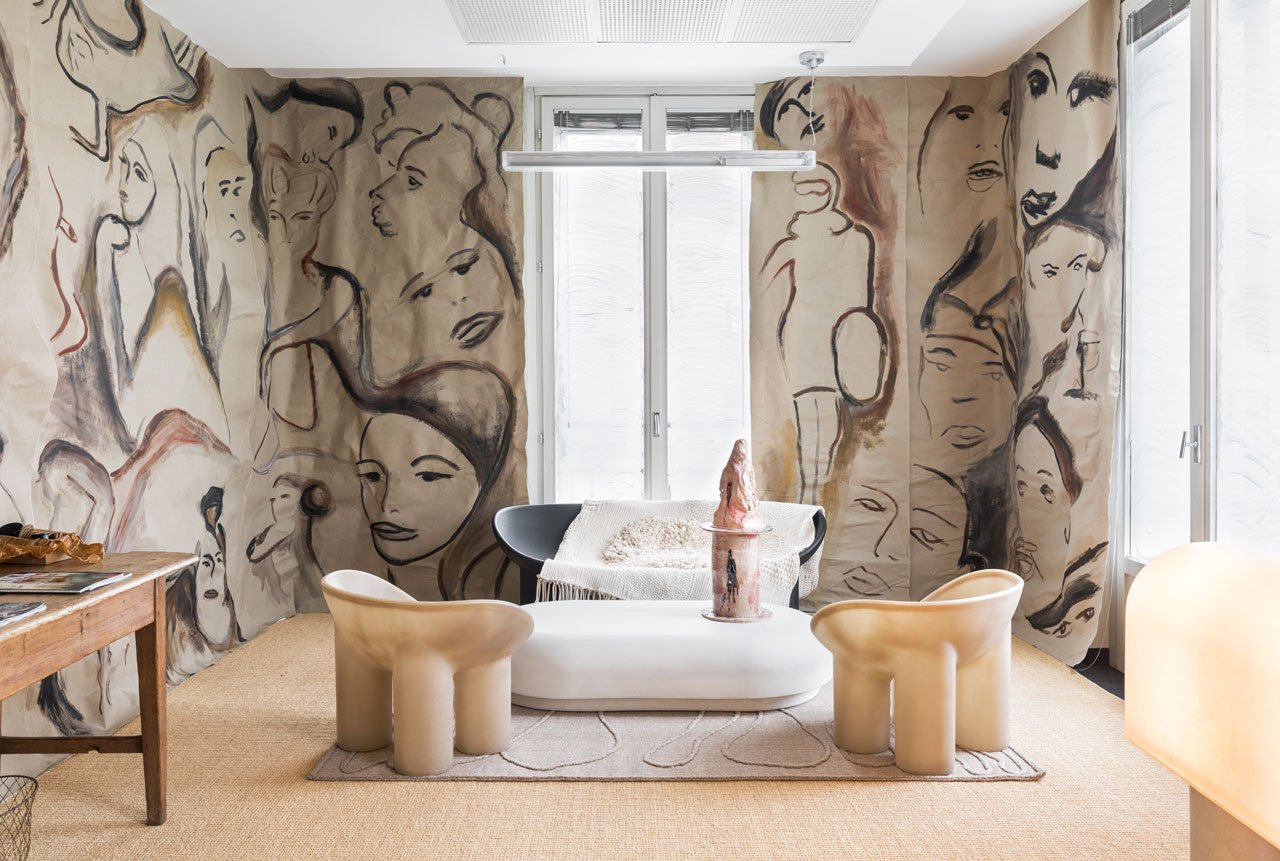
Vogue Italia Editor-in-Chief Emanuele Farneti presented LIFE IN VOGUE project in Piazza Cadorna 5/7 where he invited eight internationally acclaimed designers (Mario Bellini, Michael Bargo, Antonio Citterio Patricia Viel, Sabine Marcelis, Faye Toogood, Patricia Urquiola, Muller Van Severen and Quinconces–Dragò) to develop the Editorial Staff rooms and décor in their own inimitable styles.
Pictured: The interior décor created by Faye Toogood for the office of the Editor-in-Chief, equipped with furniture from her famous “Roly-Poly” collection. Photo Delfino Sisto Legnani.
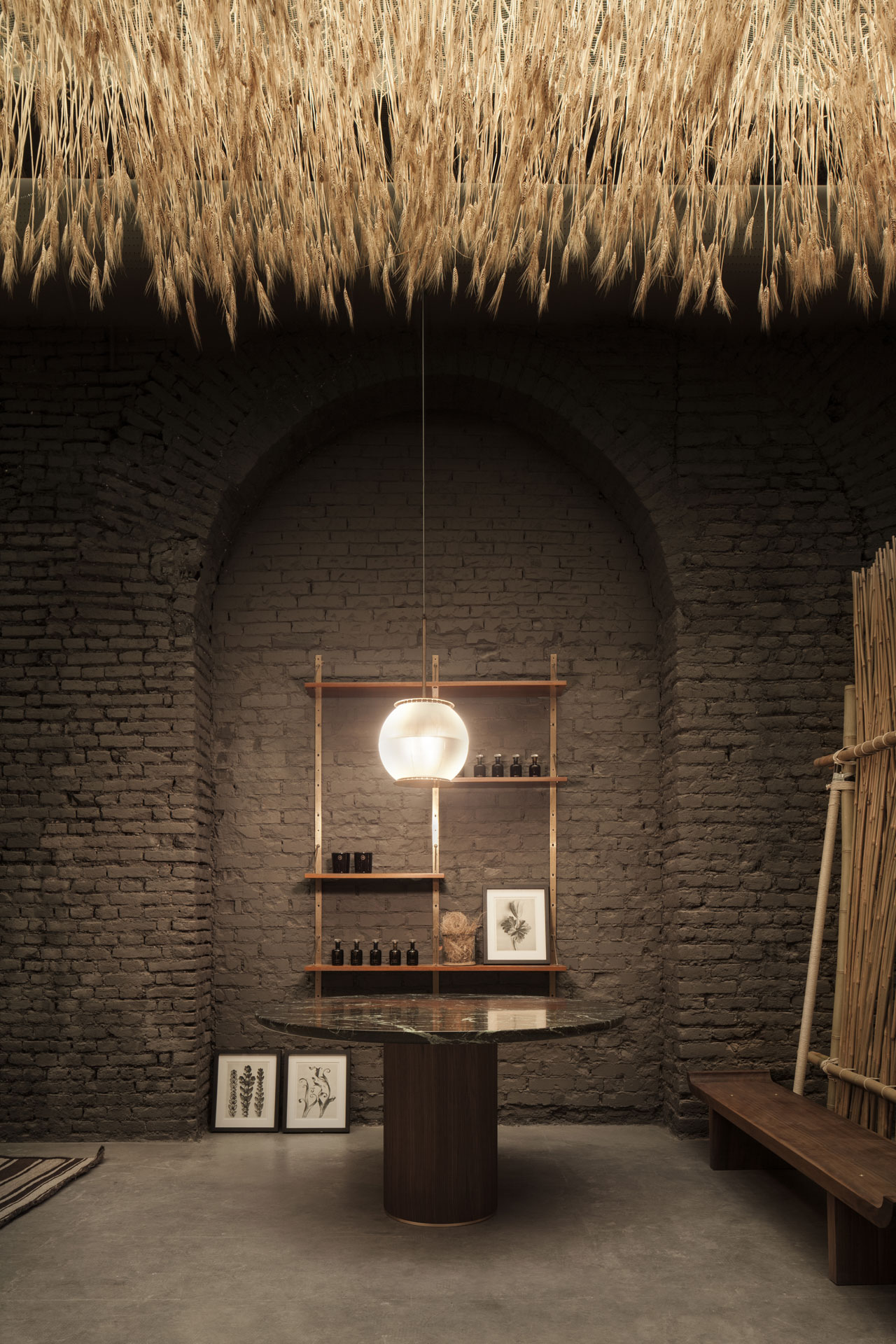
The SIX Gallery, curated by David Lopez Quincoces and Fanny Bauer Grung - founders of the Quincoces-Drago & Partners architectural practice - presented its first very own designed and produced collection, enhanced by a special exhibit of 38.000 ears of corn, resulting from a collaboration between studio Quincoces-Drago and Irene Cuzzaniti.
Photo by Alberto Strada.
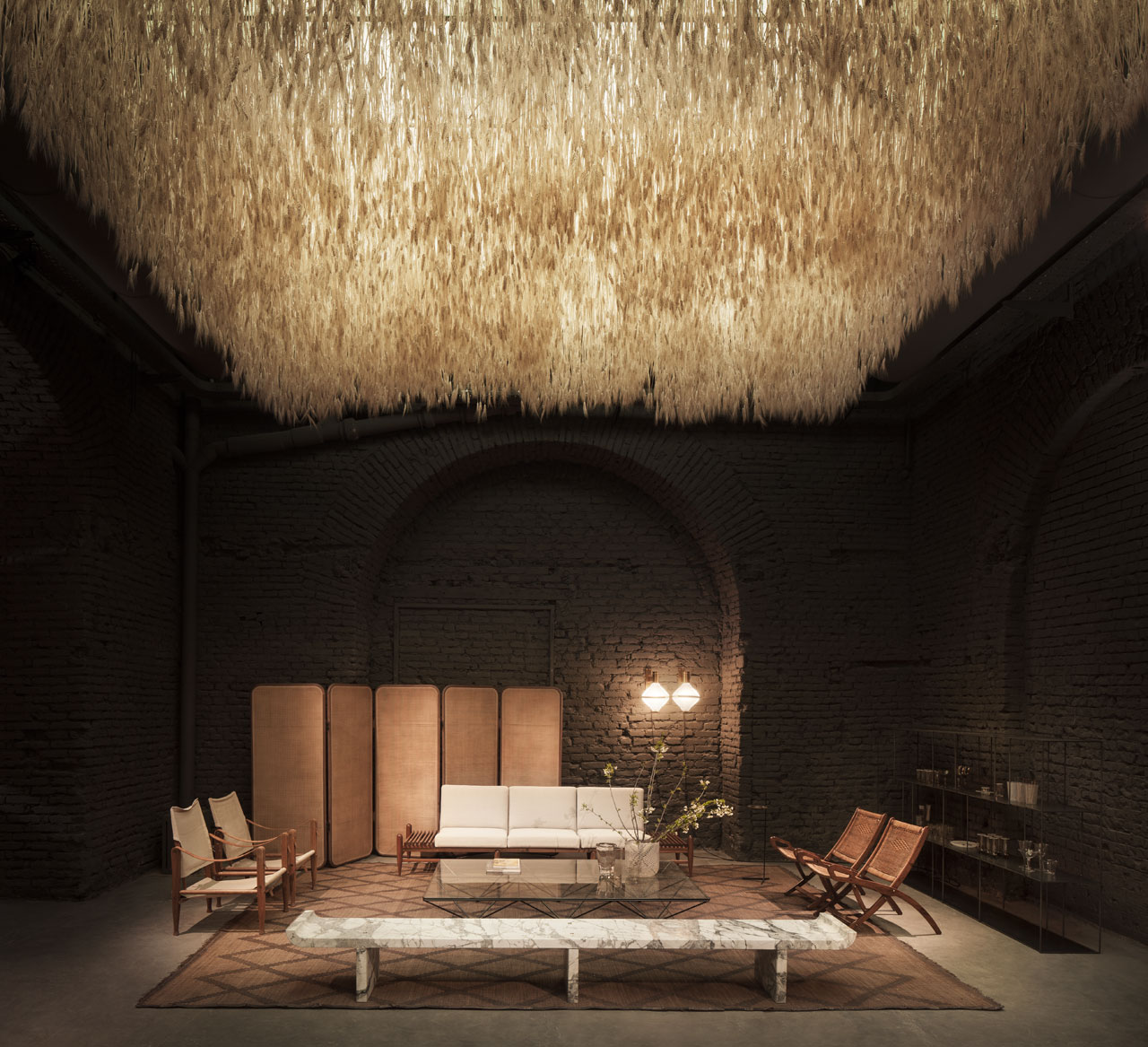
The SIX Gallery, curated by David Lopez Quincoces and Fanny Bauer Grung - founders of the Quincoces-Drago & Partners architectural practice - presented its first very own designed and produced collection, enhanced by a special exhibit of 38.000 ears of corn, resulting from a collaboration between studio Quincoces-Drago and Irene Cuzzaniti.
Photo by Alberto Strada.
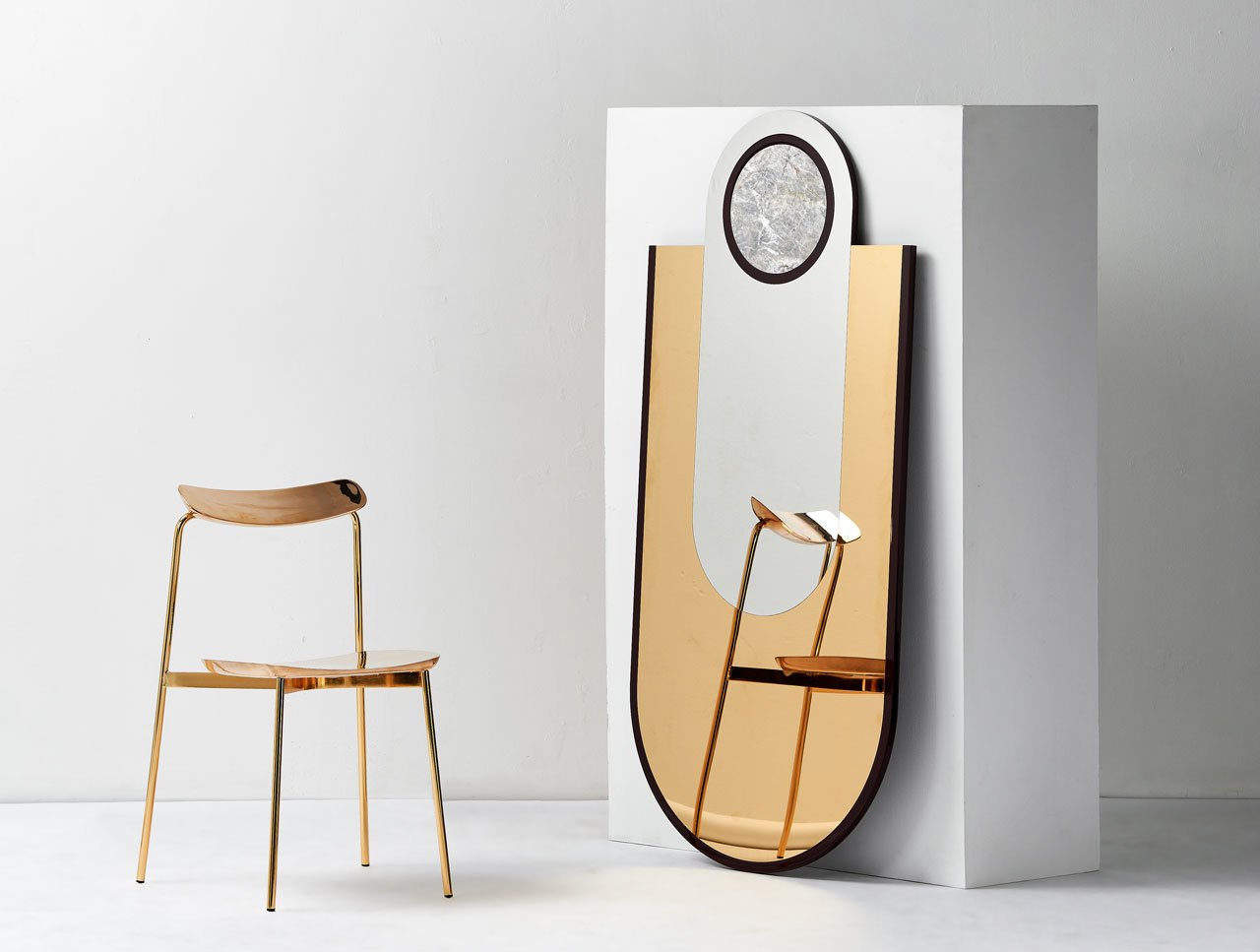
A mirror from the "Everything is Golden" collection by Hava Studio and limited edition SIA chair by Tom Fereday were presented by Emma Elizabeth and LOCAL DESIGN, at the LOCAL MILAN exhibition of 26 Australian designers.
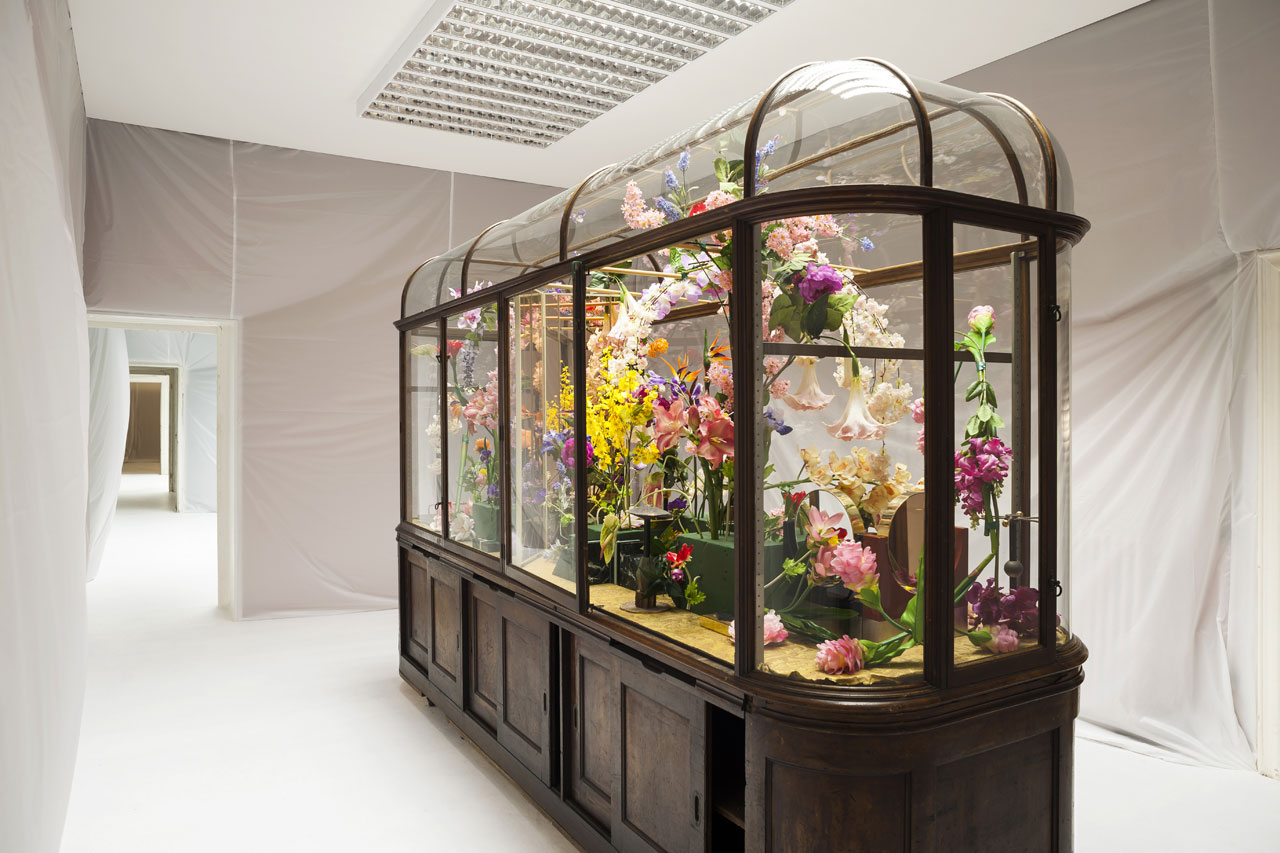
Perfettamente Imperfetto exhibition view by DIMORESTUDIO on Via Solferino, 11.
Photo by Andrea Ferrari.
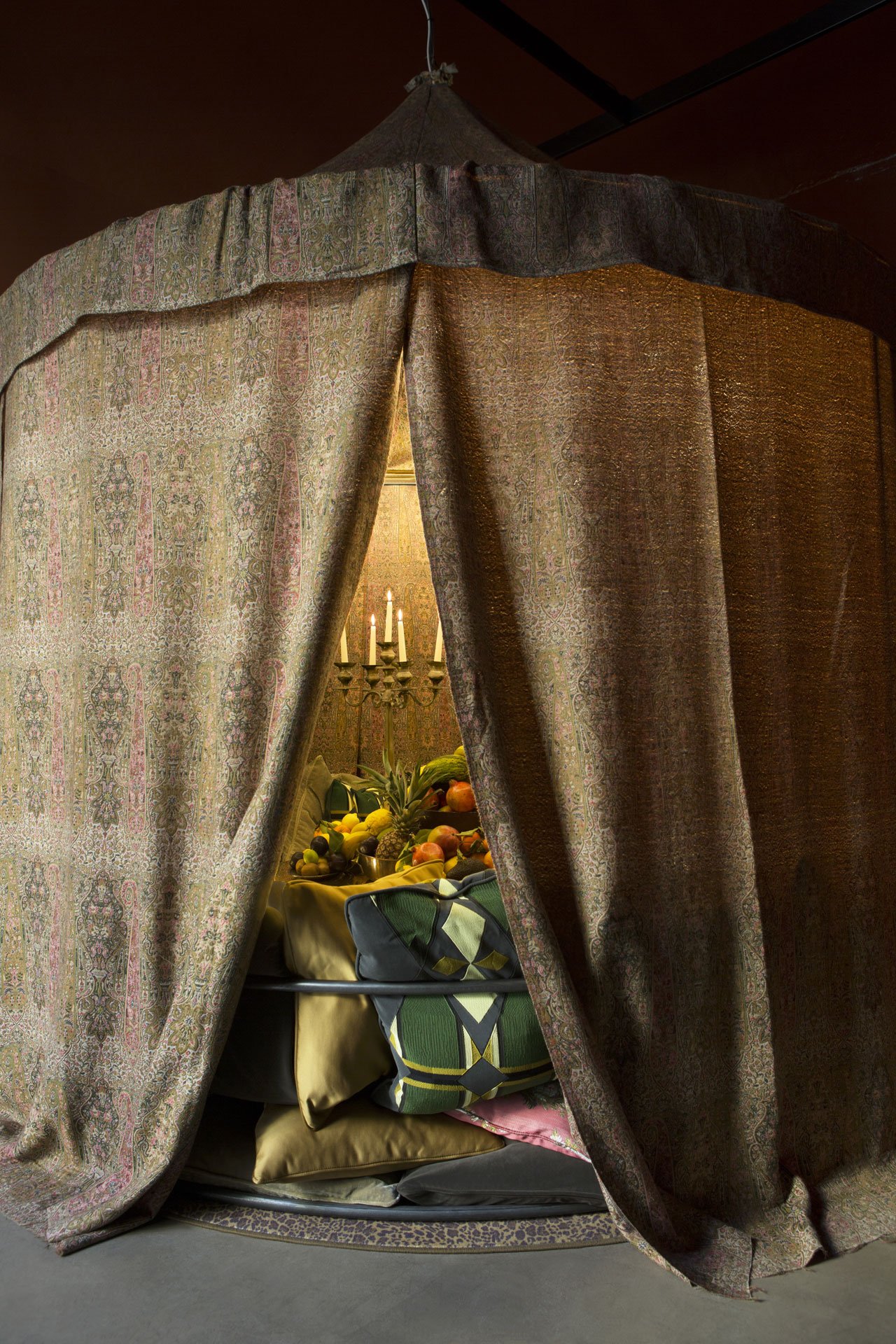
TRANSFER exhibition view by DIMOREGALLERY on Via Solferino, 11.
Among the pieces on display were works by Carlo Mollino, Angelo Lelli, Giò Ponti, Carlo Scarpa, Alvar Aalto, Charlotte Perriand and Jean Royère.
Photo by Andrea Ferrari.
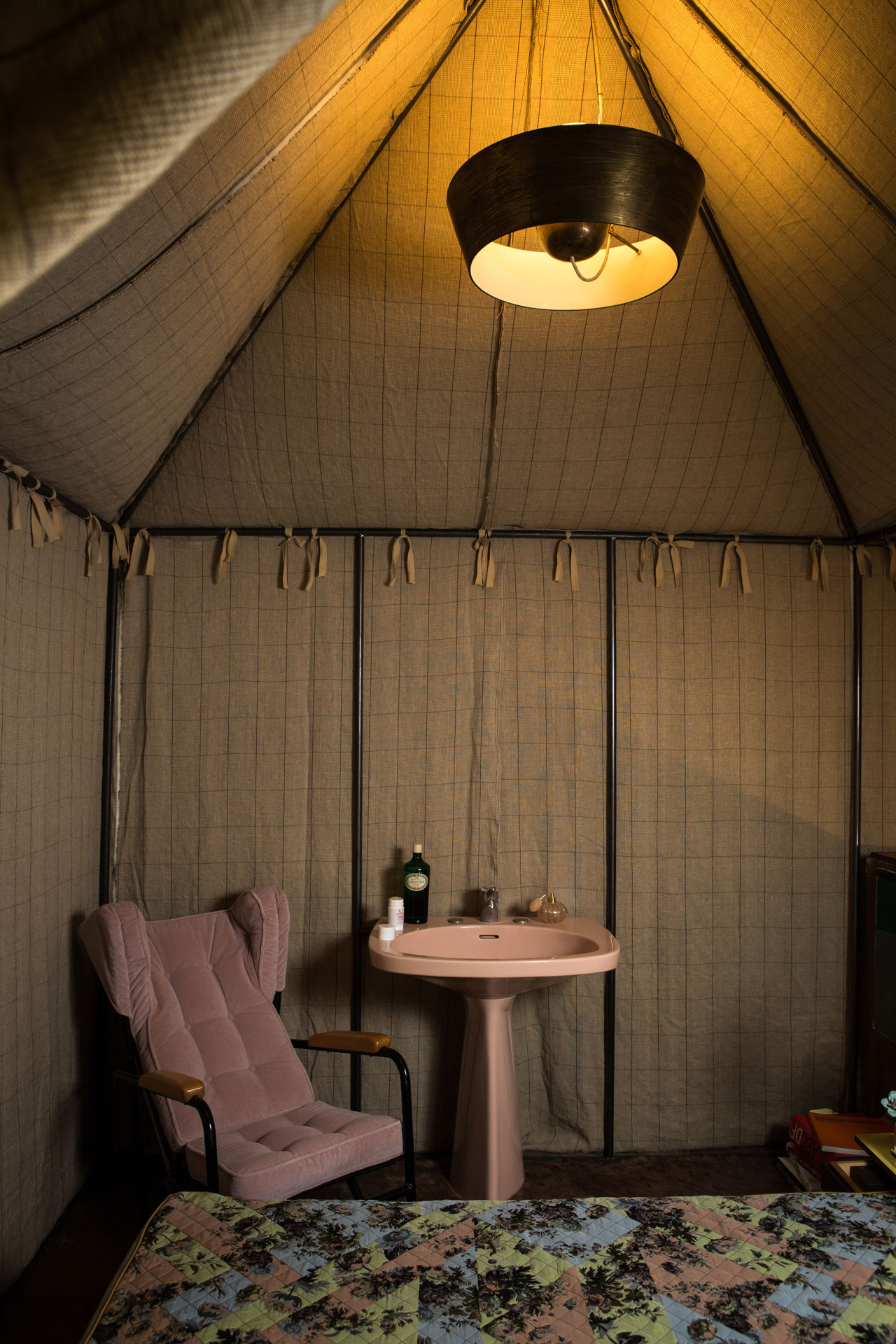
TRANSFER exhibition view by DIMOREGALLERY on Via Solferino, 11.
Among the pieces on display were works by Carlo Mollino, Angelo Lelli, Giò Ponti, Carlo Scarpa, Alvar Aalto, Charlotte Perriand and Jean Royère.
Photo by Andrea Ferrari.
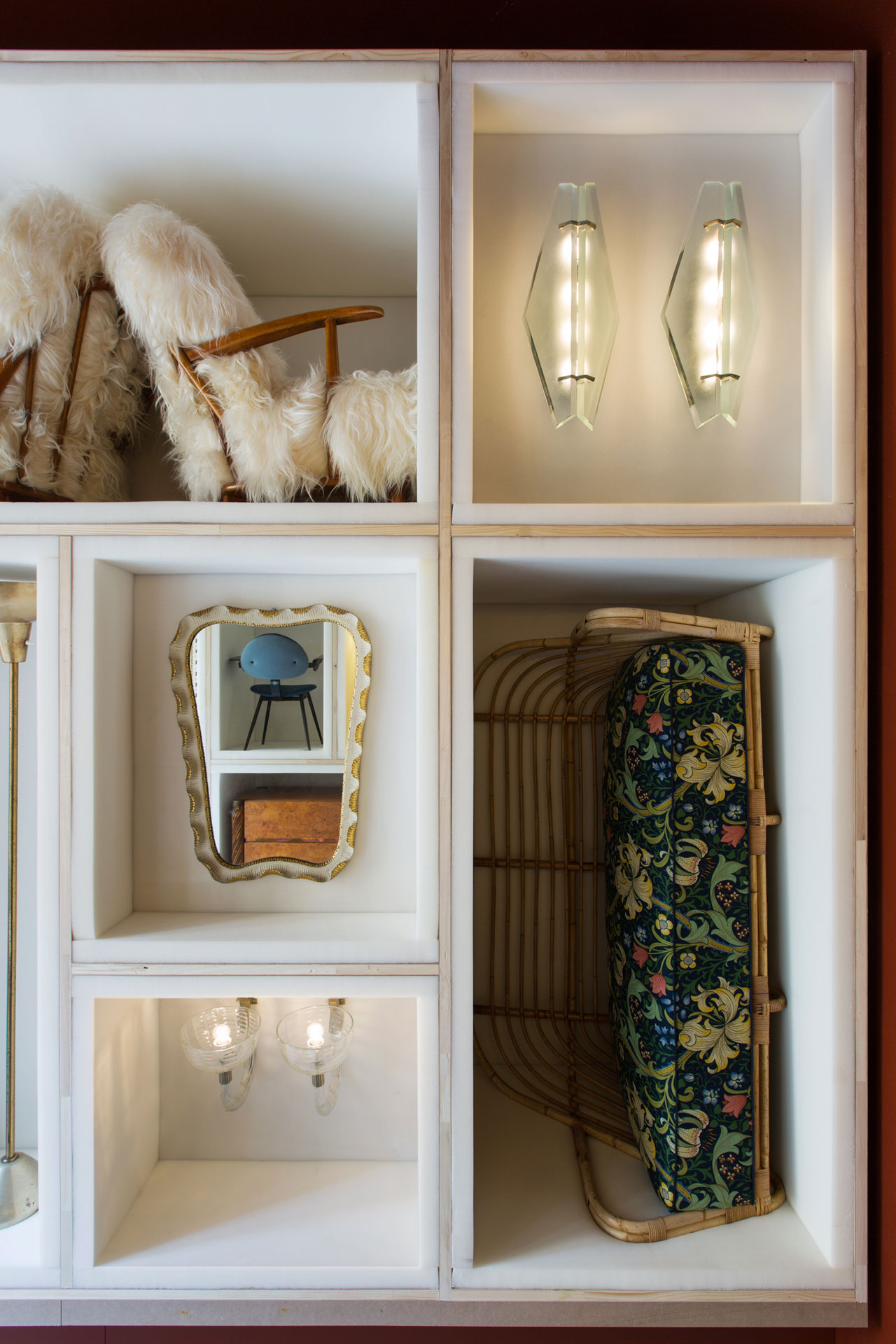
TRANSFER exhibition view by DIMOREGALLERY on Via Solferino, 11.
Among the pieces on display were works by Carlo Mollino, Angelo Lelli, Giò Ponti, Carlo Scarpa, Alvar Aalto, Charlotte Perriand and Jean Royère.
Photo by Andrea Ferrari.
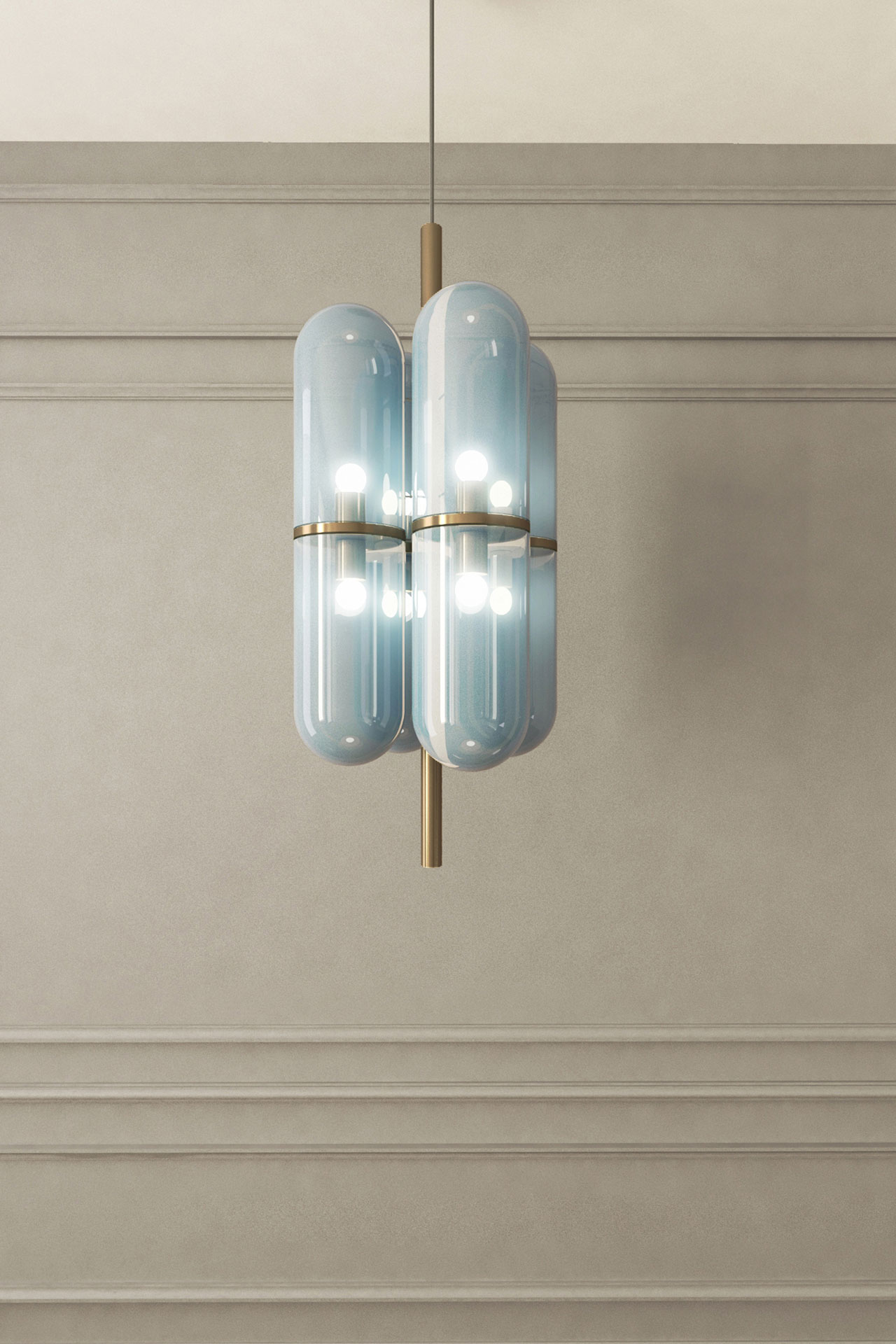
The Charlotte lamp by Federico Peri was presented at Nilufar Gallery.
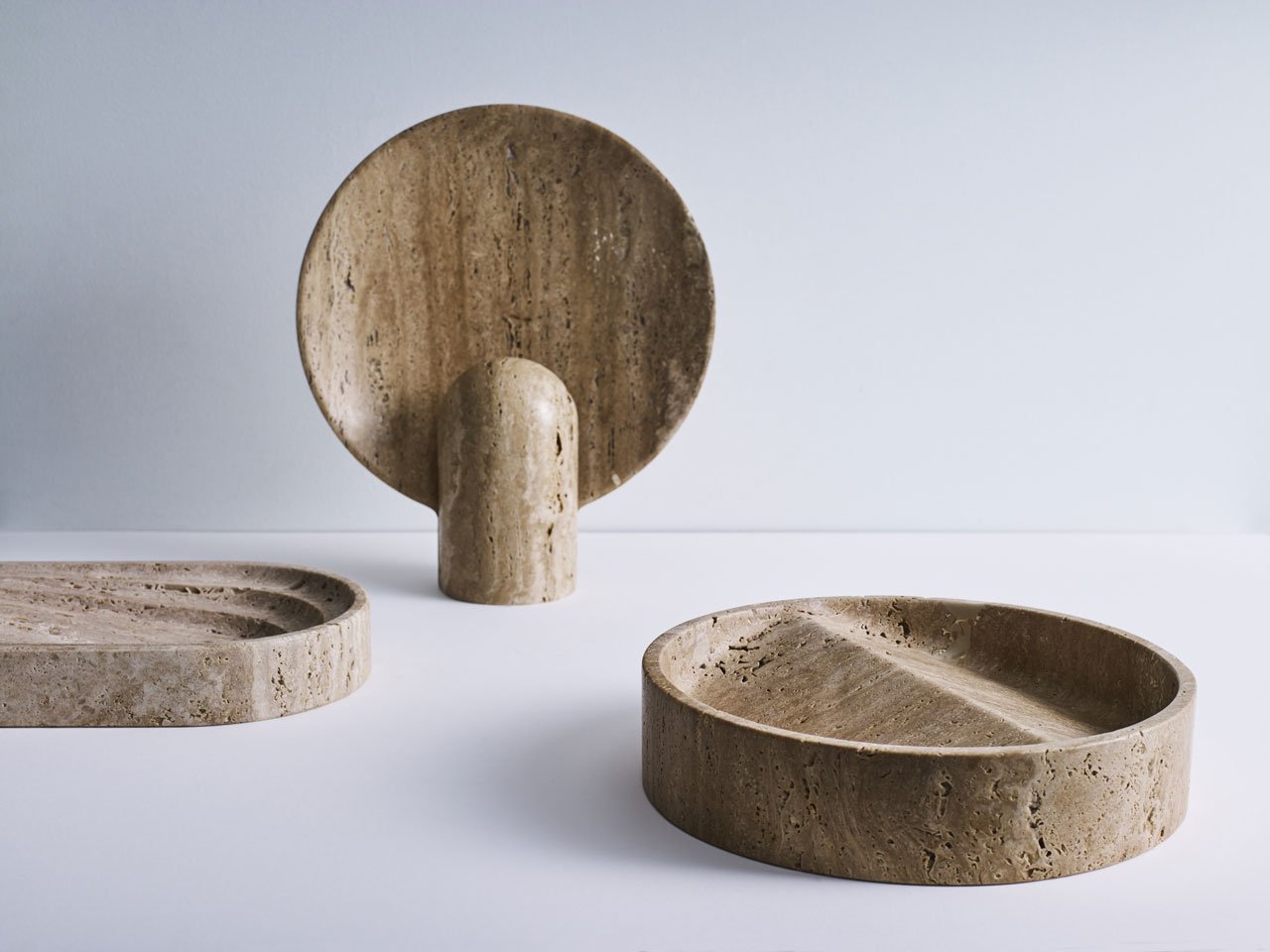
Henry Wilson's marble Travertine collection was on display at the LOCAL MILAN exhibition of 26 Australian designers, curated by Emma Elizabeth and LOCAL DESIGN.

PERIPLO ring of light - with and without metal weave - by Dario De Meo & Luca De Bona for Karman.
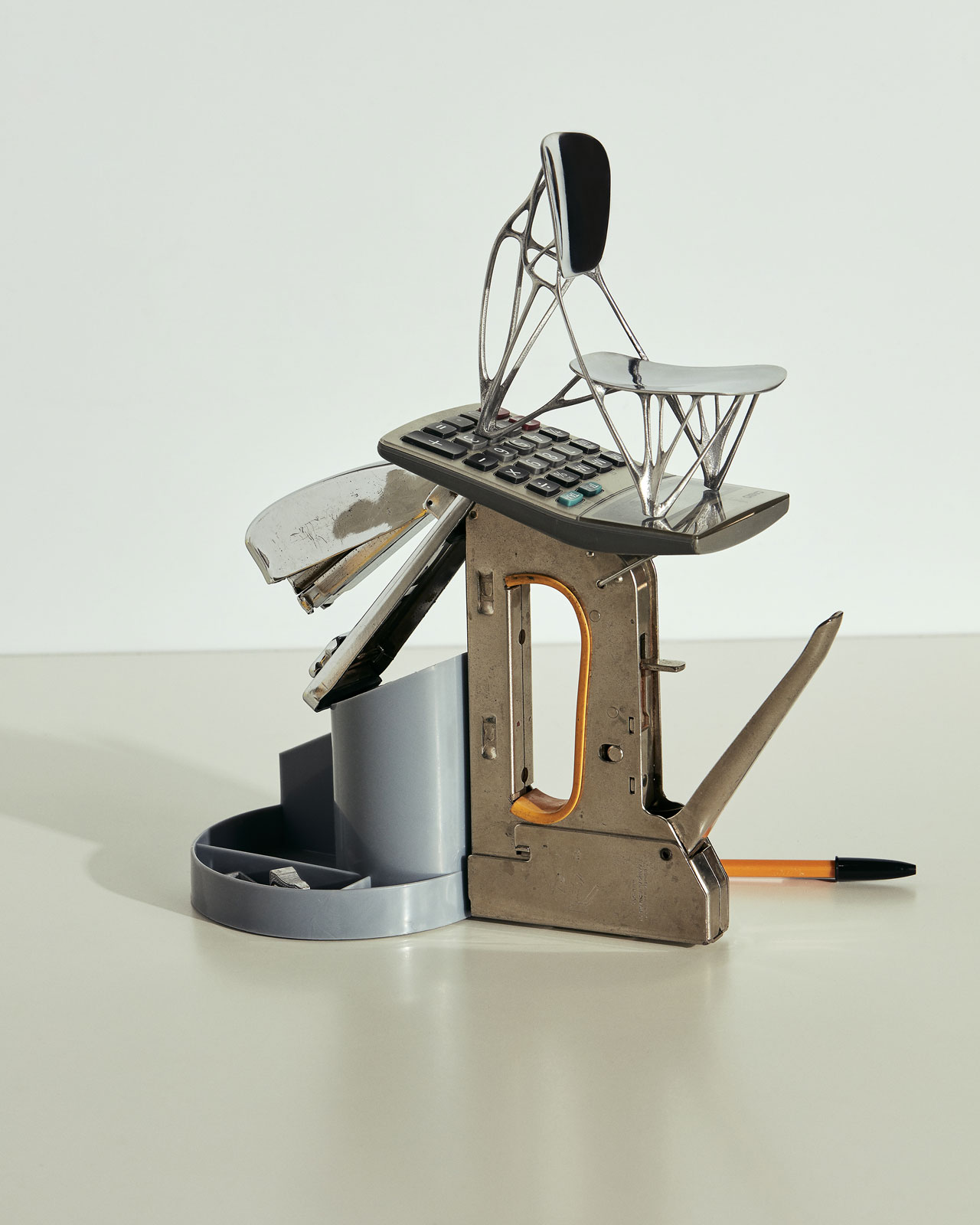
A miniature of Joris Laarman’s "Bone Chair" (2006), which is reminiscent of a human skeleton, was added in the Miniatures Collection of Vitra Design Museum among three other new ones: Sketch Chair (2015) by FRONT, Sinterchair (2002) by Vogt & Weizenegger and Solid C2 (2004) by Patrick Jouin.
Photo by Nacho Algere.
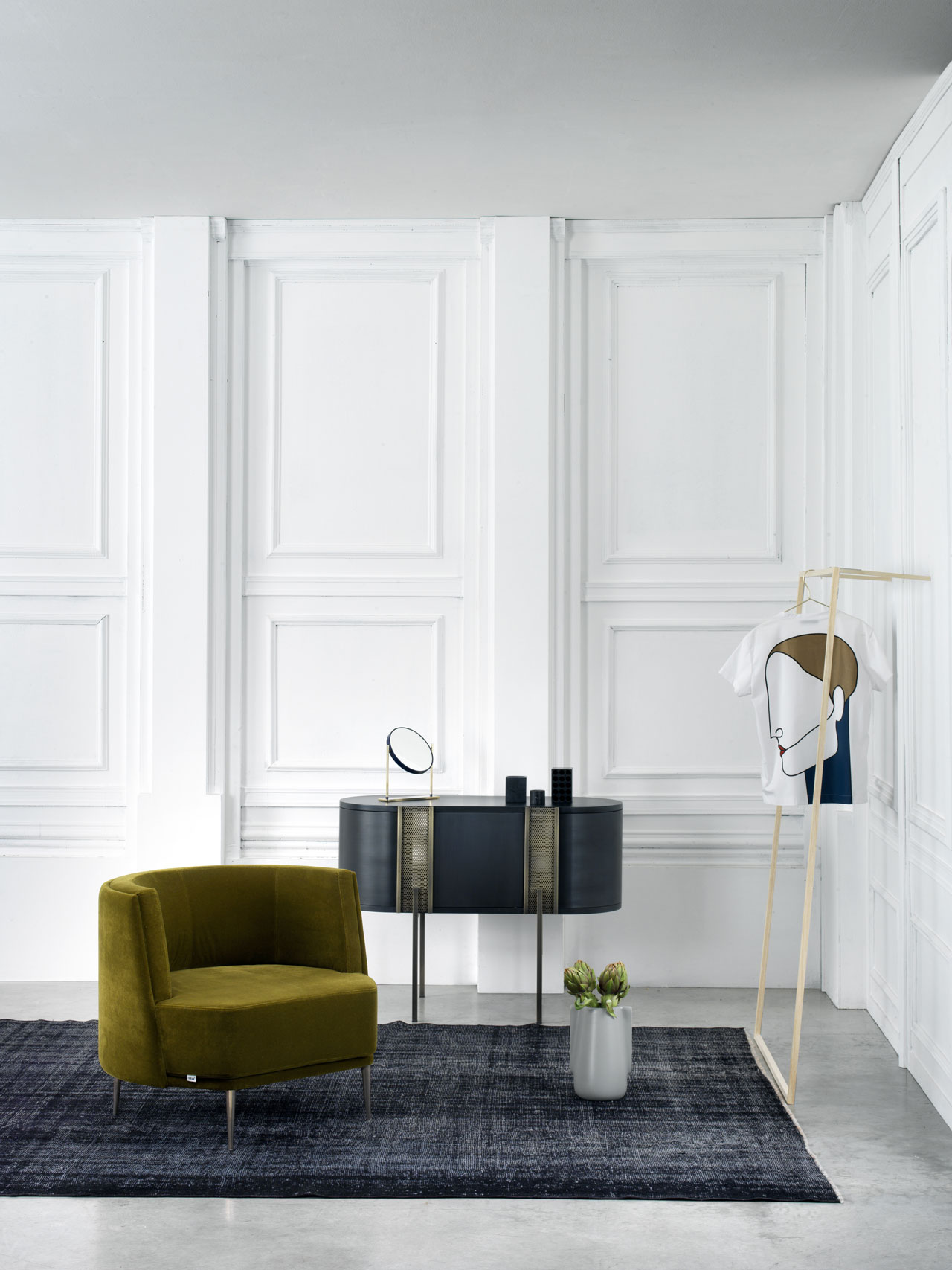
Preview Salone del Mobile 2018: PERGY armchair for SITIA designed by Pergentino Battocchio and the design studio of MM Company.
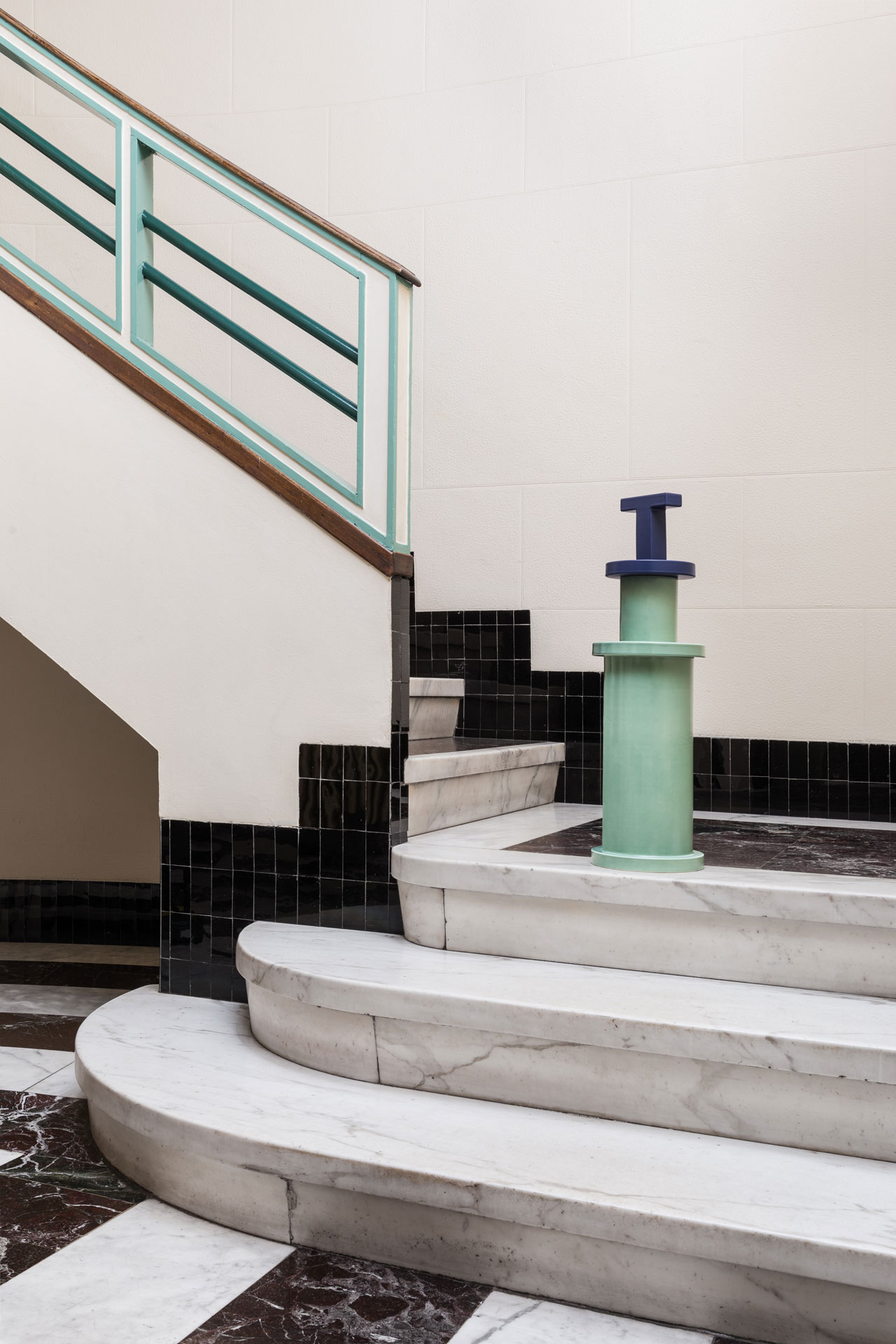
Grandi Ceramiche by Nathalie Du Pasquier for Bitossi. Photo by Delfino Sisto Legnani.
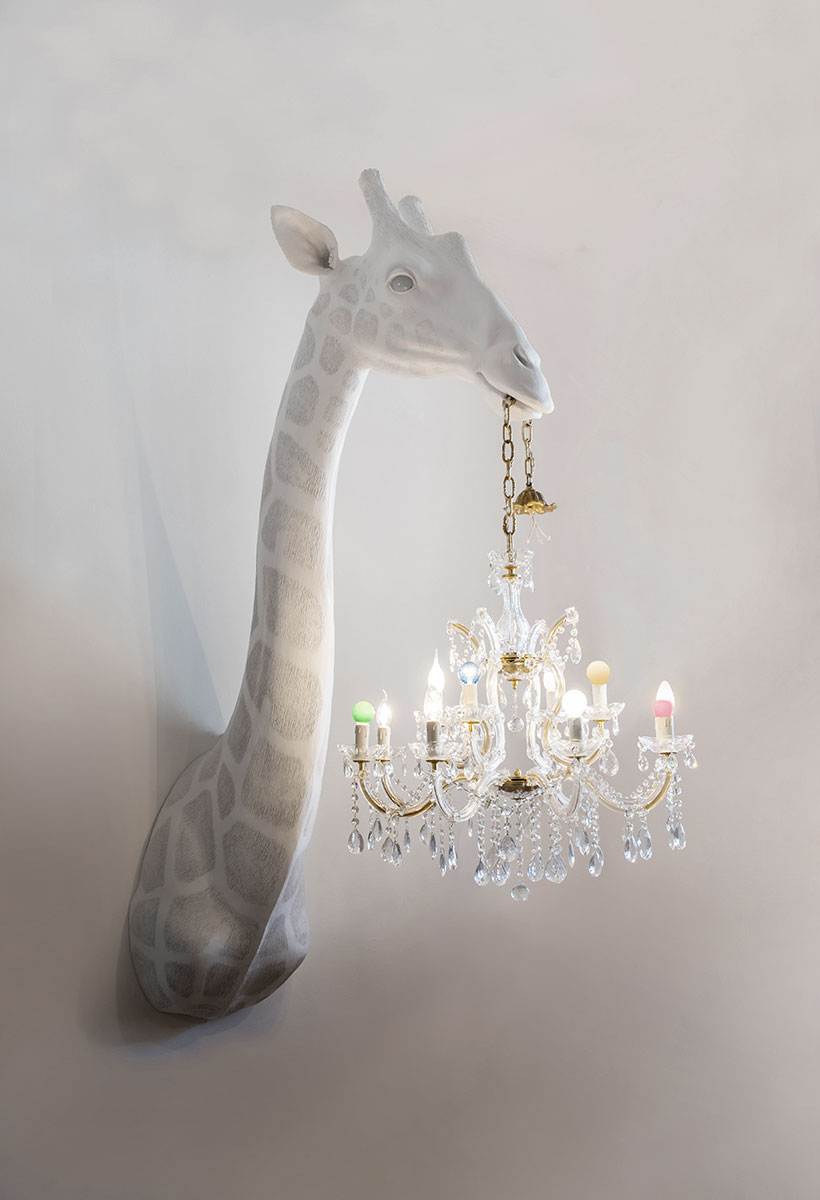
SHE'S IN LOVE BUT SHE DOESN'T KNOW IT YET (GIRAFFE WITH CHANDELIER) by Marcantonio Raimondi Malerba.
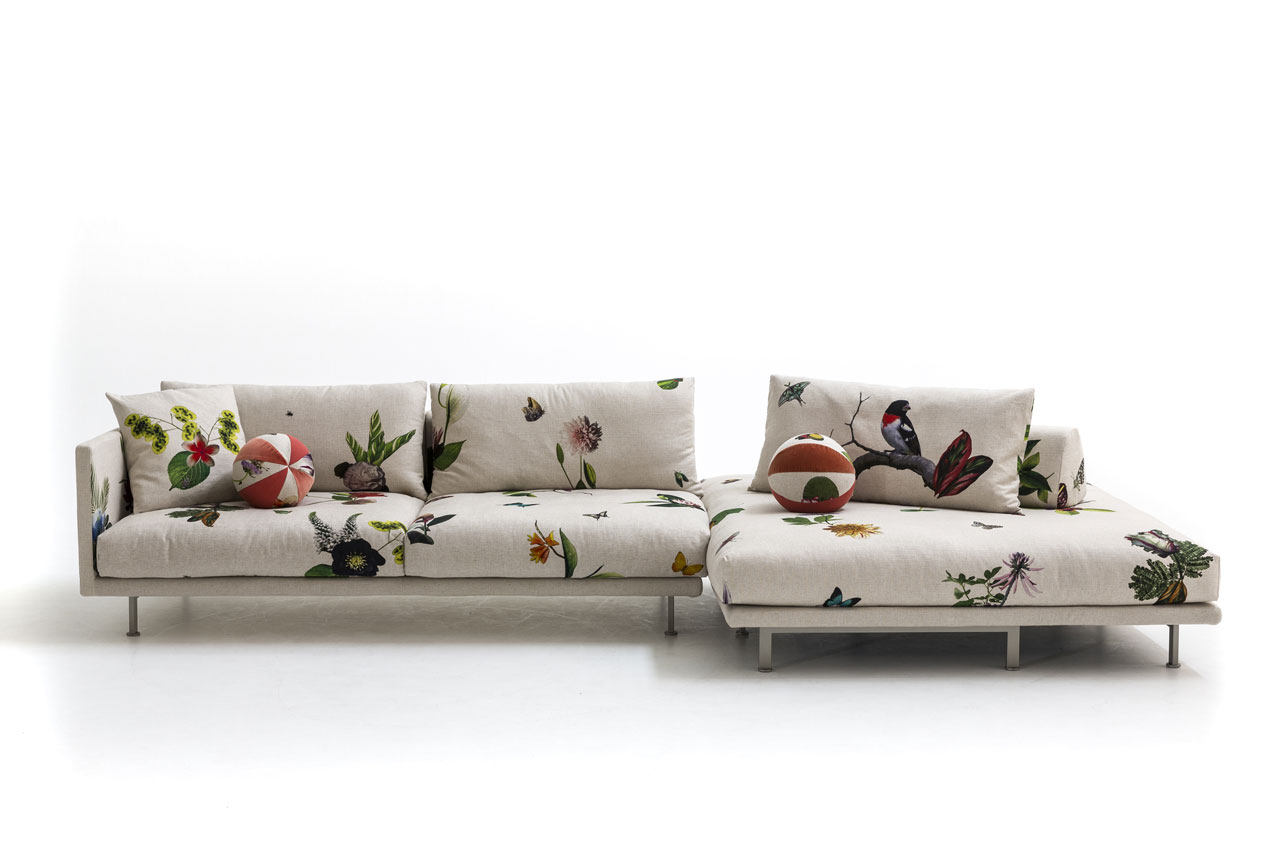
JOSH seating system by Edward van Vliet with Japanese futon and the printed linen ikebana graphics, for MOROSO.
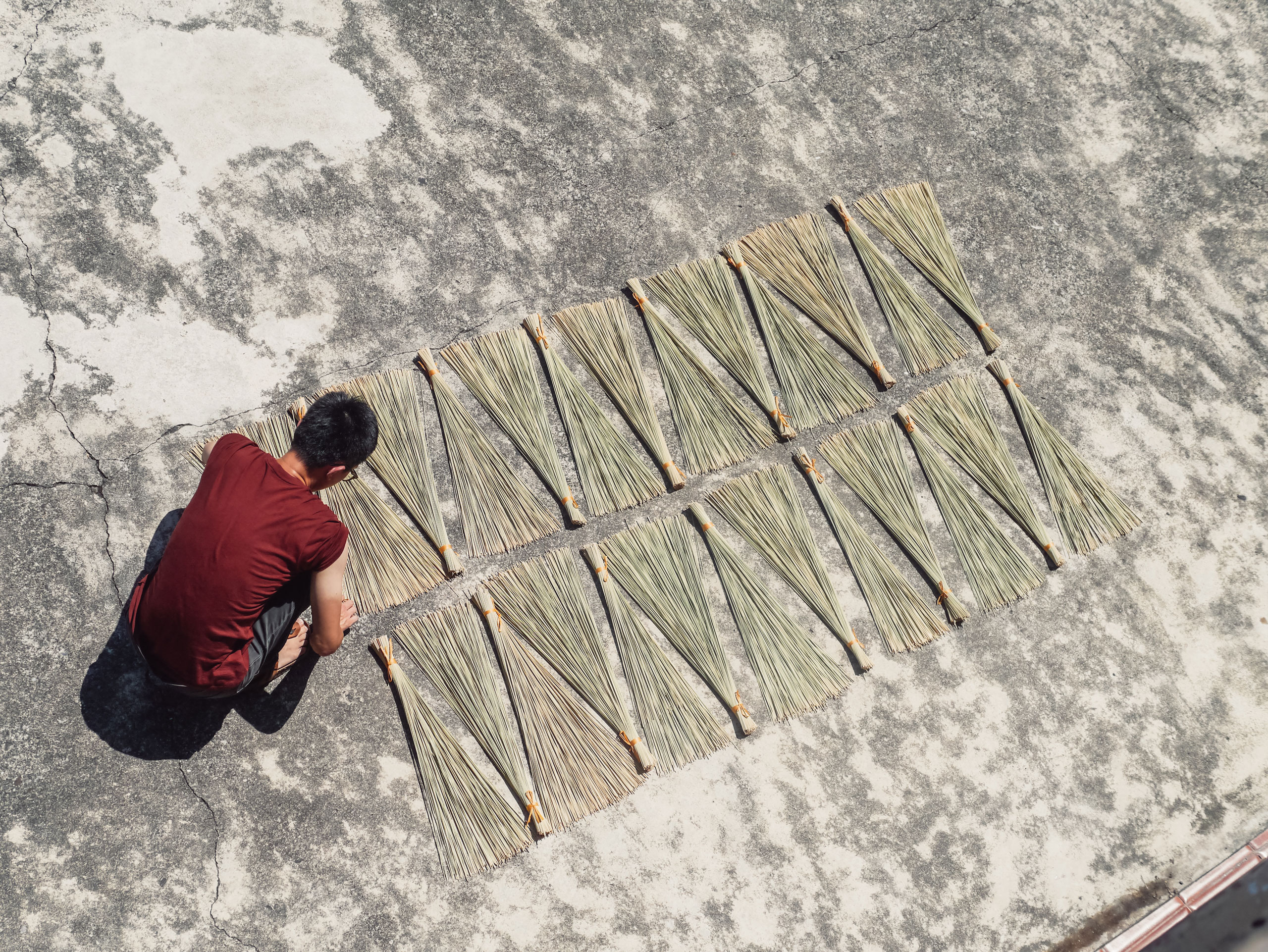
Taiwanese design studio Kamaro’an brings together local skilled indigenous weavers and young designers to create contemporary objects that reinvent traditional aesthetics and materials.
Making of the Umbrella Sedge Series in collaboration with local artisan Sumi Dongi.
Photo © Kamaro'an.
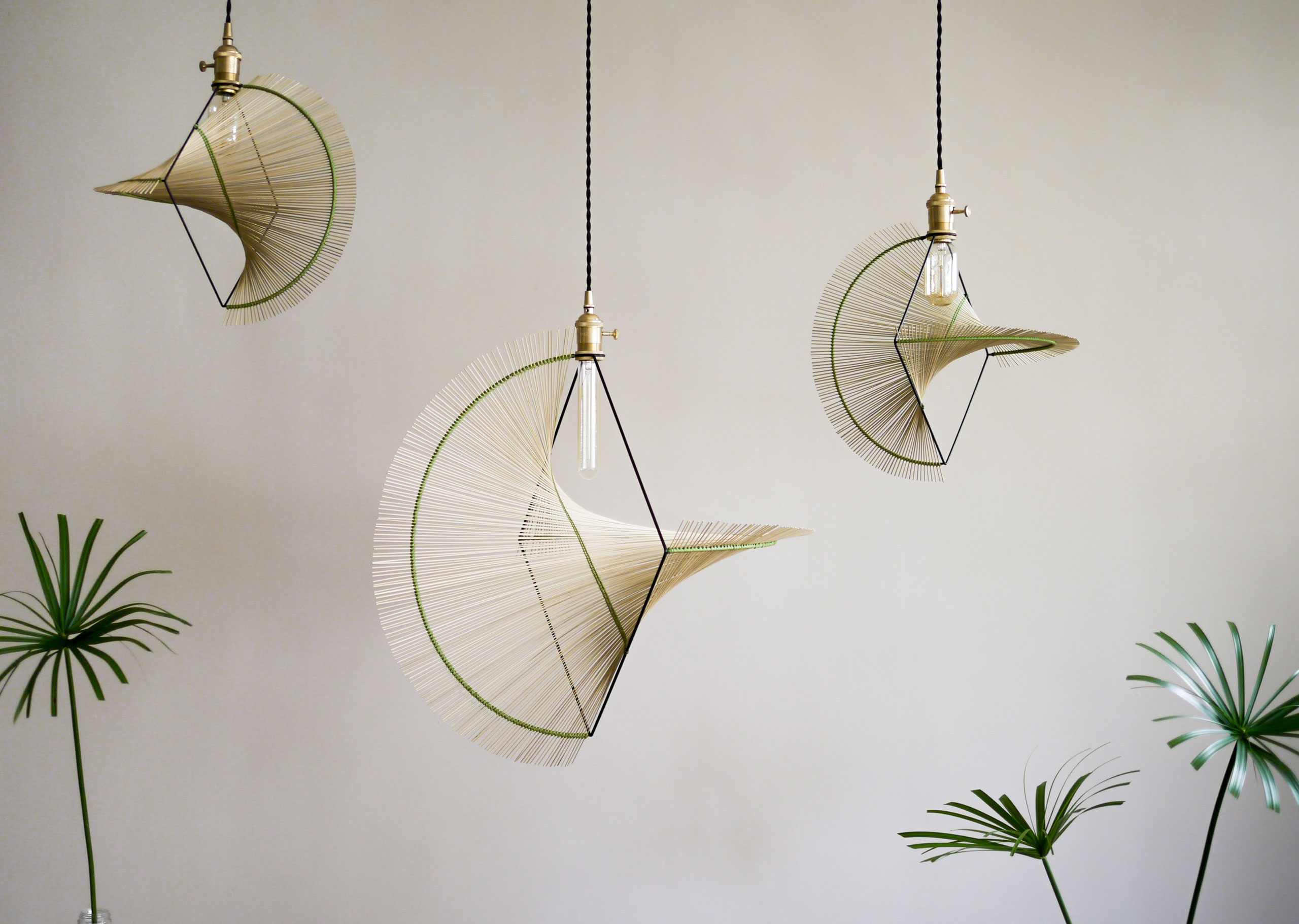
Umbrella Sedge Series by Taiwanese studio Kamaro'an in collaboration with local artisan Sumi Dongi .The vigorous umbrella sedge takes 4-6 months to harvest, and only grows in crystal-clear water. It is a traditional material in coastal indigenous’ woven culture.
Photo © Kamaro'an.
Kamaro’an - Umbrella Sedge Series
製作公司 Production : 好作設計 Sitemak Studio
導演 Director:Chun-Kai Yang , Tim Shih
監製 Executive Producer:Tim Shih
執行製片 Producer:Chris Chen
攝影 Photographer:Kai Tsai , Yuan-Tse Lin
燈光 Gaffer:Ahuei Zhang , Shaocheng Zhuang
剪接 Editor:Kai Tsai
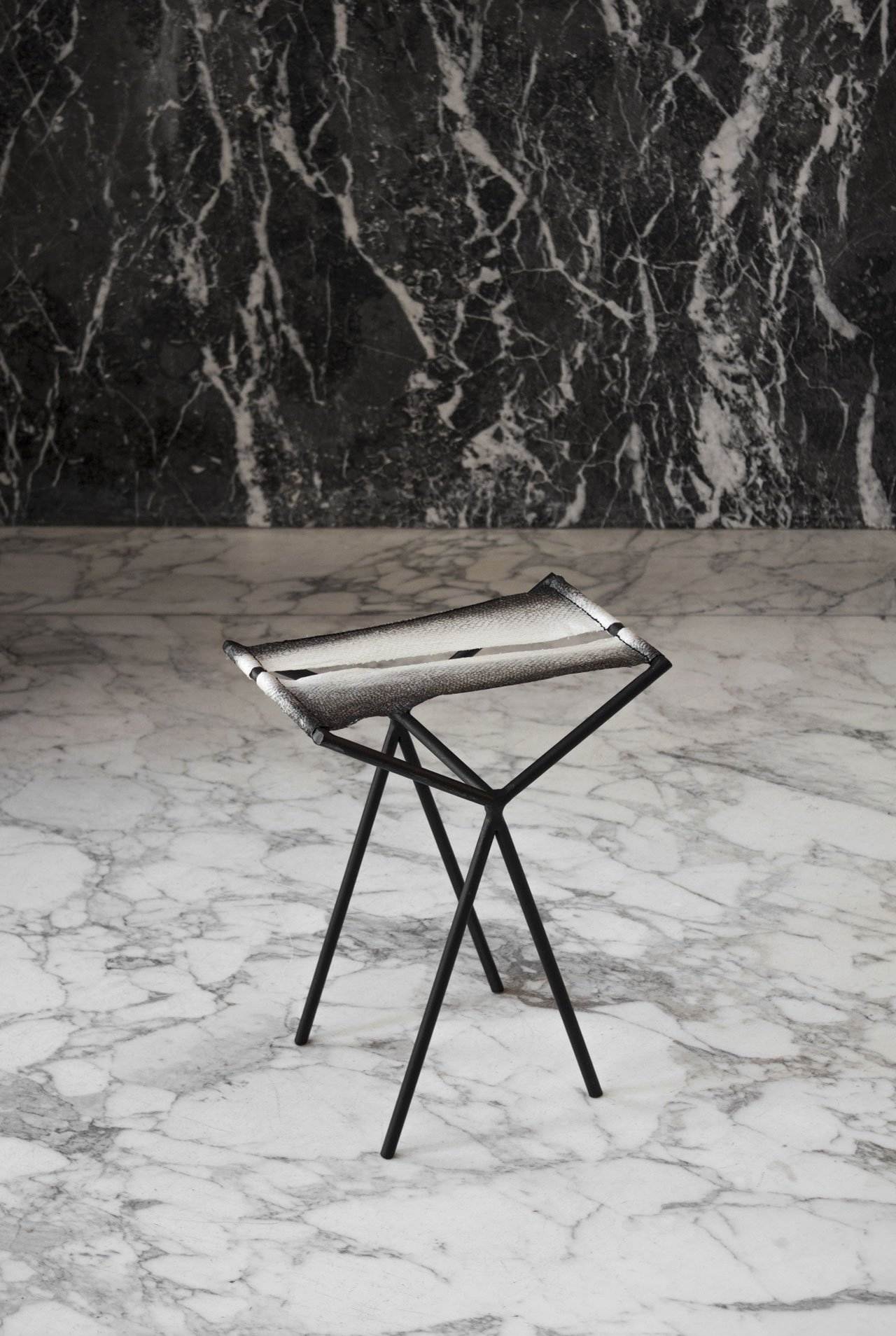
Studio Nienke Hoogvliet presented ‘RE-SEA ME’ stool with salmon-skin seating. After collecting the waste from fish shops and using an old technique, that requires a lot of manual labour, she created a strong, sustainable and beautiful material that can be used like regular leather.
Photo by Femke Poort.
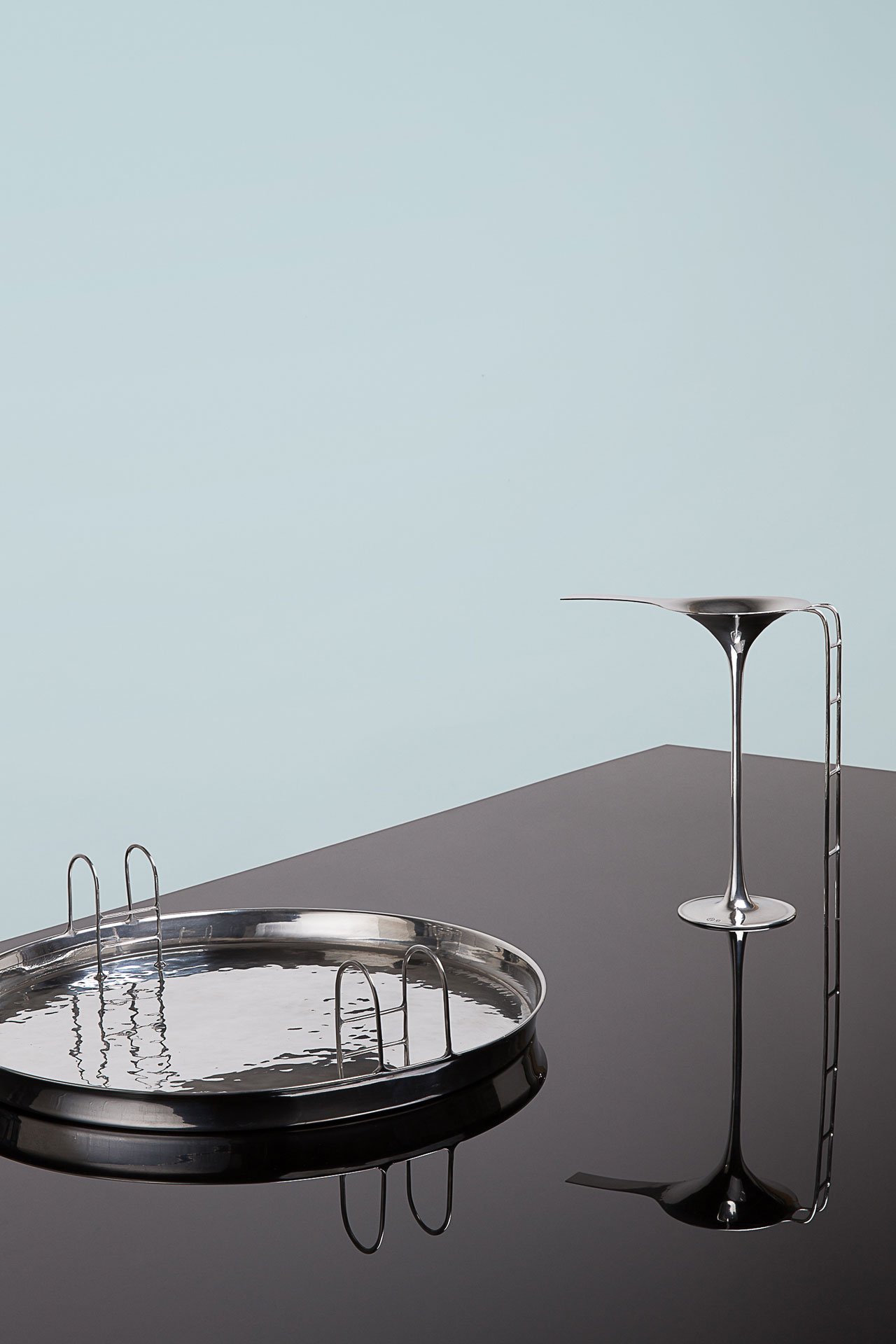
Summer on a solitary beach by Studio Lido, on display at "The Surreal Table" exhibition curated by Davide Fabio Colaci, inside the headquarters of Santa Margherita Wine Group on Via Durini 24.
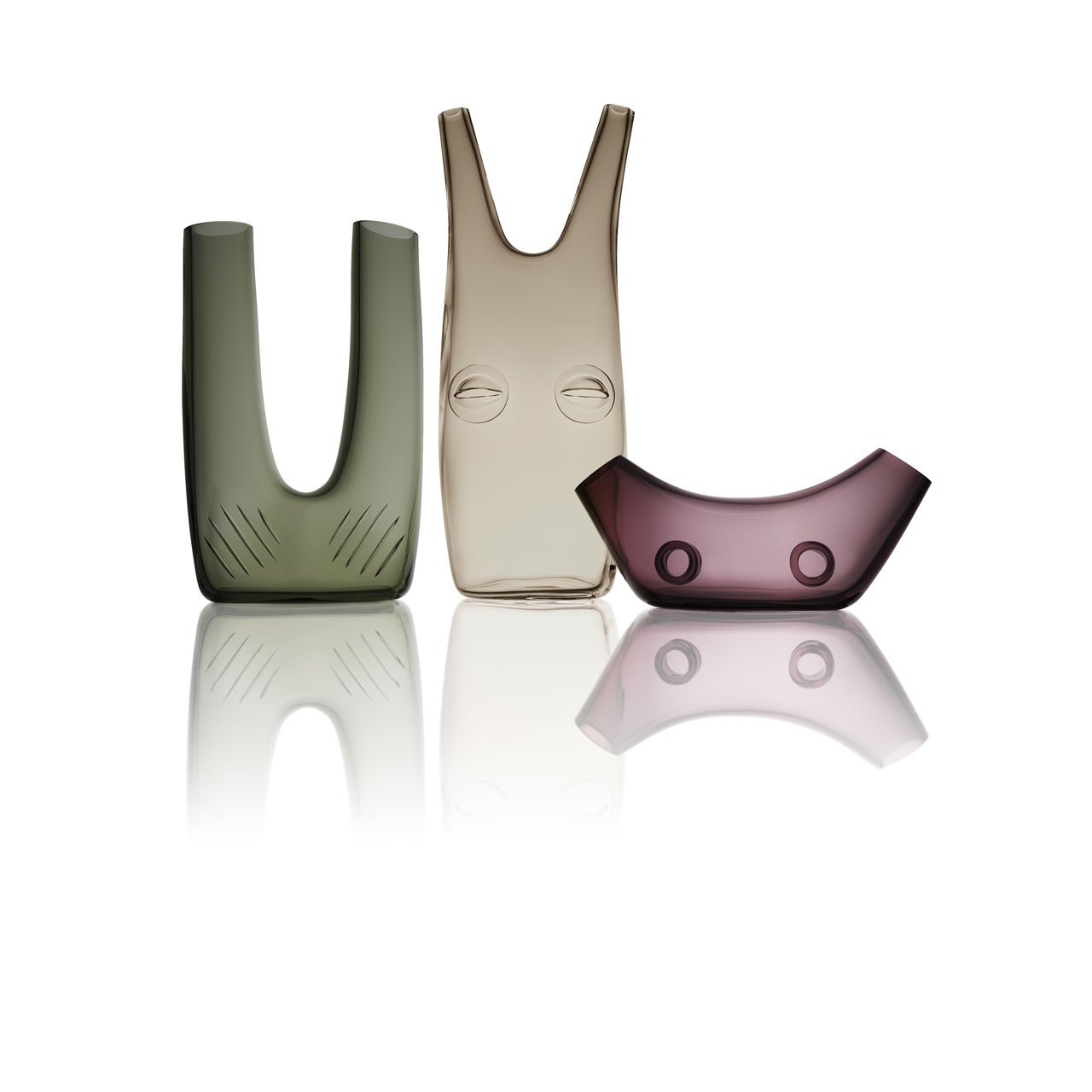
Tsukumogami monster collection by Yabu Pushelberg from the Milano Design Award-winning exhibition "Monster Cabaret" by cutting-edge Czech company Lasvit.
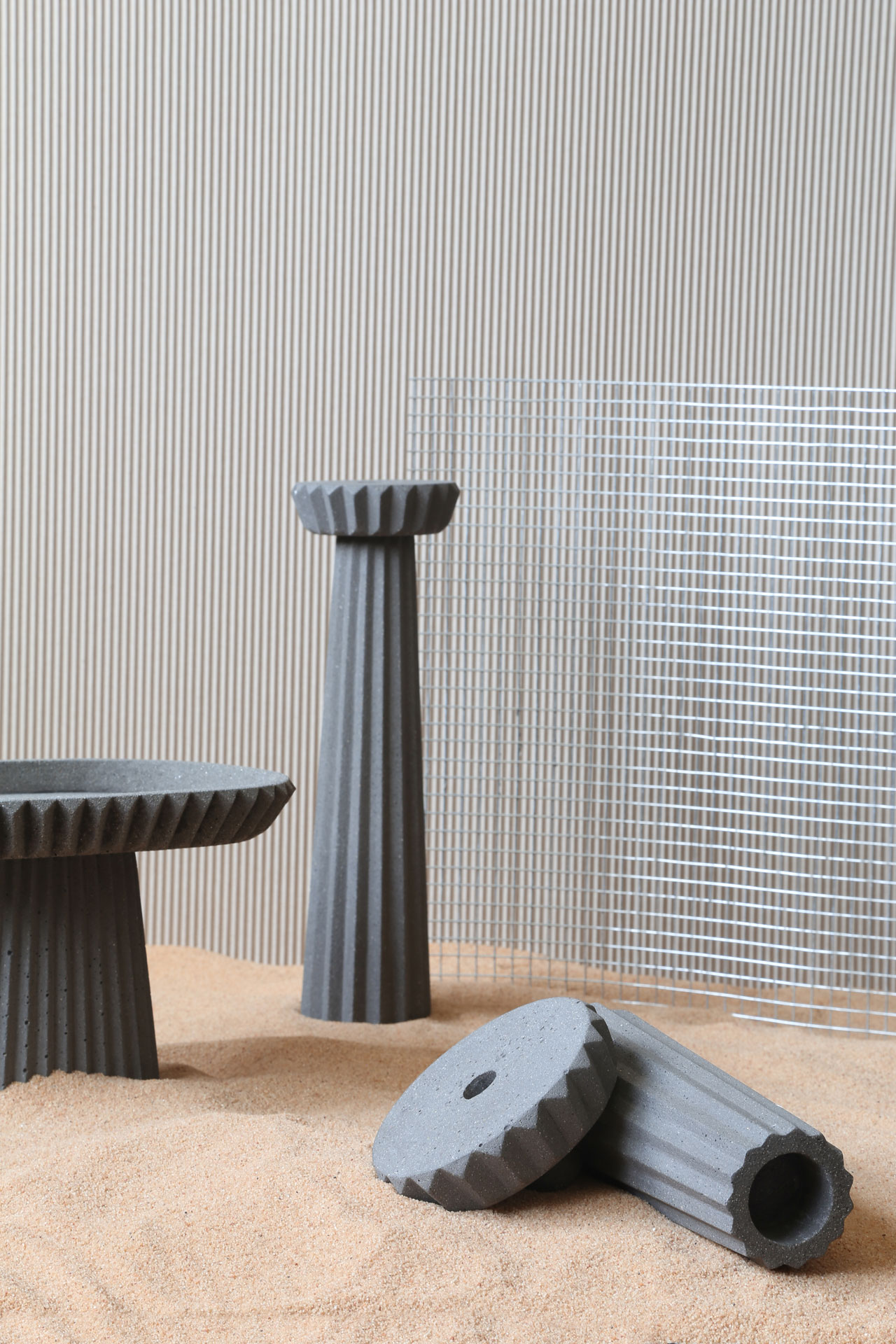
SIMAN collection by Gian Paolo Venier for Urbi Et Orbi.
Photo by Olivier Lacrouts.
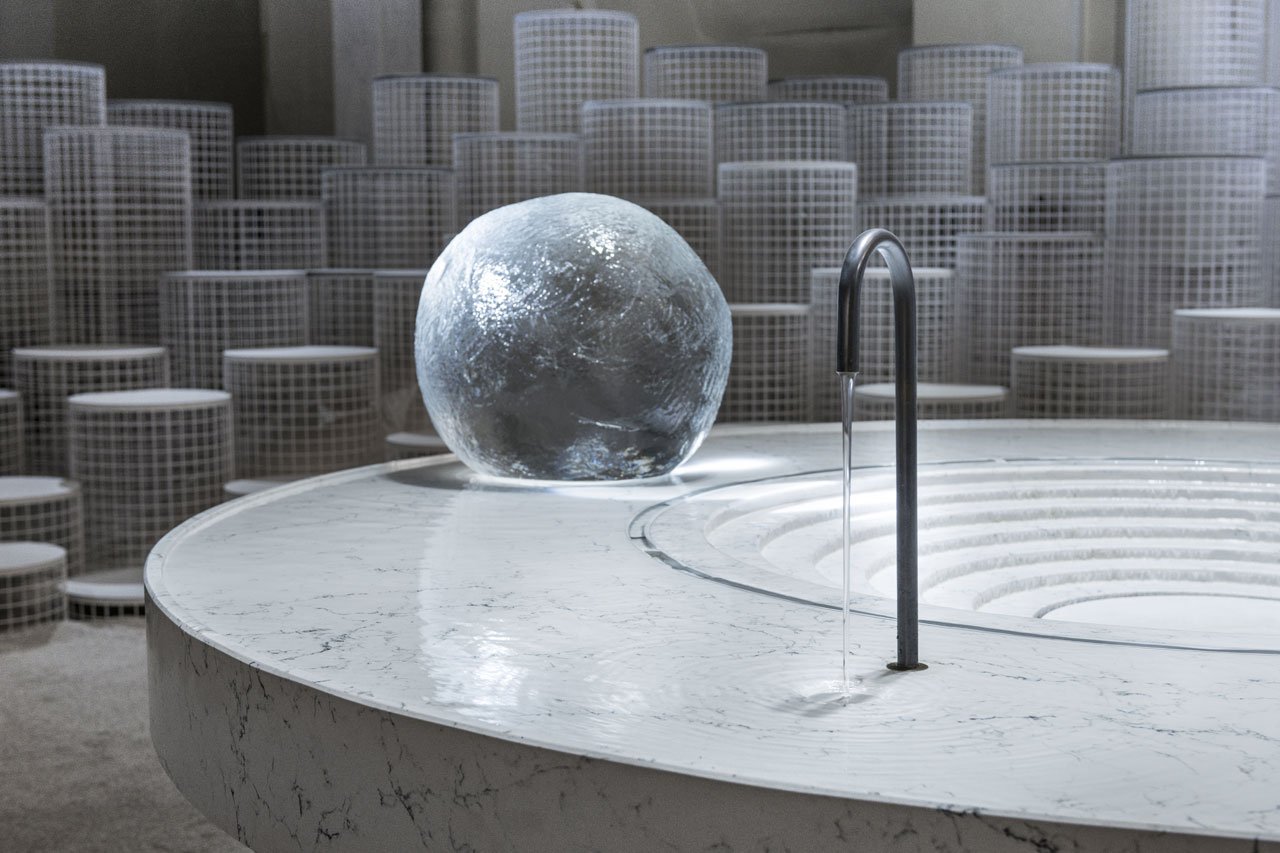
Leading quartz manufacturer Caesarstone unveiled Altered States, the highlight event of their 2018 designer collaboration programme with New York-based collaborative practice Snarkitecture. The installation was showcased at Palazzo dell’Ufficio Elettorale di Porta Romana, which opened to the public for the first time during Milan Design Week 2018.
Photo by David Zanardi.
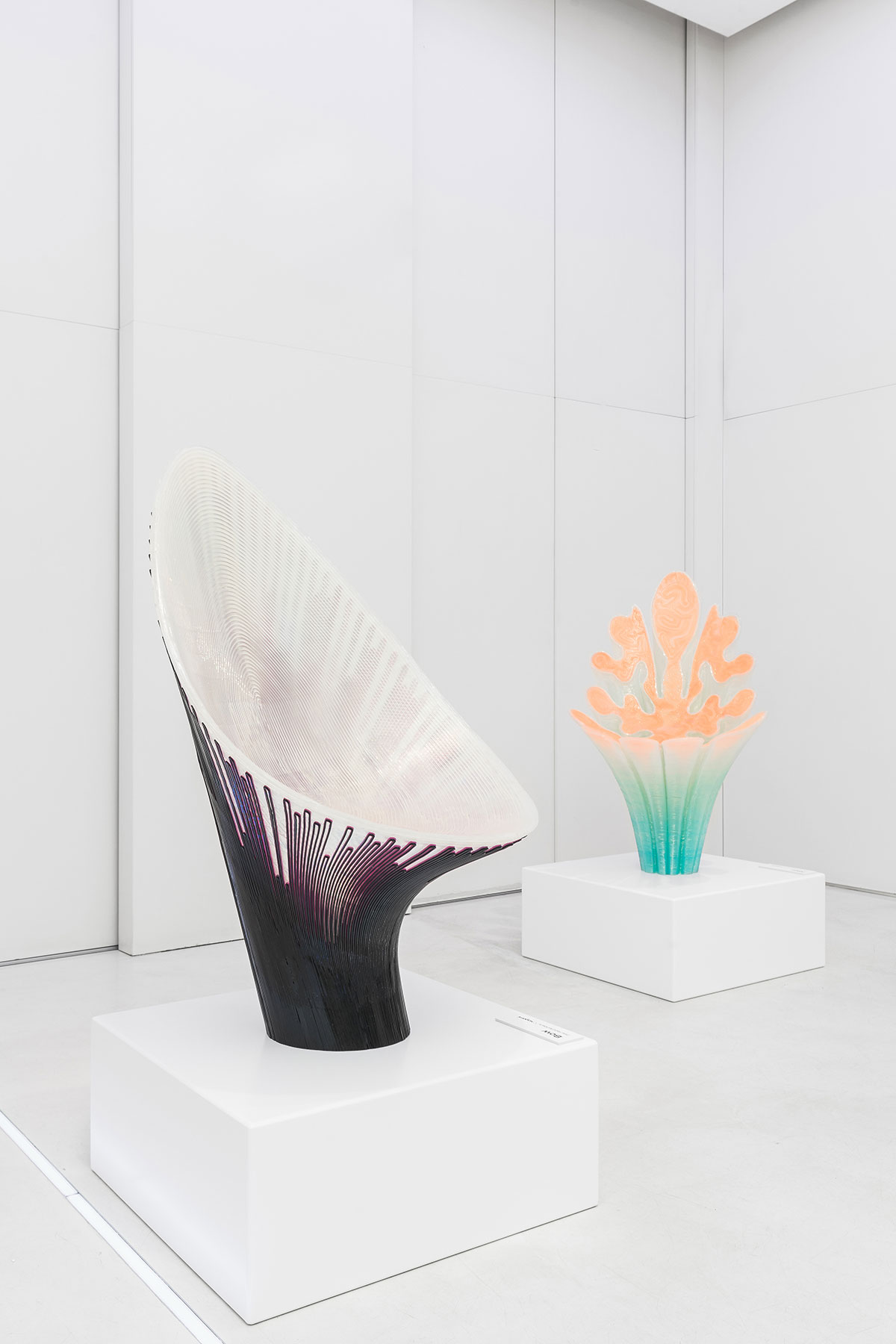
Bow (left) & Rise (right) chairs by Zaha Hadid Architects for Nagami.
Design: Patrik Schumacher / Design Team: Sebastian Andia.
Nagami is a brand-new company from Spain that made its official debut in Milan this year with "Brave New World: Re-thinking Design in the New Age of Technology", a pioneering project, combining computational design and large-scale robotic 3D printing.
Photo by Delfino Sisto Legnani + Marco Cappelletti.
"TRANSITIONS by Panasonic Design" celebrated the Panasonic’s 100-year anniversary with a landmark installation entitled "Air Inventions" in a huge "water-drop pavilion" in the courtyard of the Pinacoteca de Brera, showcasing the company's latest air-conditioning technology, allowing visitors to experience the cleanest, purest air in Milan. Winner of The Best Technology Award 2018.
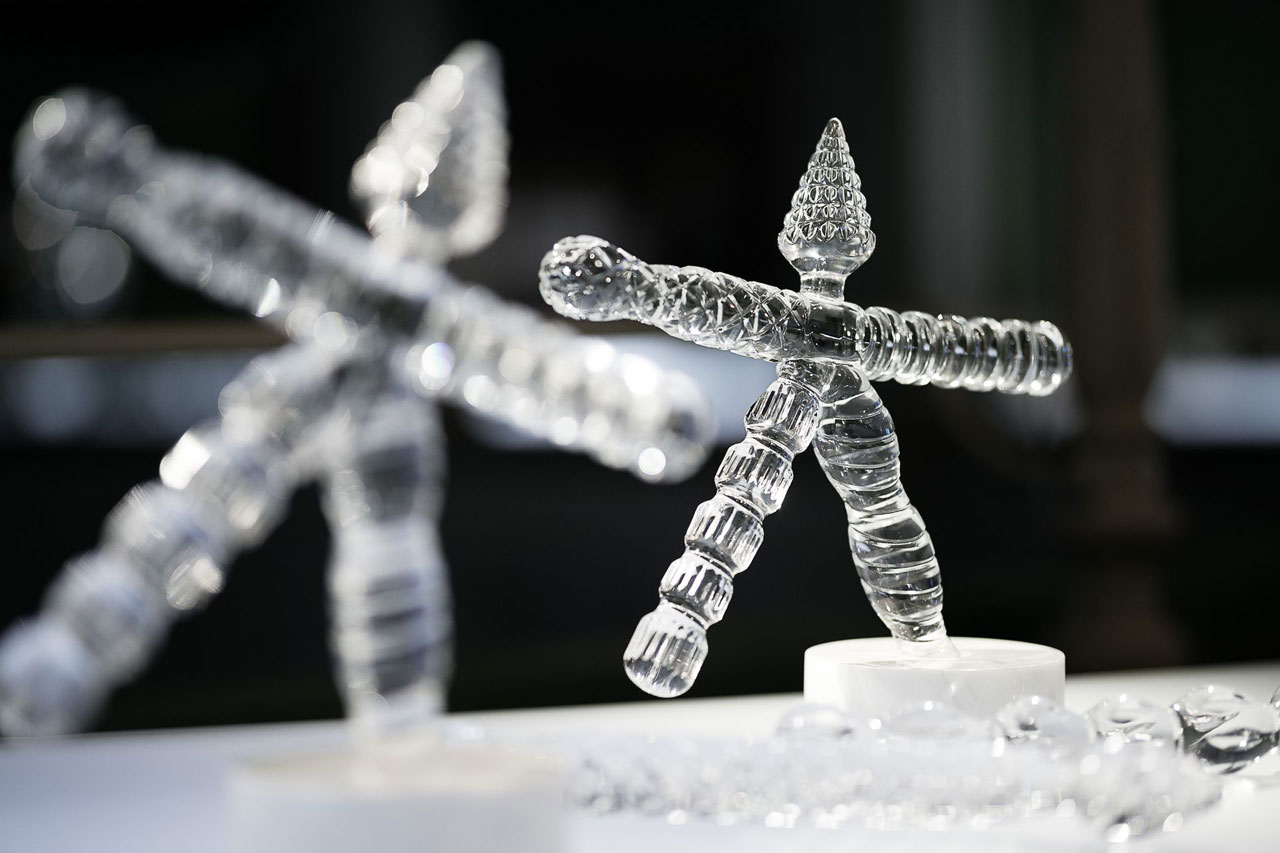
Toyboy by Fabio Novembre from the Milano Design Award-winning exhibition "Monster Cabaret" at Teatro Gerolamo by cutting-edge Czech company Lasvit.
Photo © Lasvit.
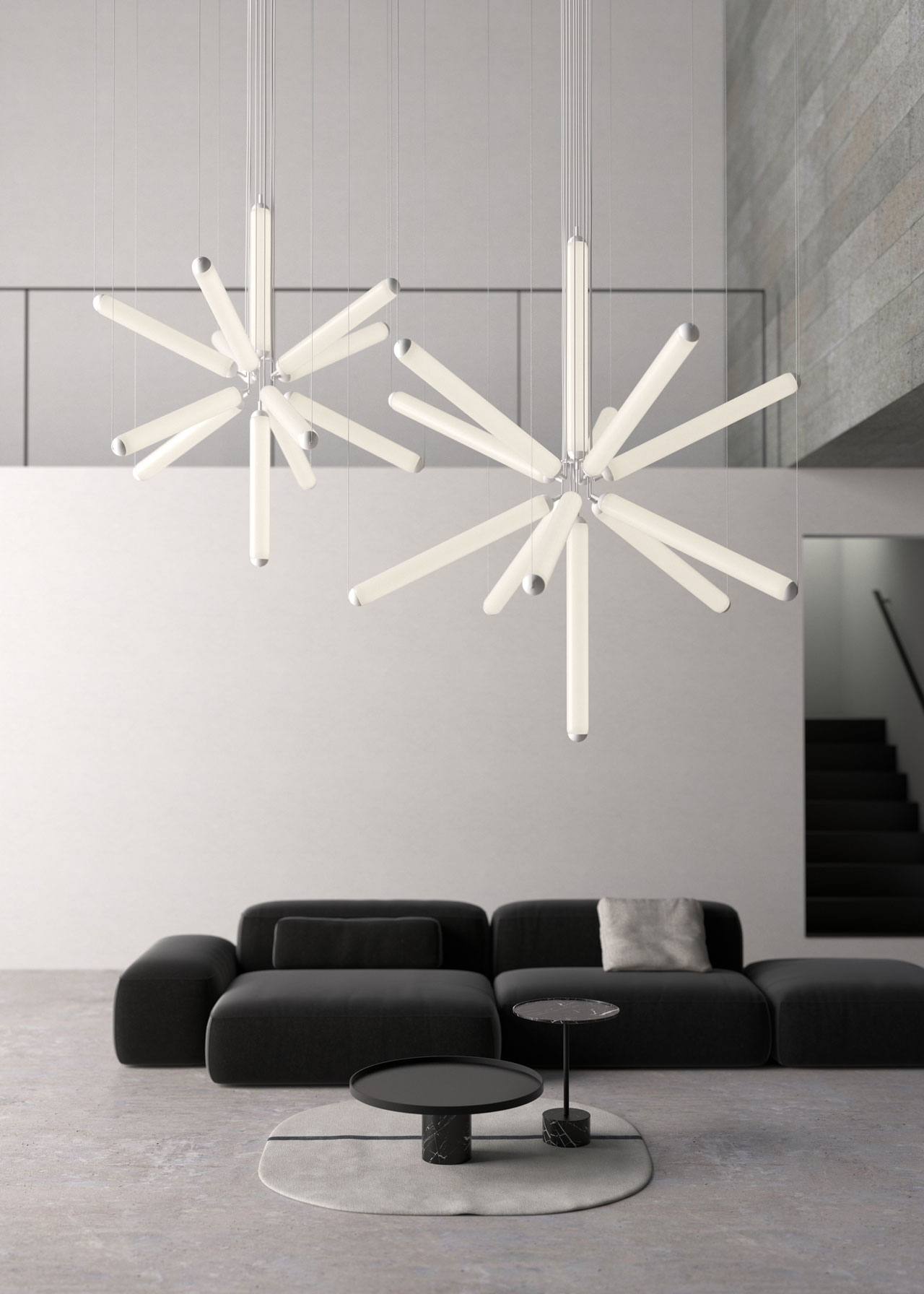
Puro Sparkle ceiling light by Lucie Koldova for Brokis.
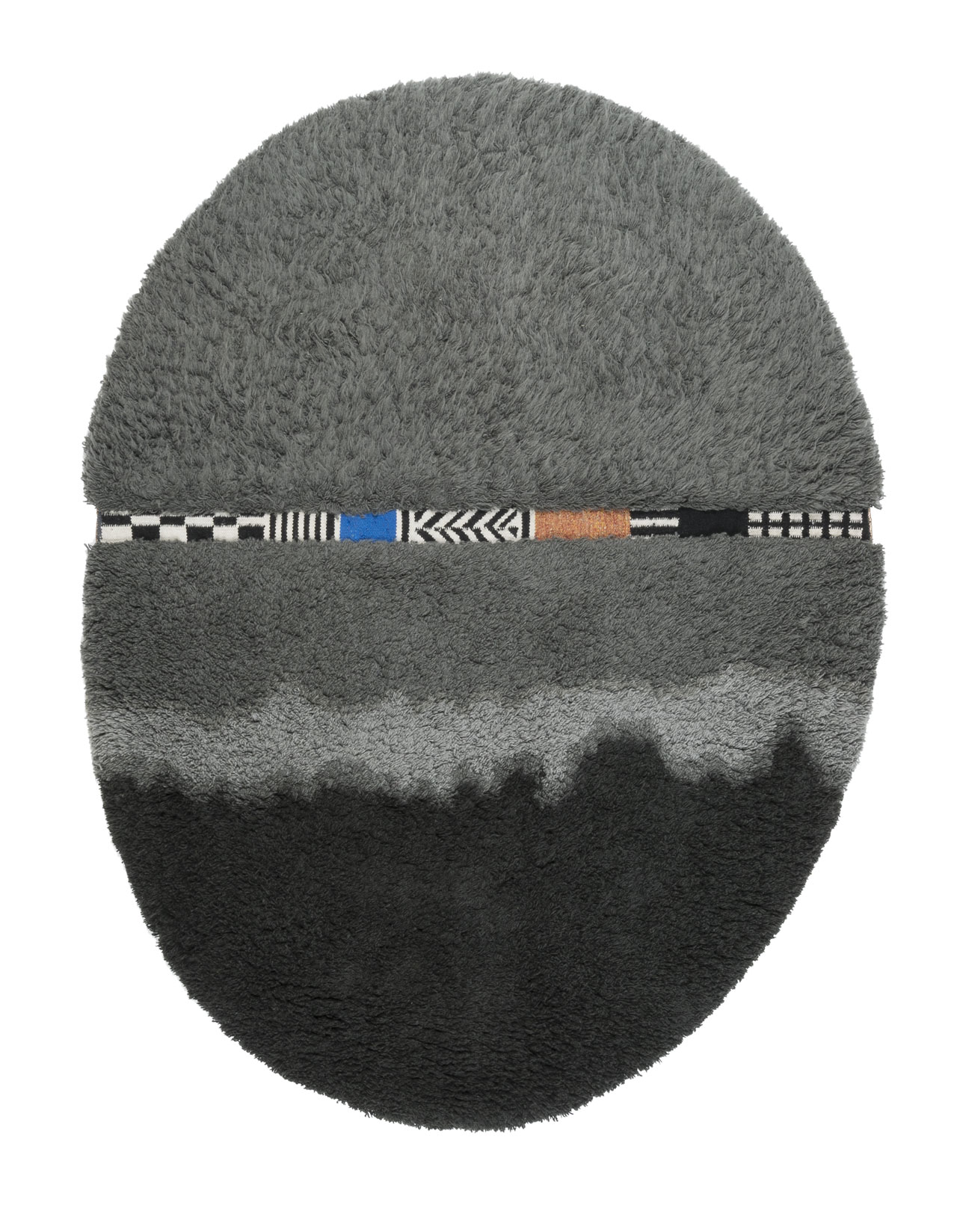
KIZO rug from the Tribu collection by Ludovica + Roberto Palomba for cc-tapis.
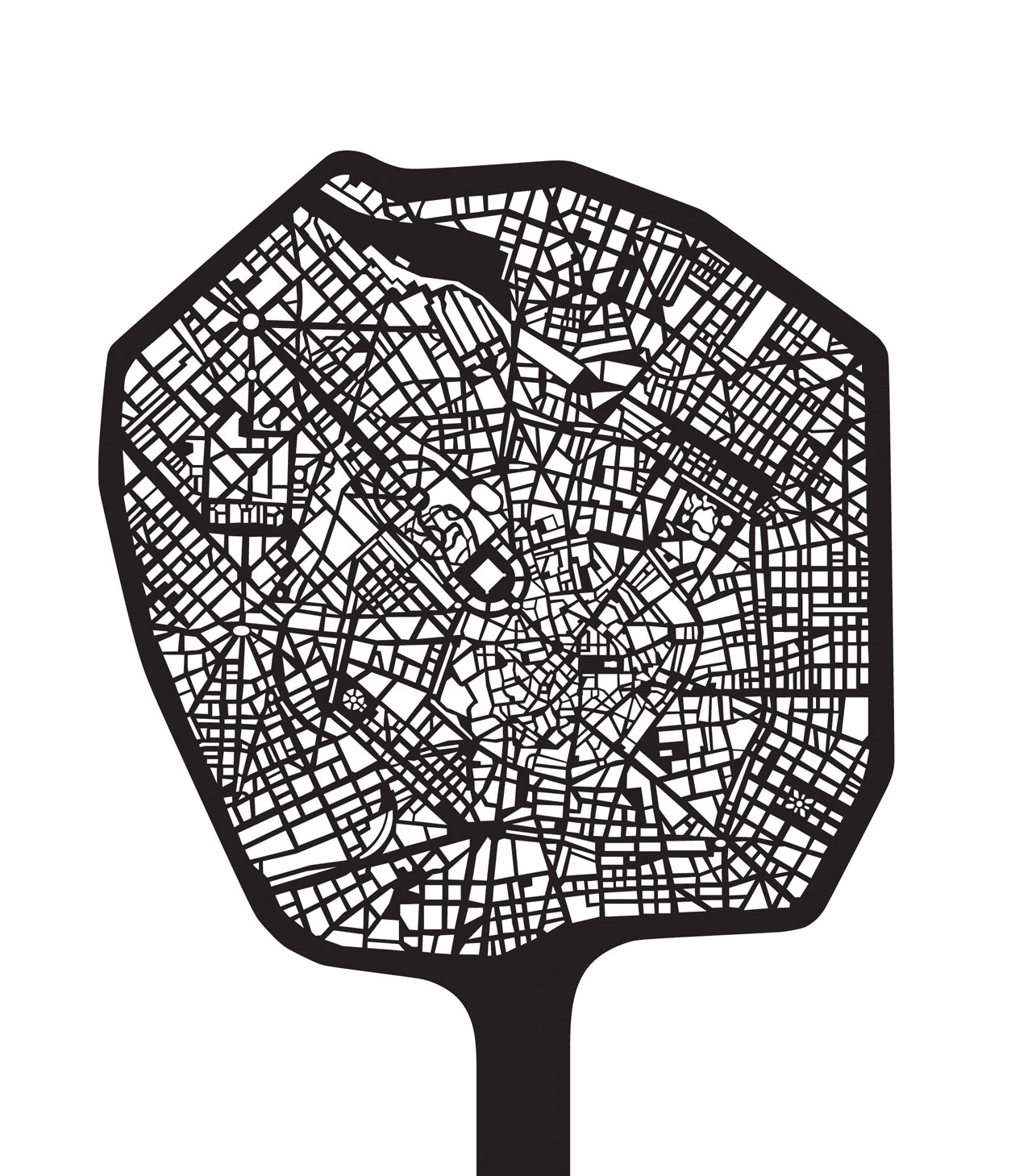
Bye Bye Fly by Giulio Iacchetti was one of the pieces of the "Souvenir Milano" collection which was presented at the Brera Design Apartmenet.
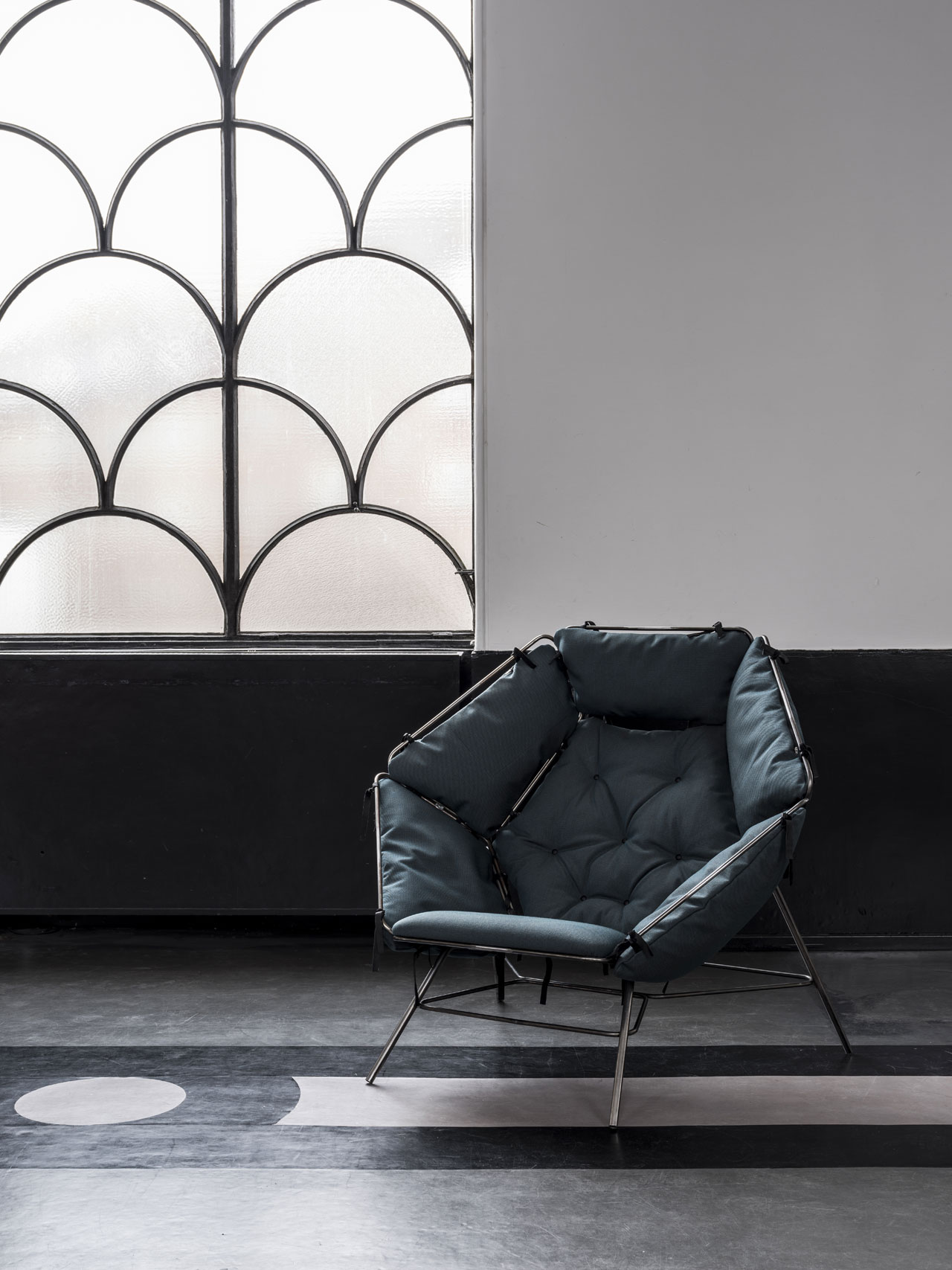
Presently Present exhibition by the students of the Design department of Denmark's VIA University College.
Pictured: REST in beats by Tine Riisbøll inspired by H.J. Wegner's Flag Halyard chair and the geometry of a dome.
Photo by Morten Fog.
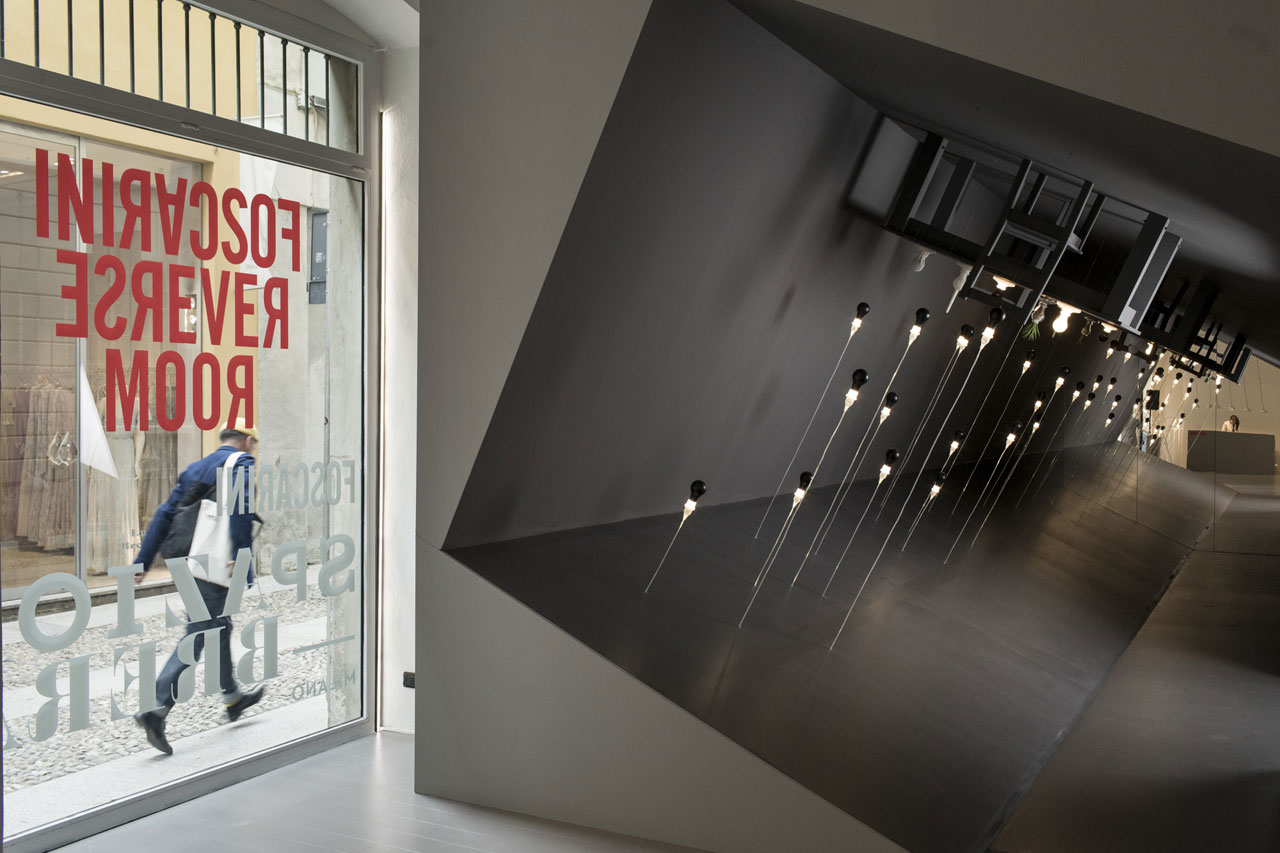
The signature collection “The Light Bulb Series,” developed in collaboration between Foscarini and James Wines/SITE, was the protagonist of the installation “REVERSE ROOM” at Foscarini Spazio Brera. Photo © Foscarini.
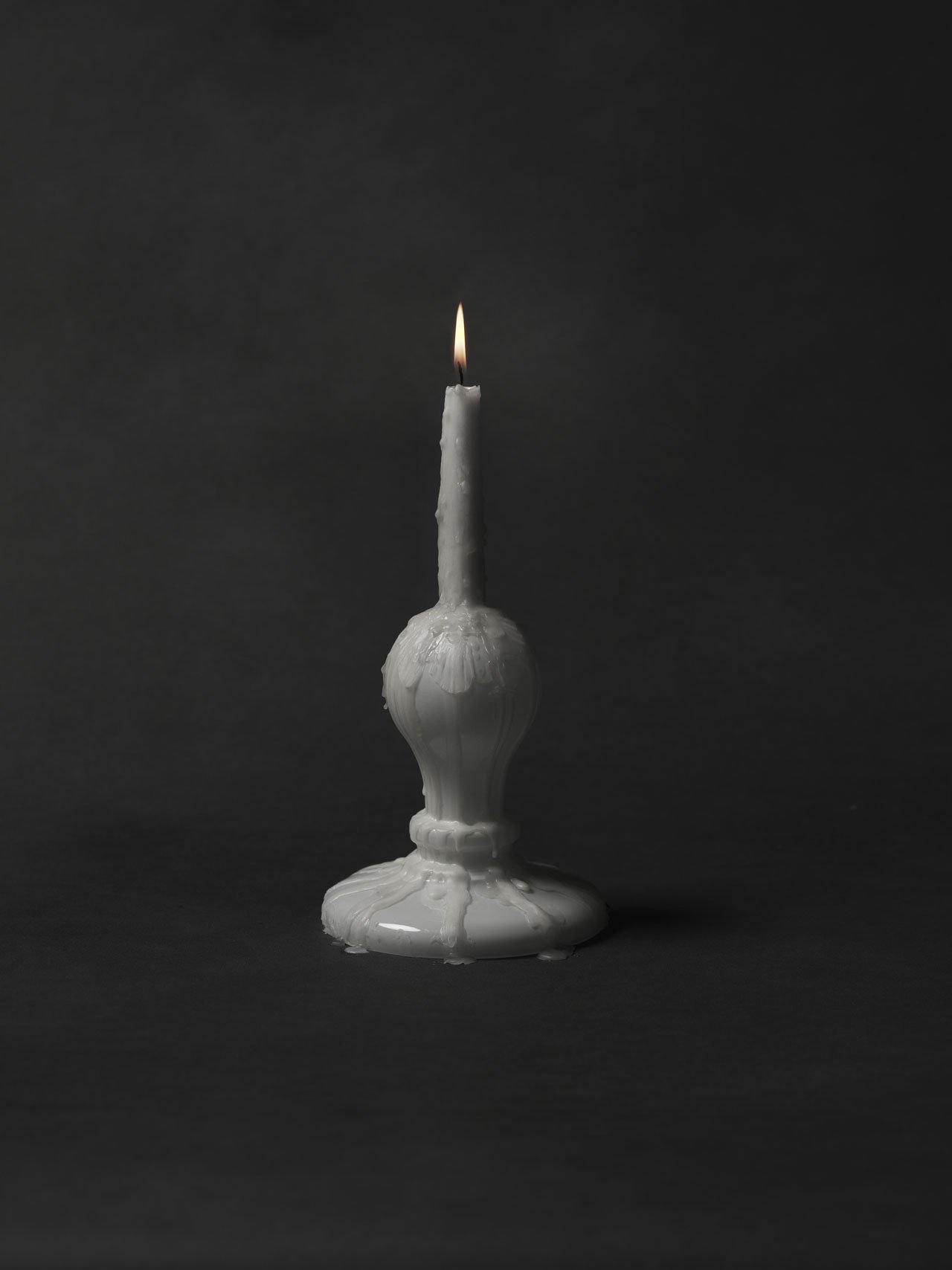
Candle Light from “The Light Bulb Series,” developed in collaboration between Foscarini and James Wines/SITE.Photo © Foscarini.
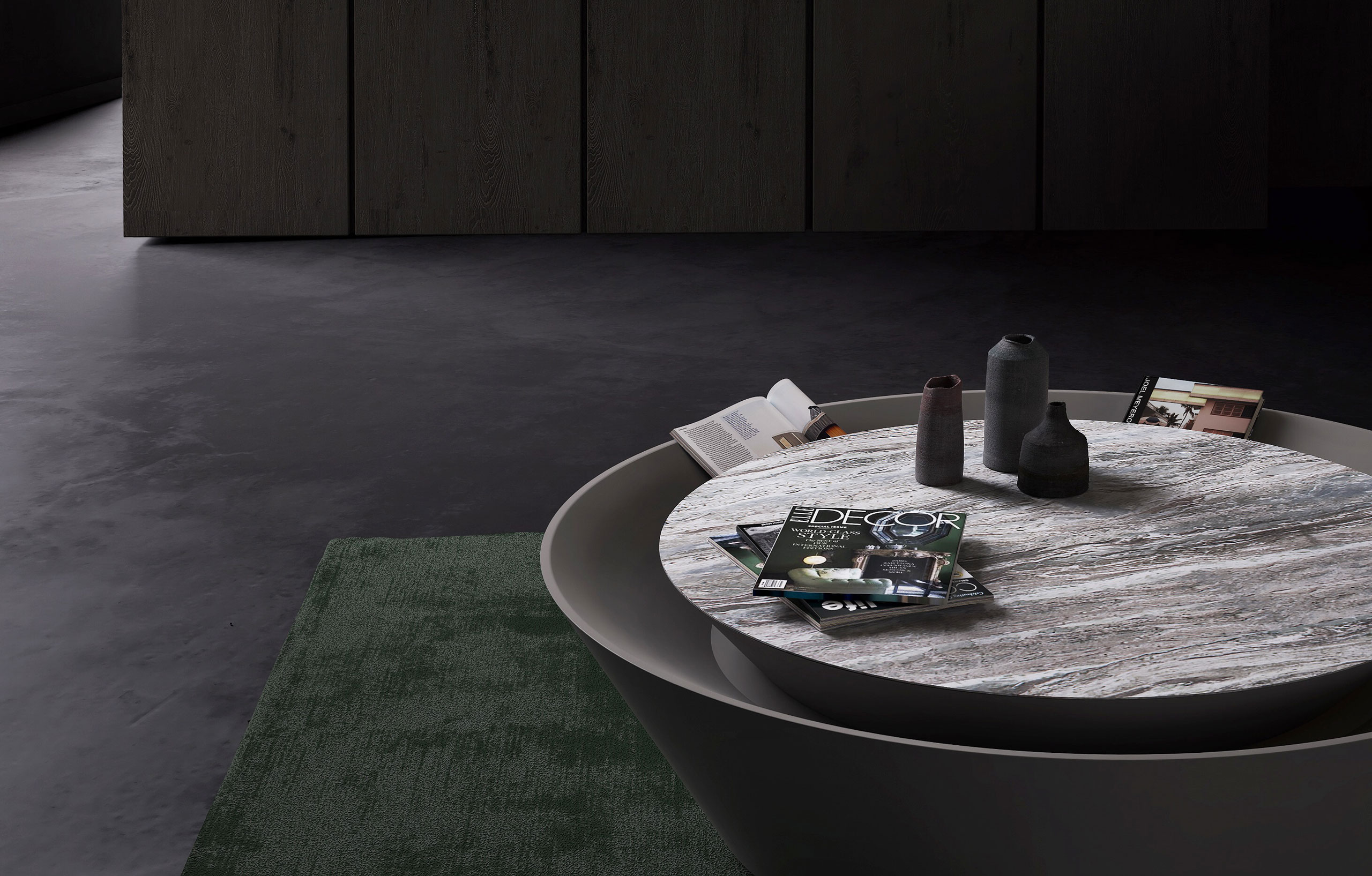
The Drop coffee table by Buket Hoşcan Bazman an Istanbul based award-winning Product designer and owner of Marbleous was presented at Isola Design District.
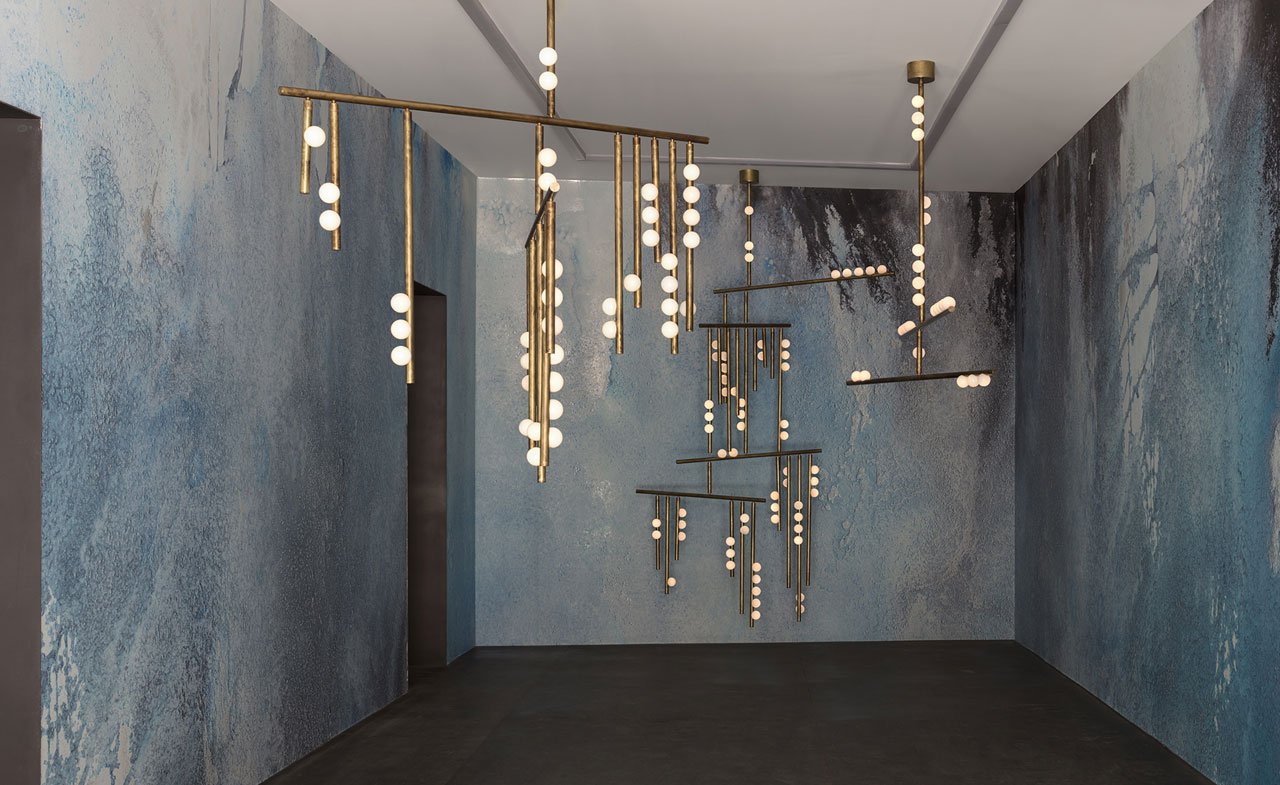
‘Beyond The Deep,’ a collaborative exploration of process and materials between Calico Wallpaper and Lindsey Adelman Studio featuring the OCEANIA collection of Calico wallpapers and the DROP lighting system by Lindsey Adelman Studio.
Photo by Lauren Coleman.
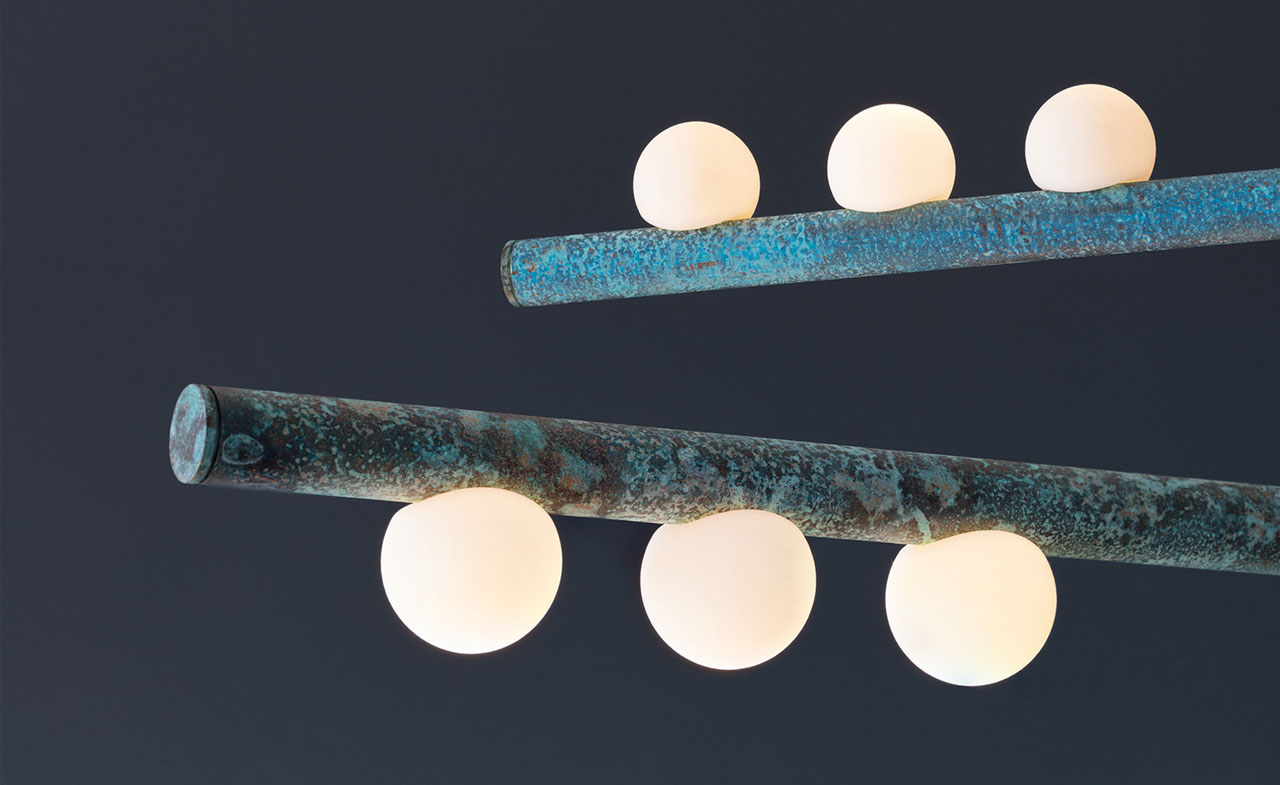
‘Beyond The Deep,’ a collaborative exploration of process and materials between Calico Wallpaper and Lindsey Adelman Studio featuring the OCEANIA collection of Calico wallpapers and the DROP lighting system by Lindsey Adelman Studio.
Photo by Lauren Coleman.
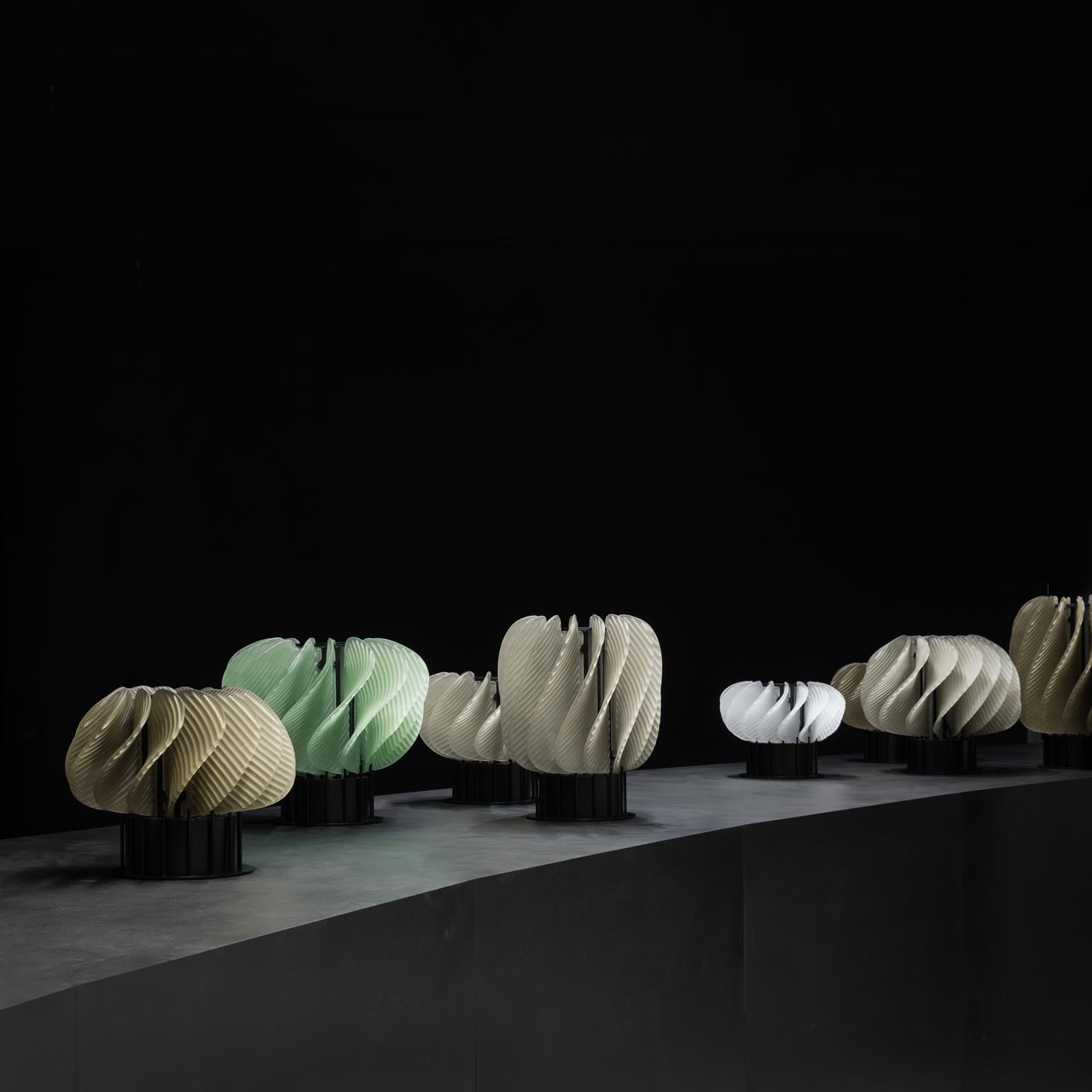
The 30 piece illuminated glass installation entitled Horah (the Israeli circle dance) which is part of a limited edition work available through ProjectB Gallery, was on view at Spazio Krizia for the duration of MDW18. A project designed Raw Edges and developed by WonderGlass.
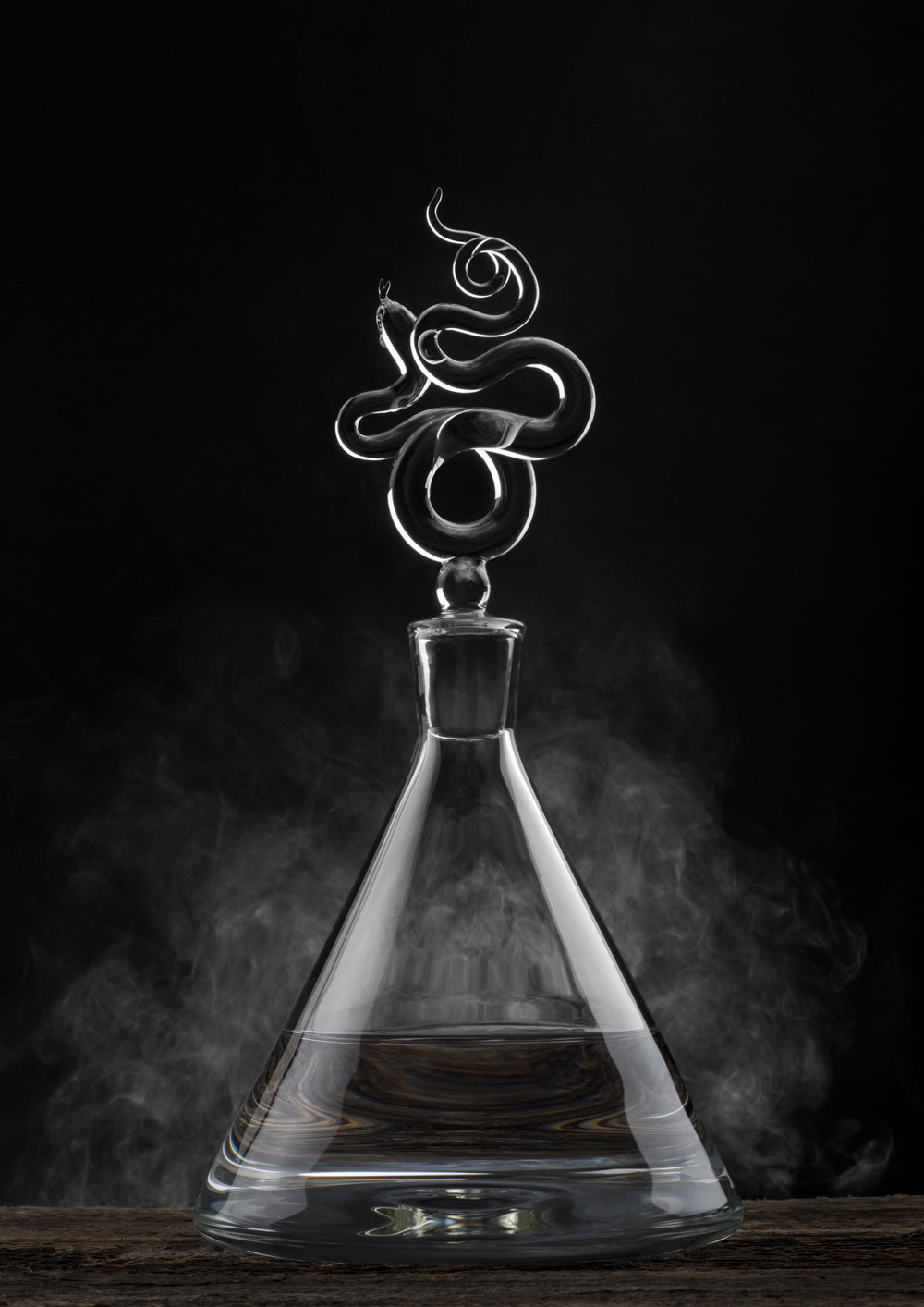
A carafe from the Serpentine collection by glass artist and craftsman Simone Crestani.
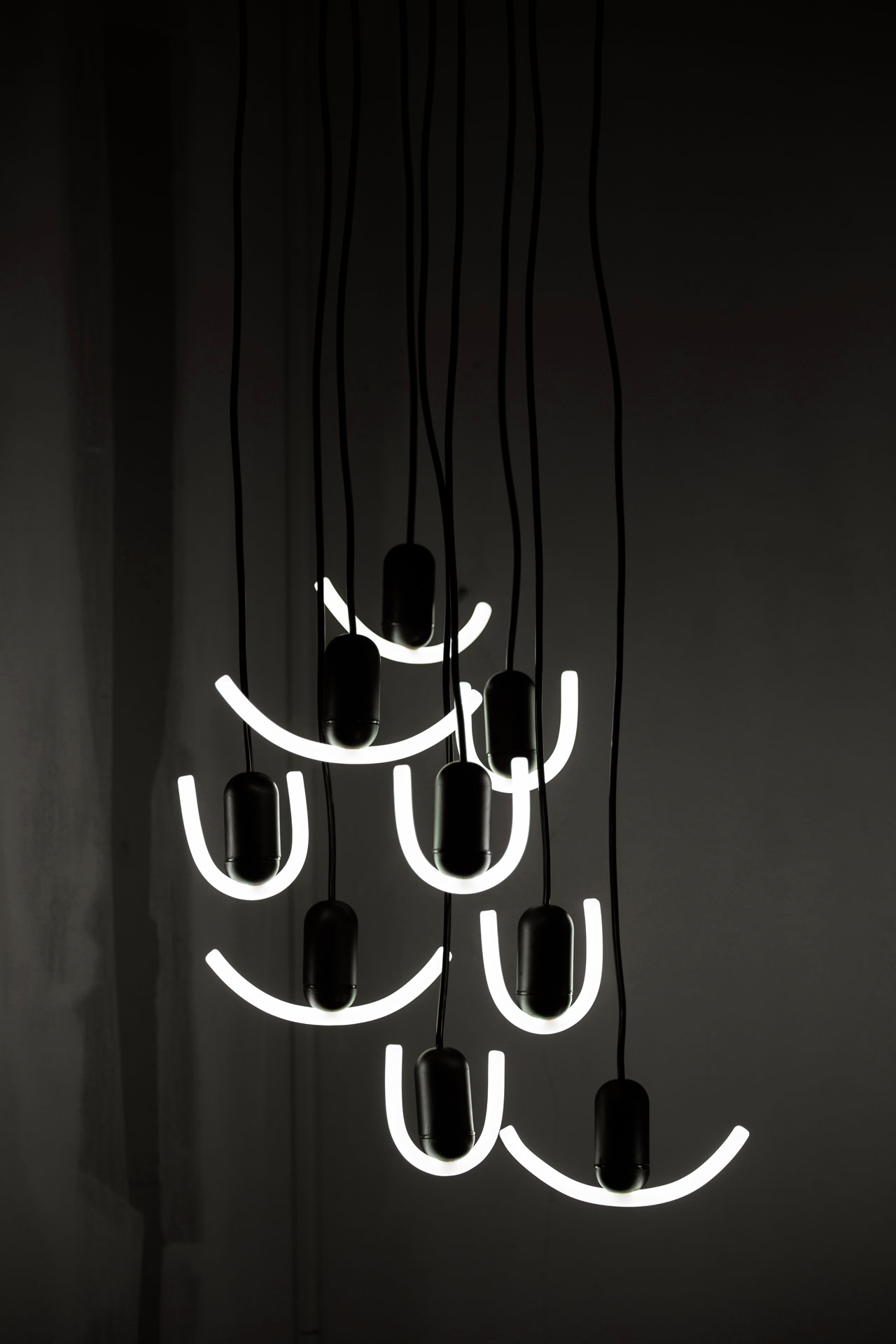
SMILE lamps by Samuel Wilkinson from the deput collecton of the new brand BEEM - co-founded by Samuel Wilkinson, Chris Stimson and Bujar Shkodra.








